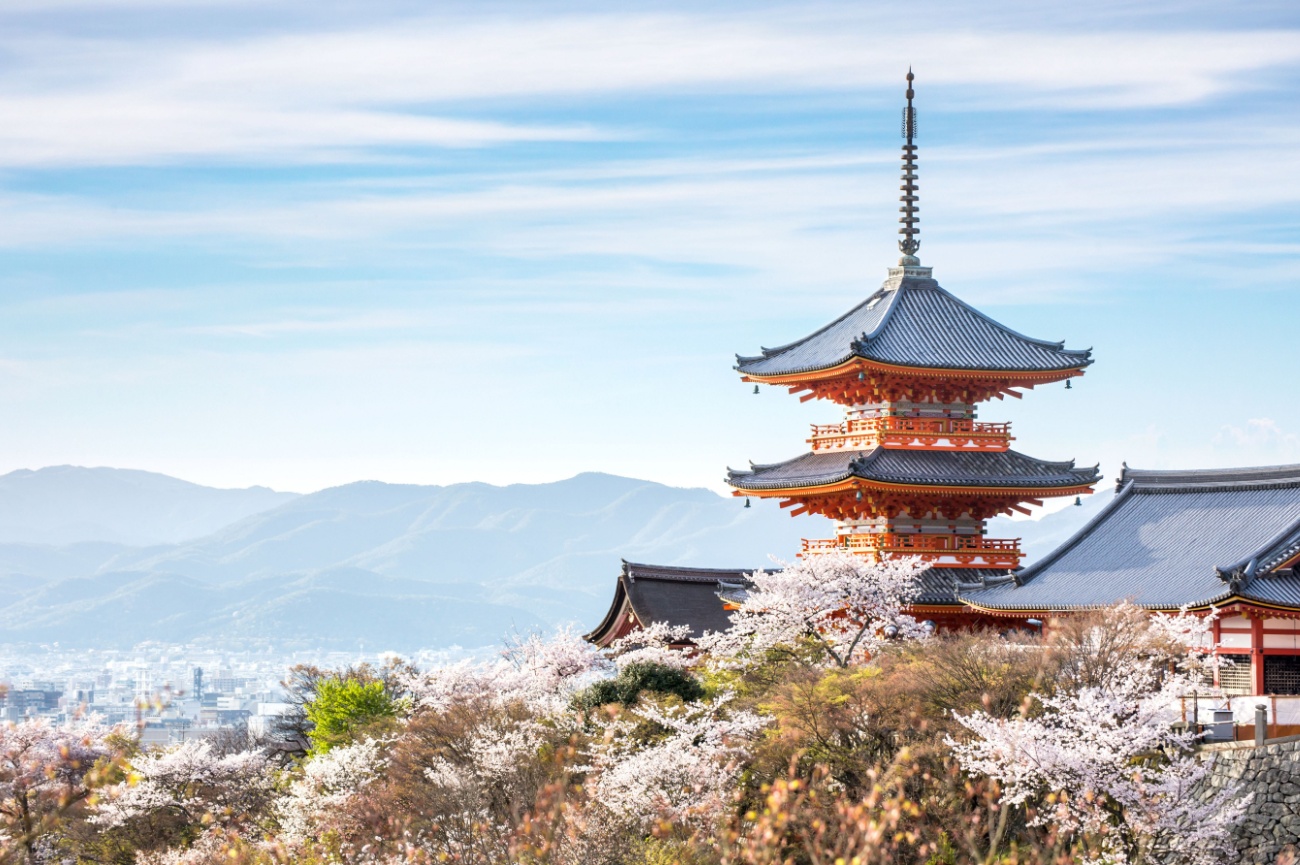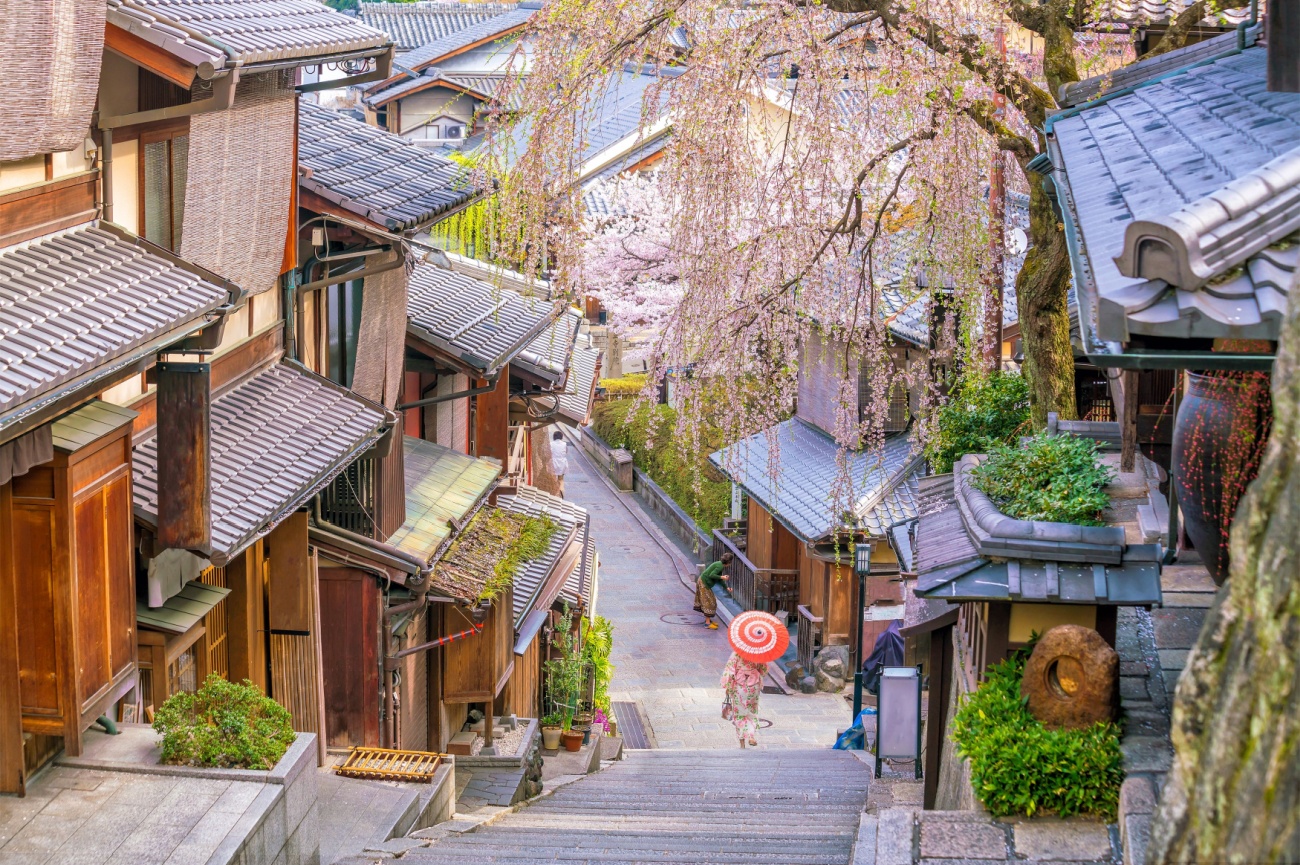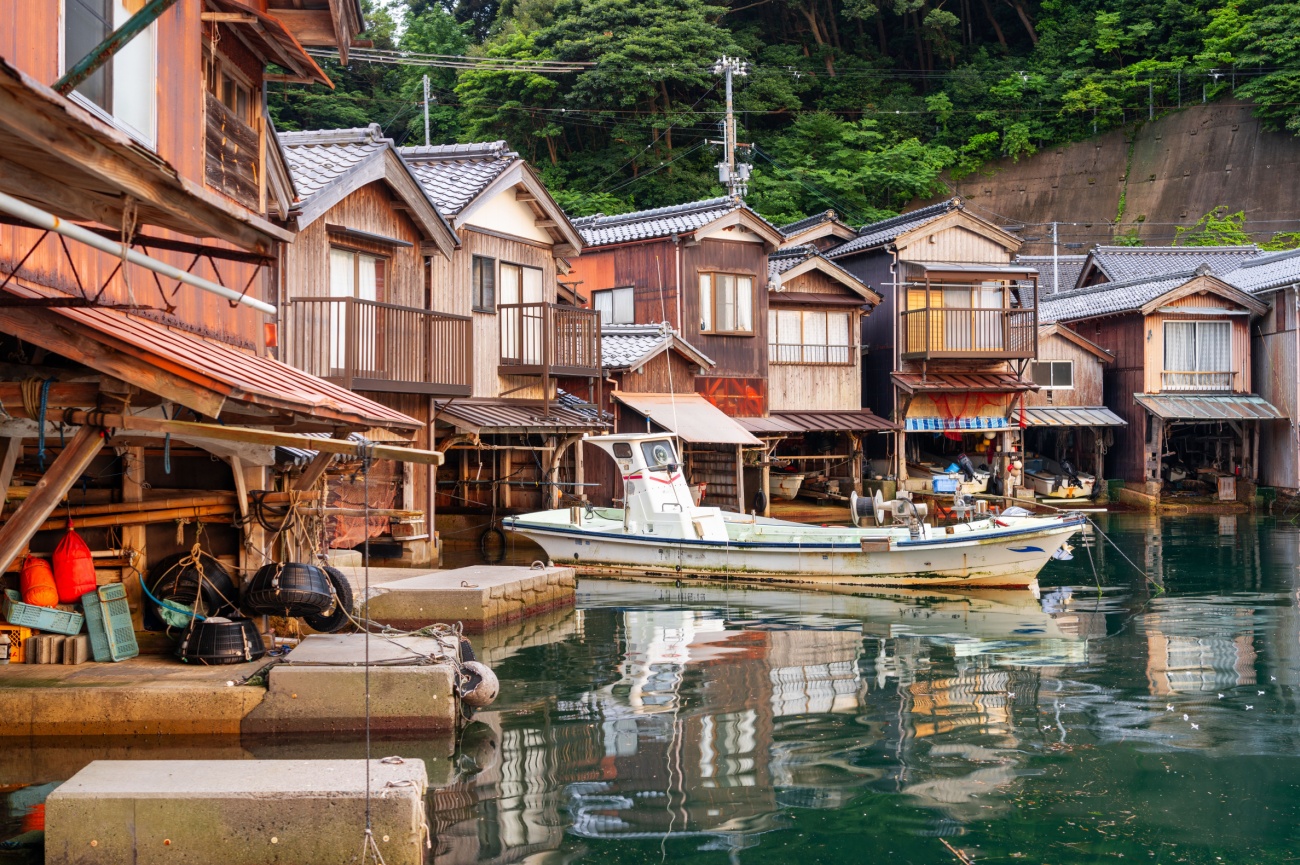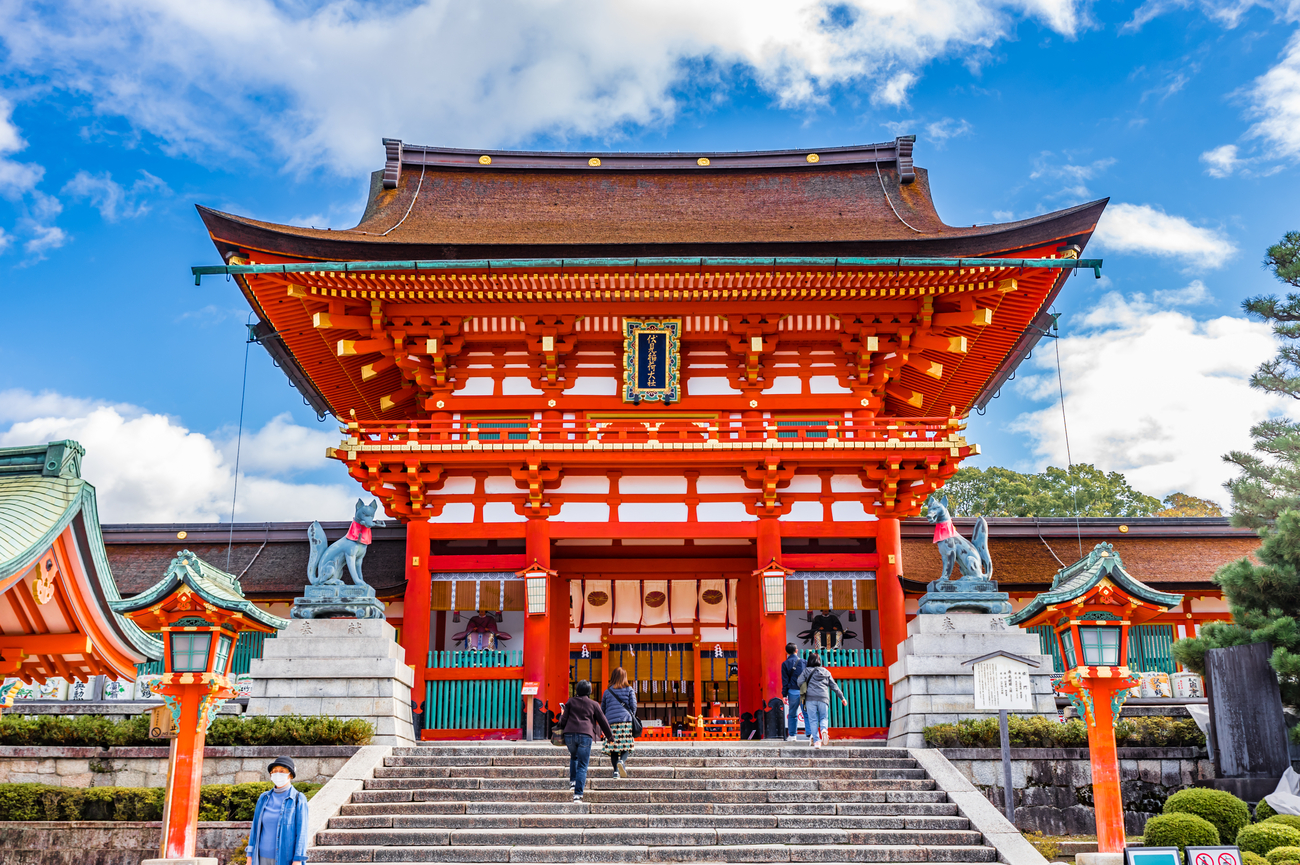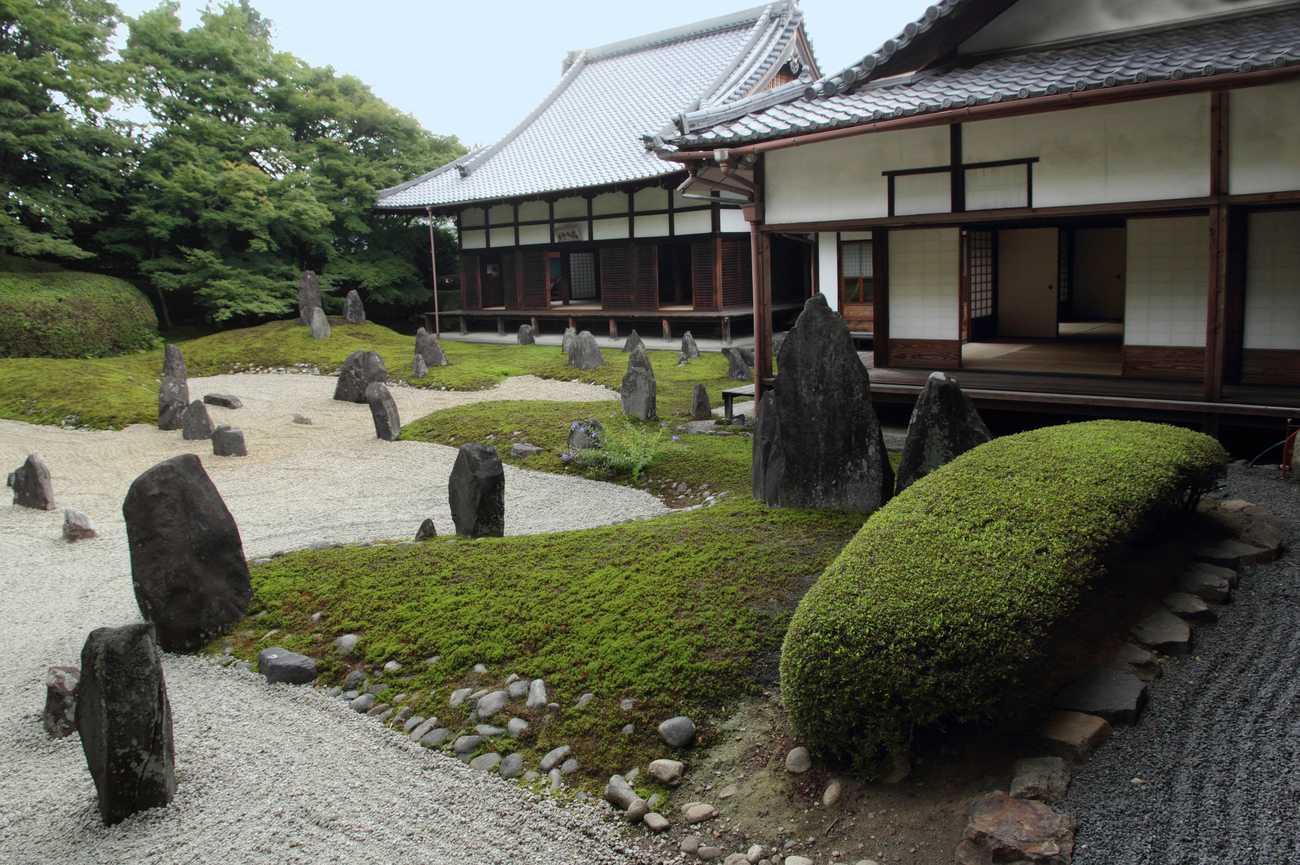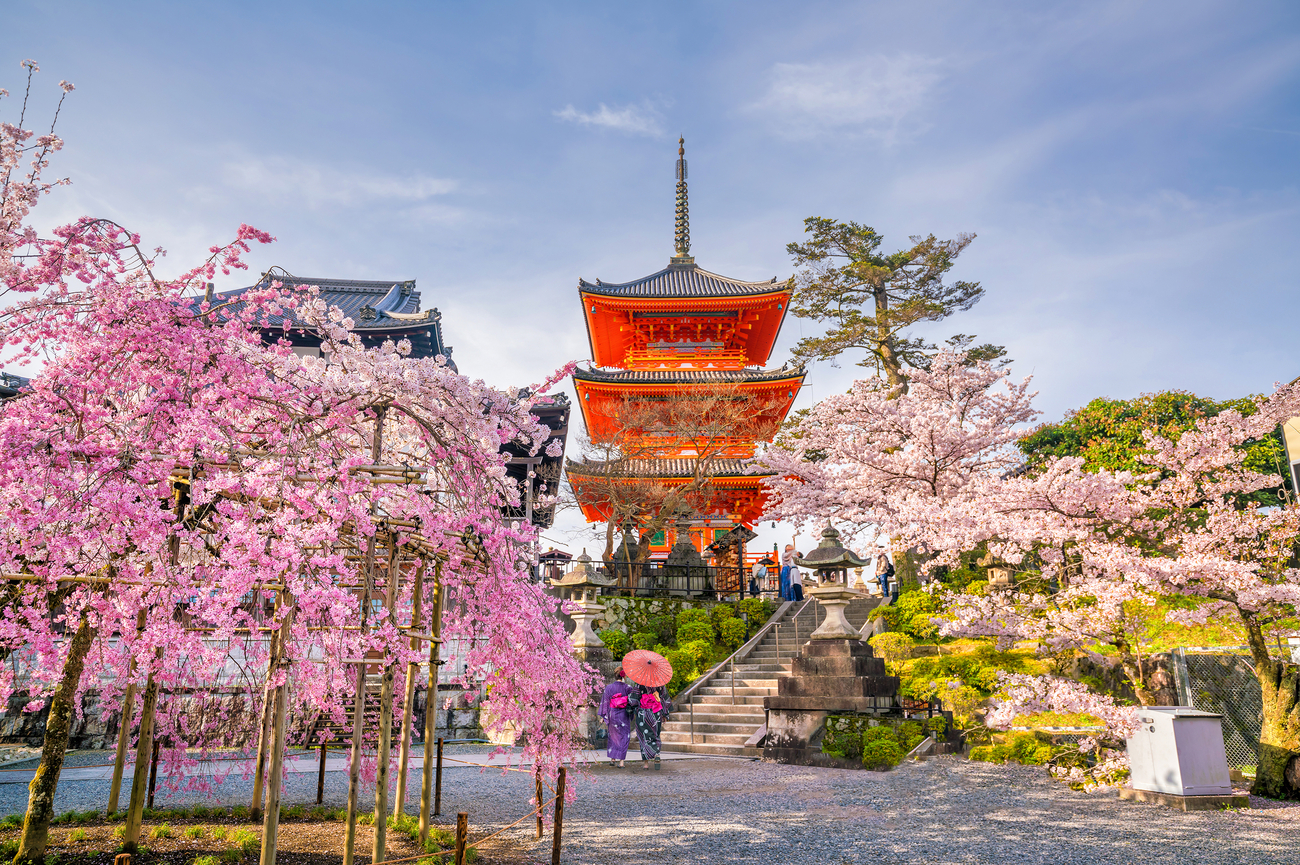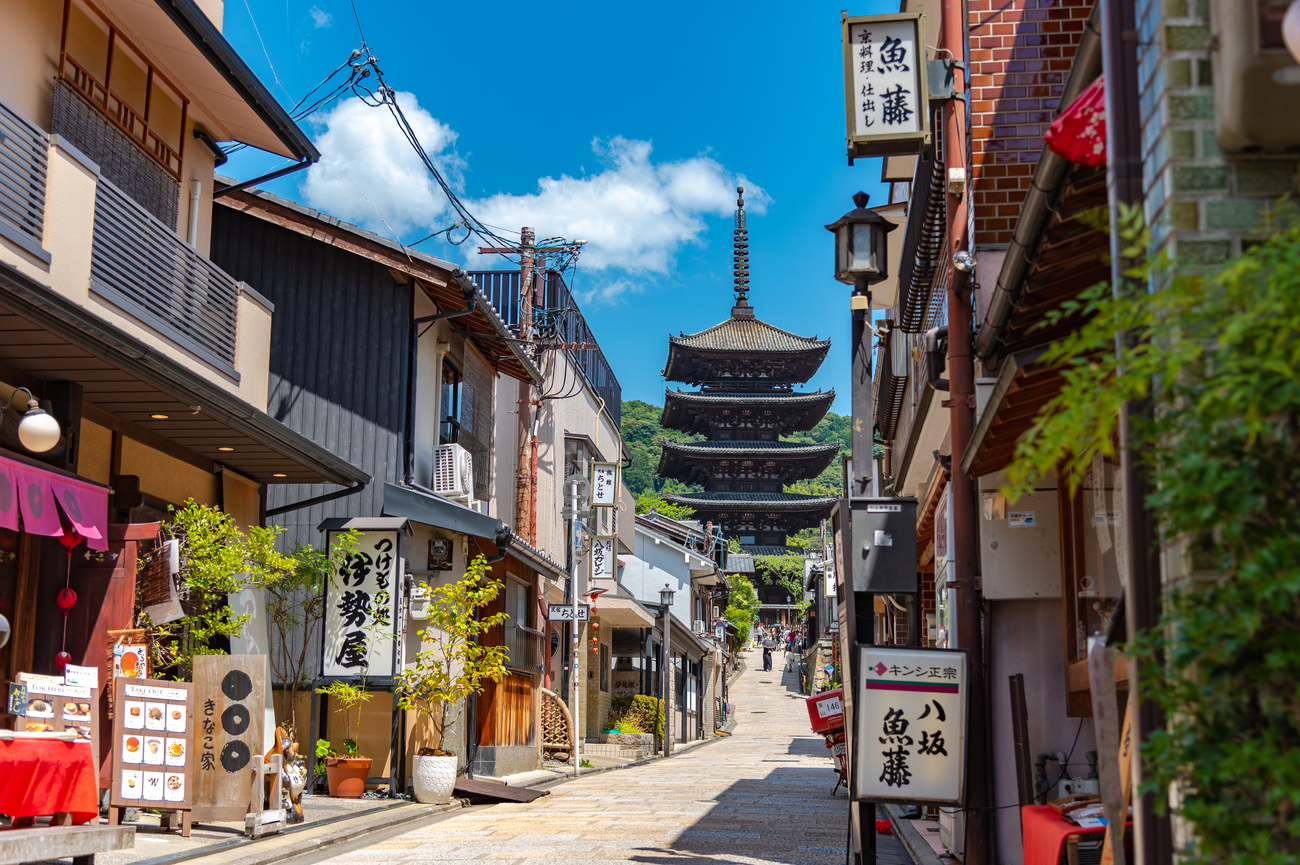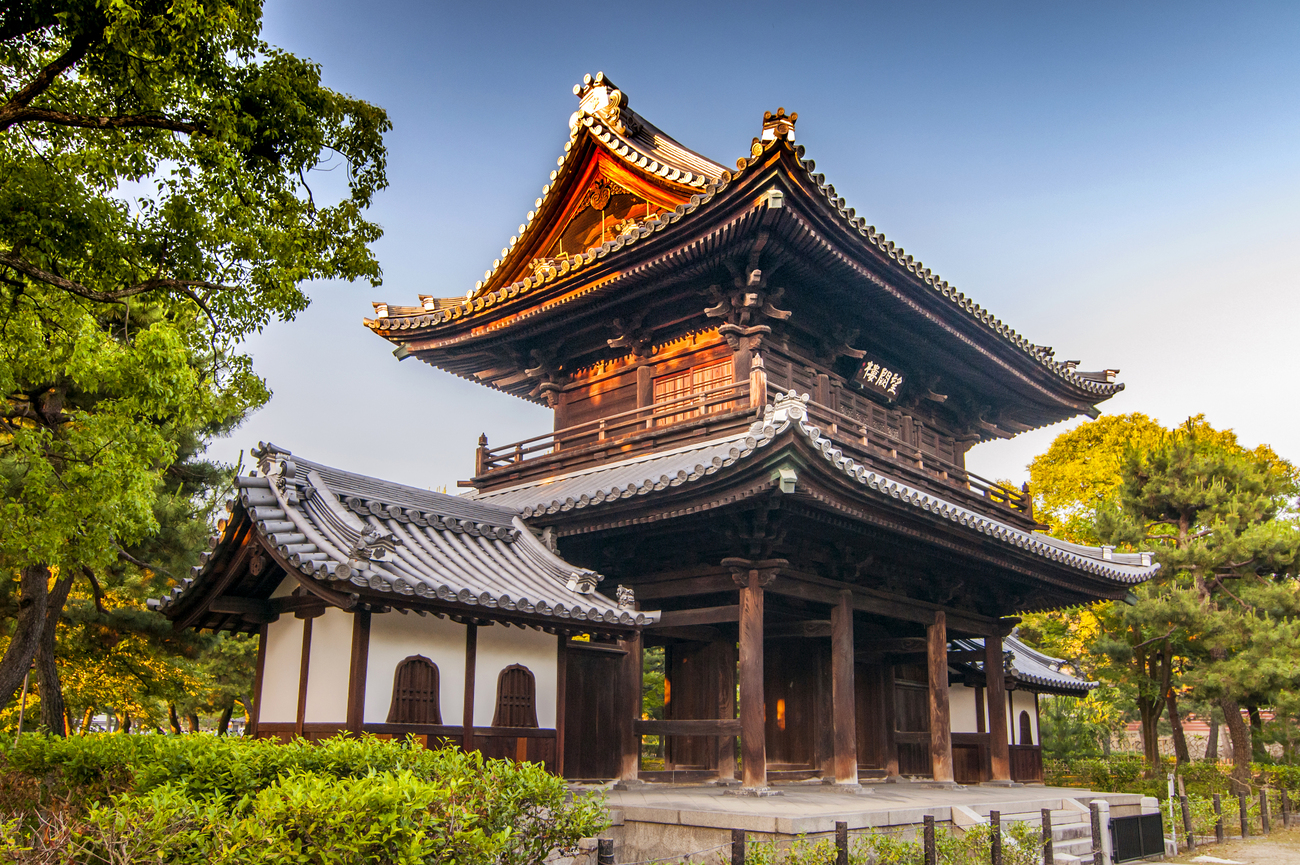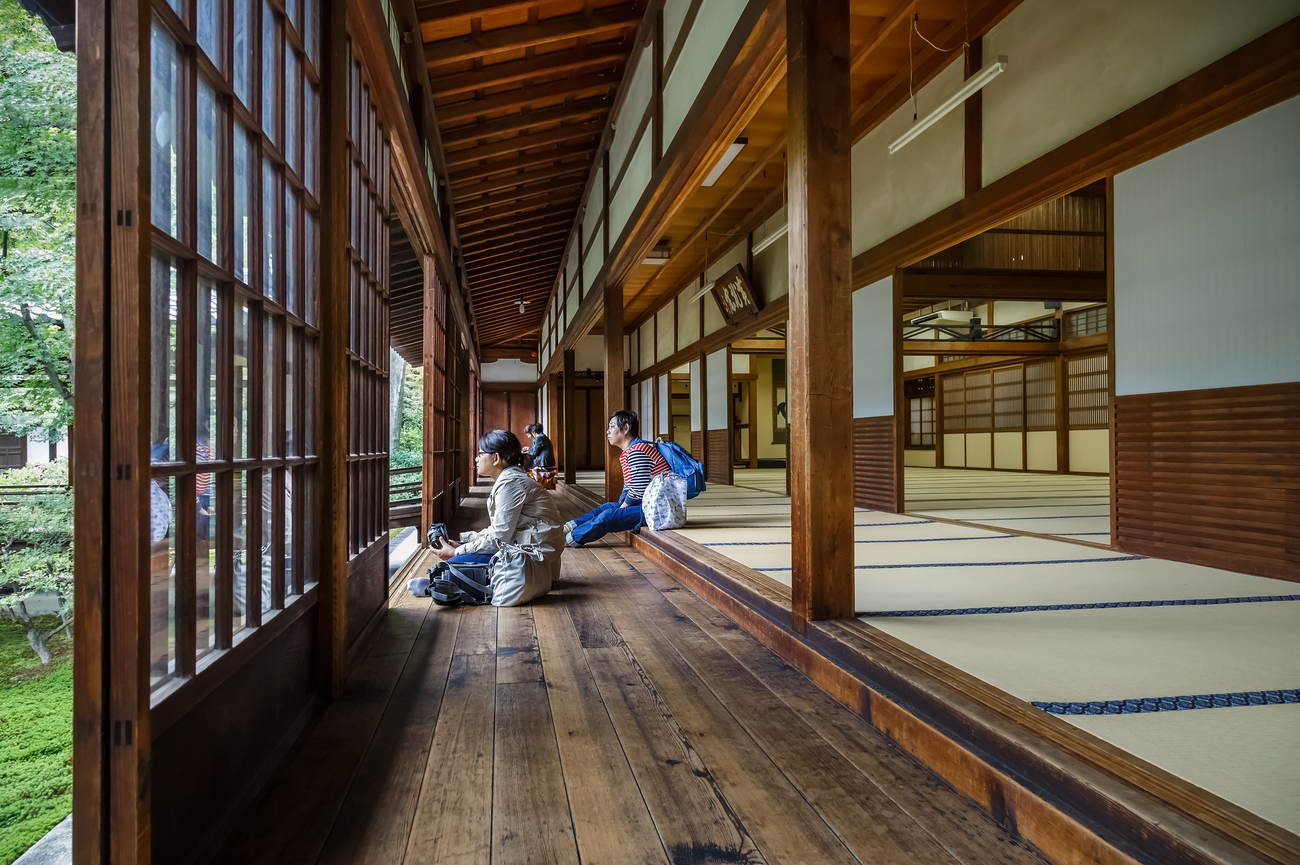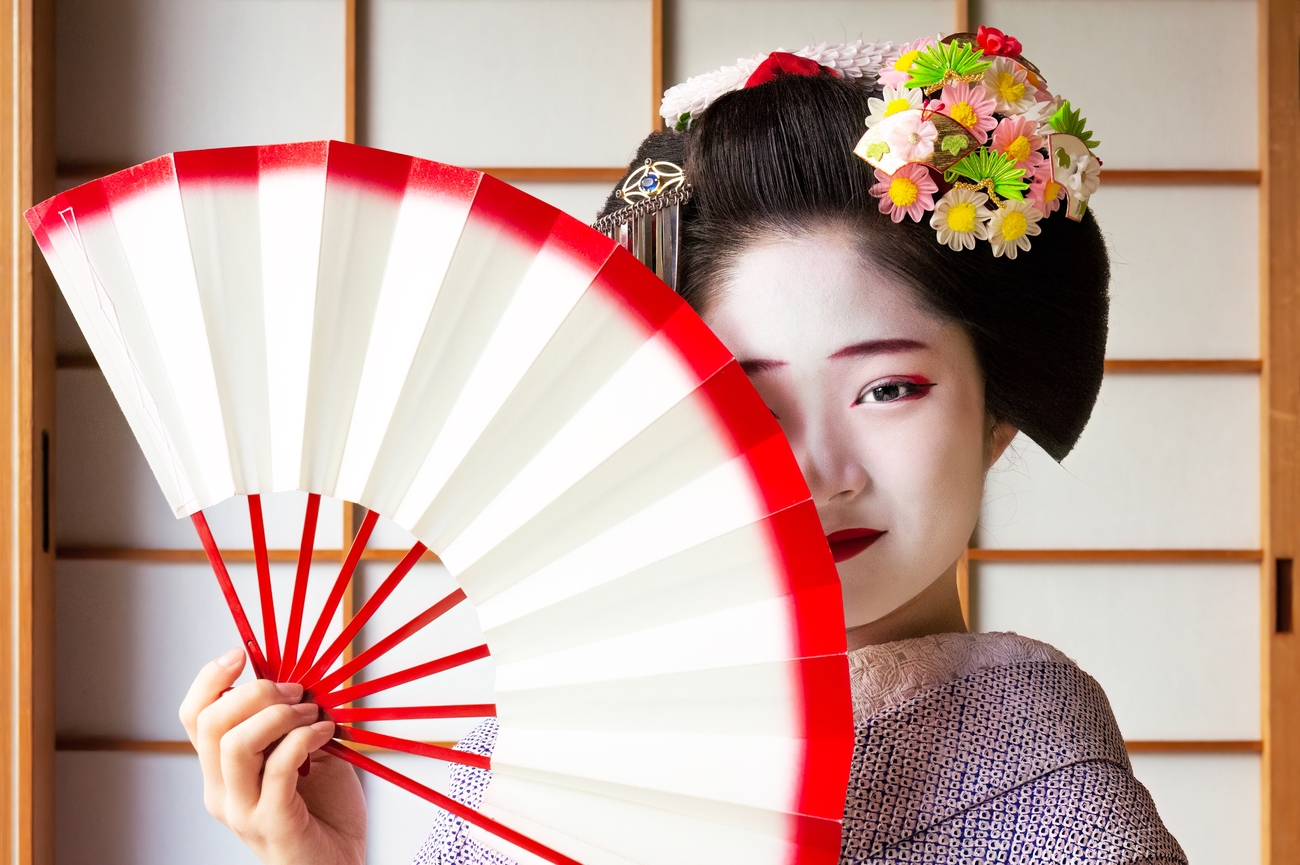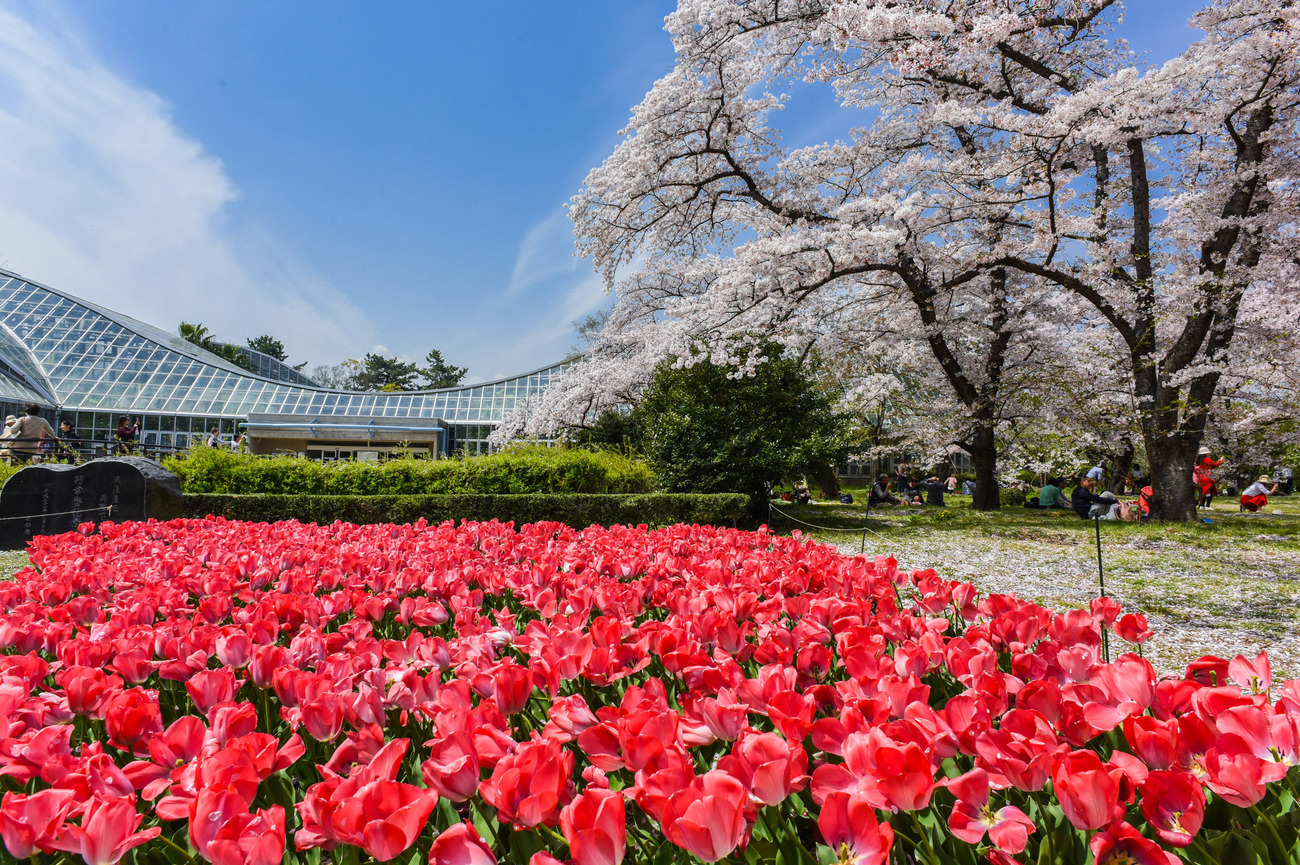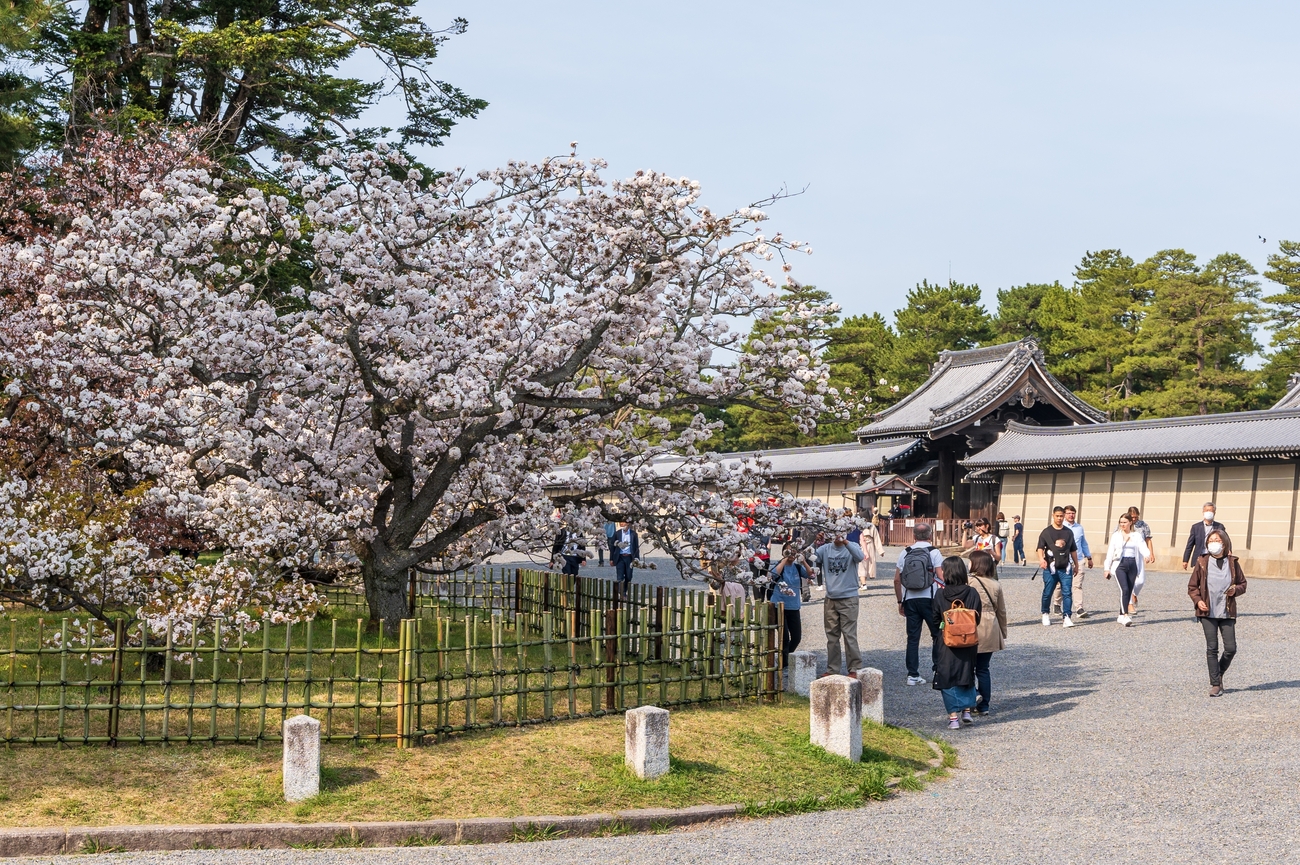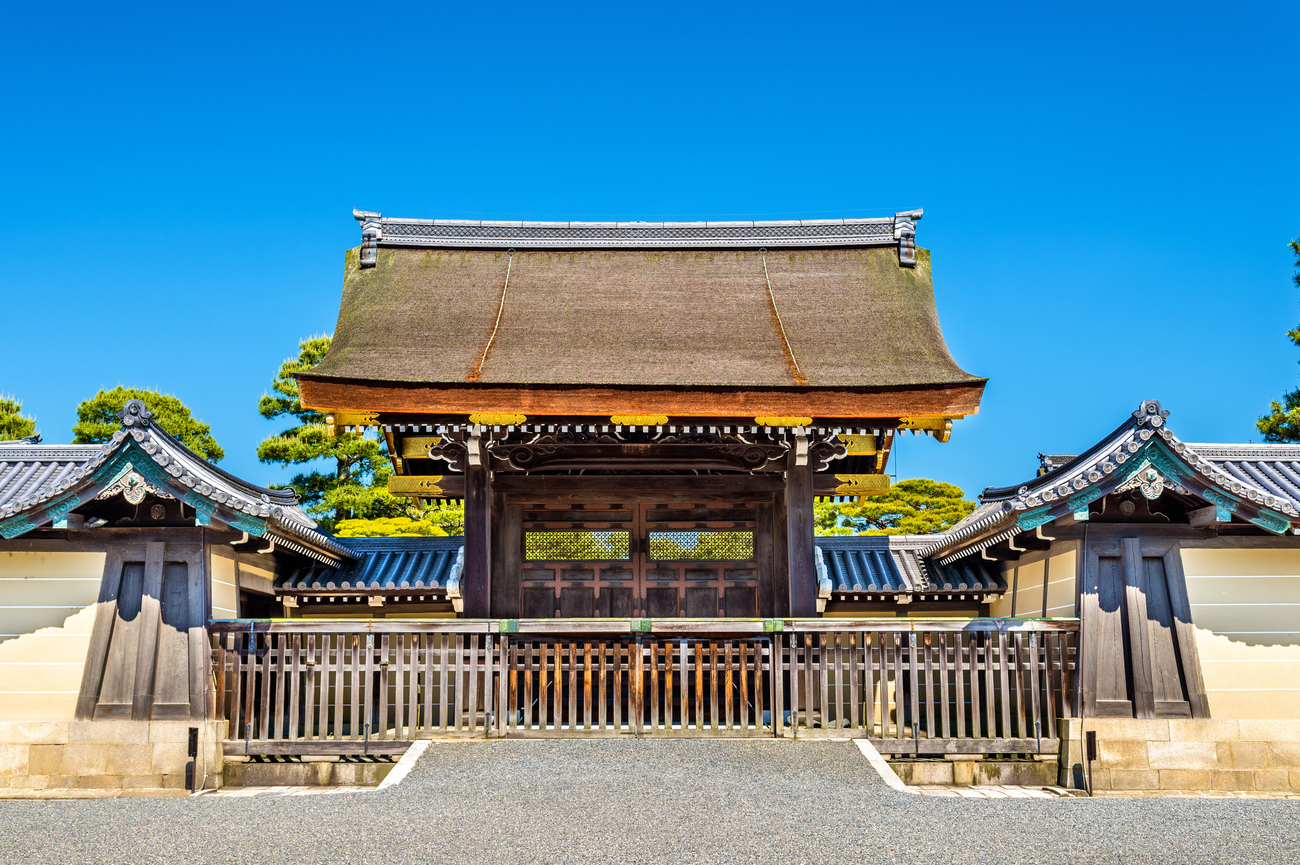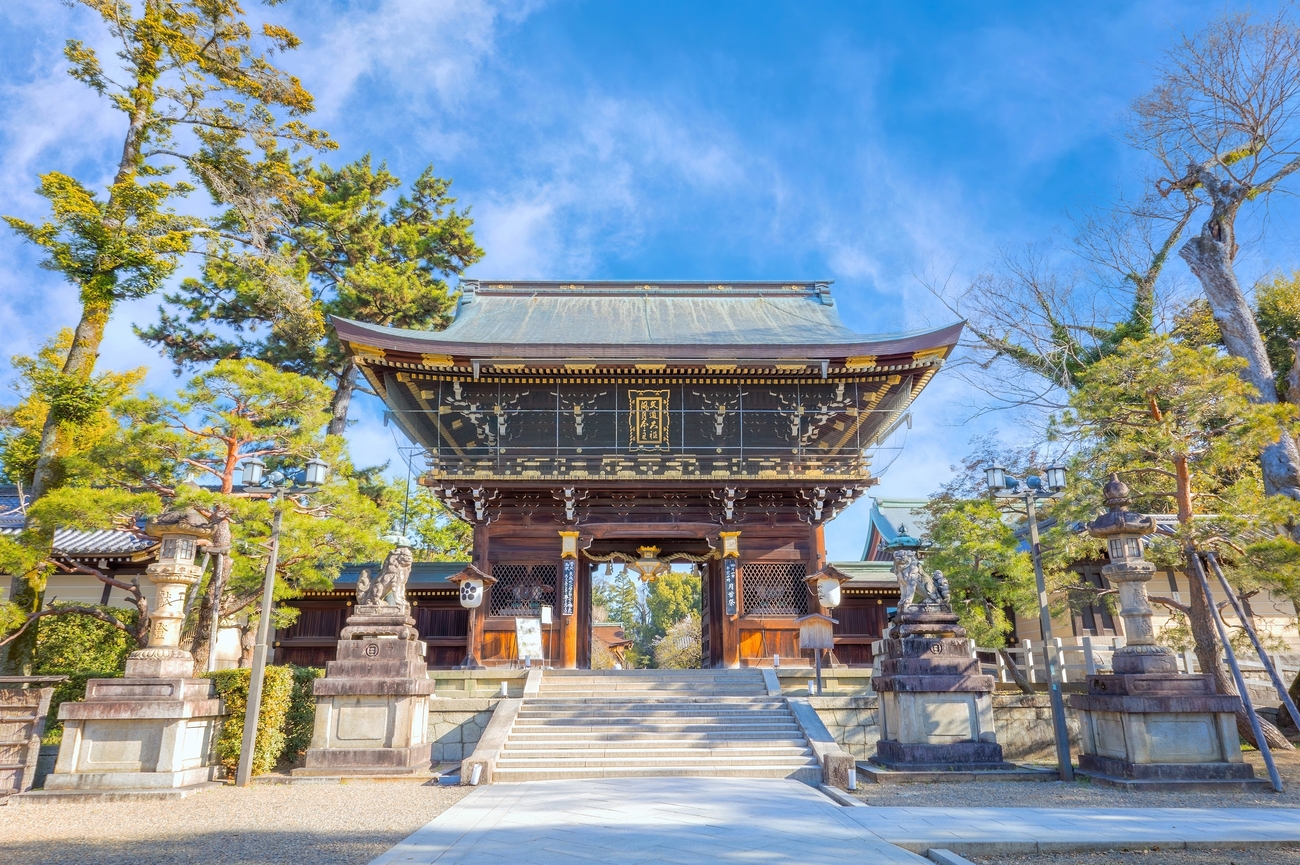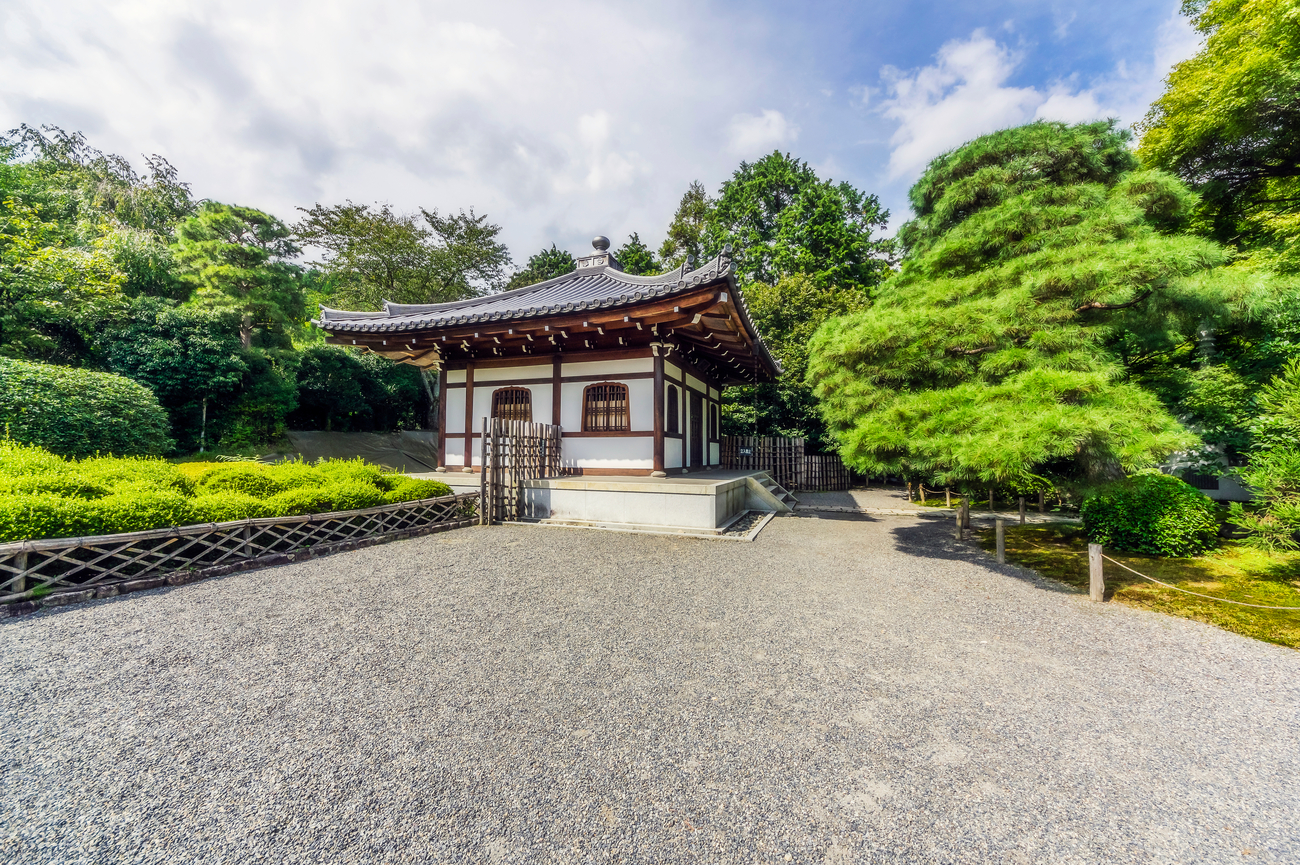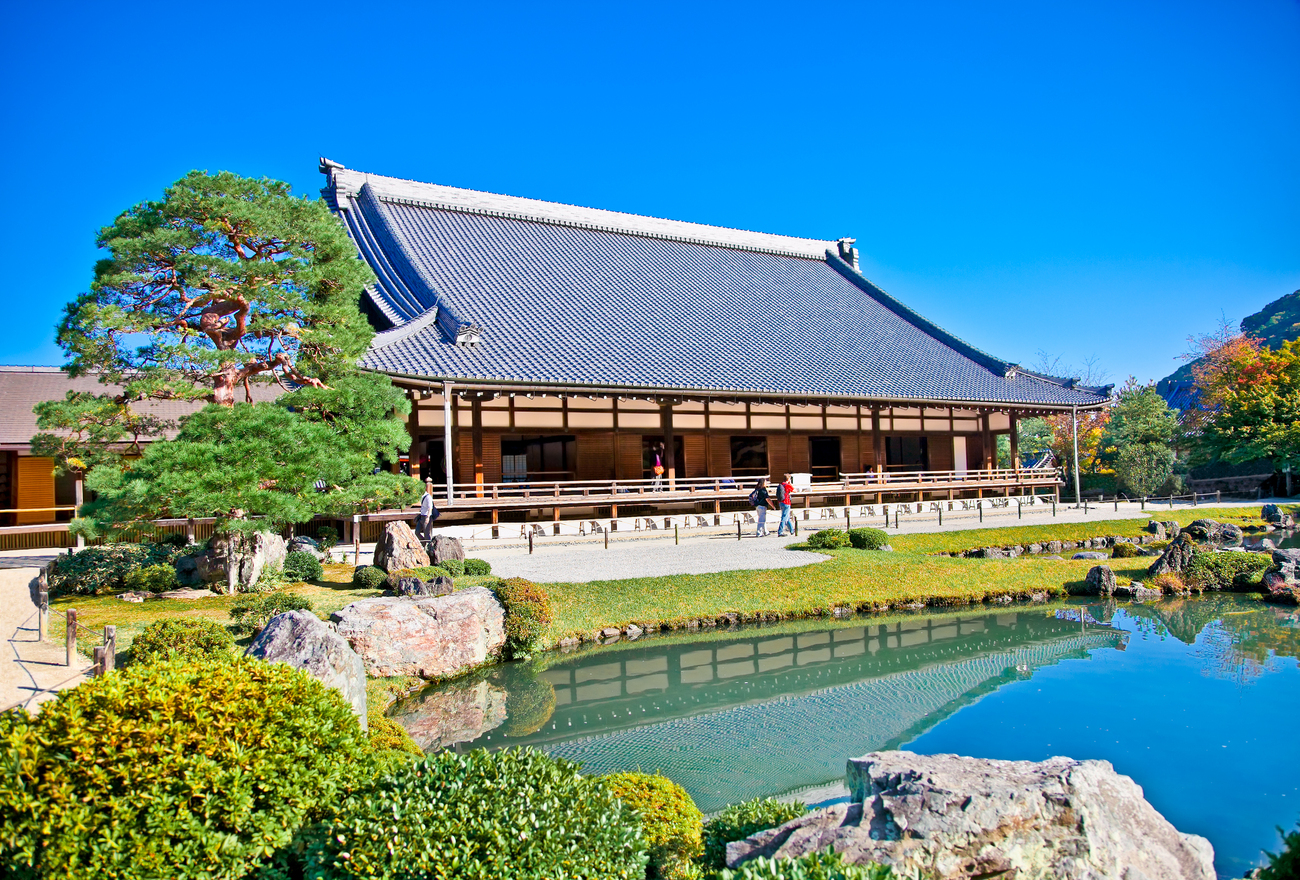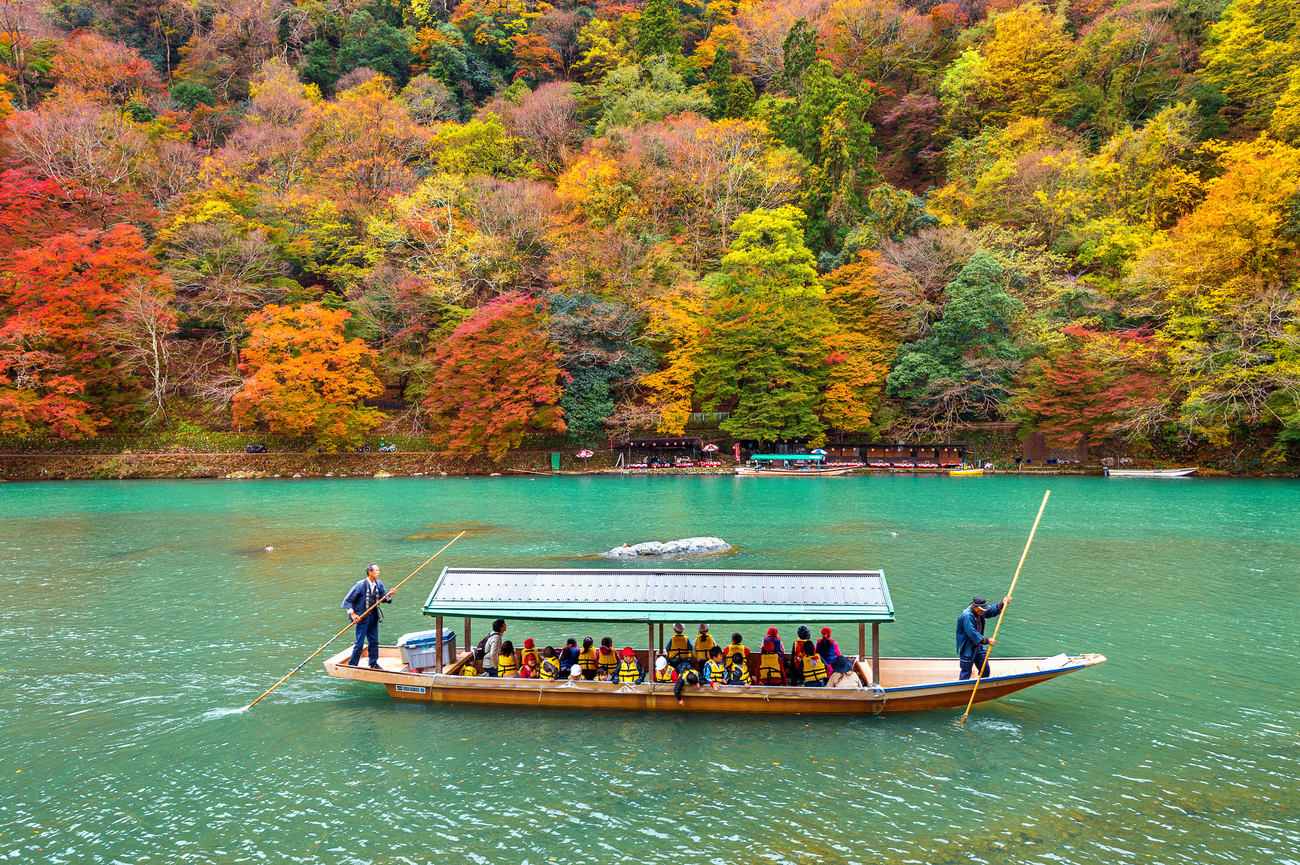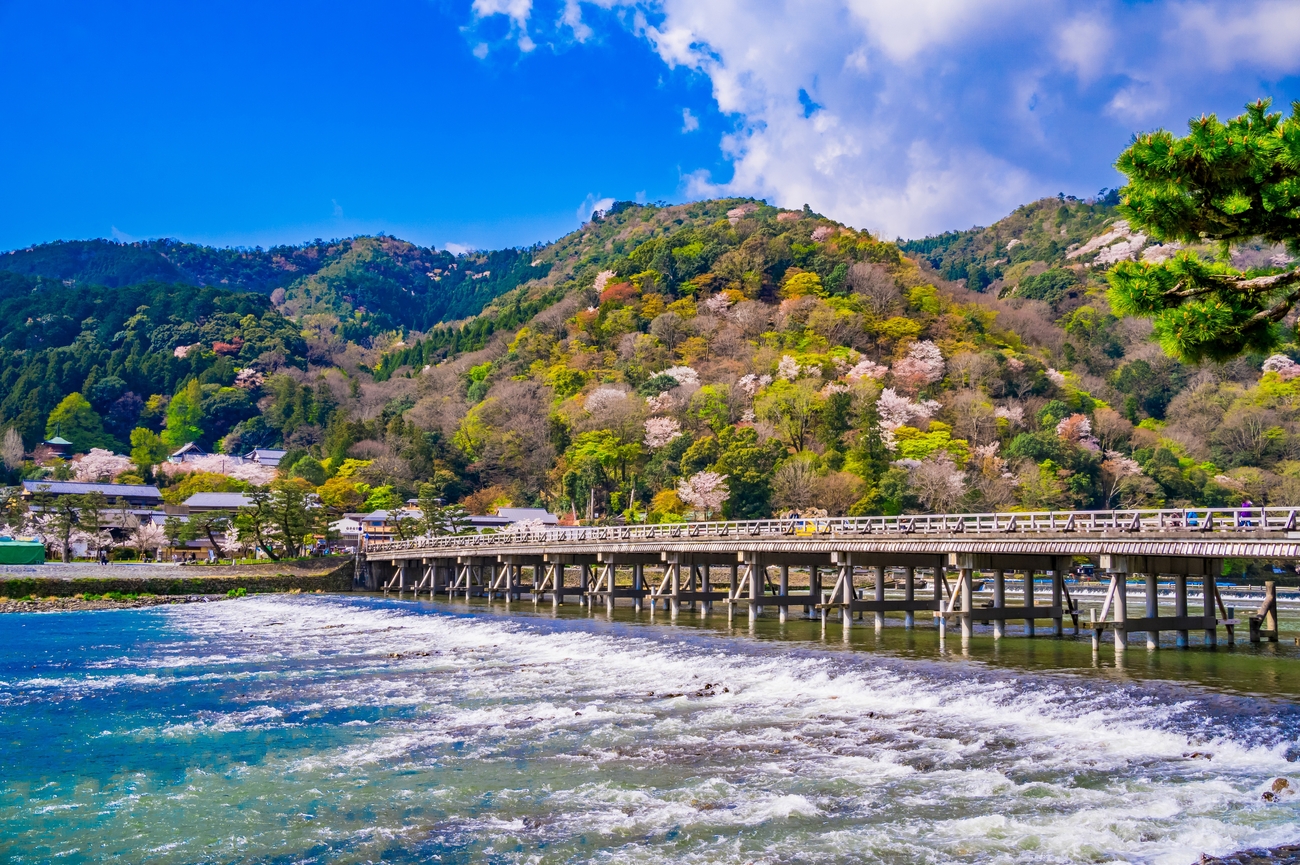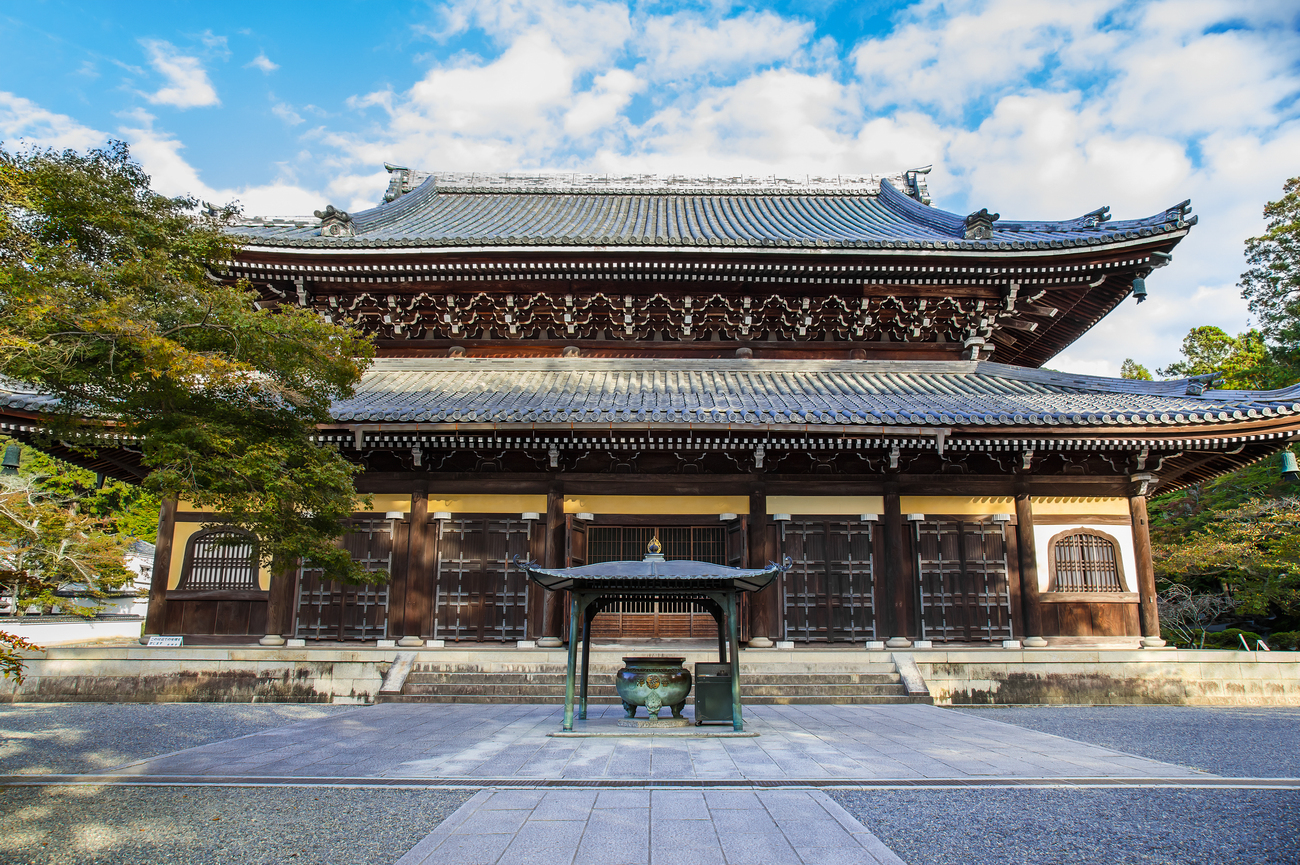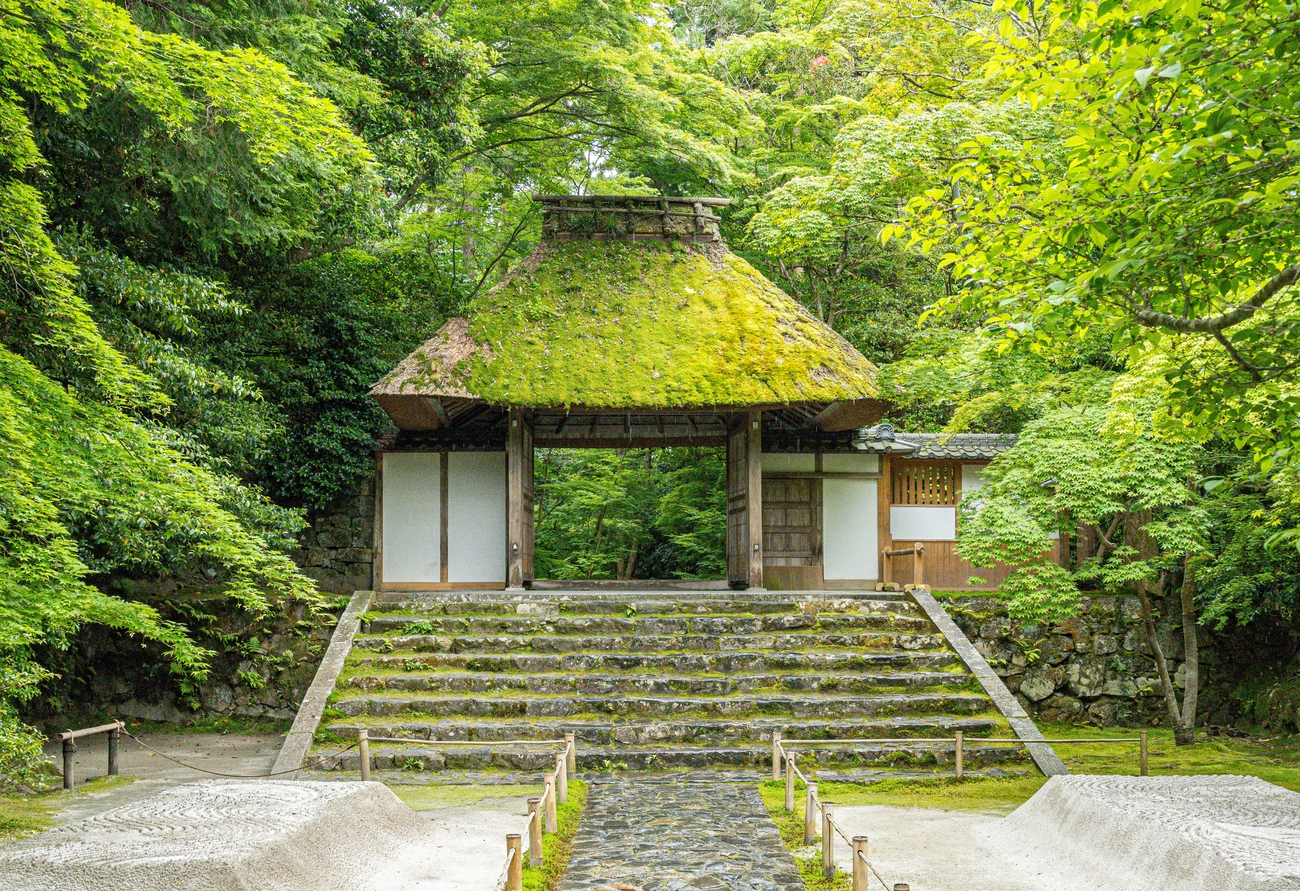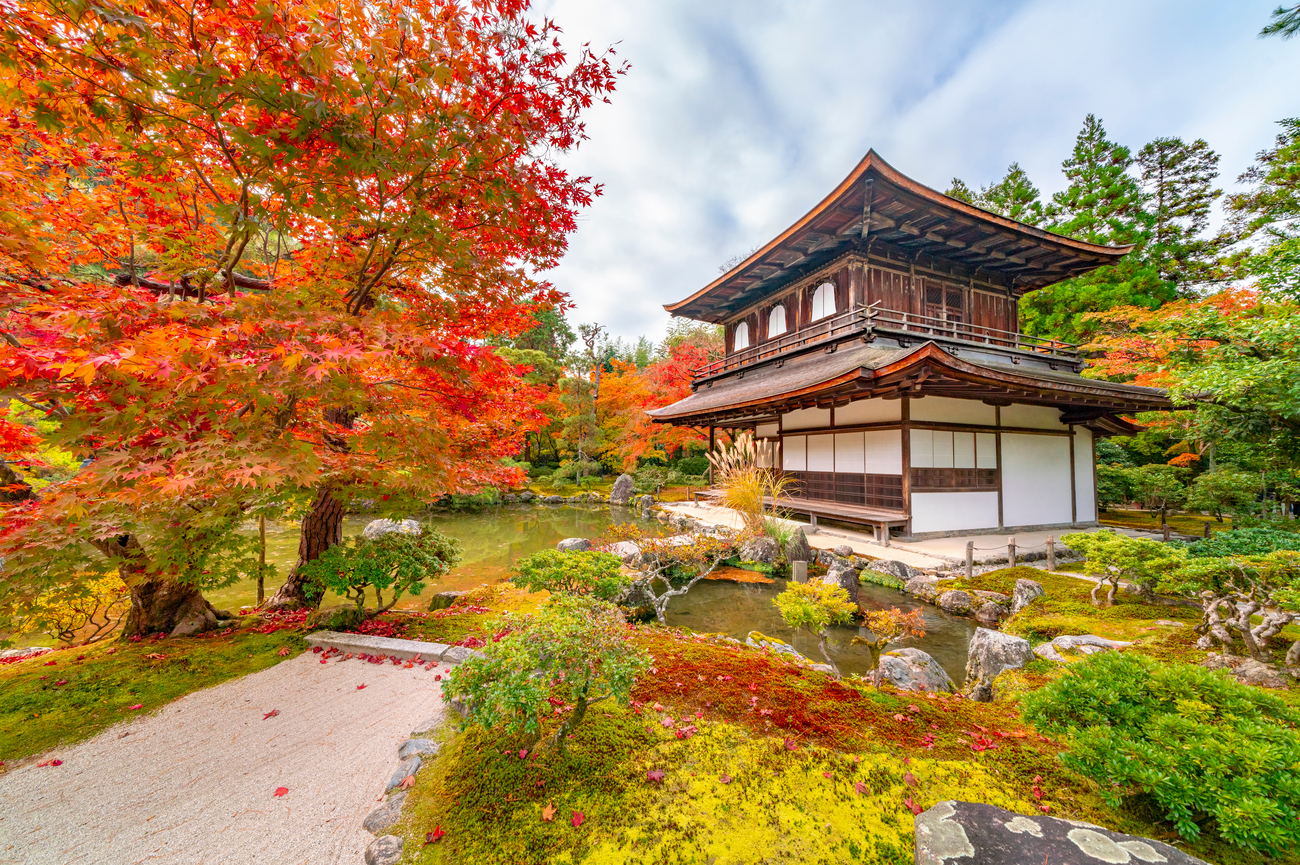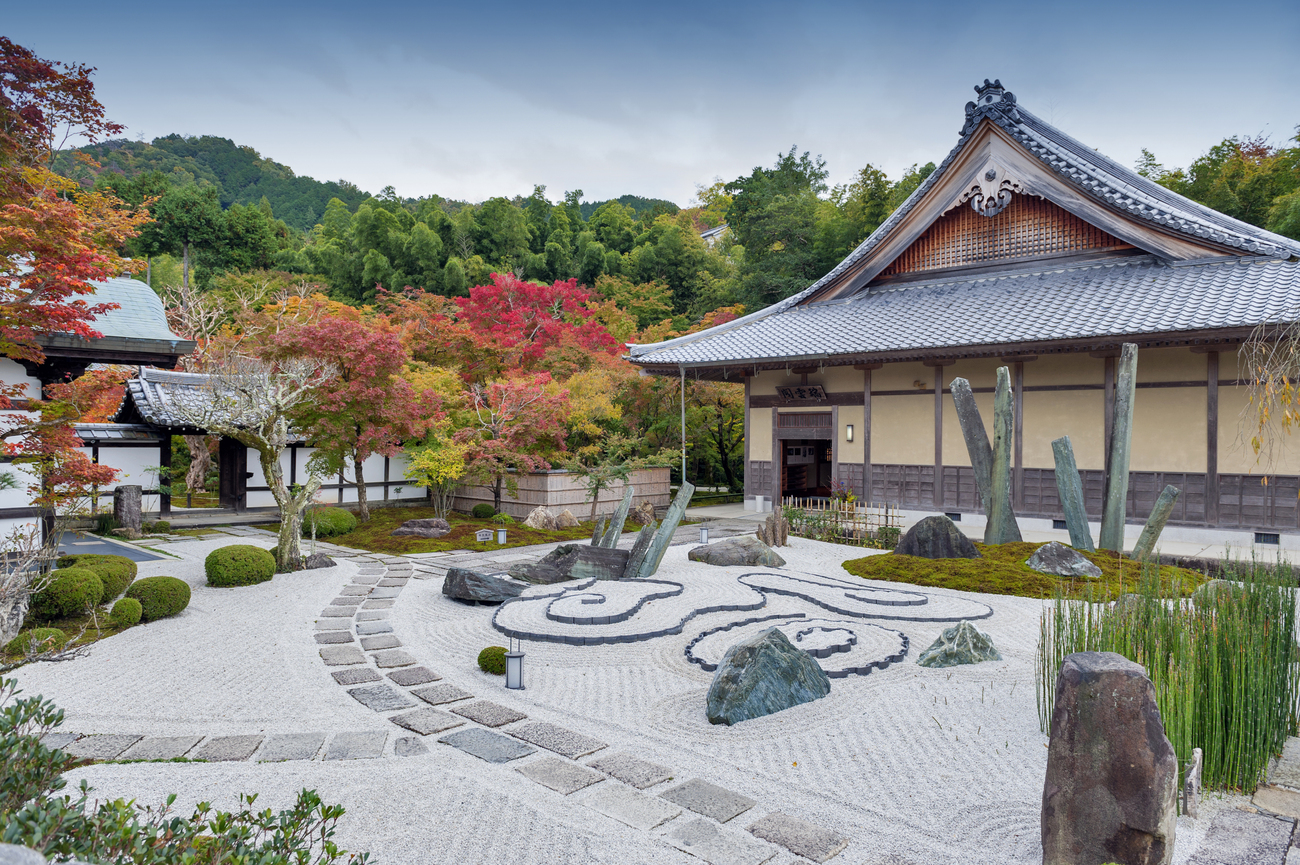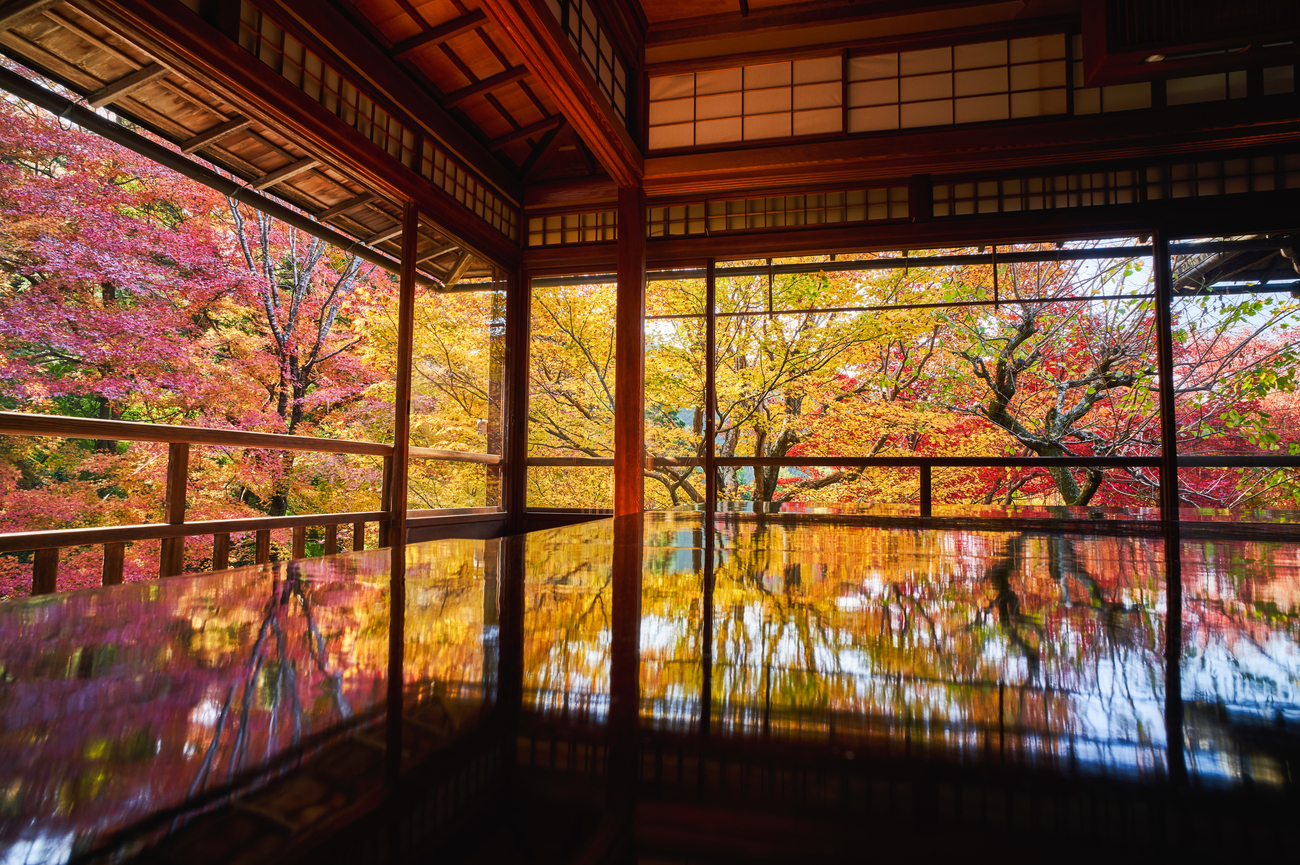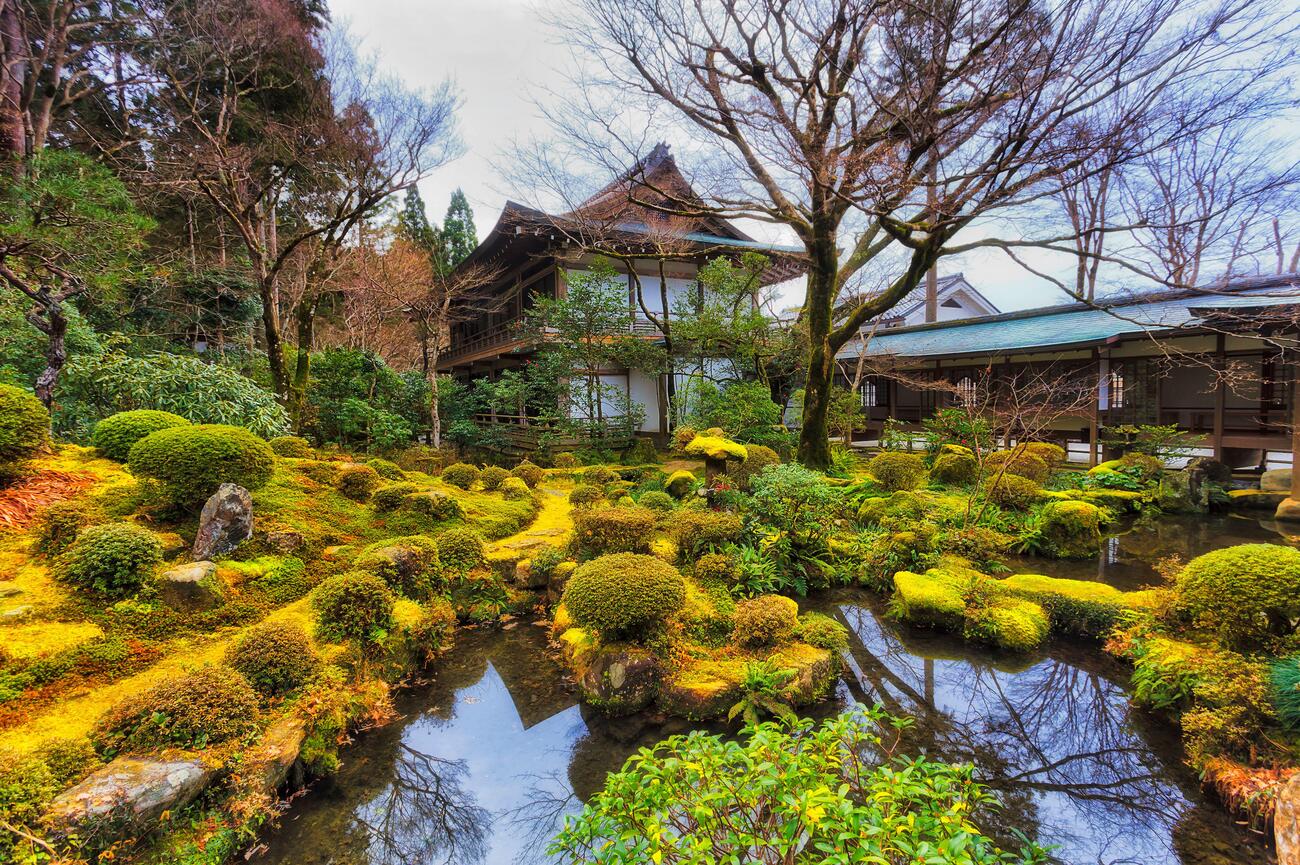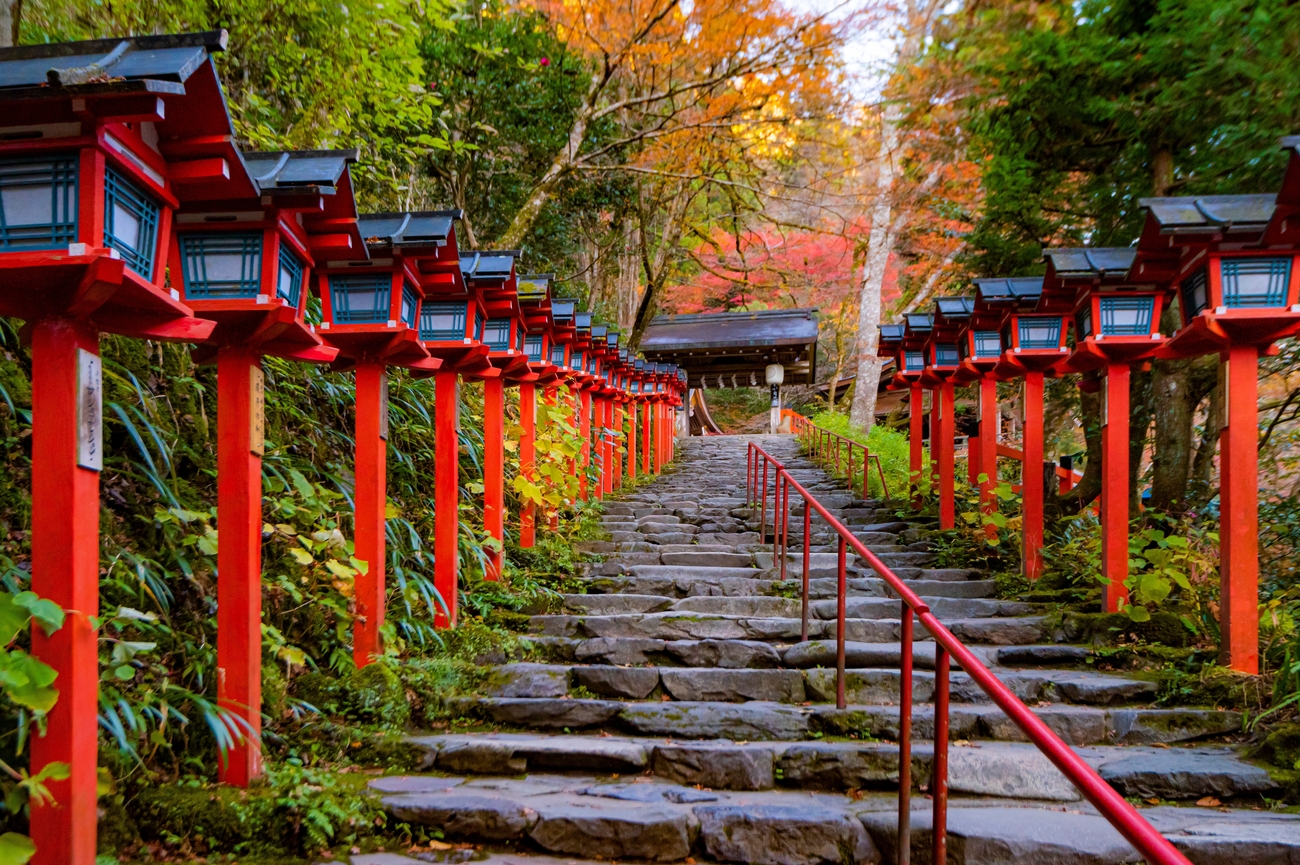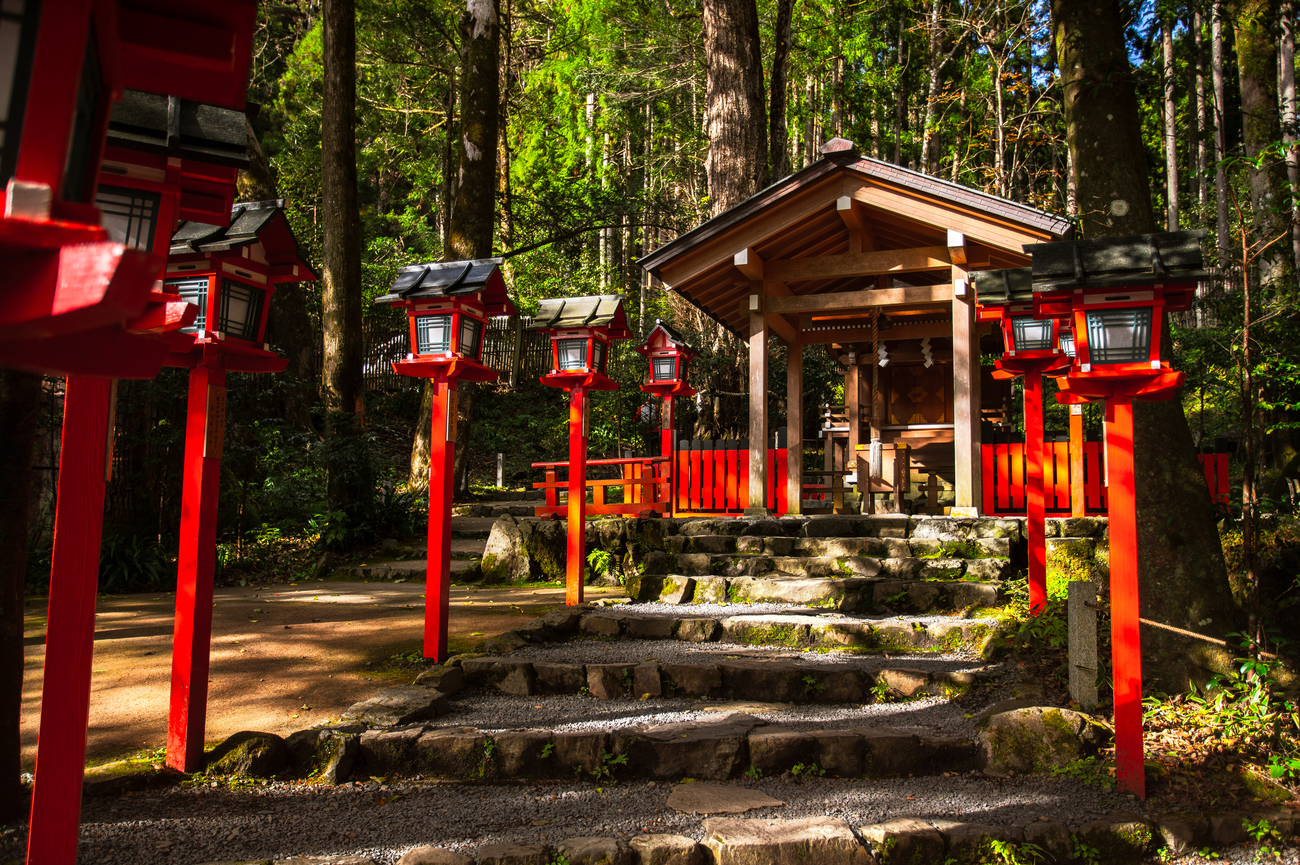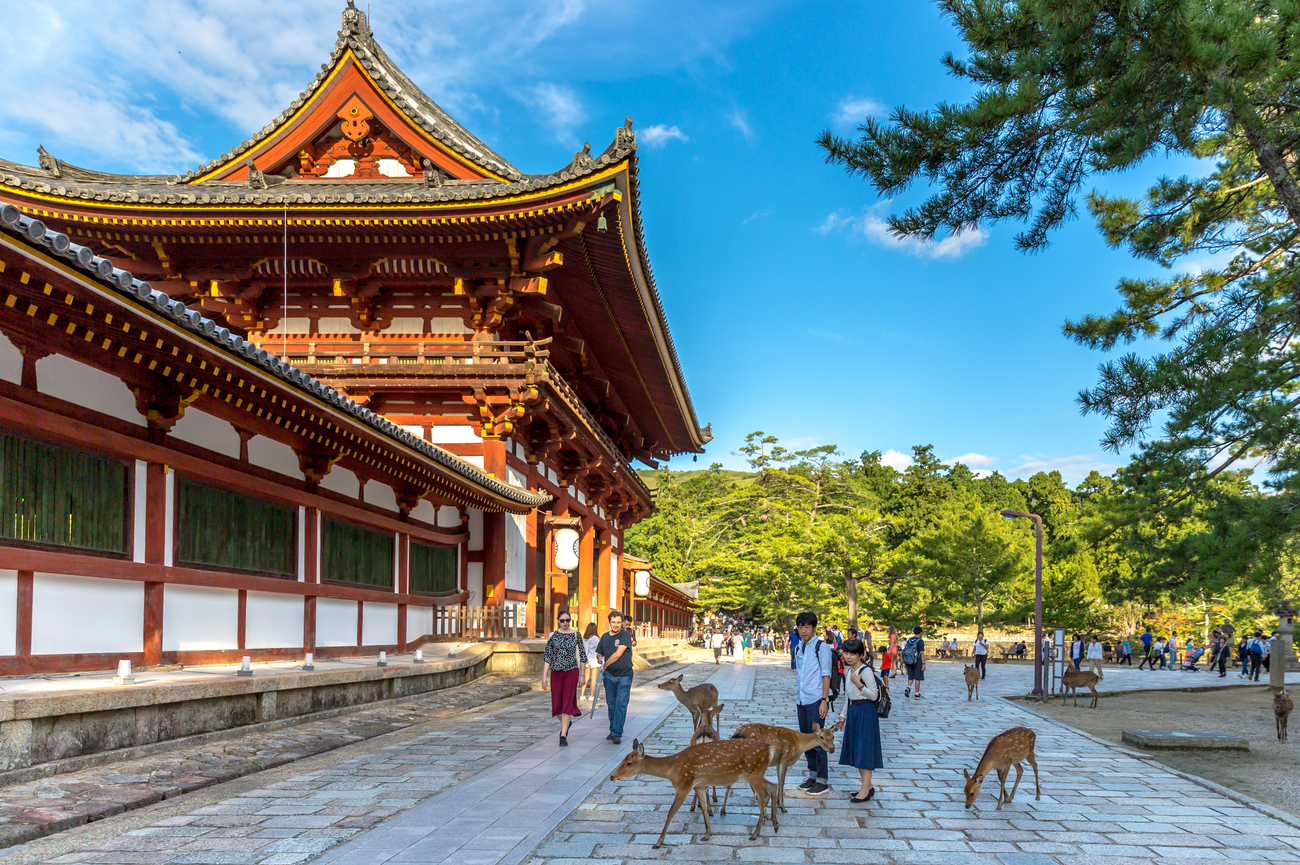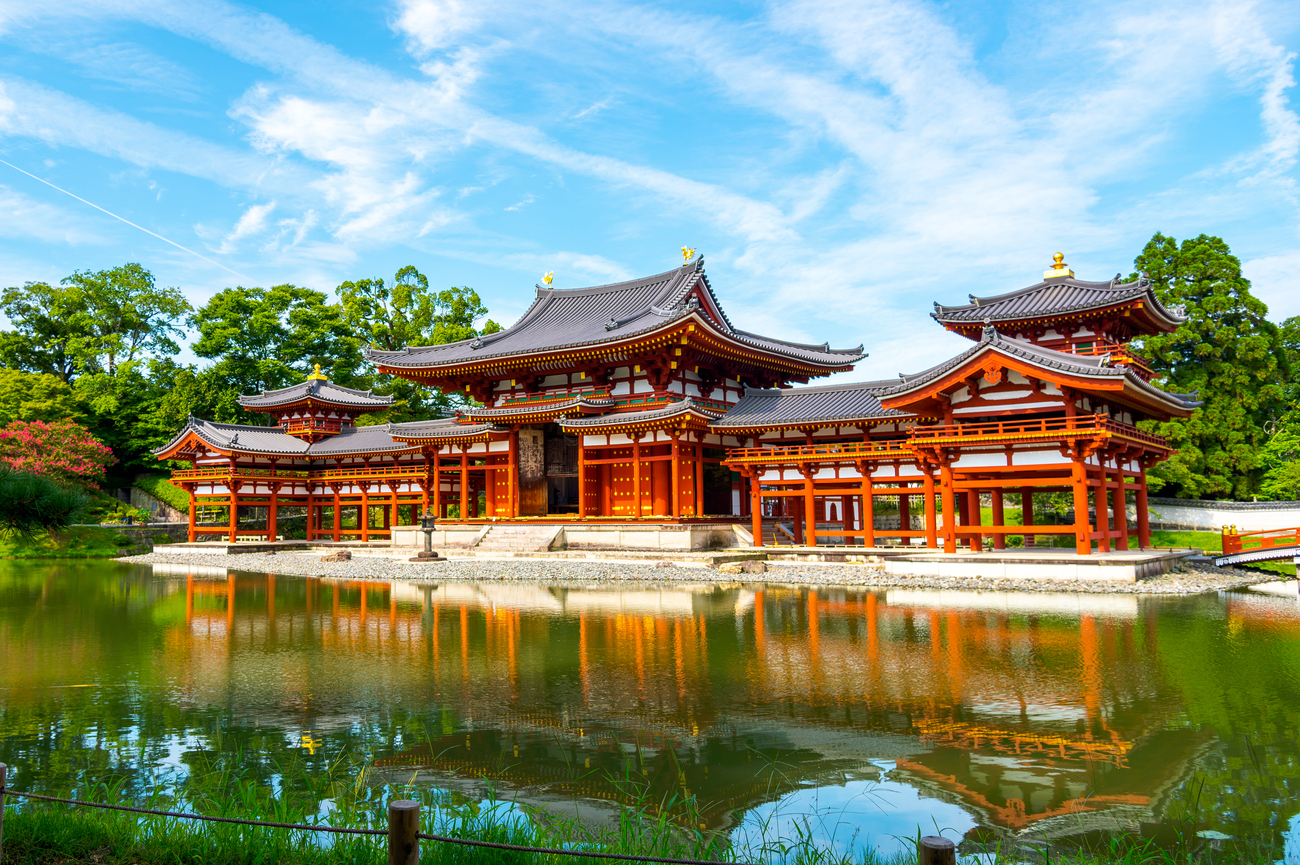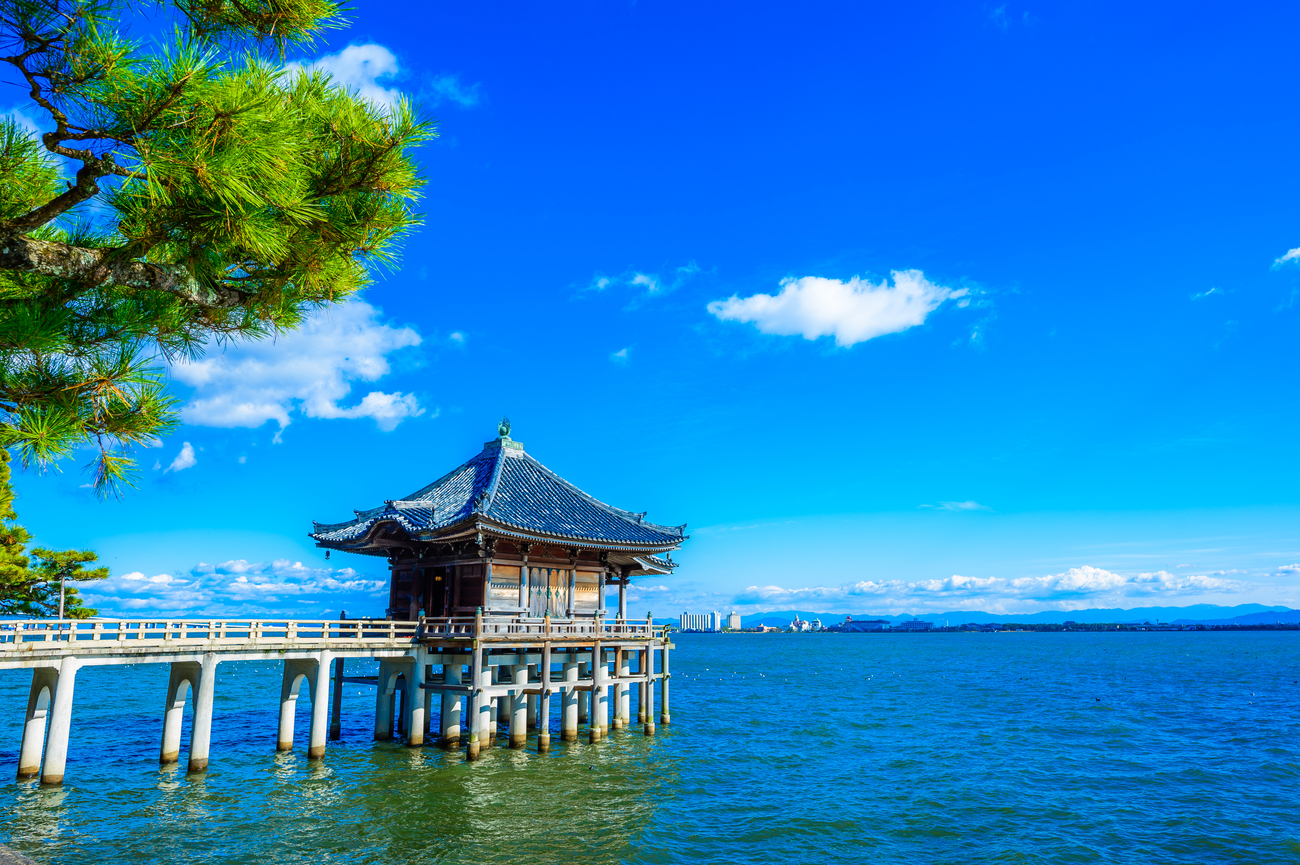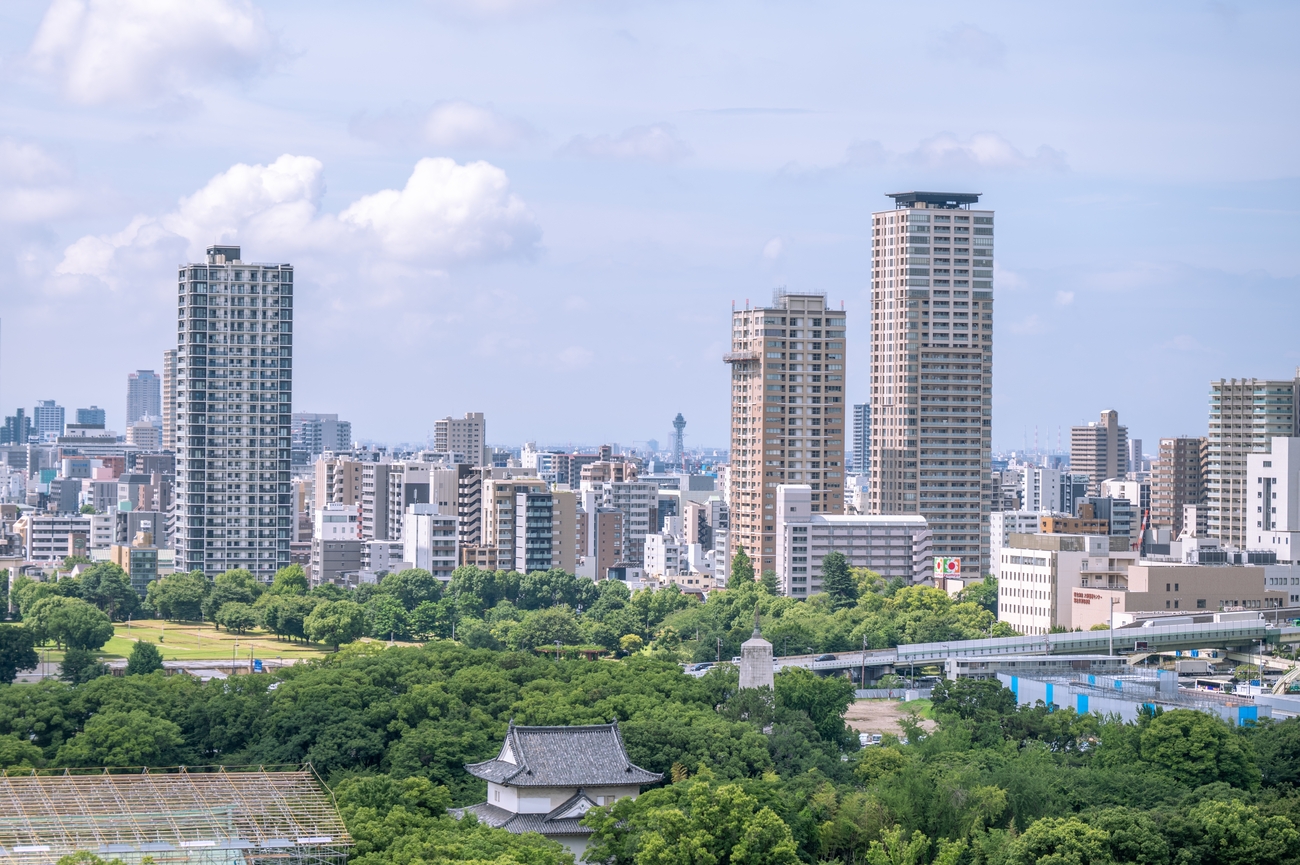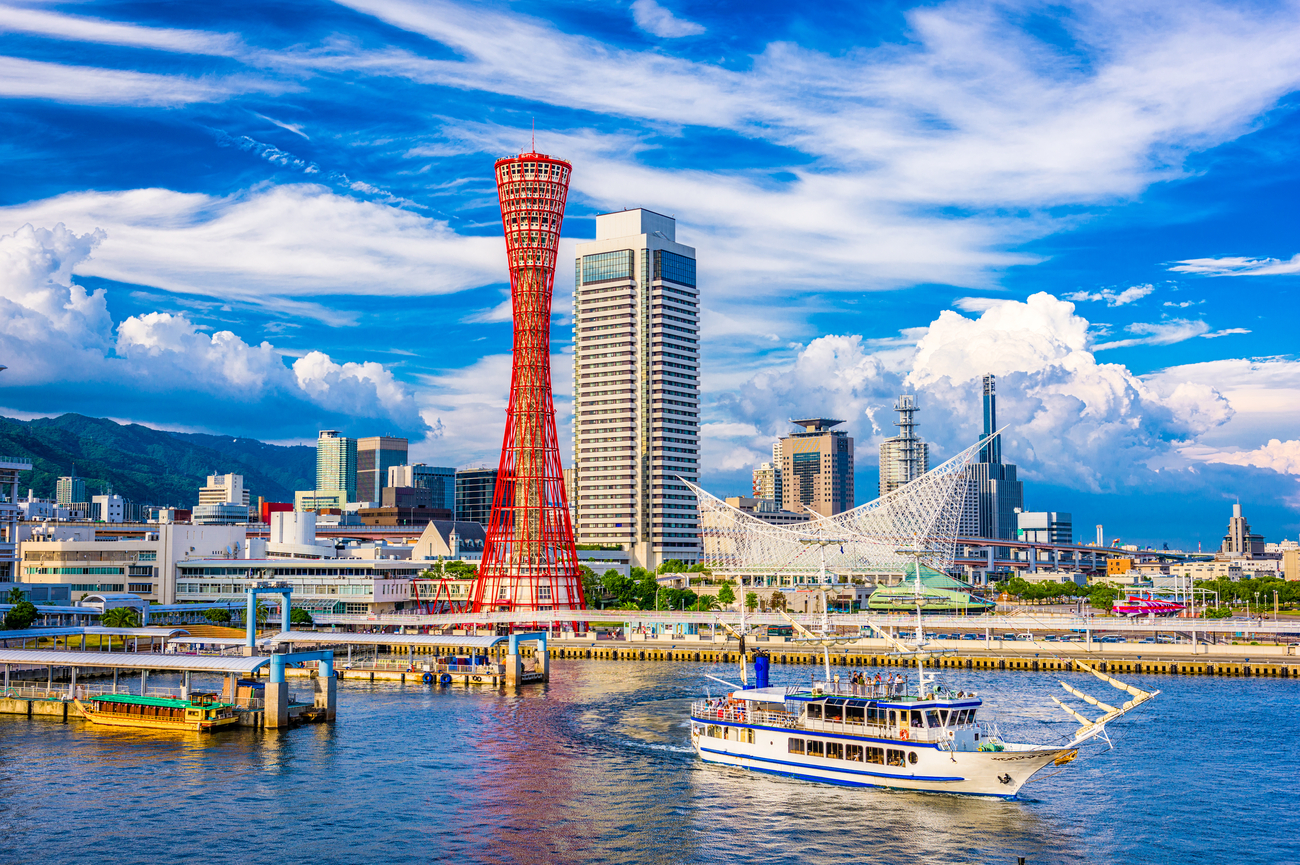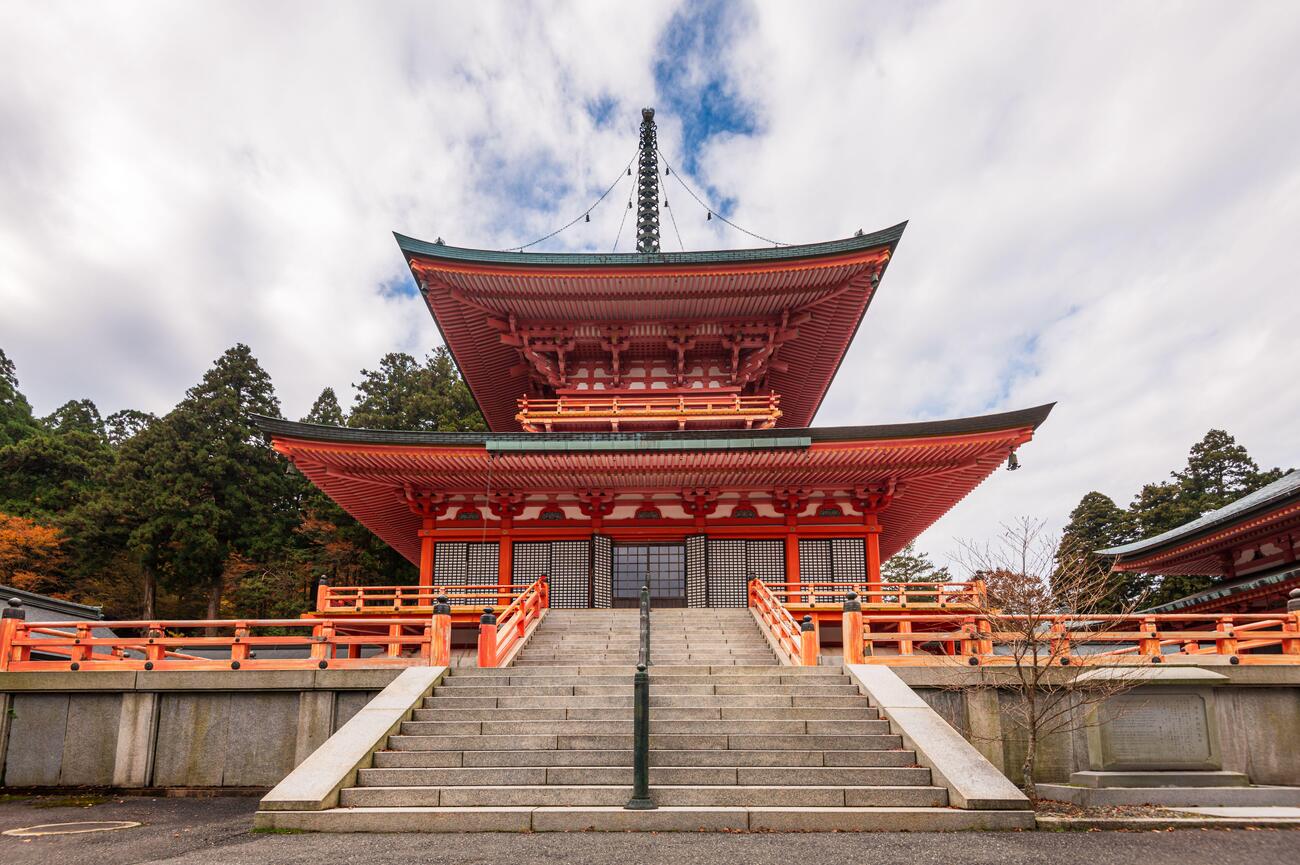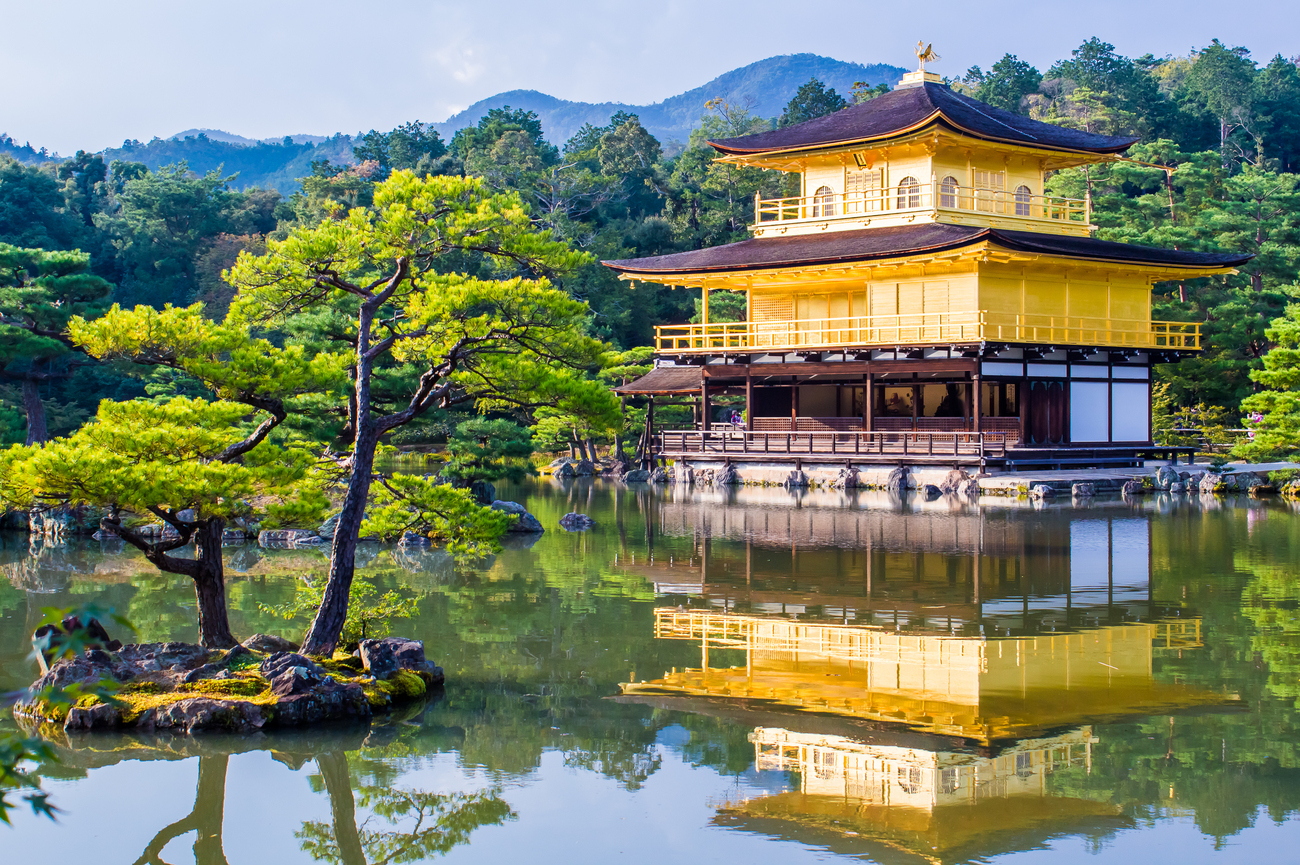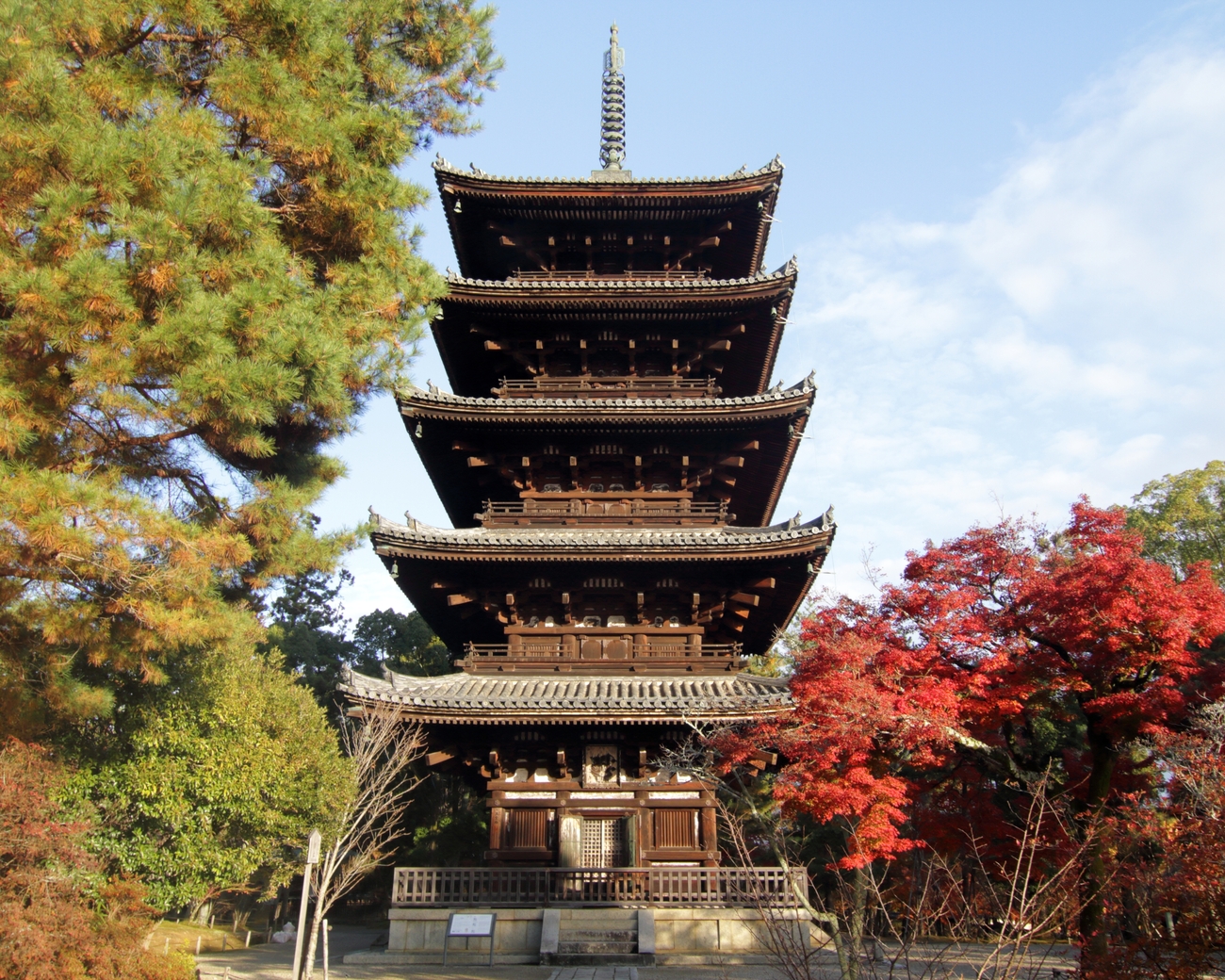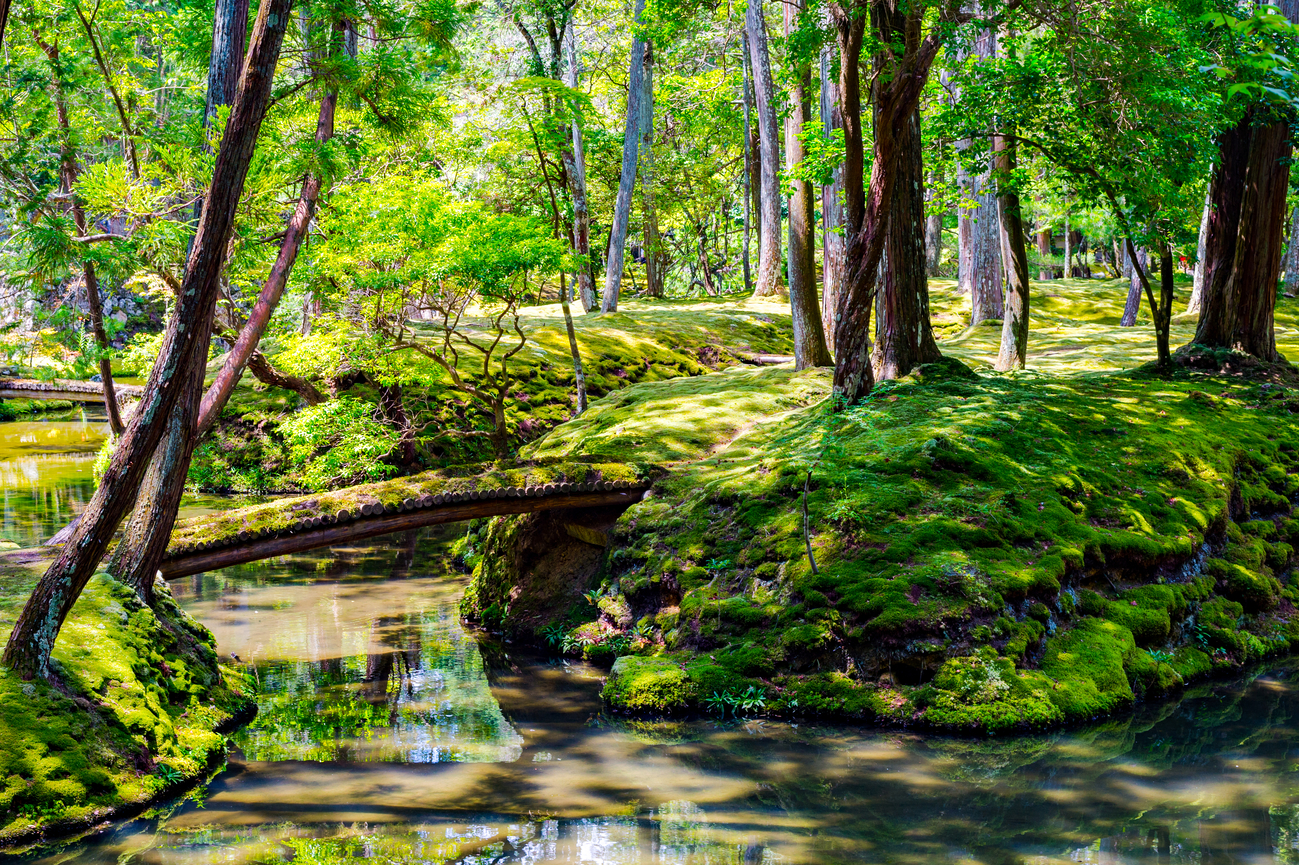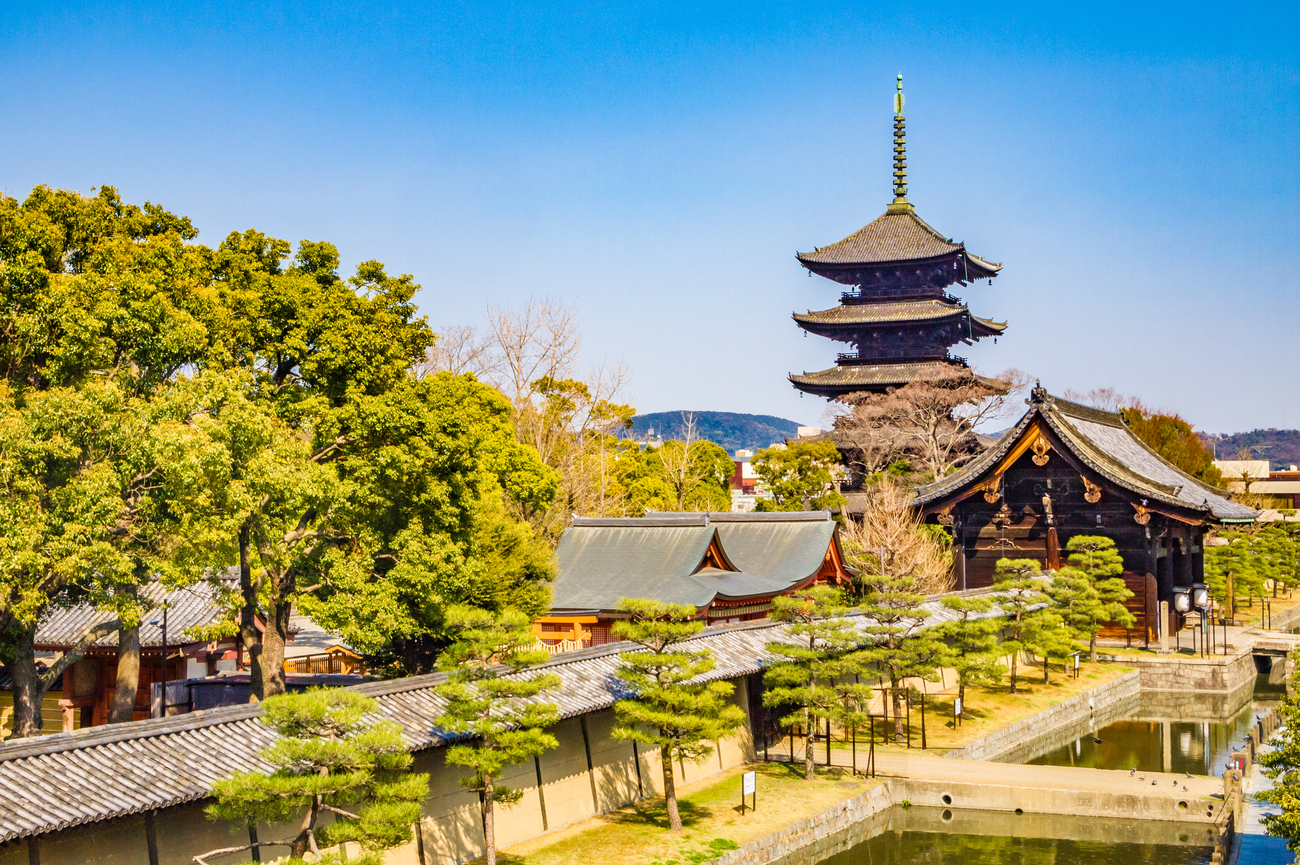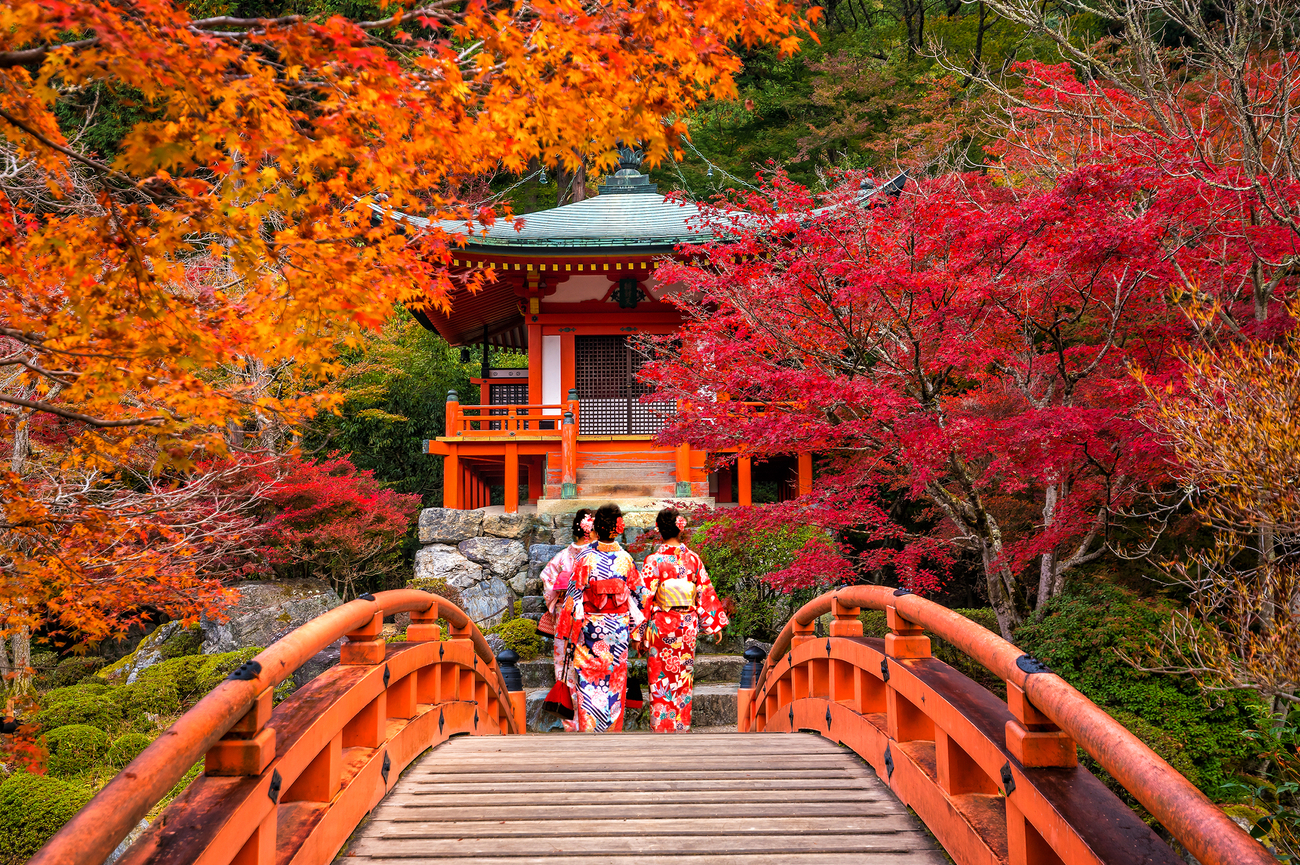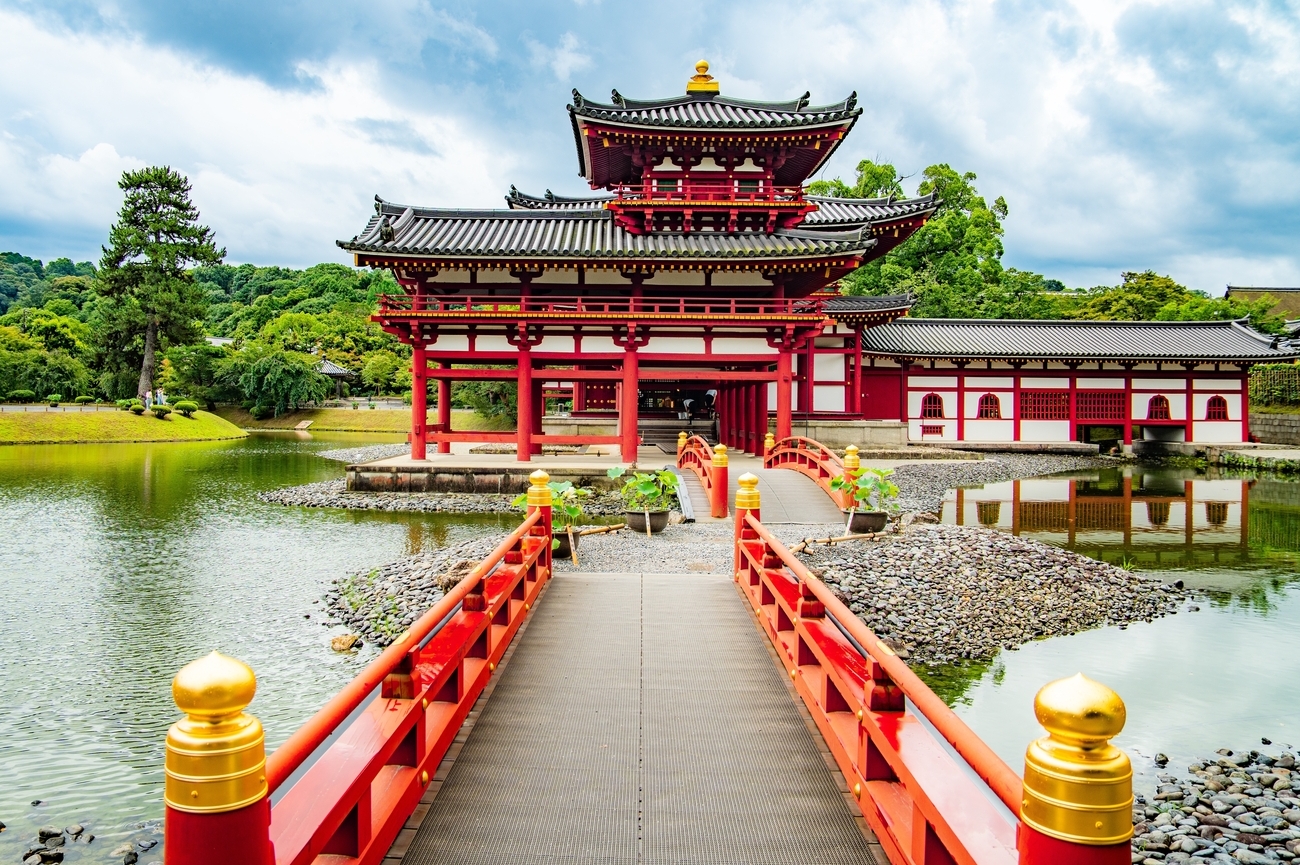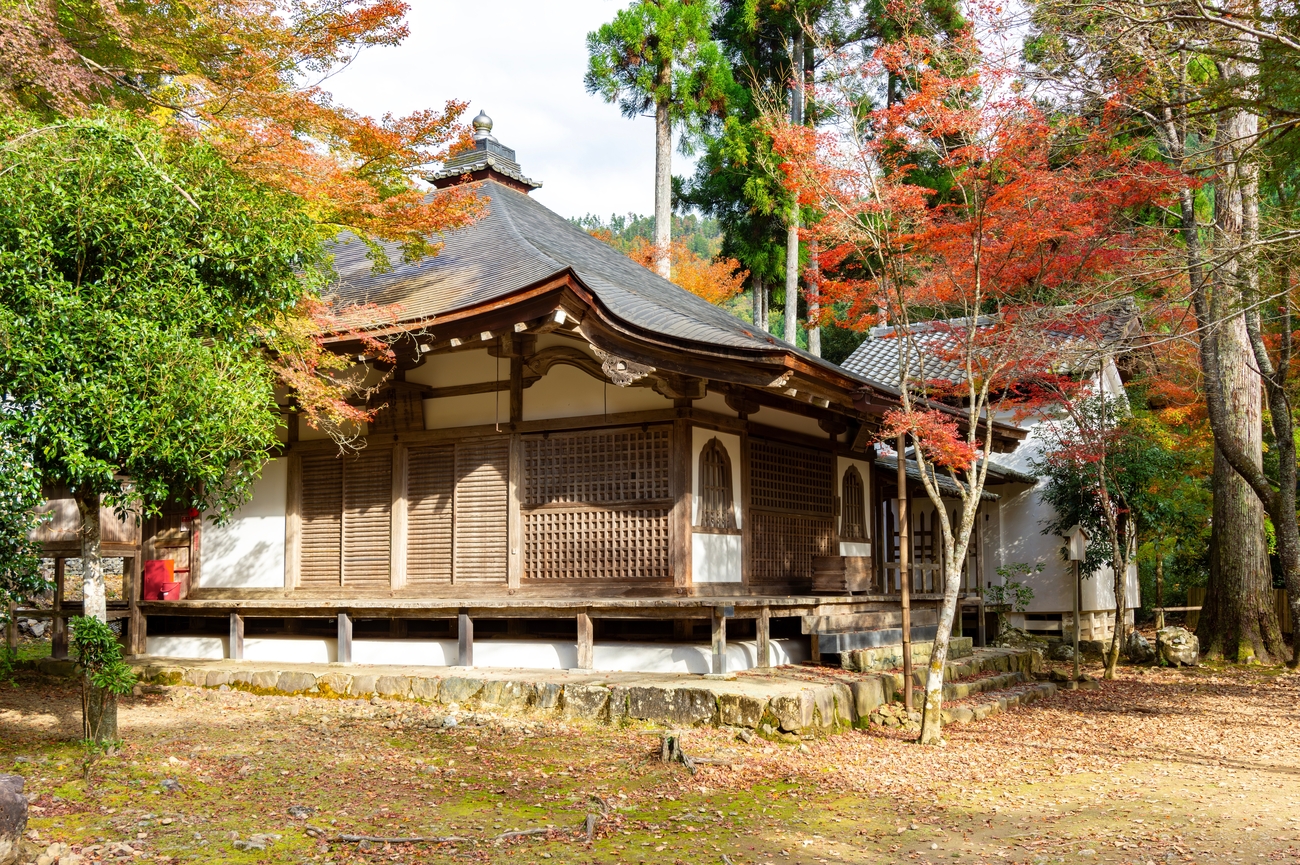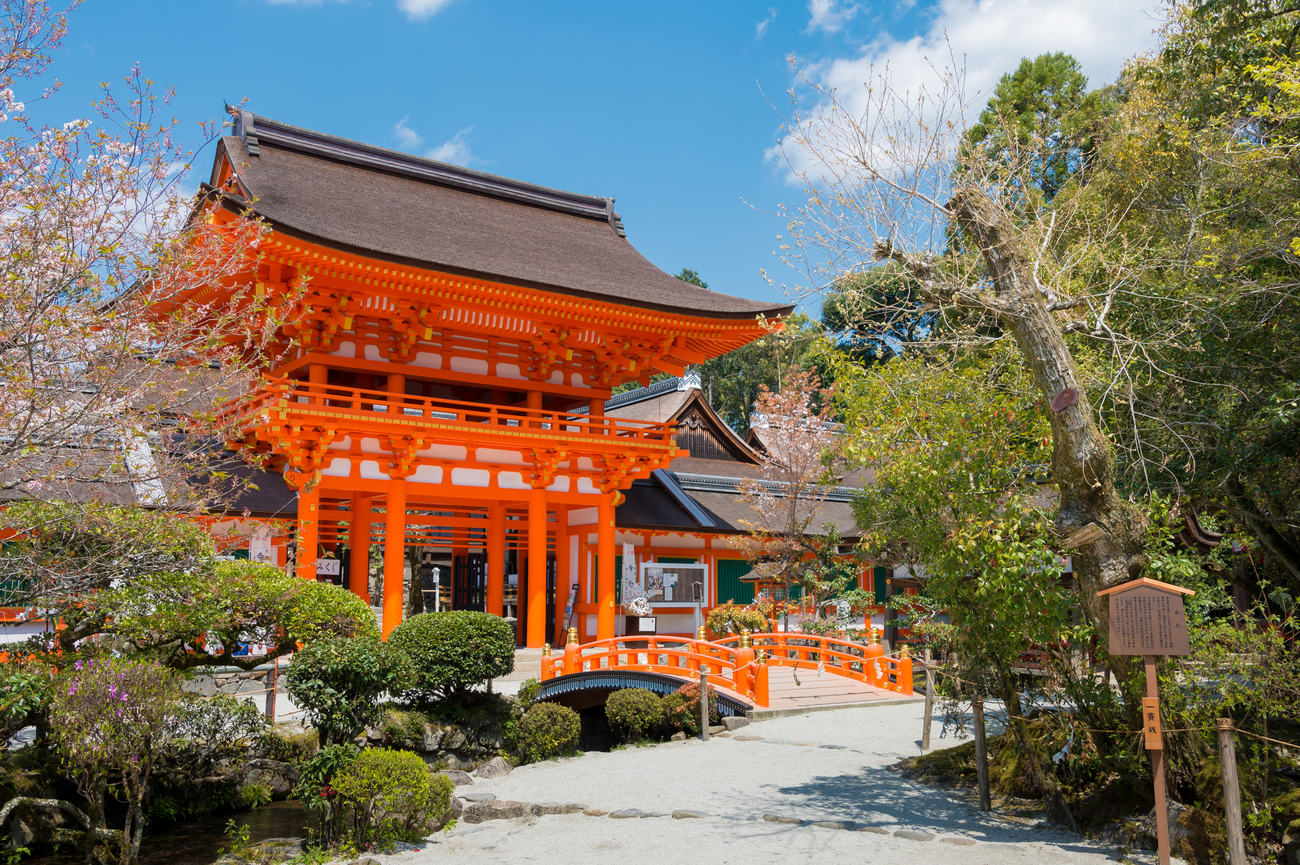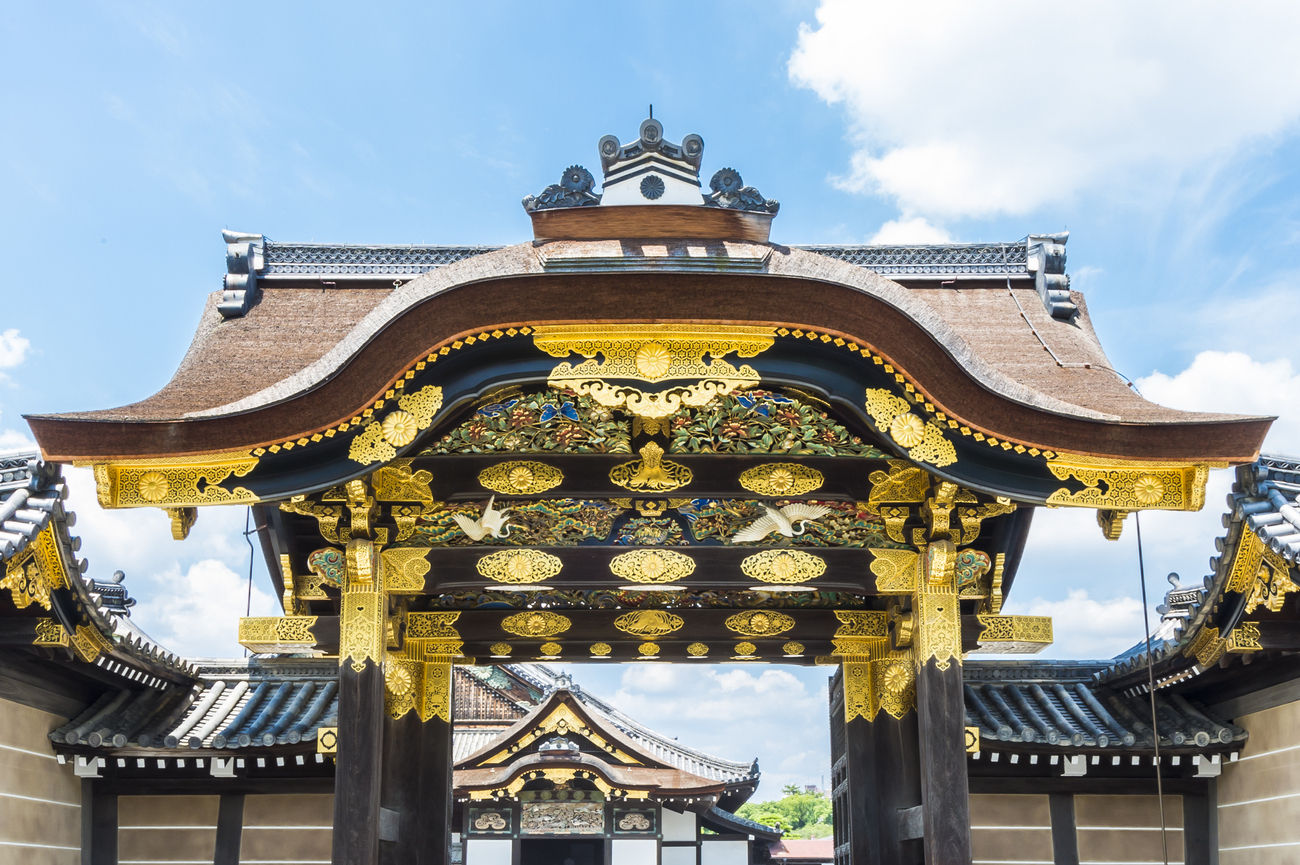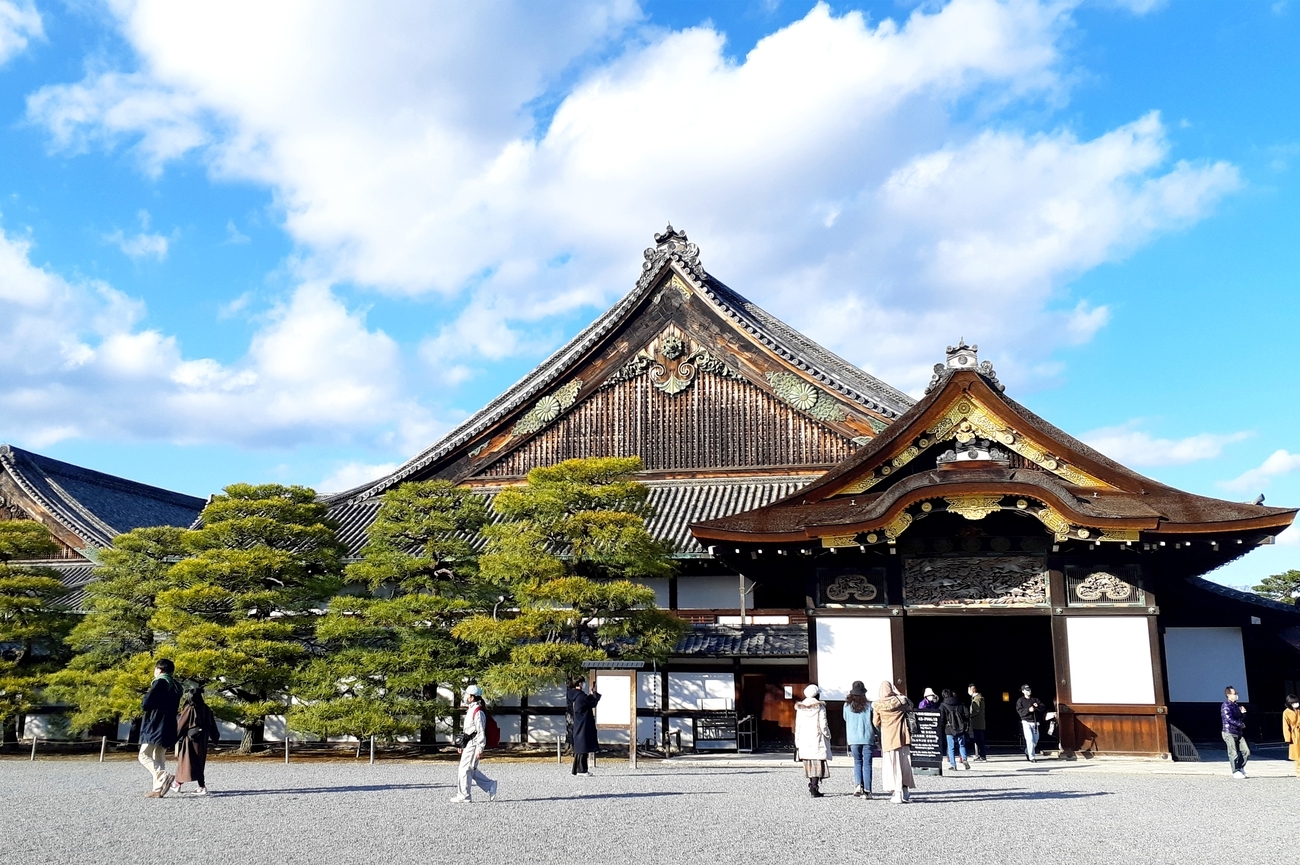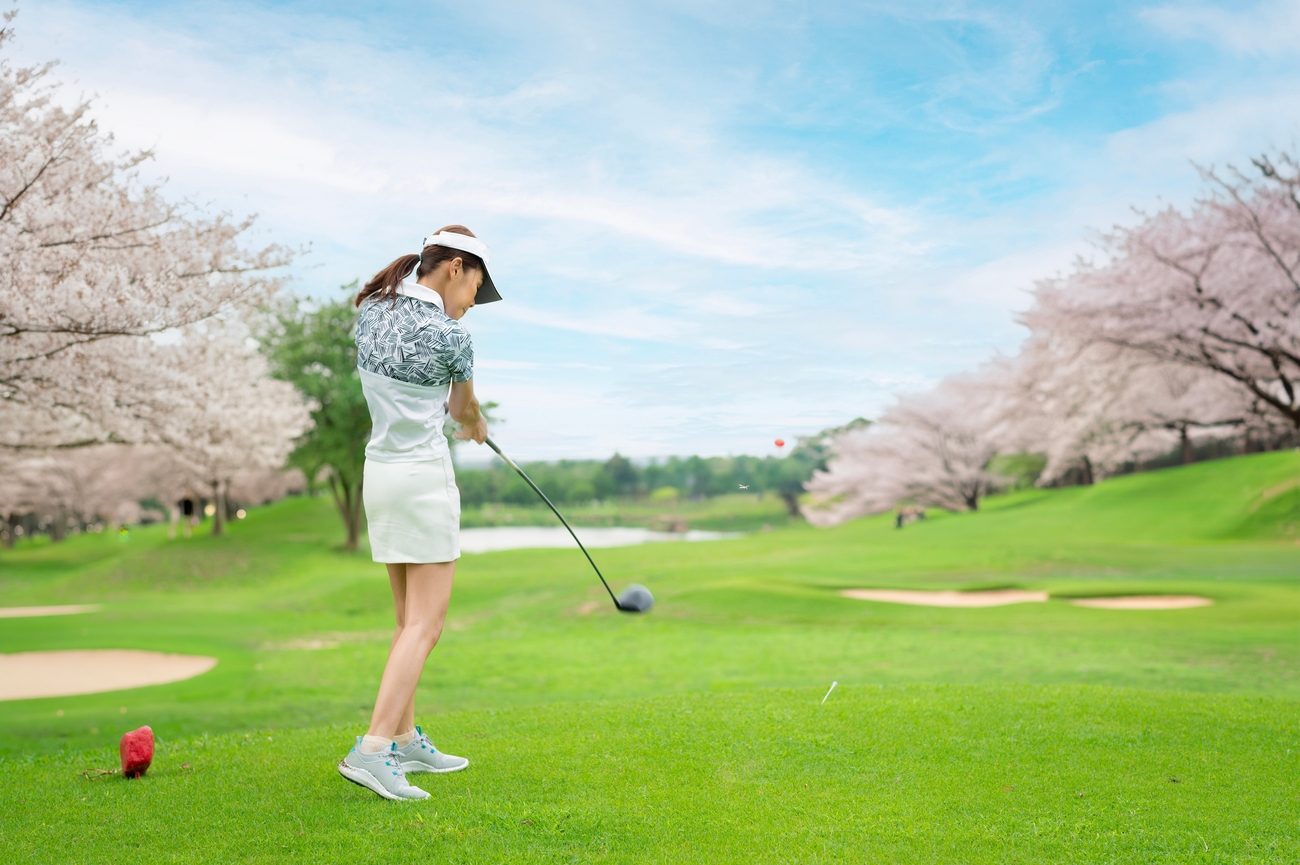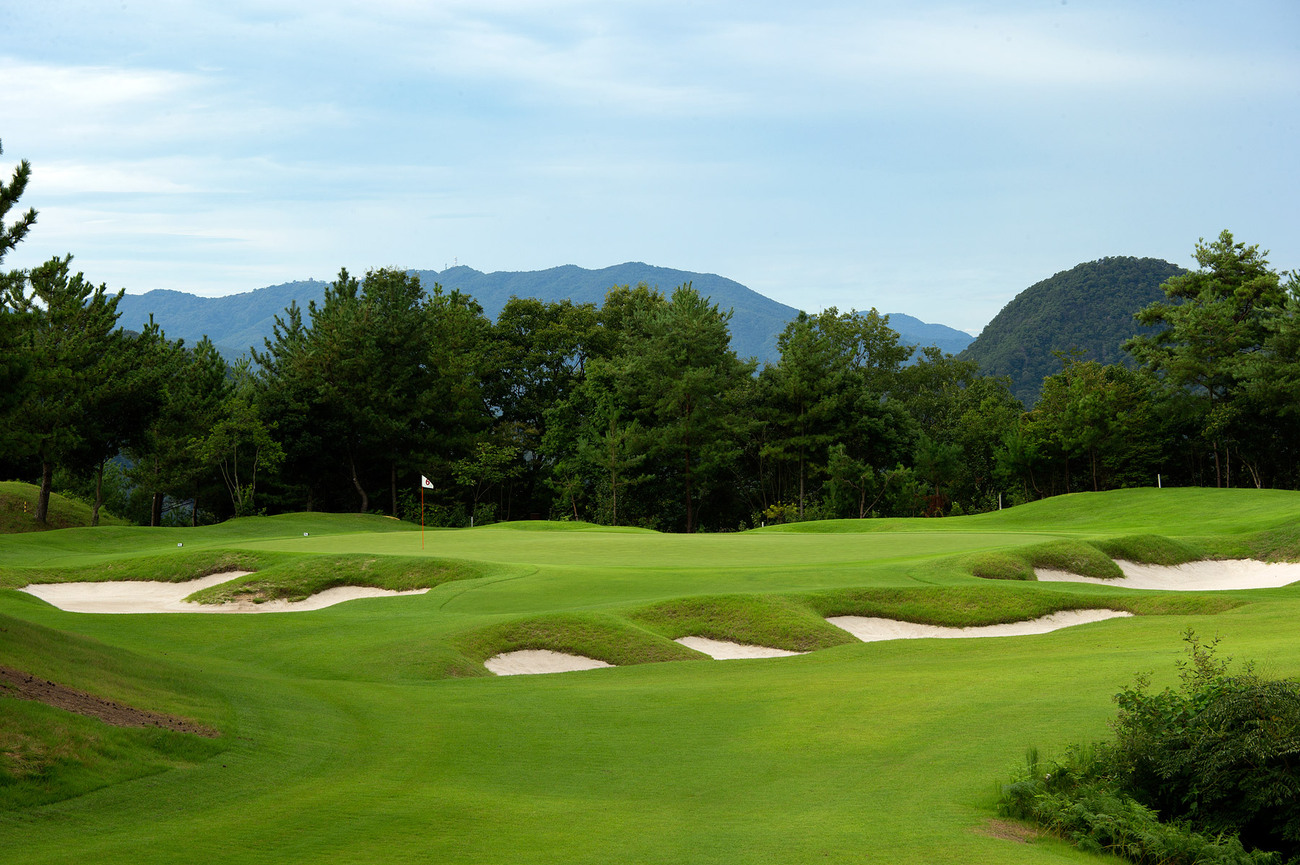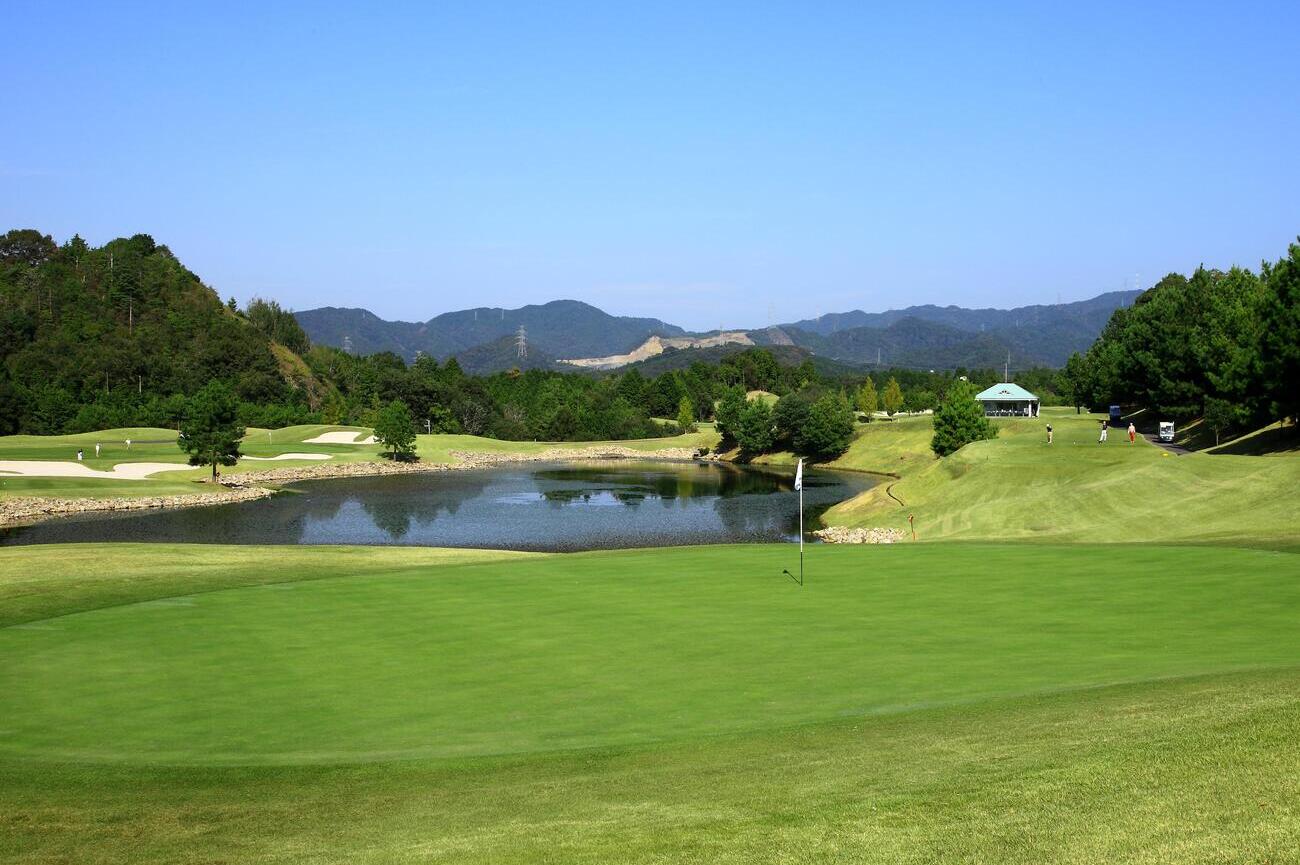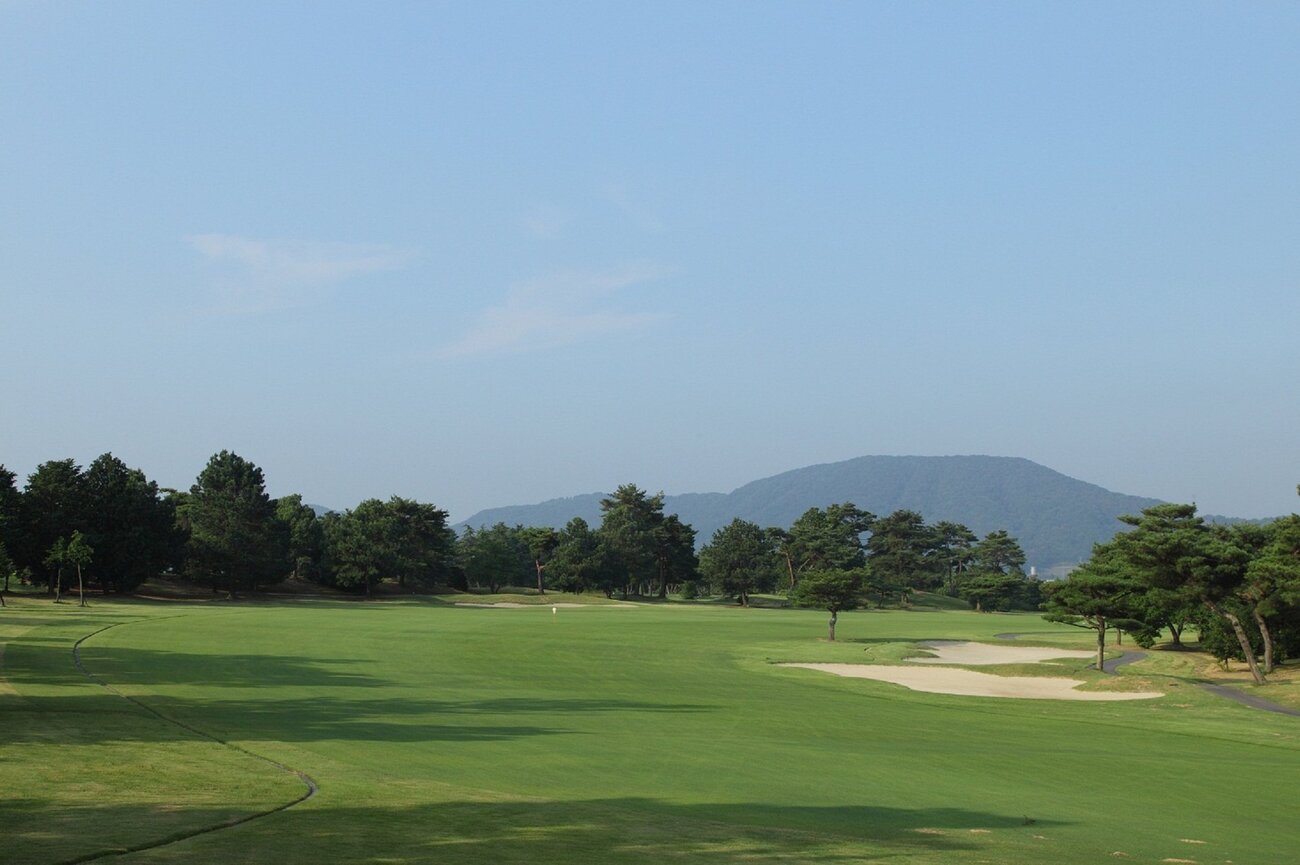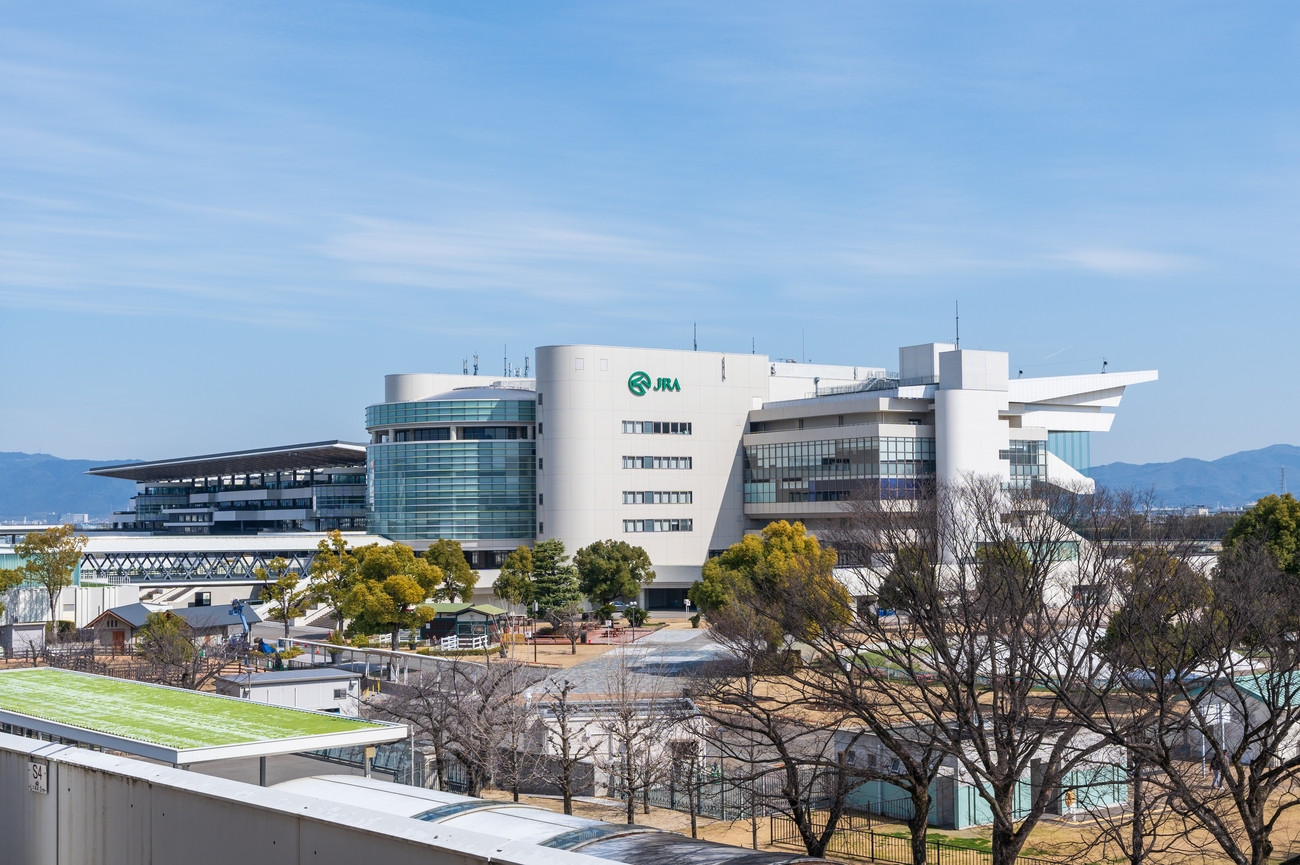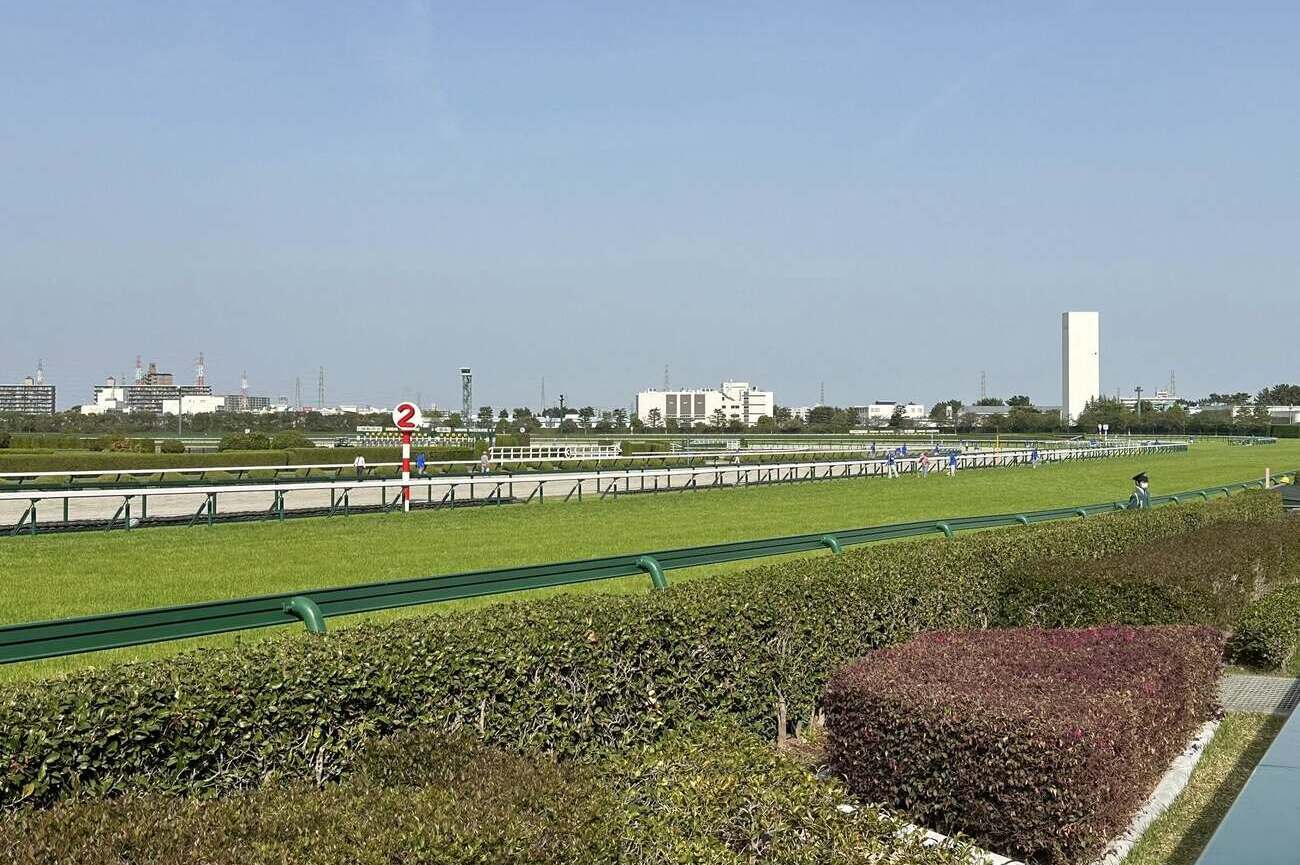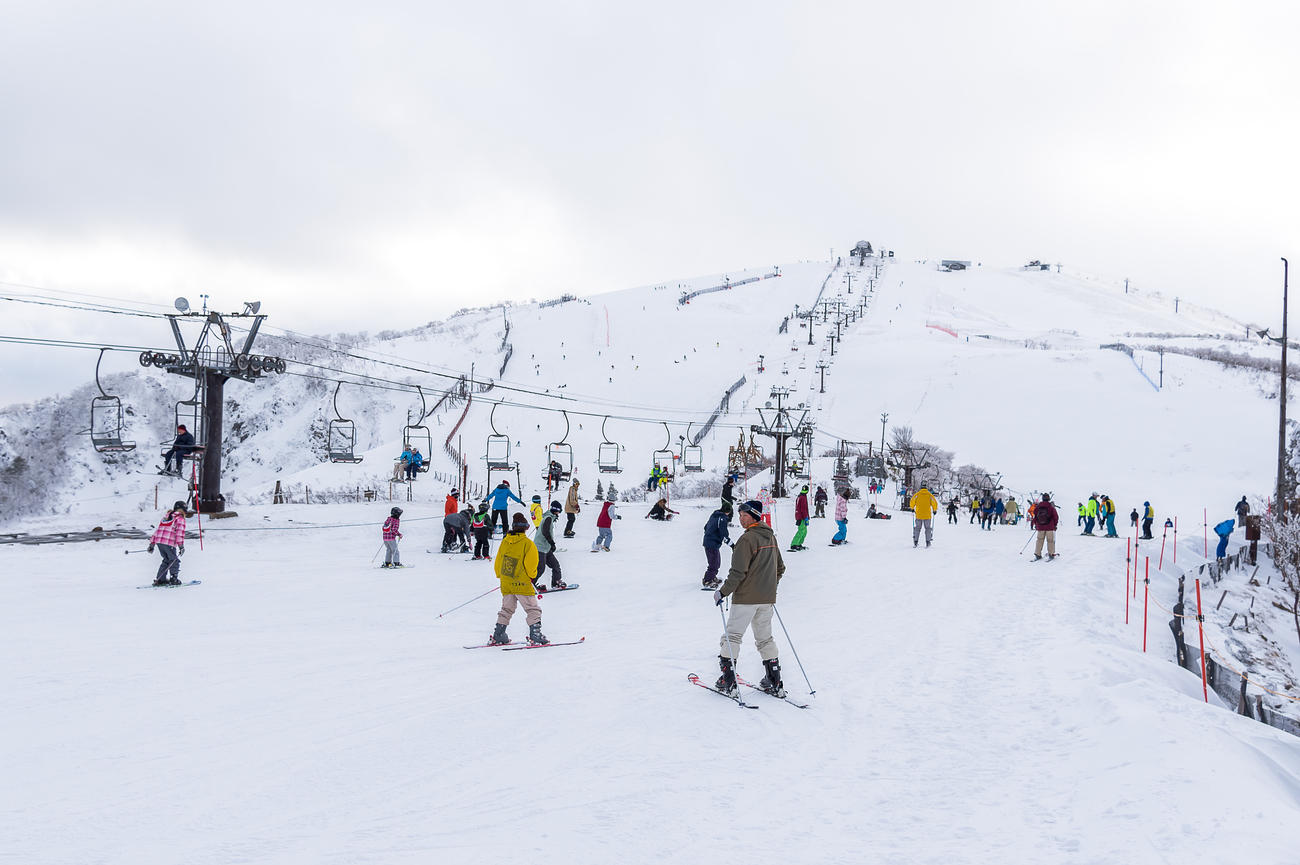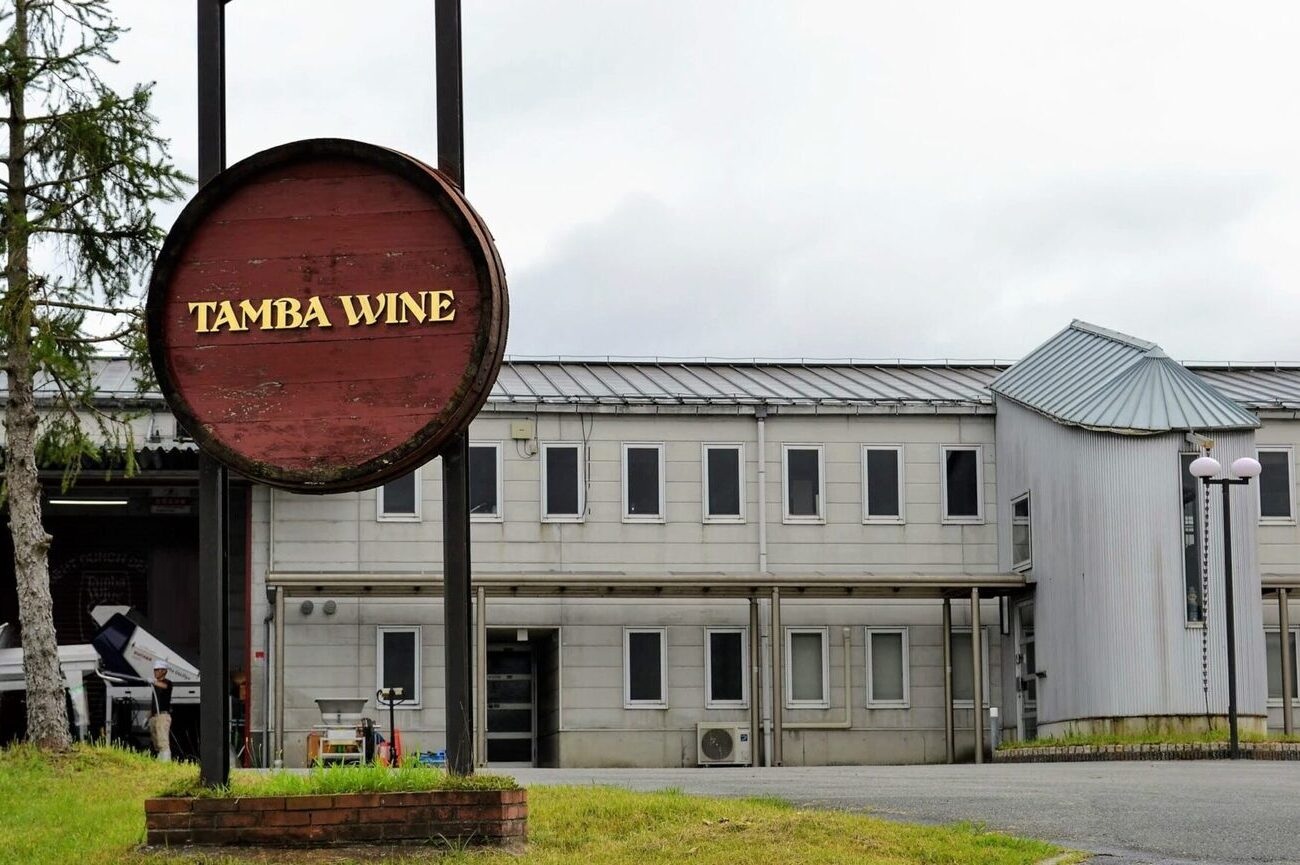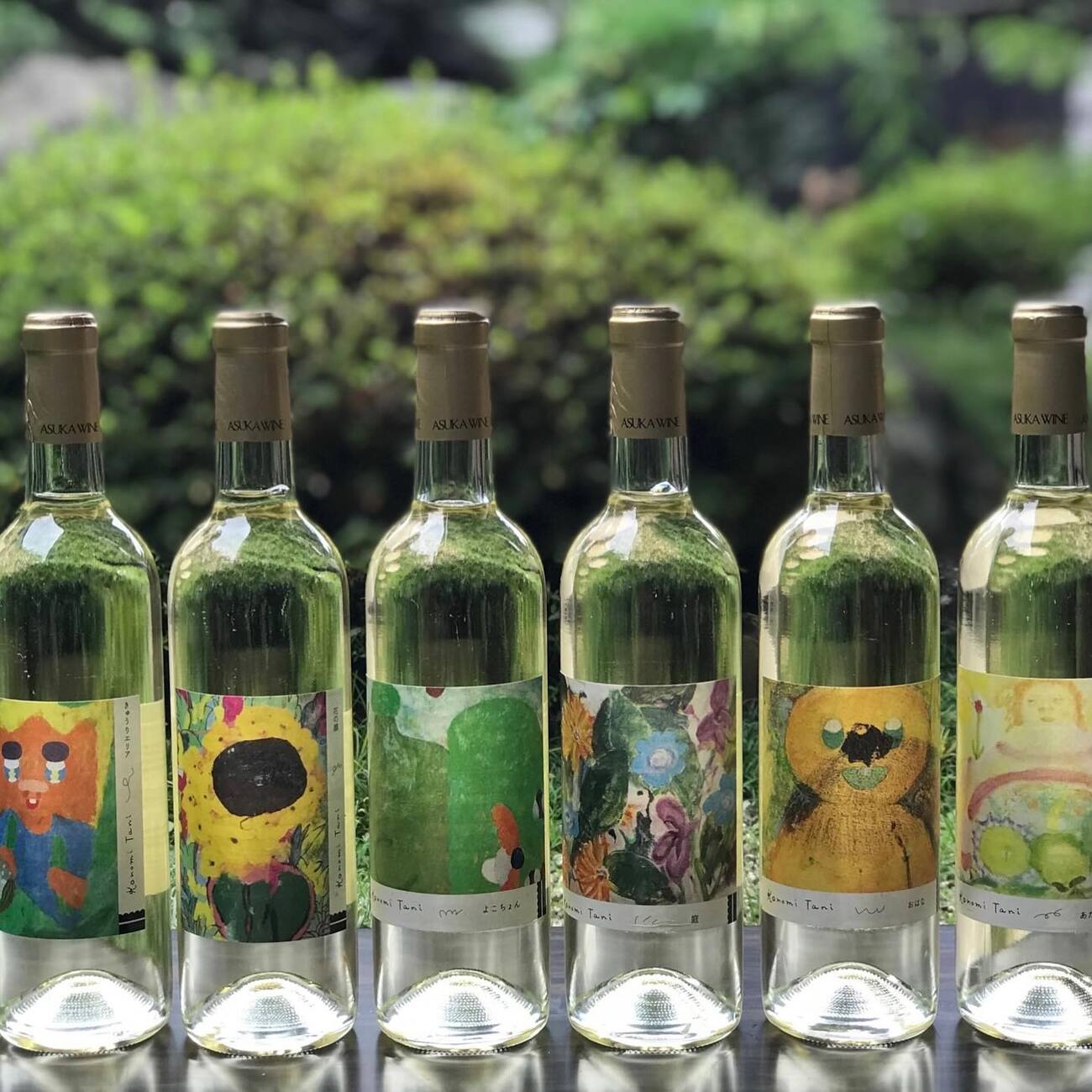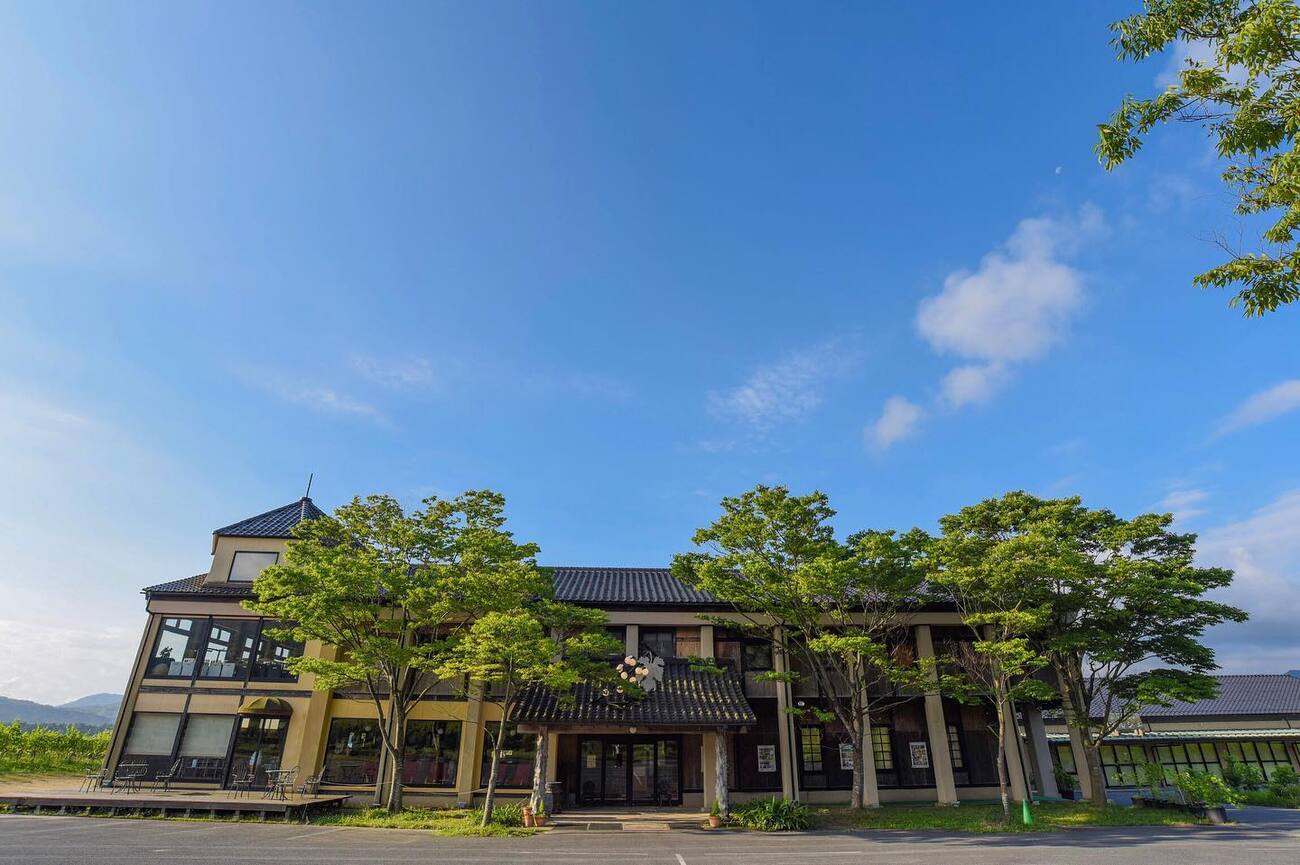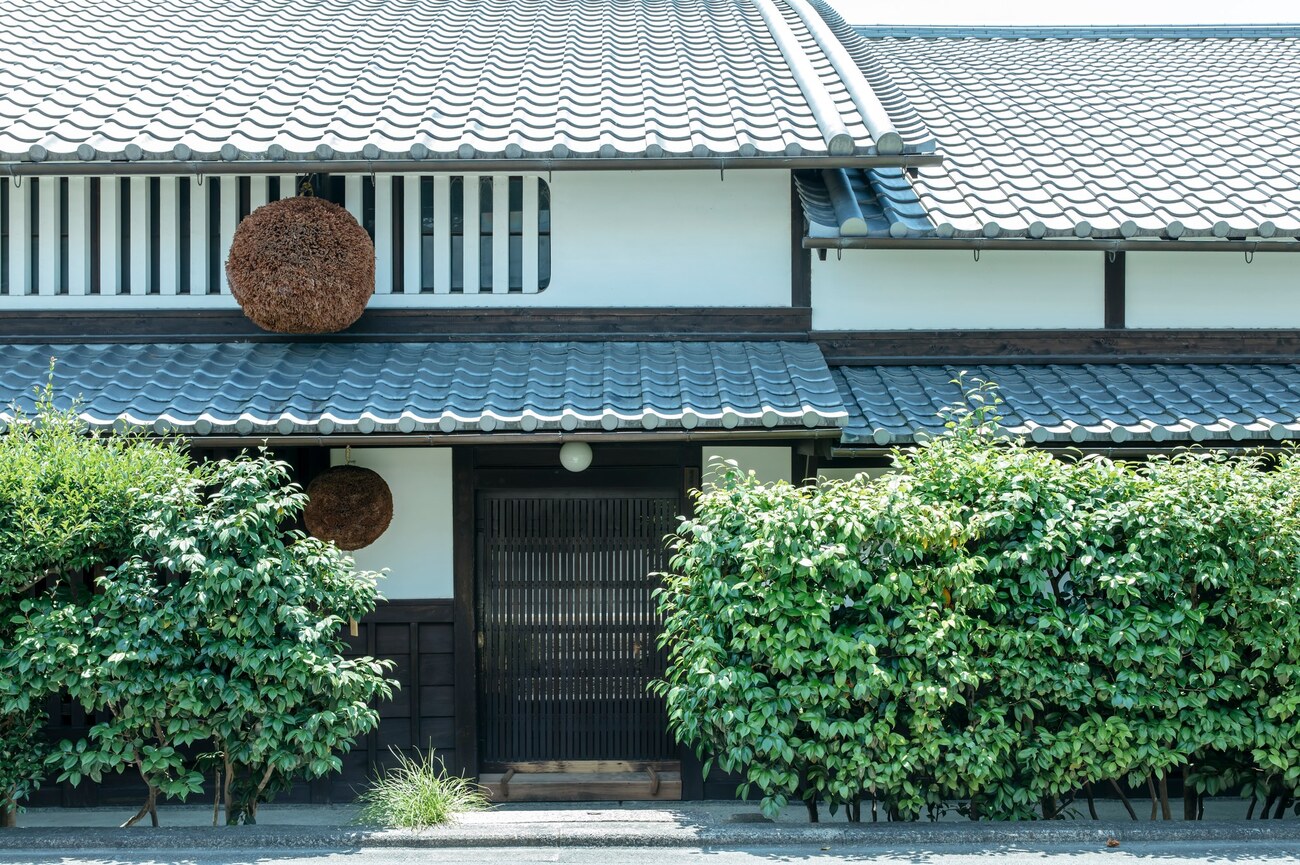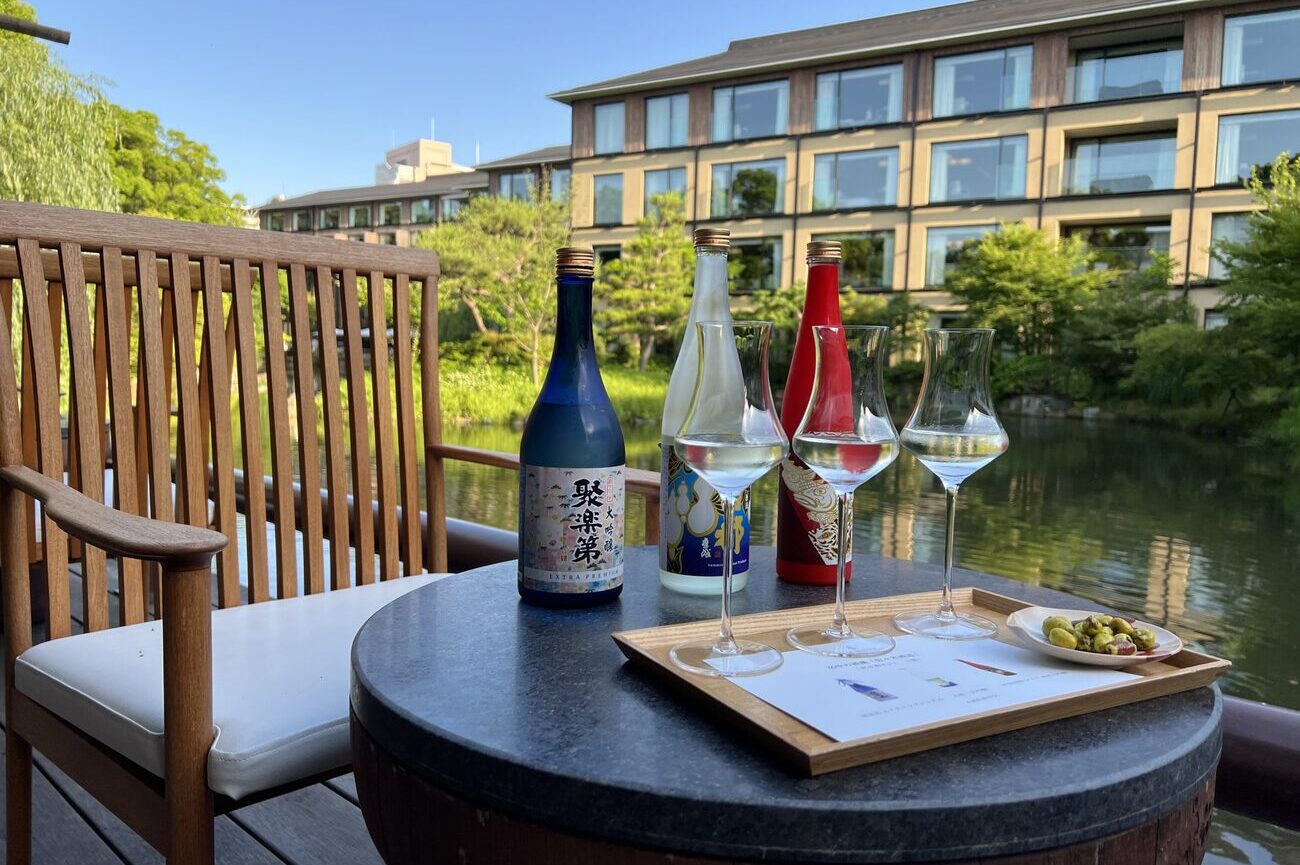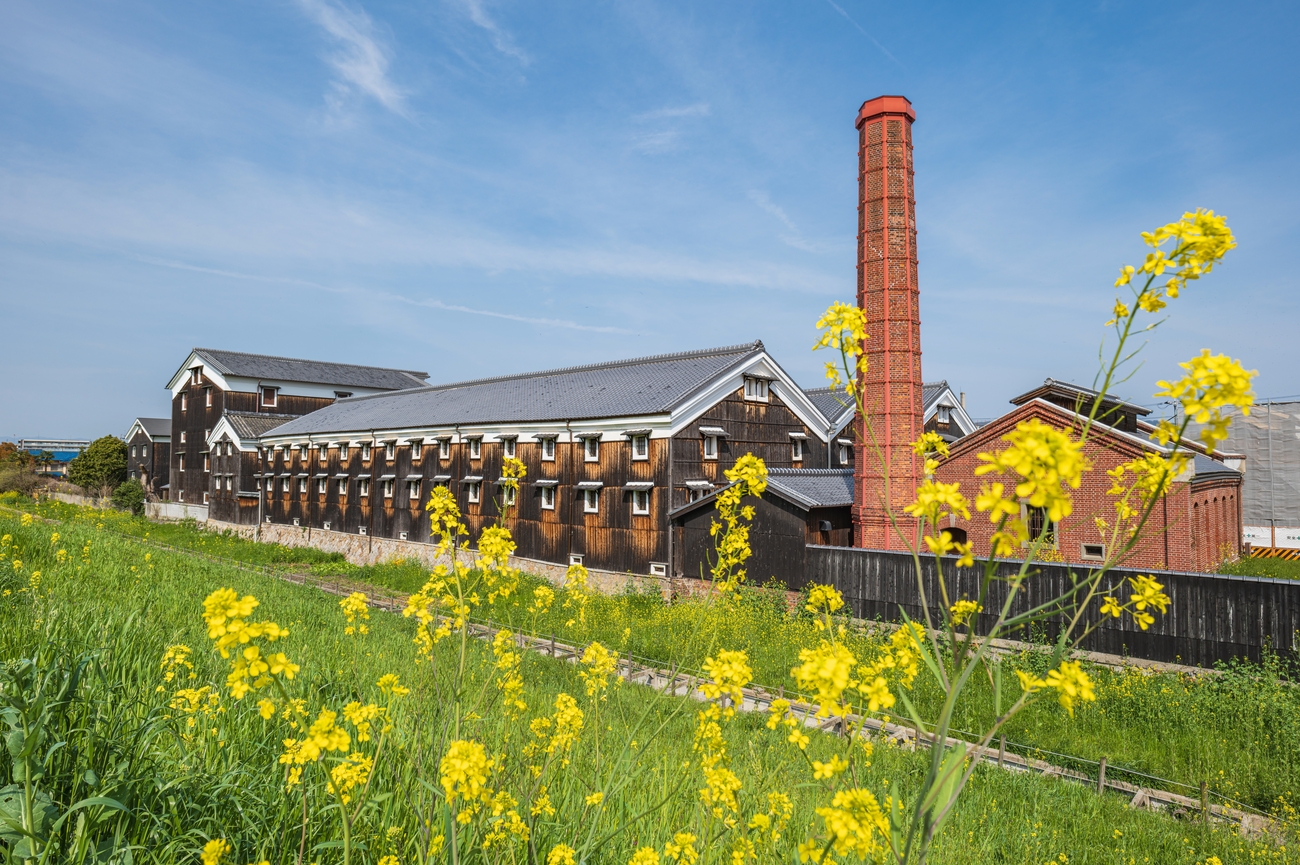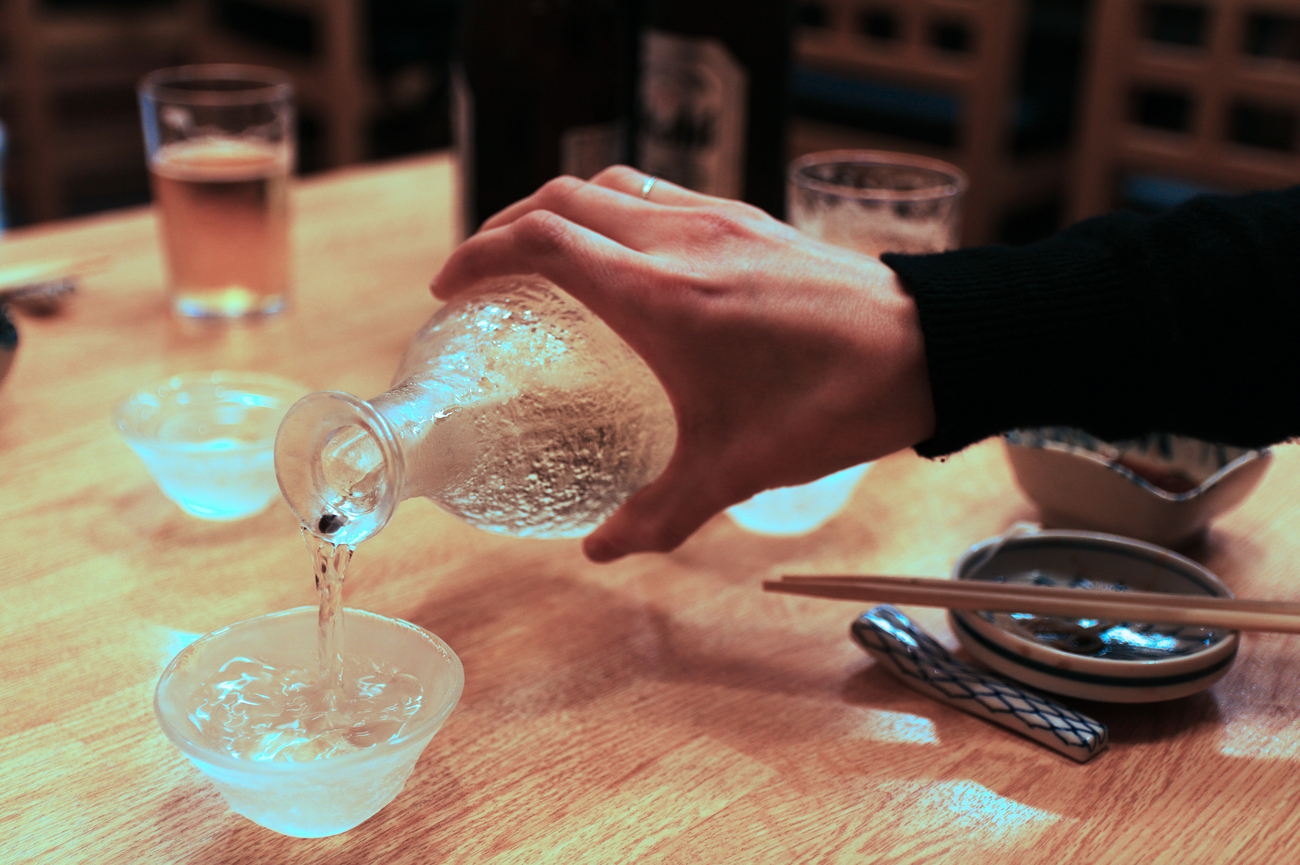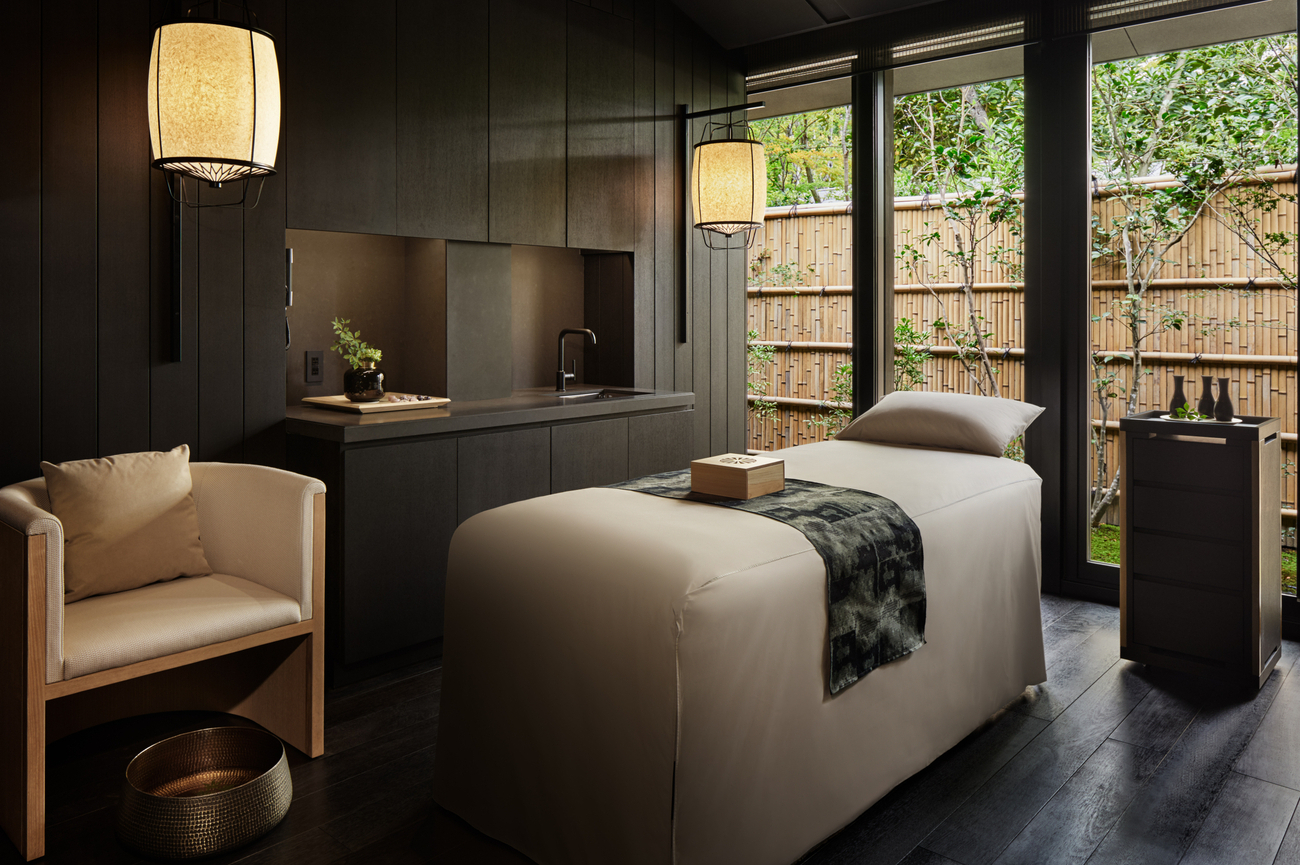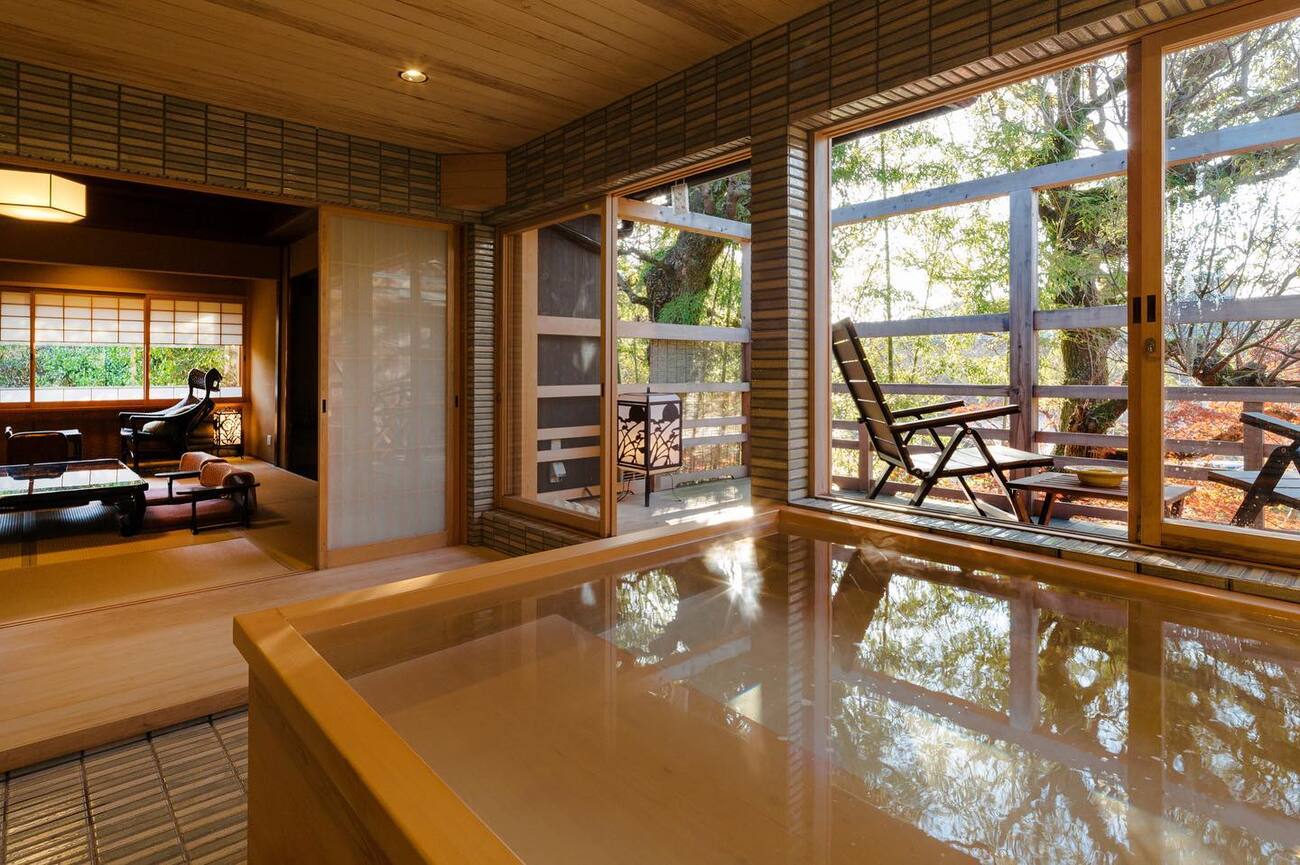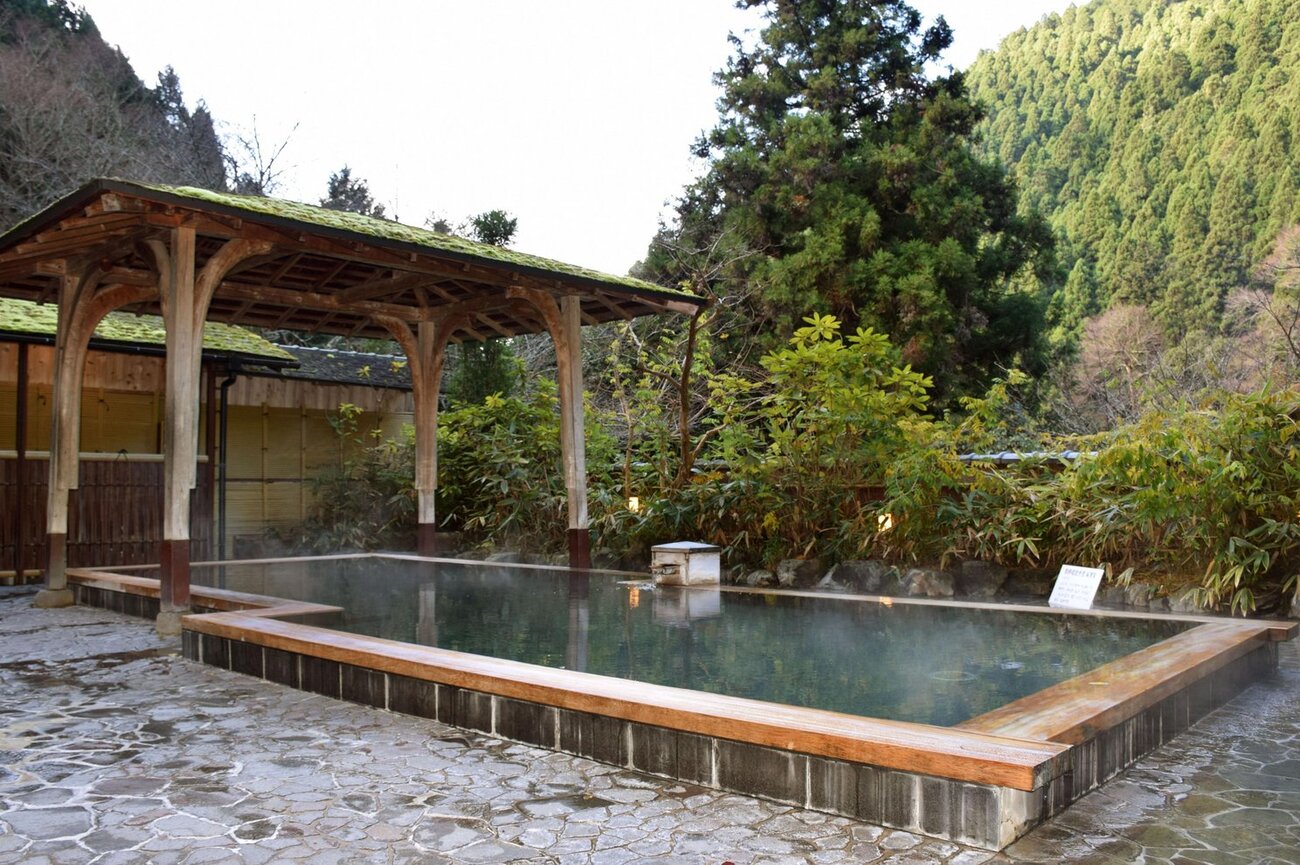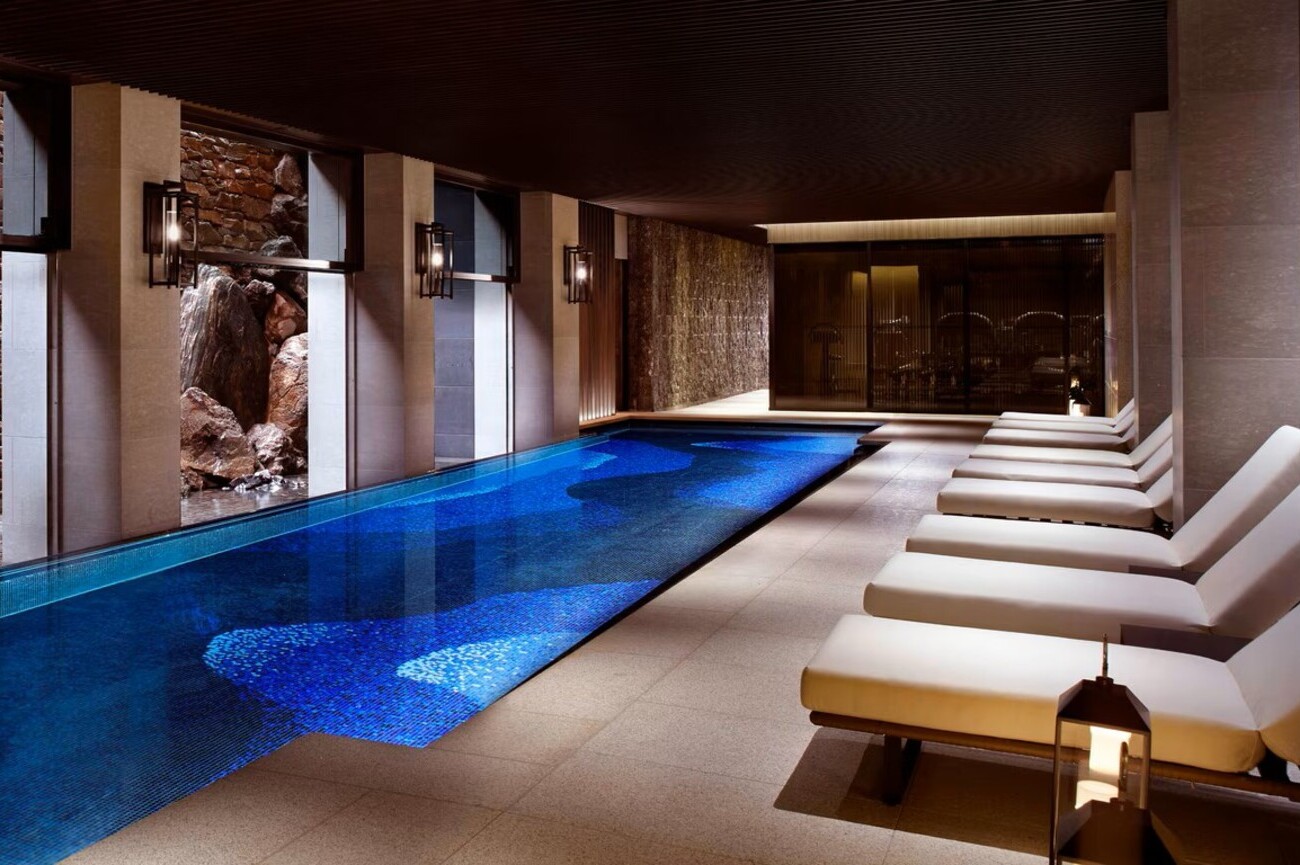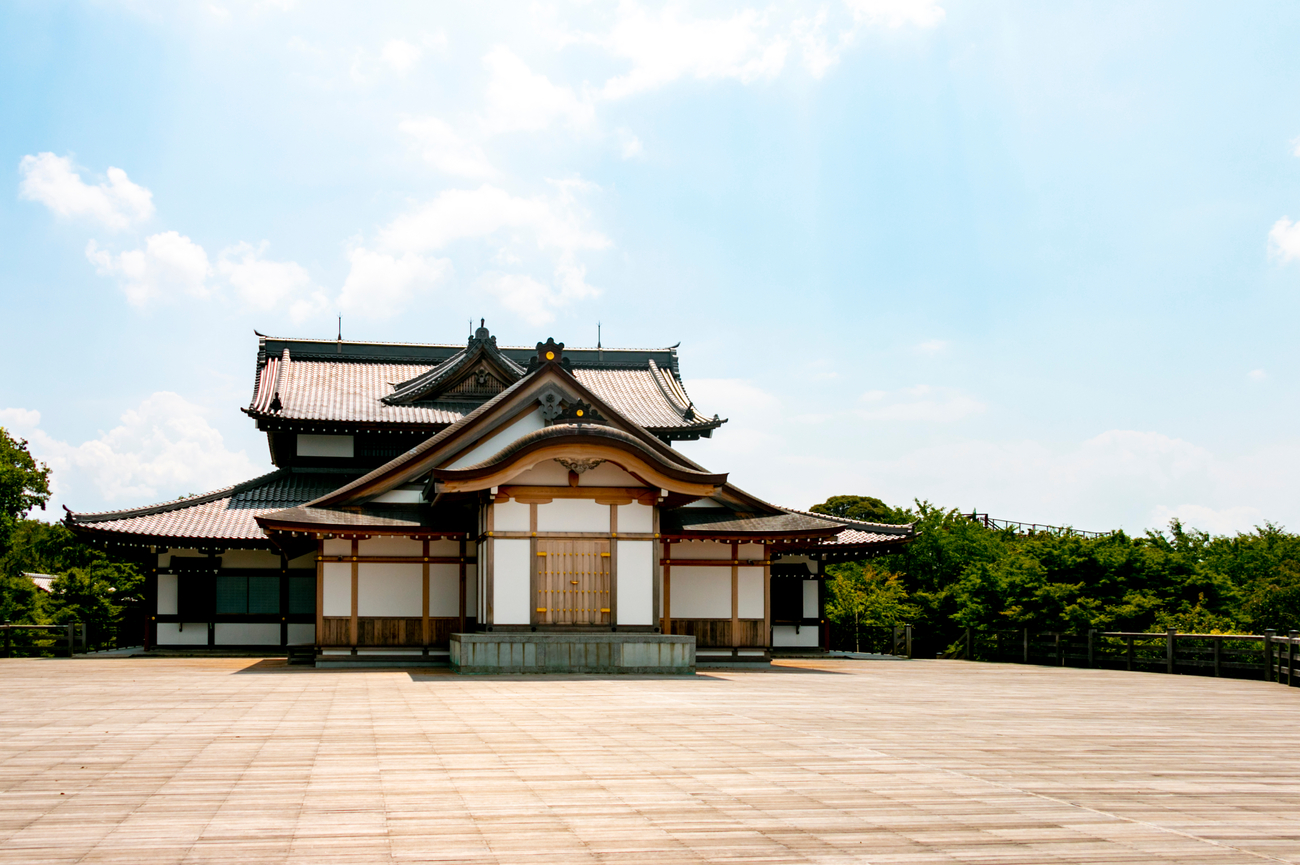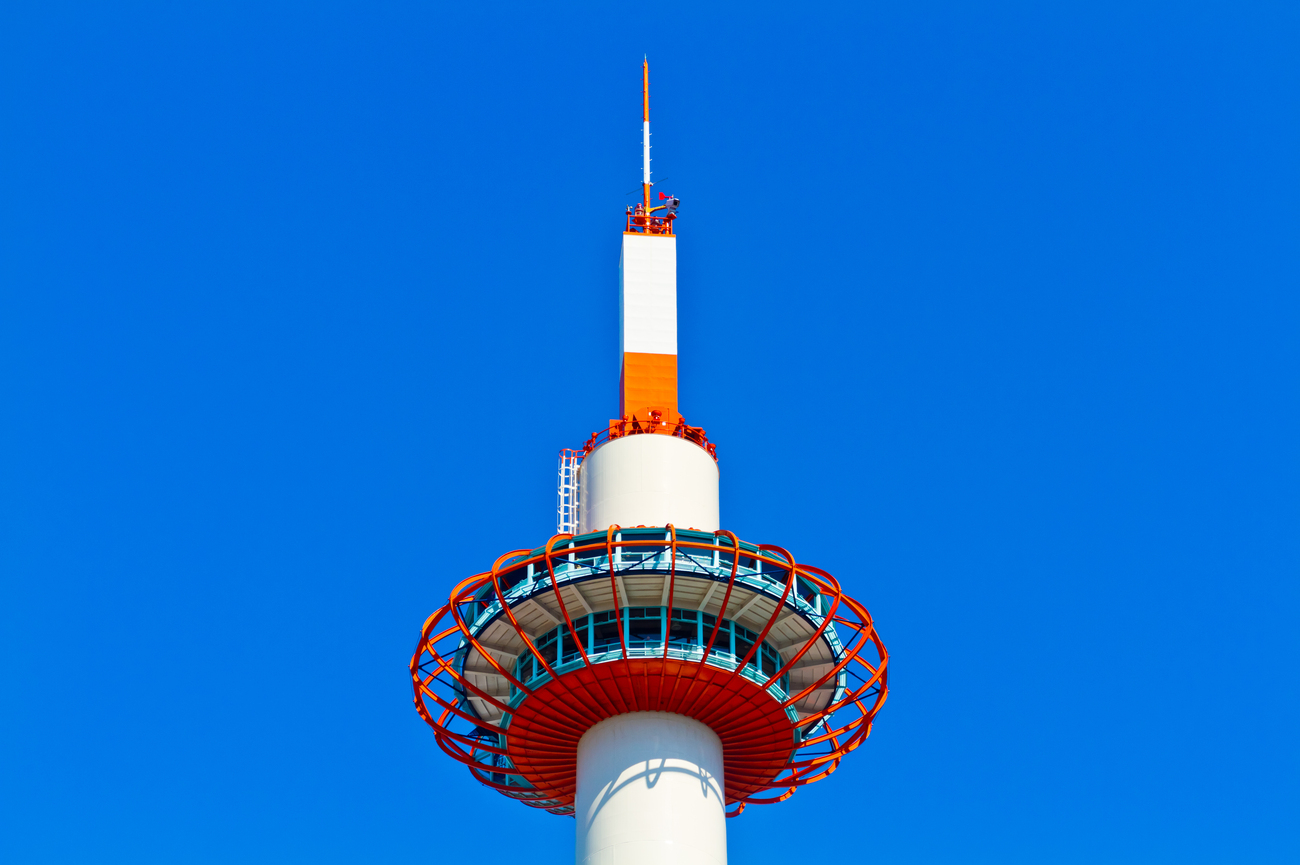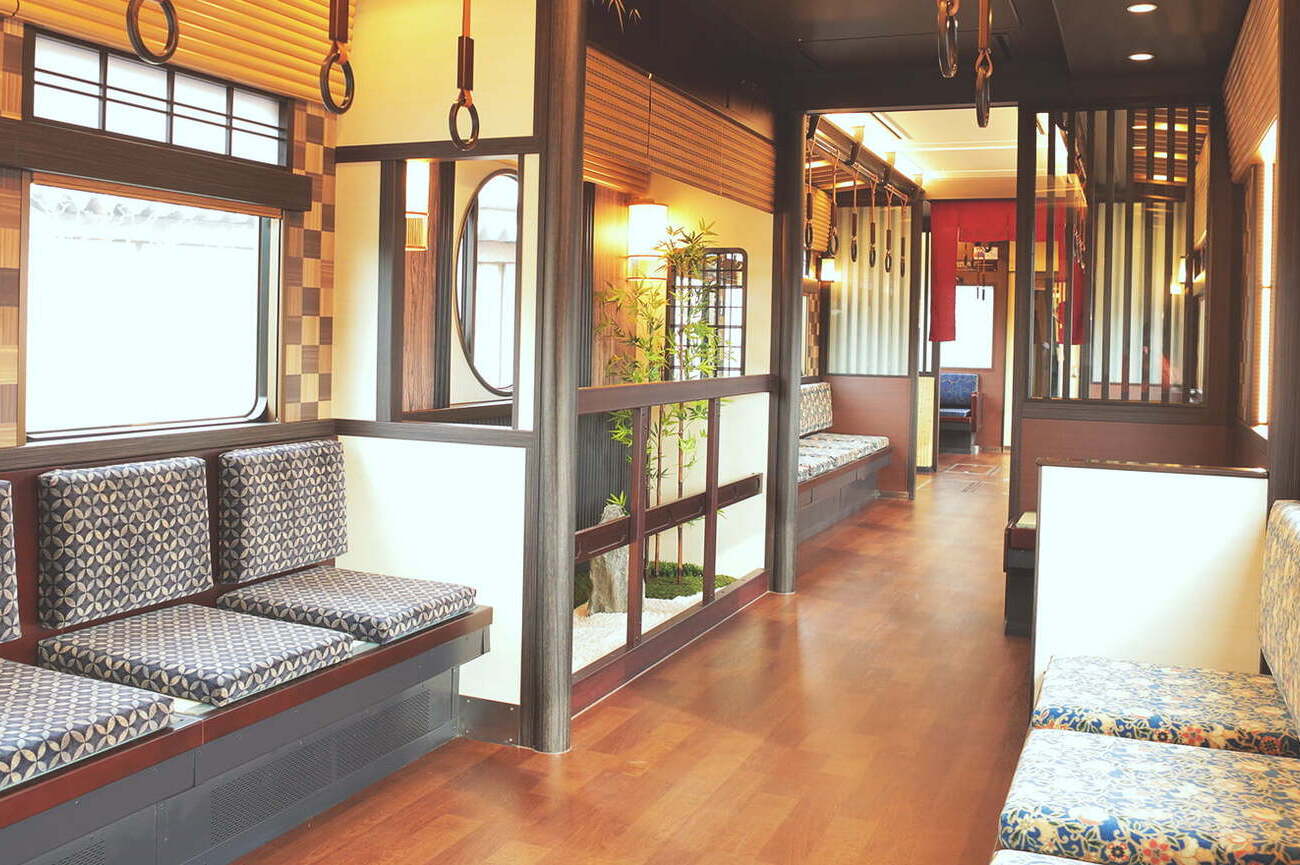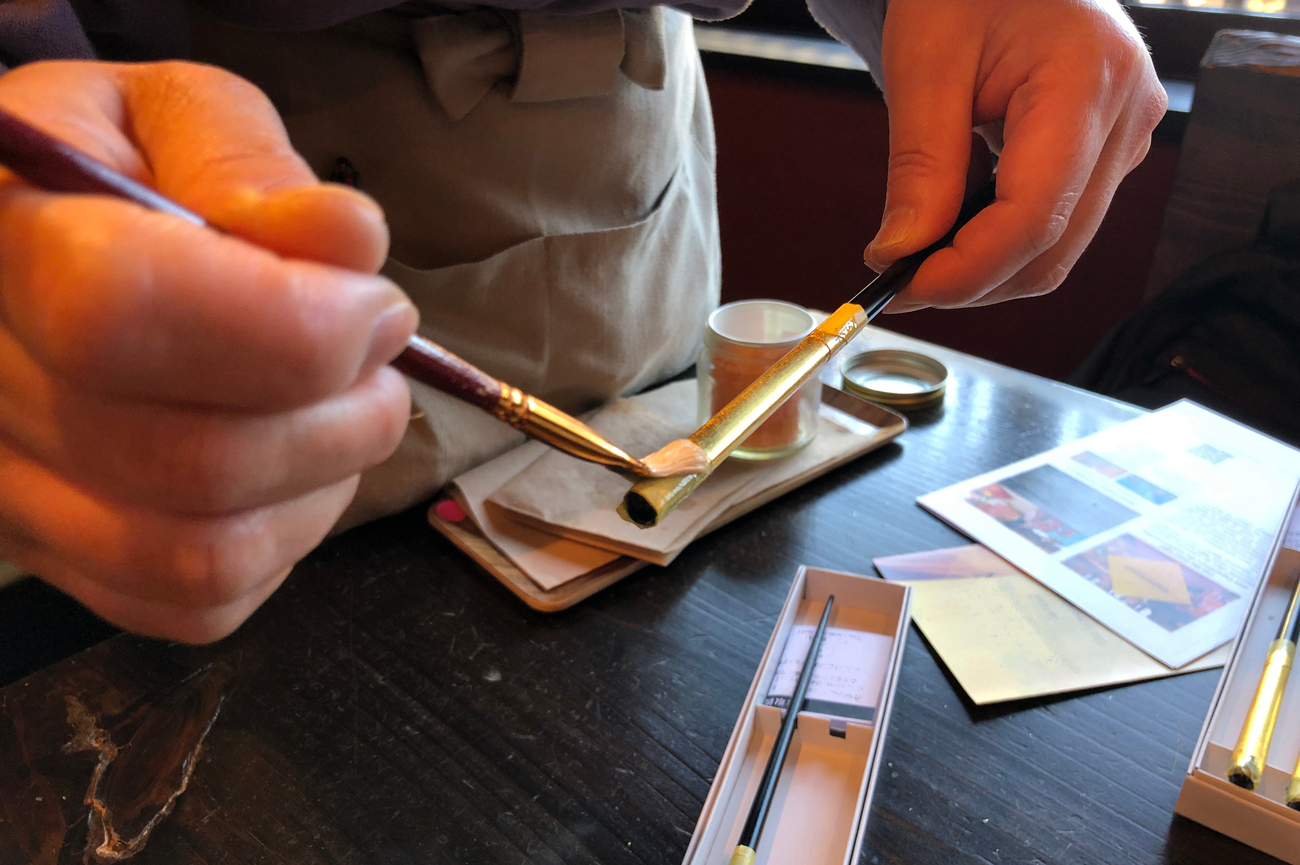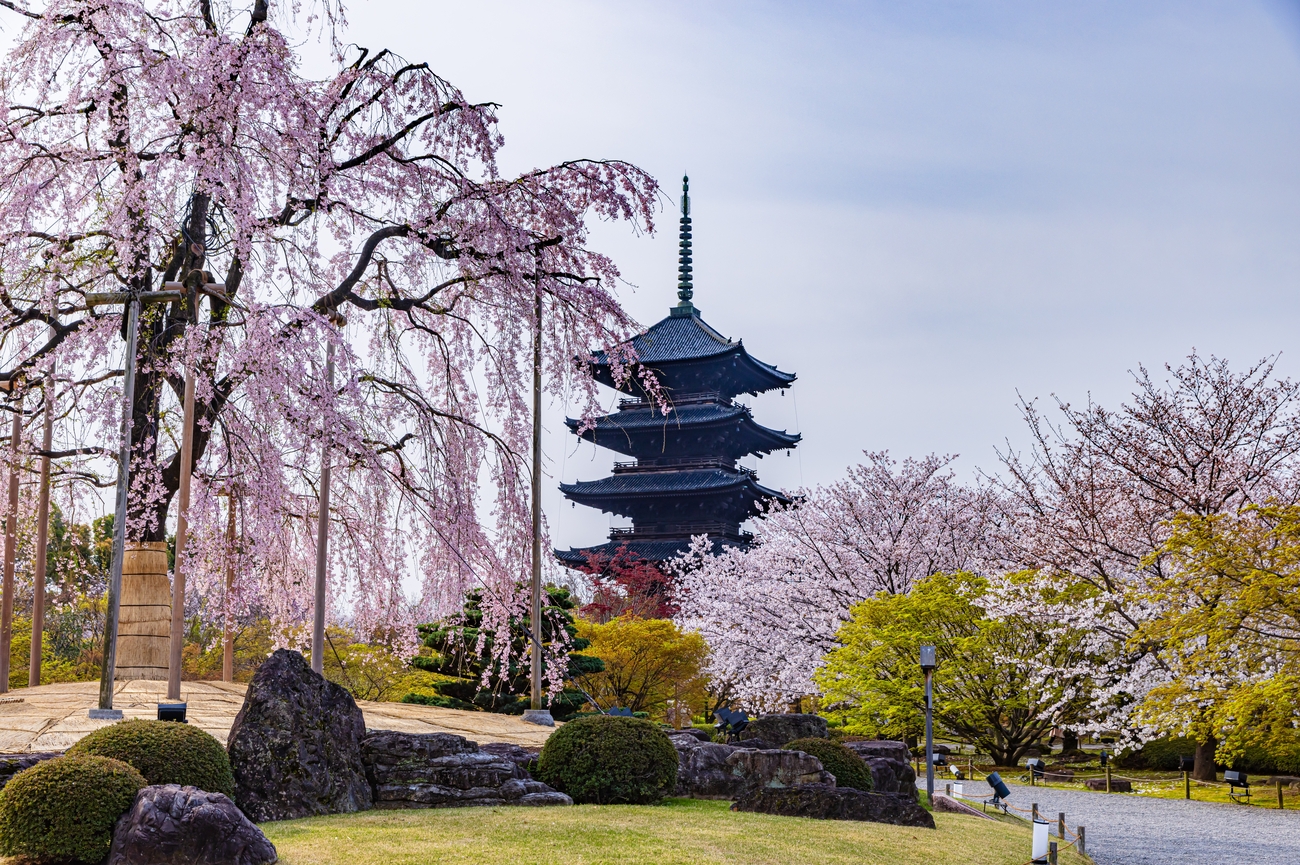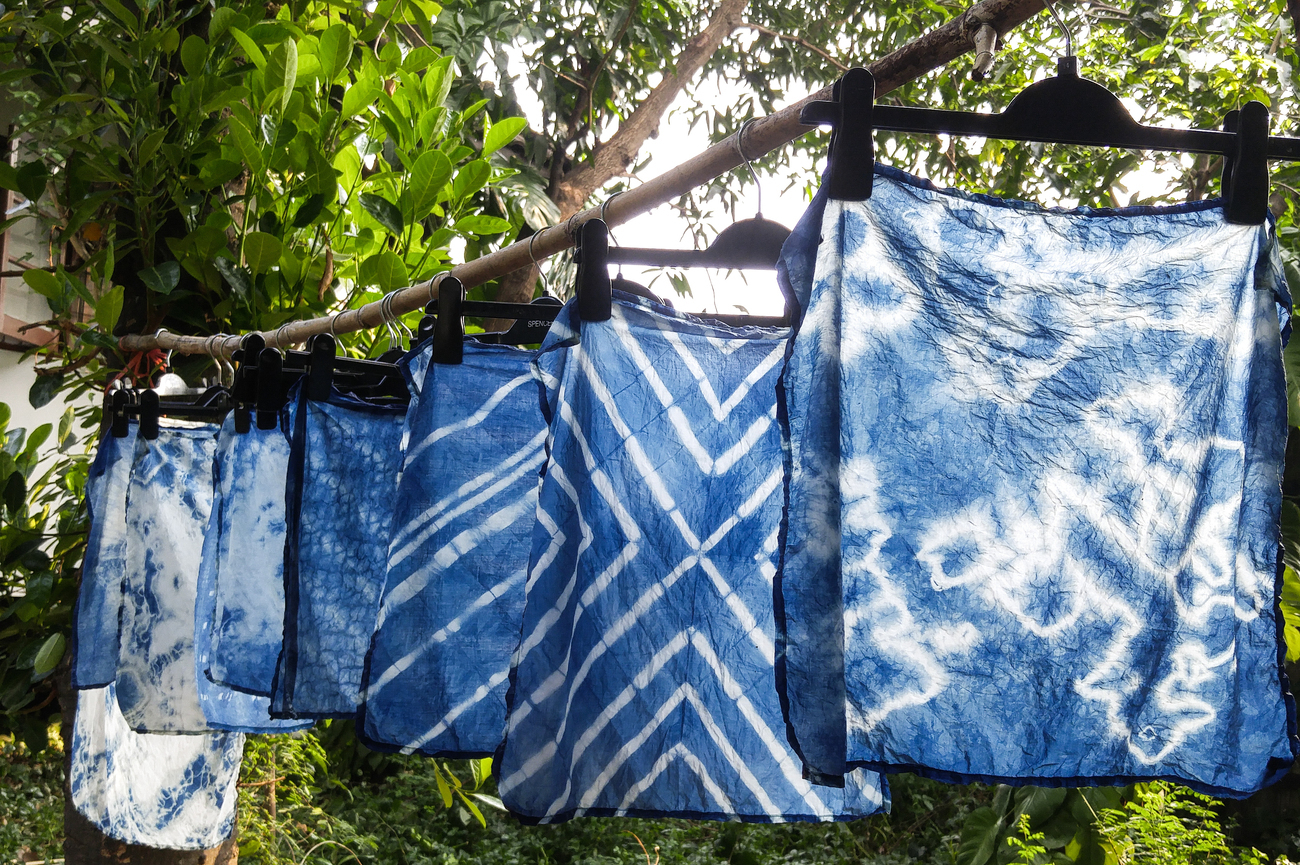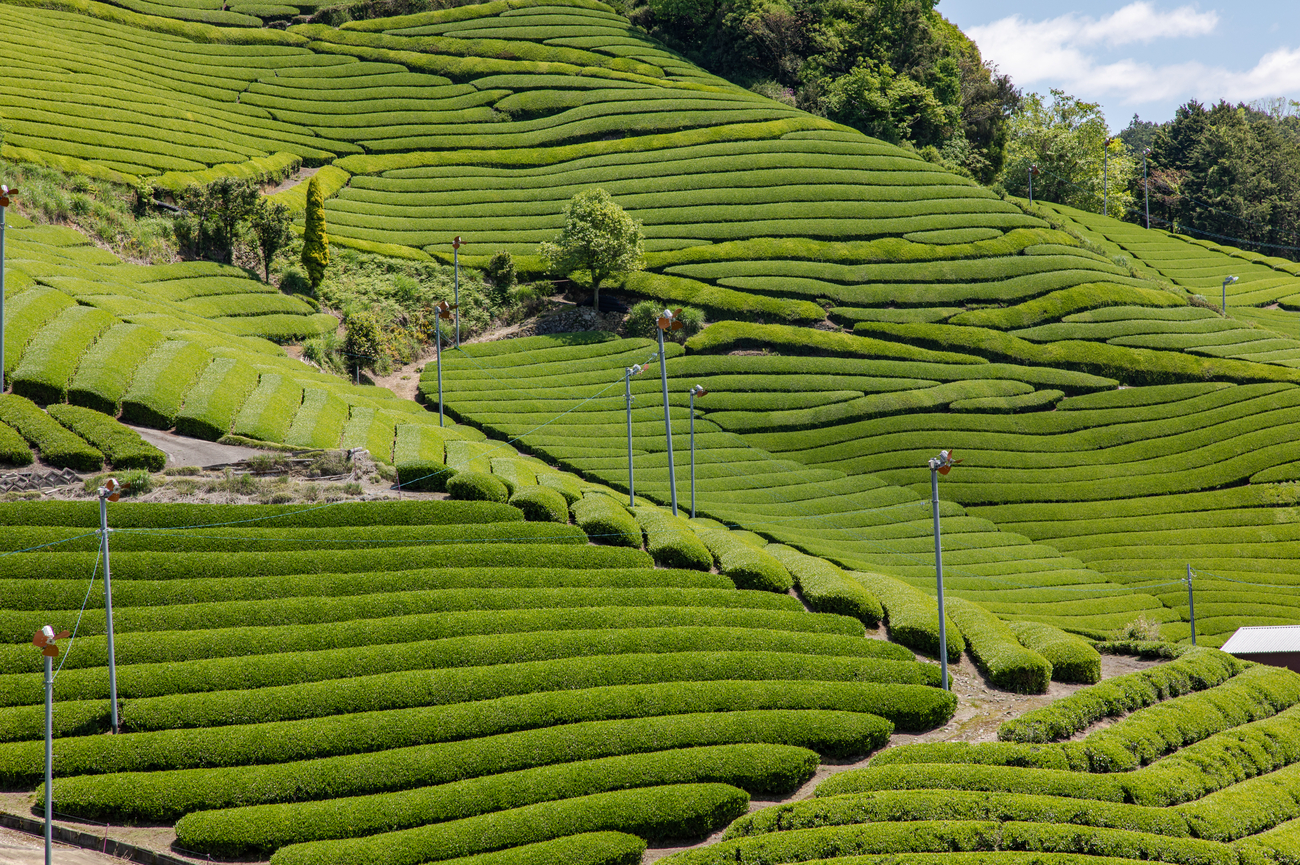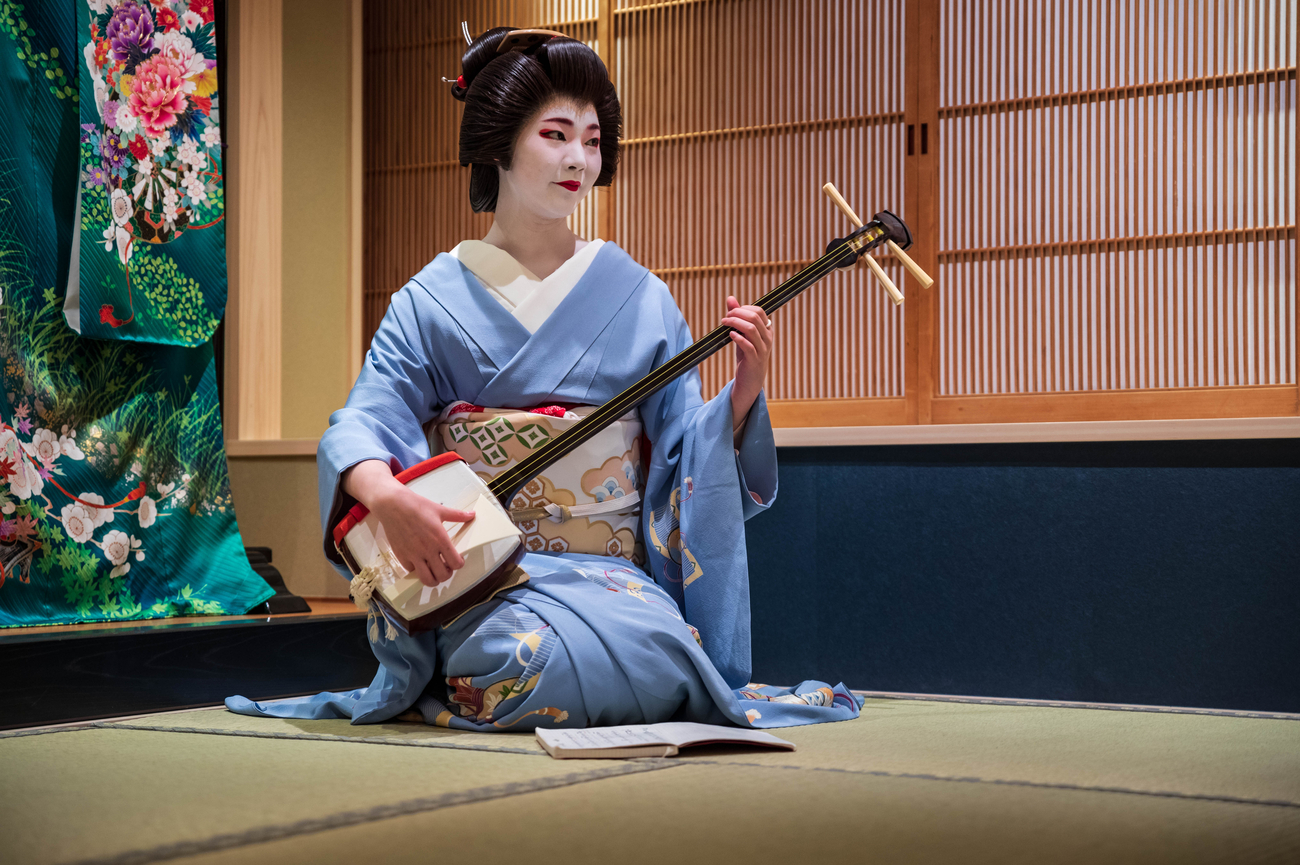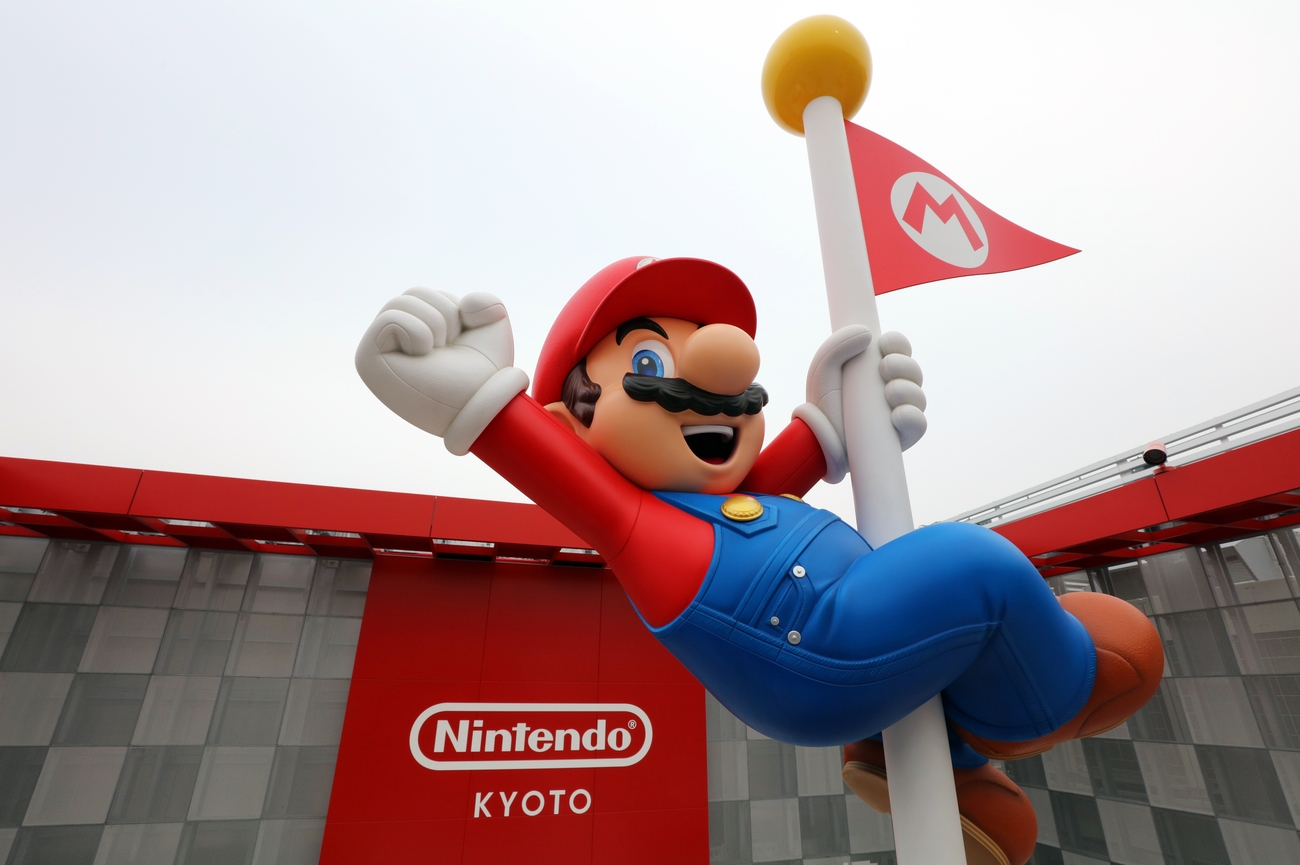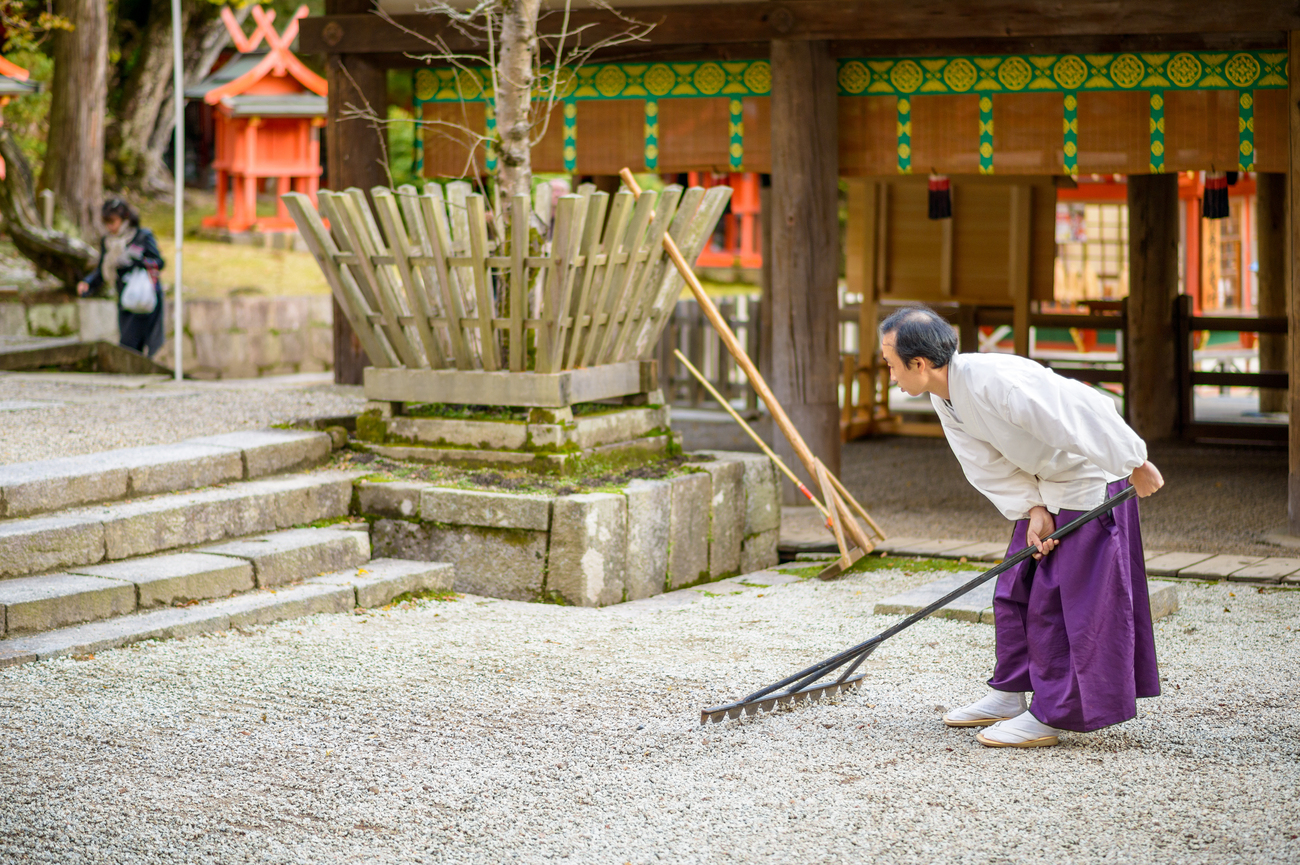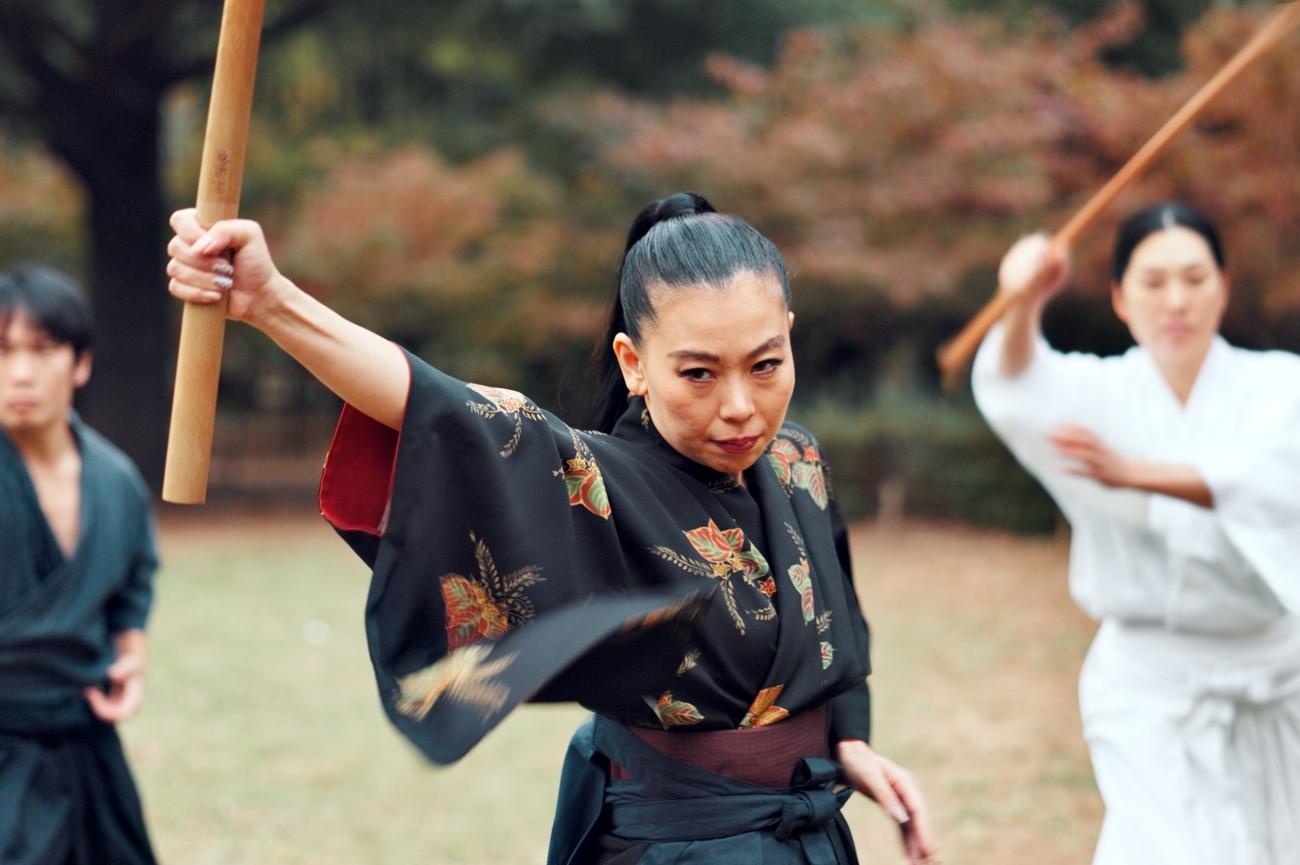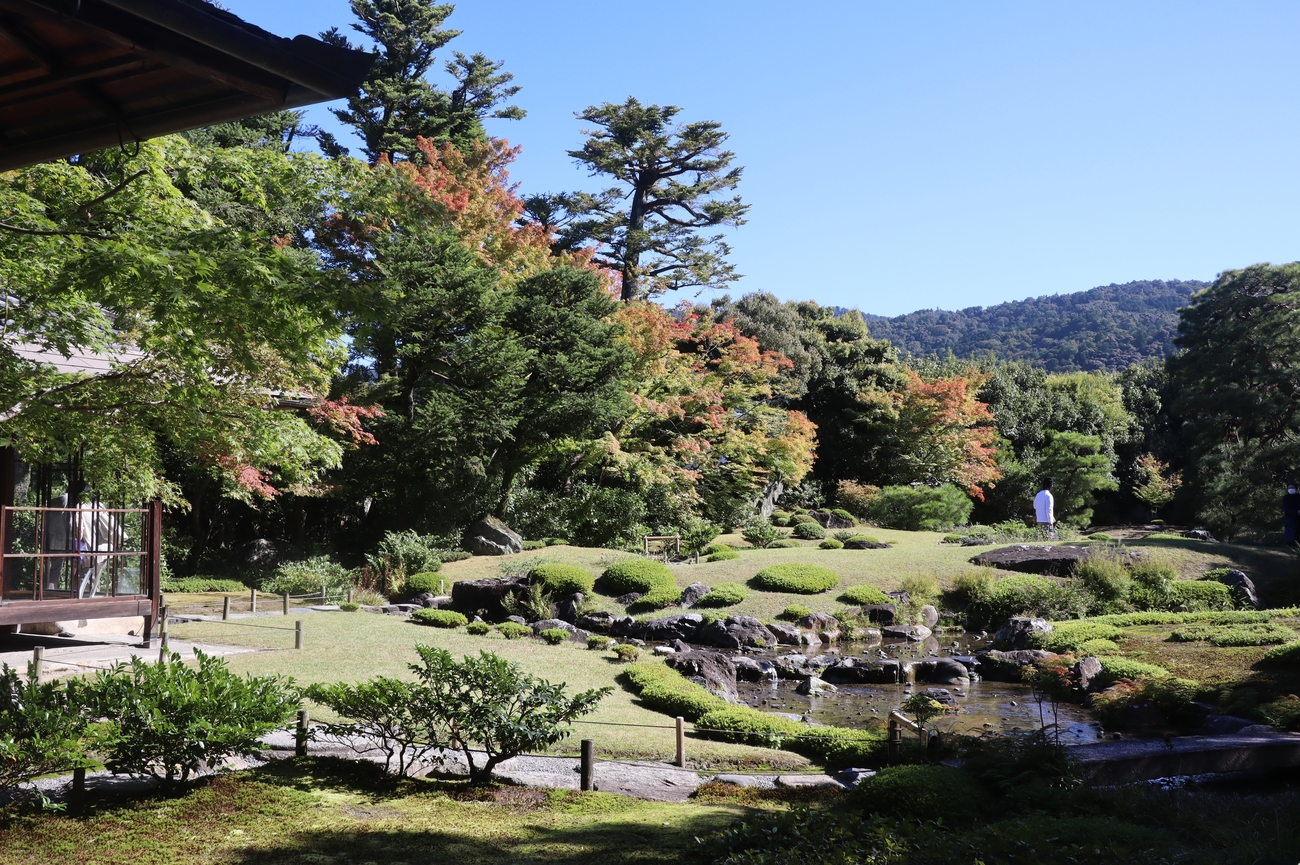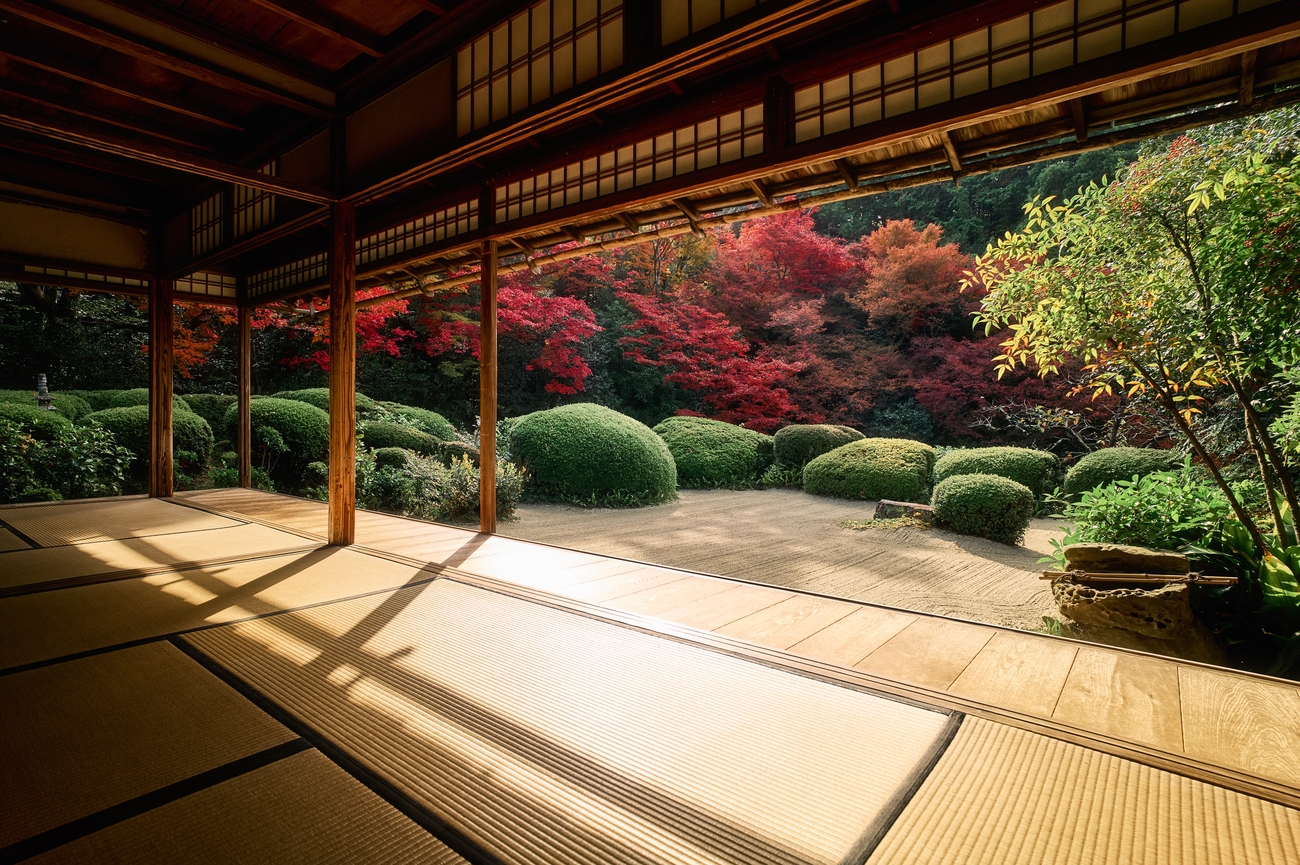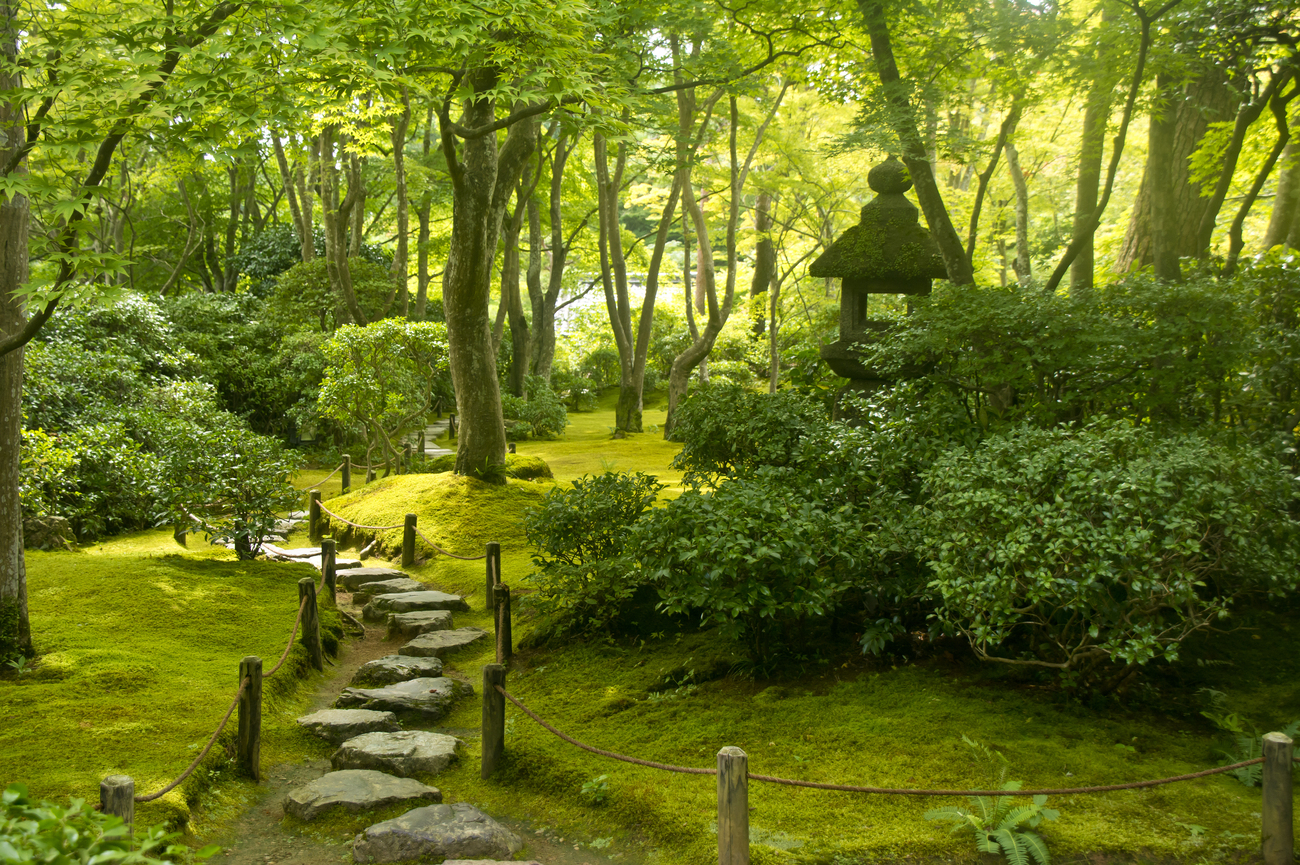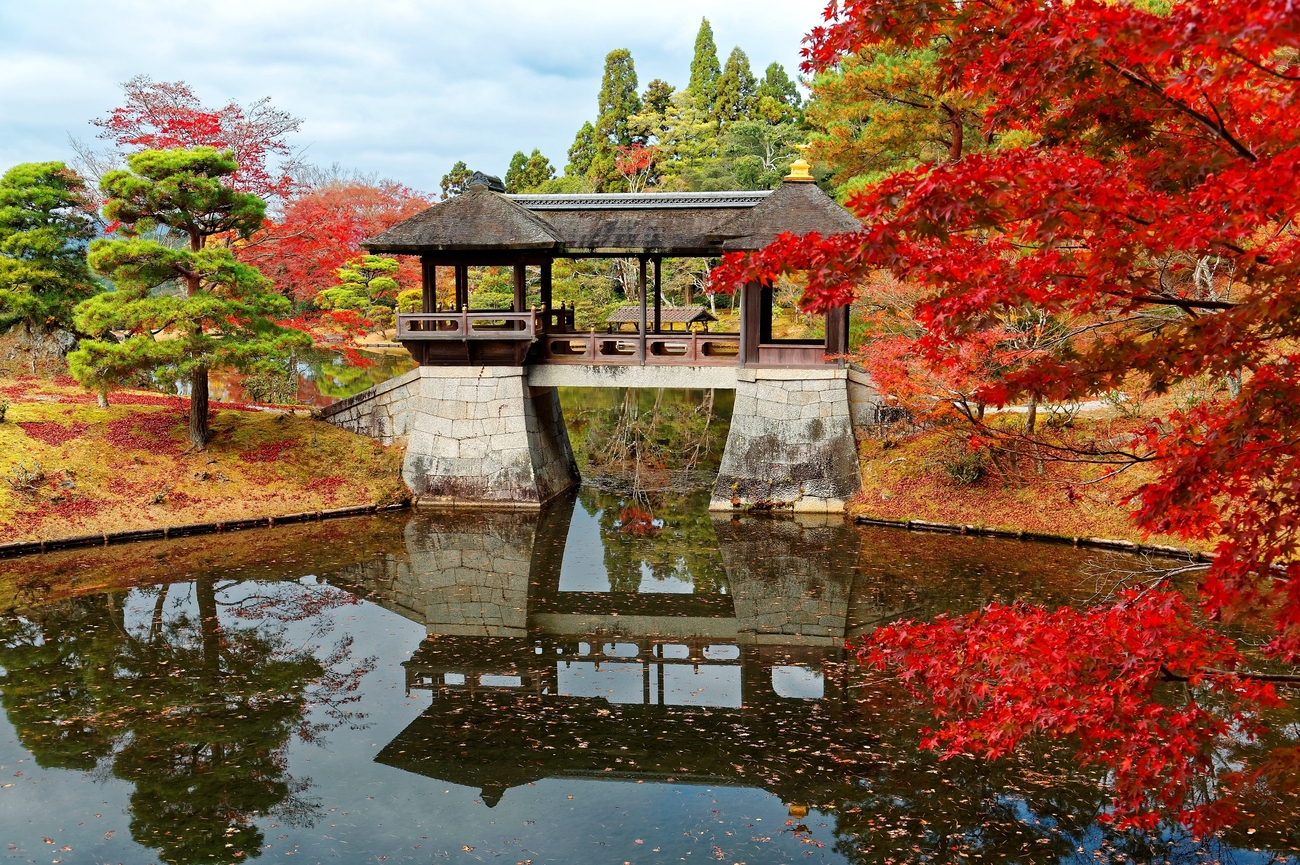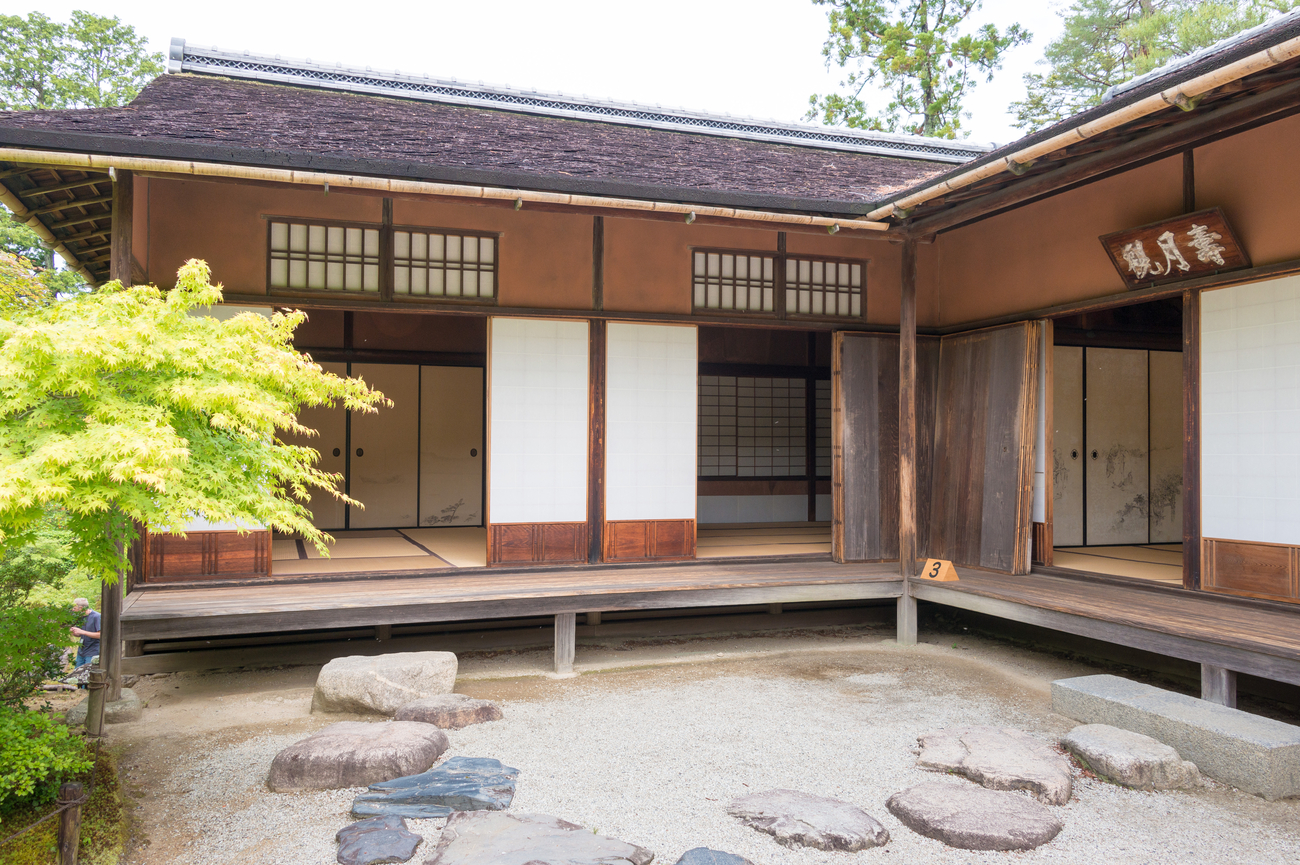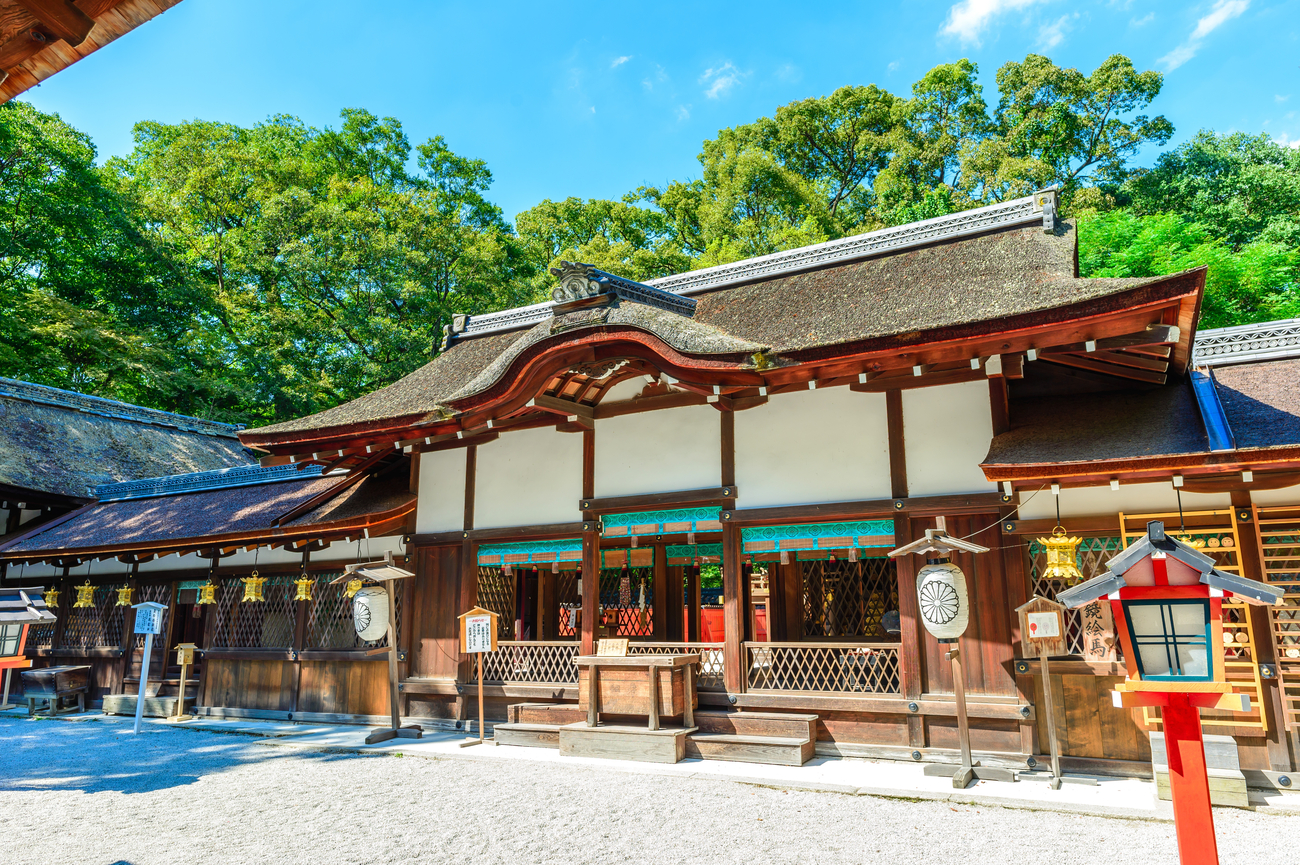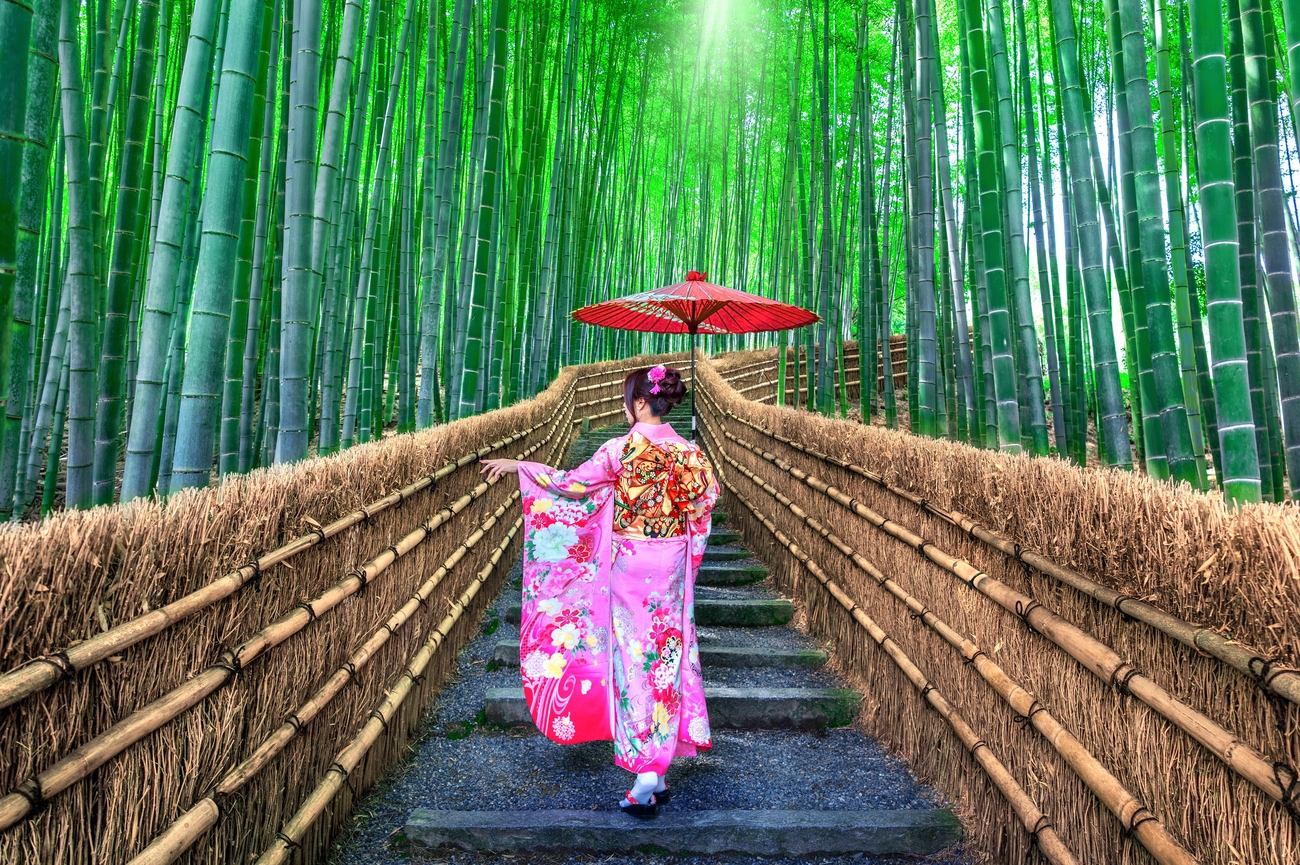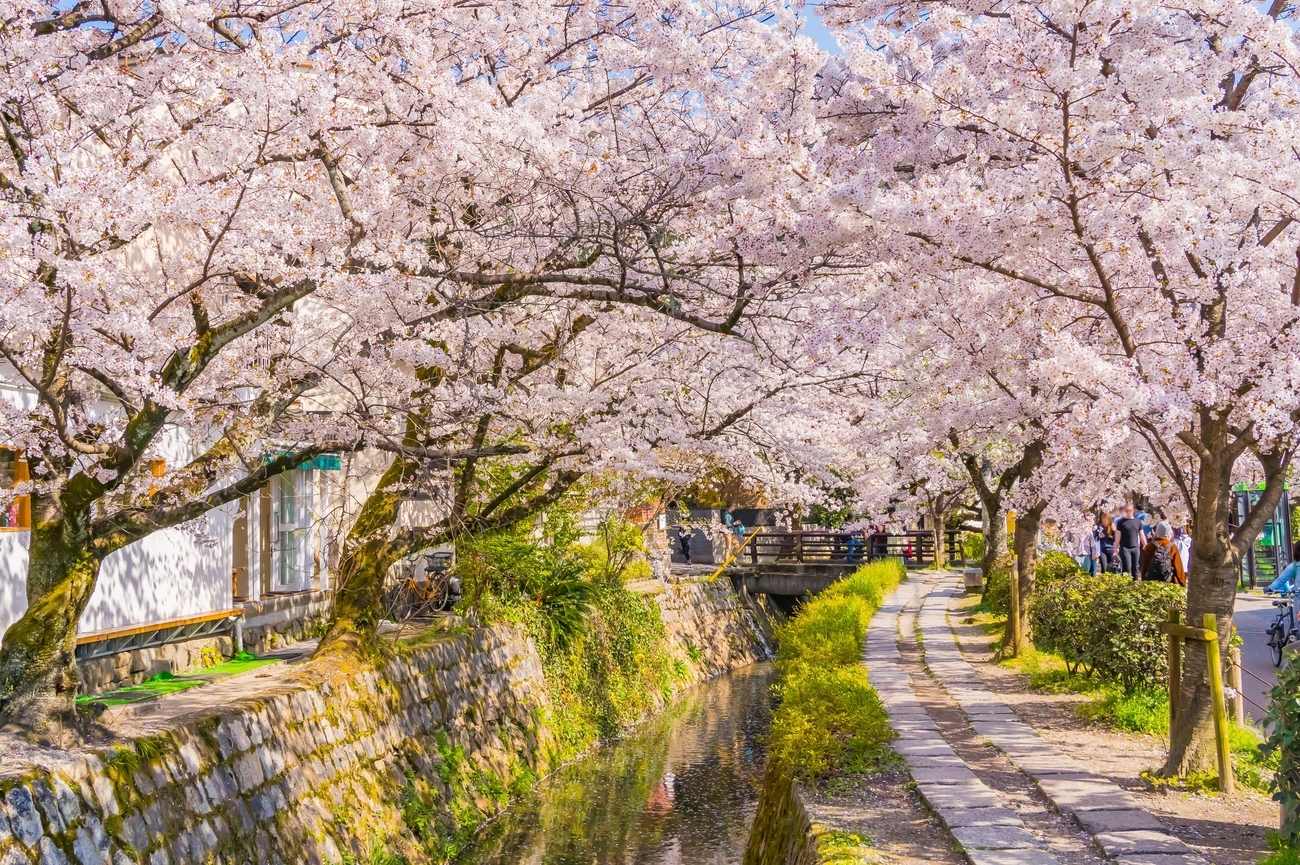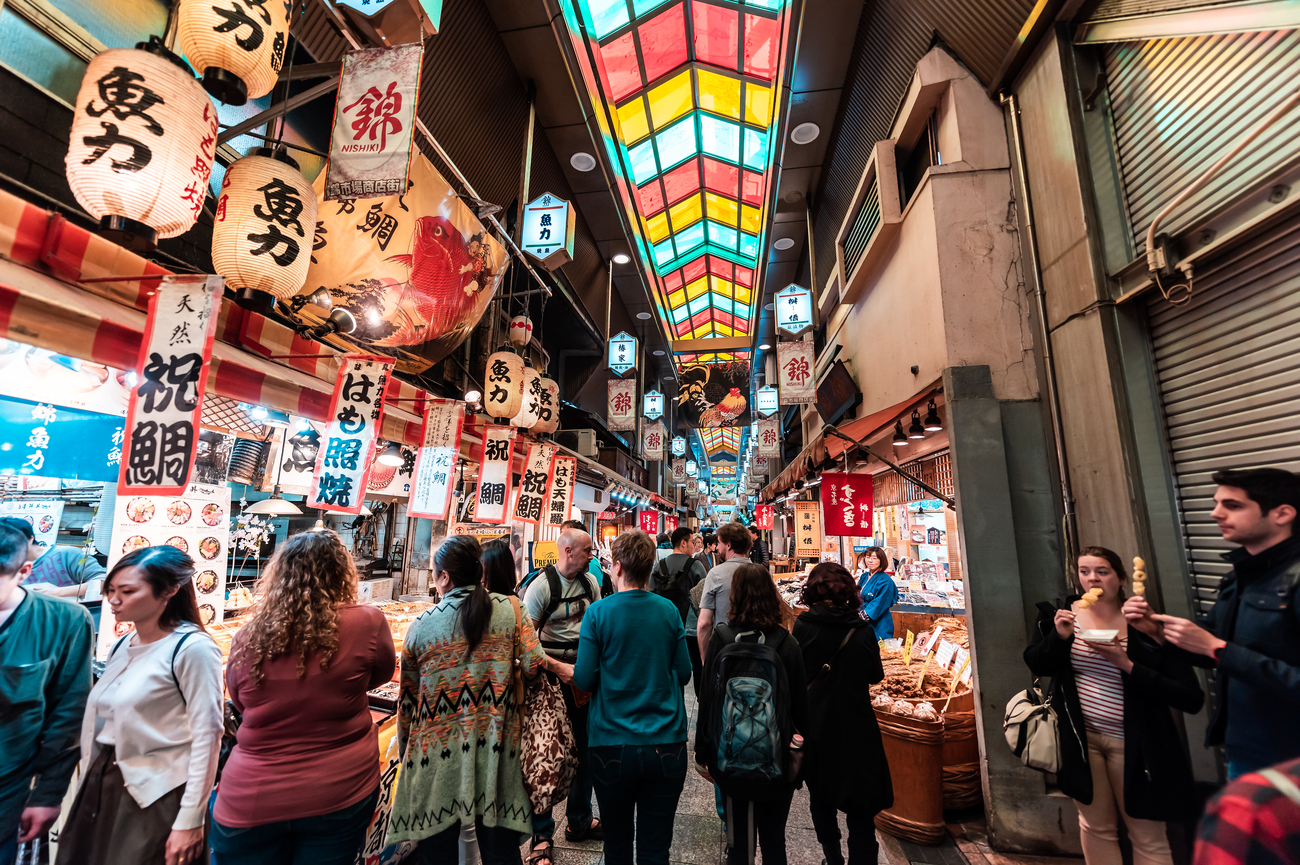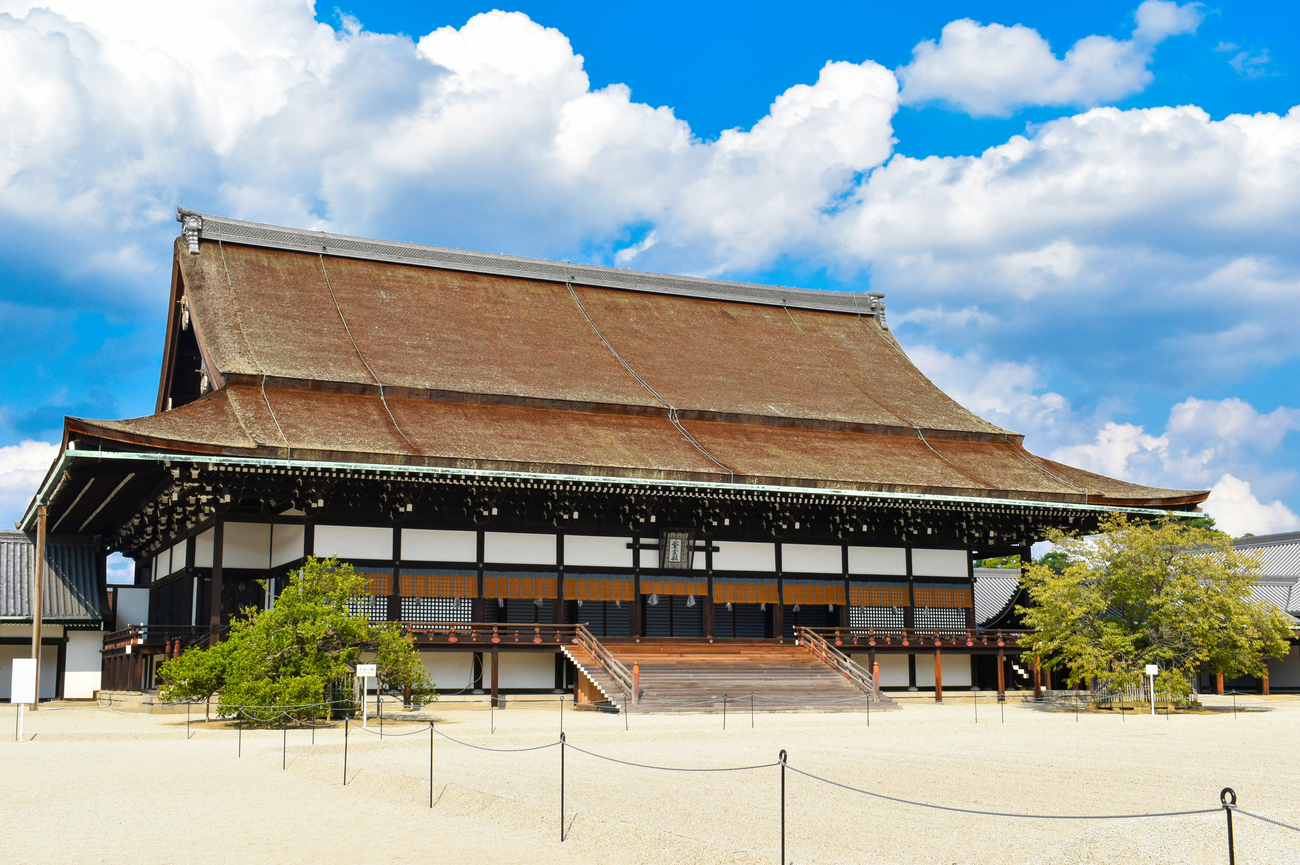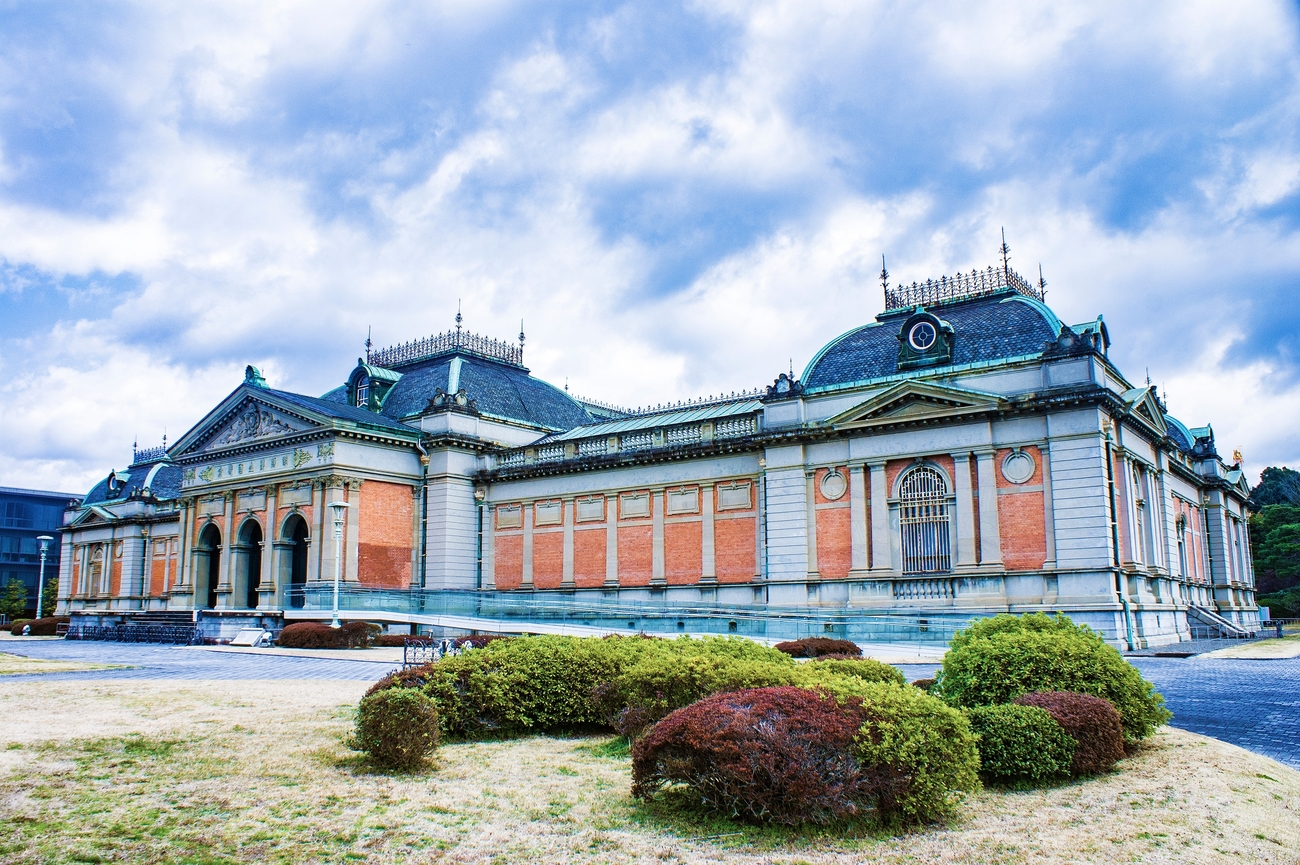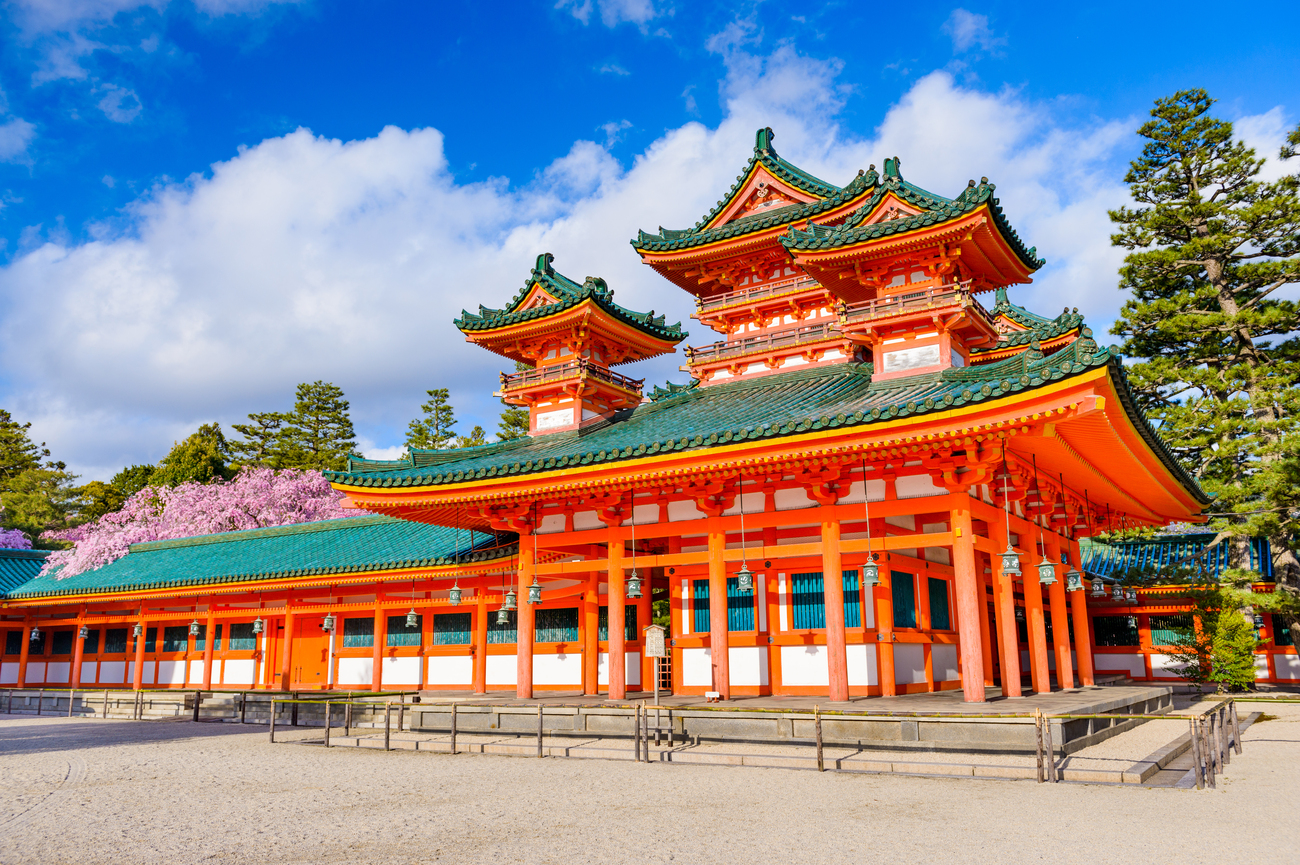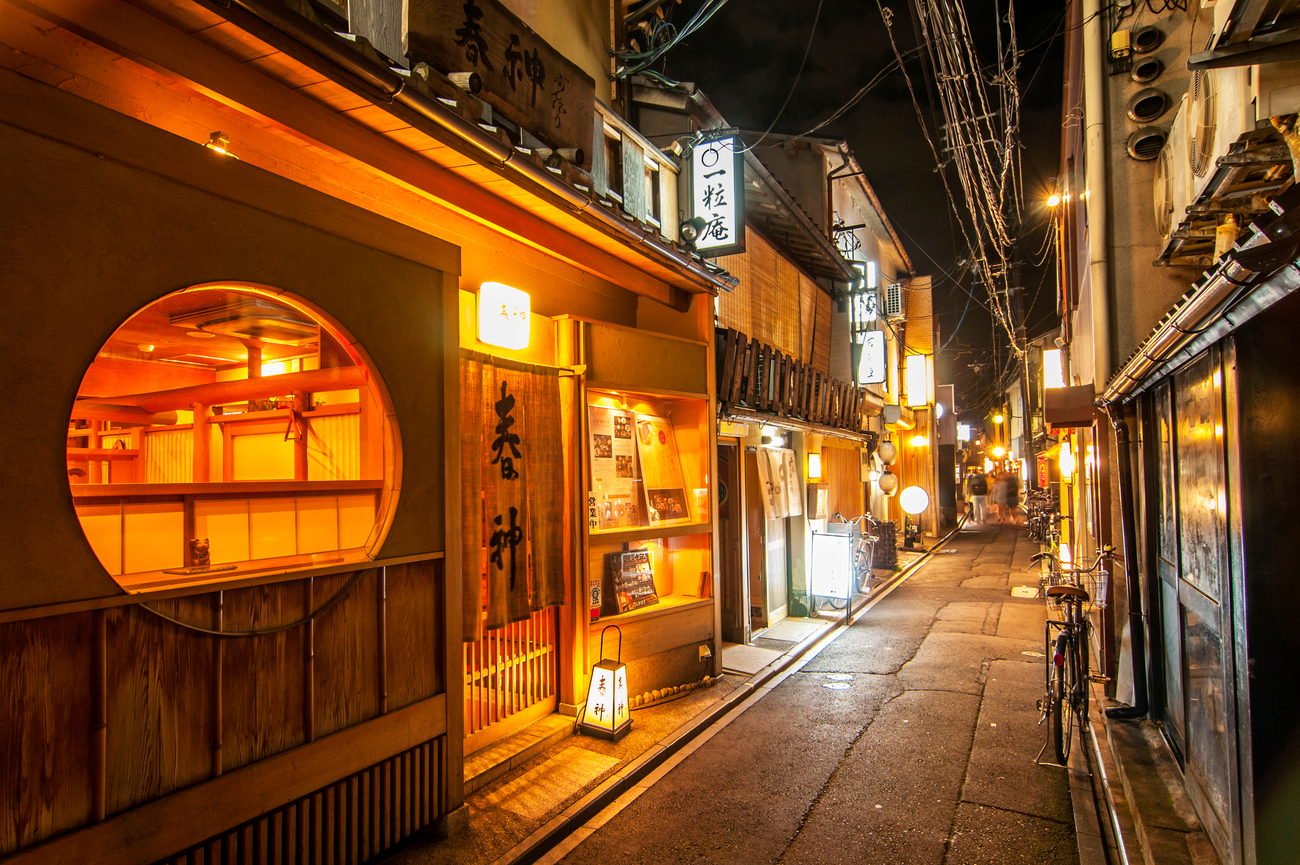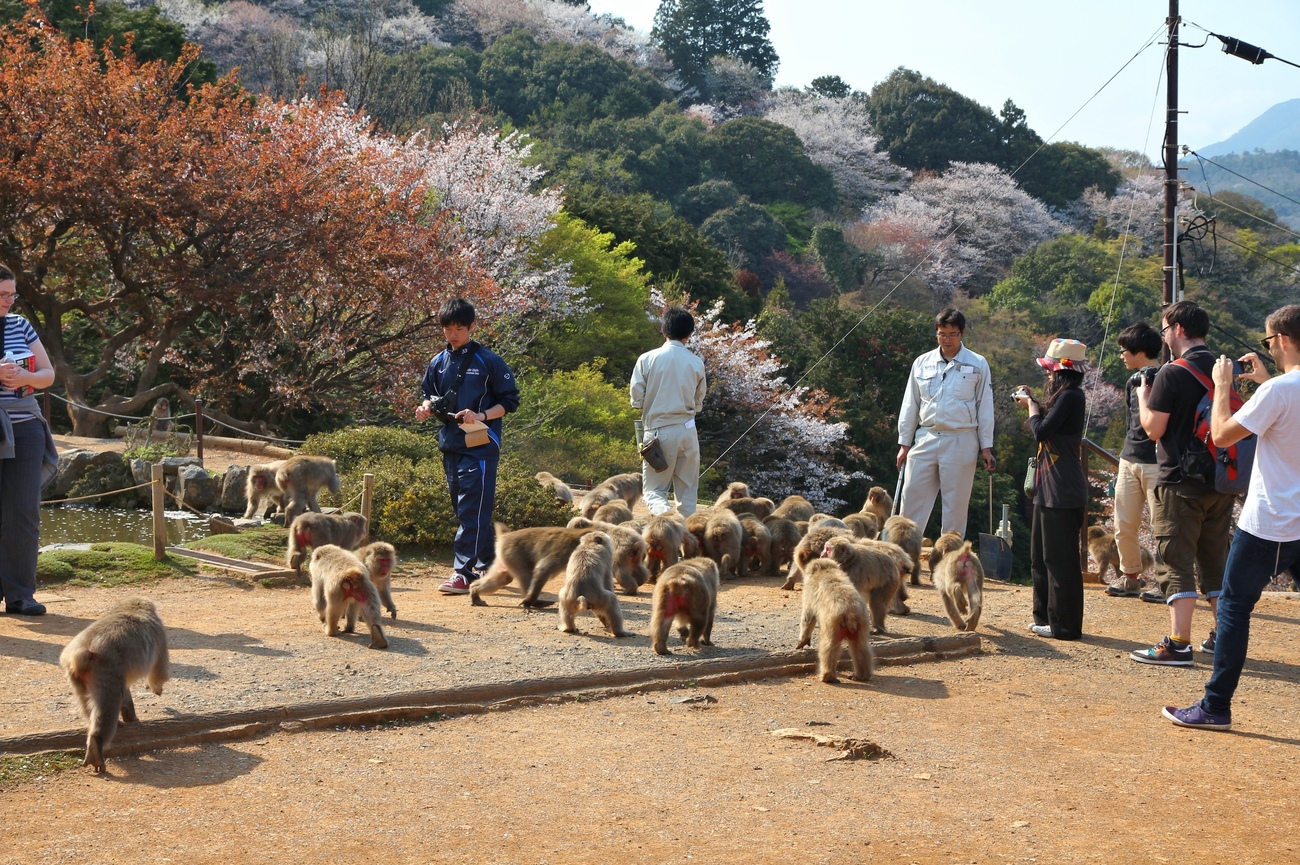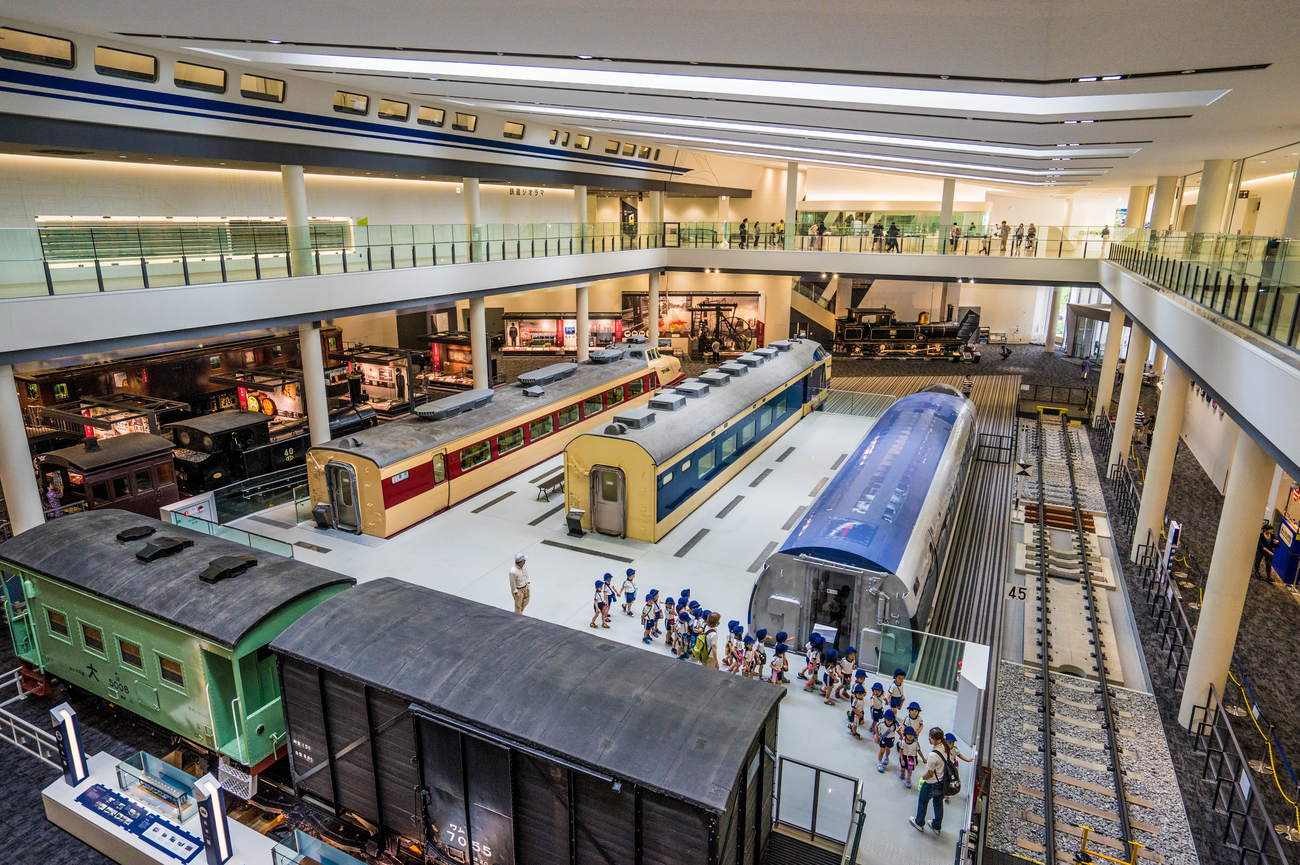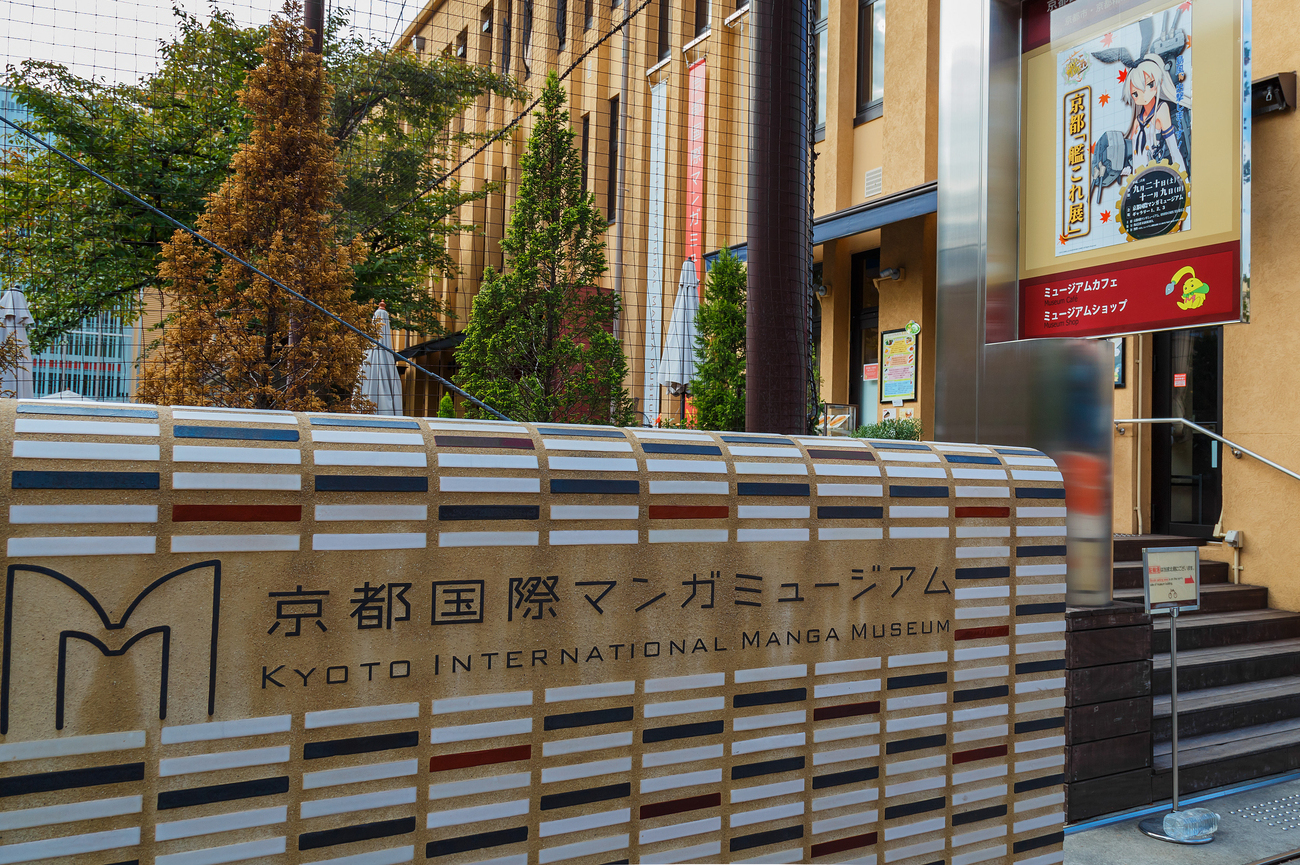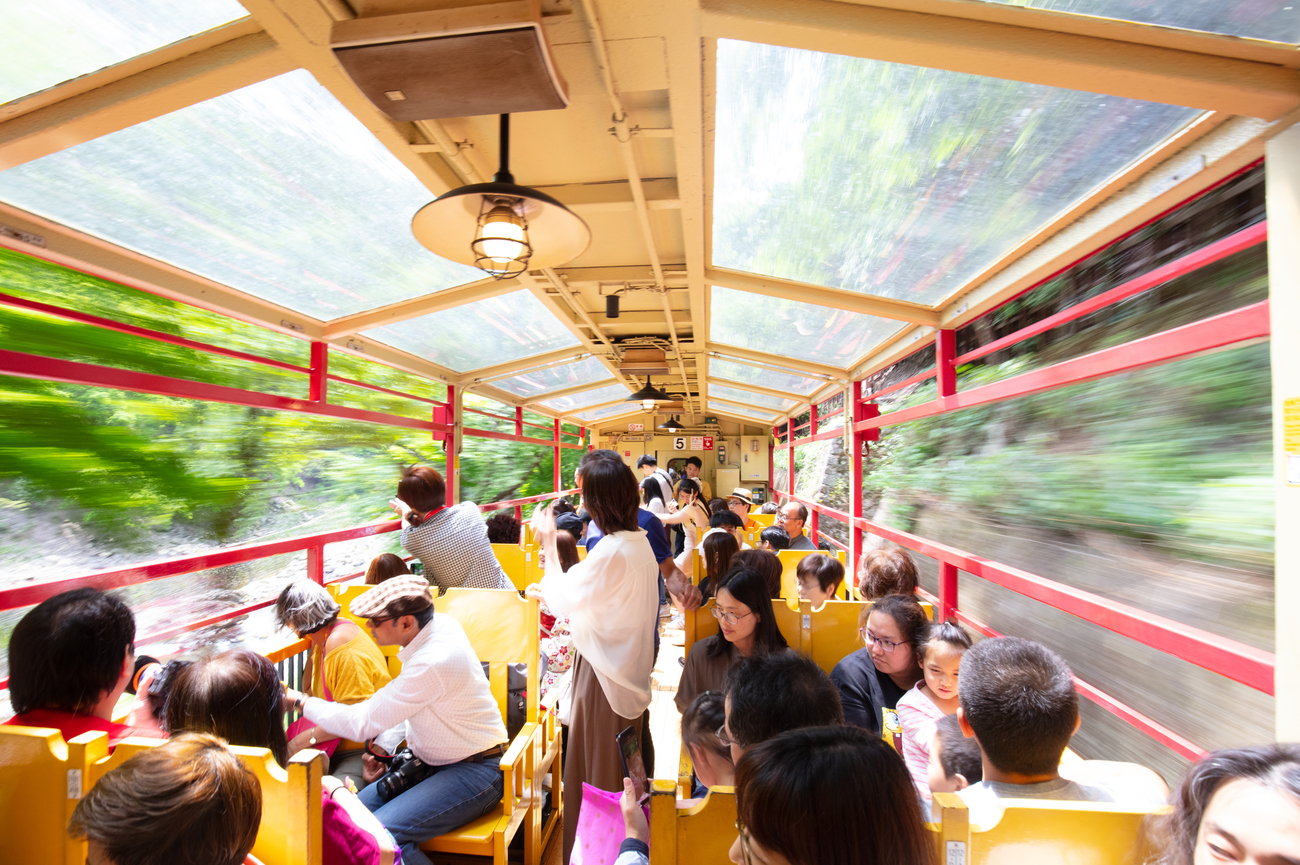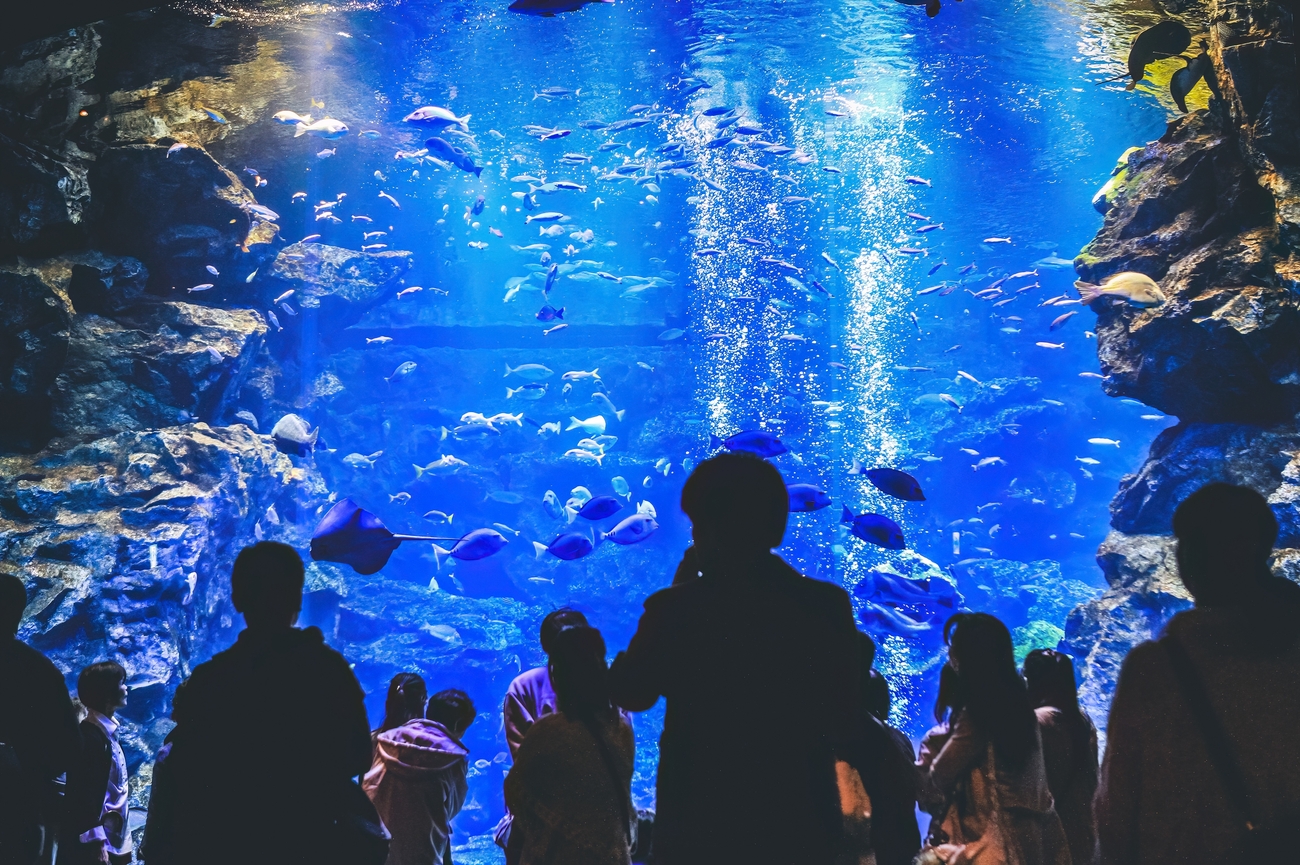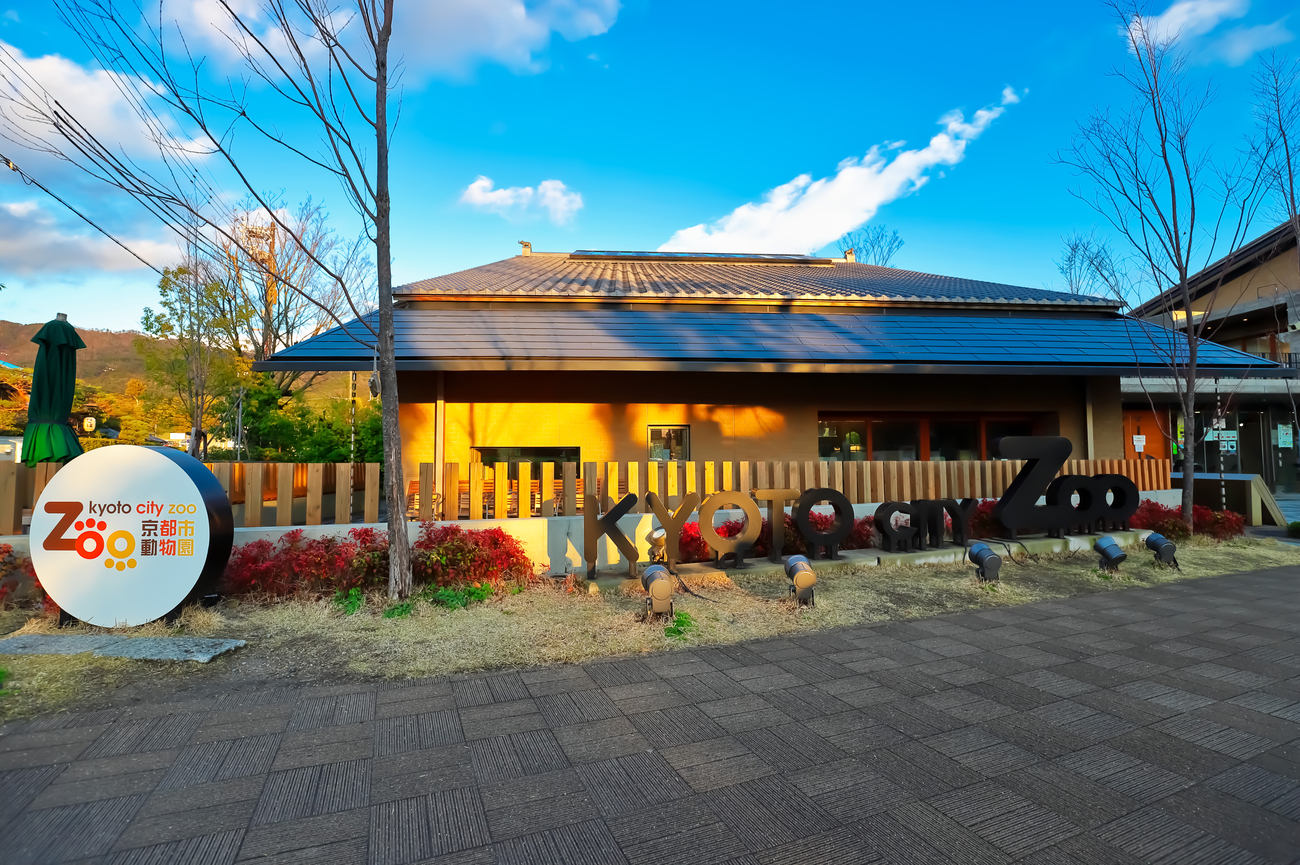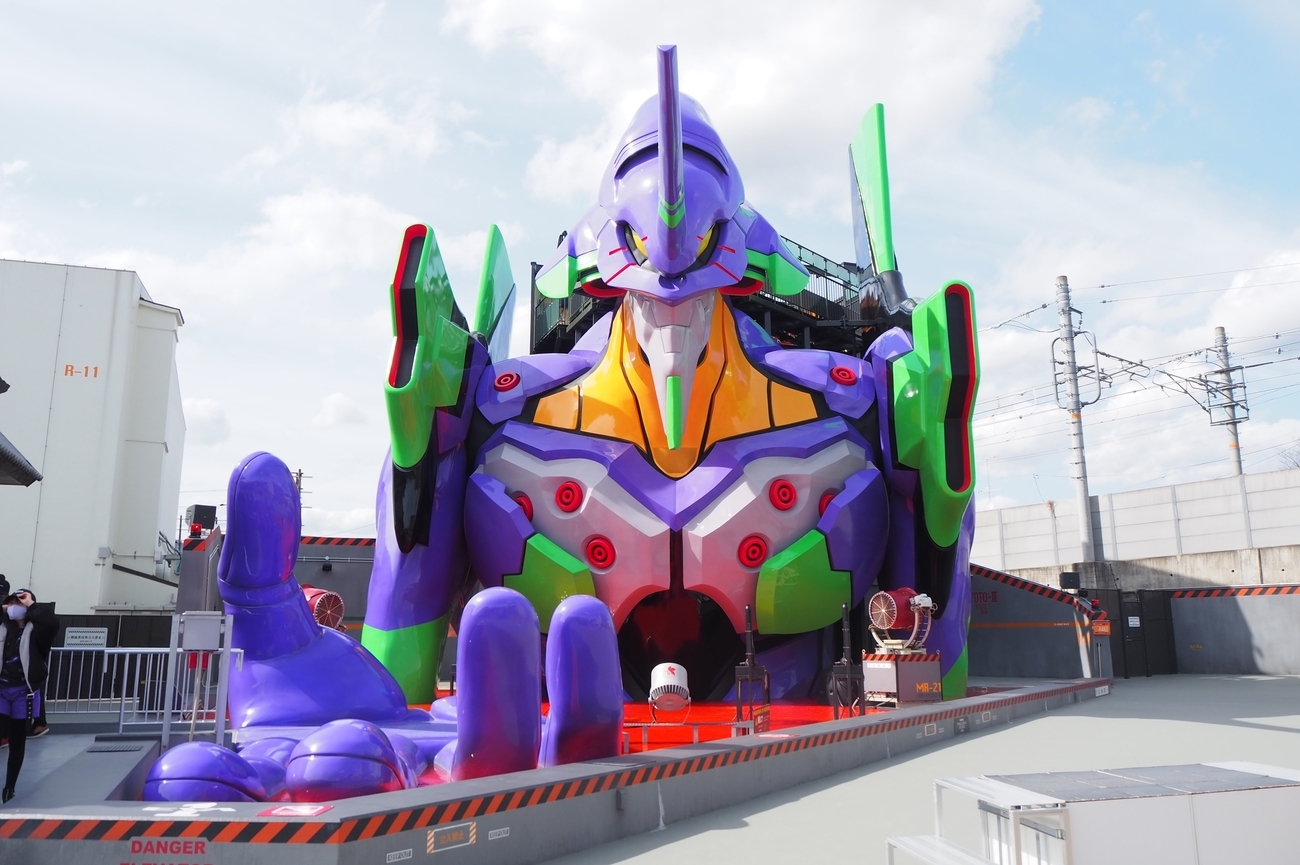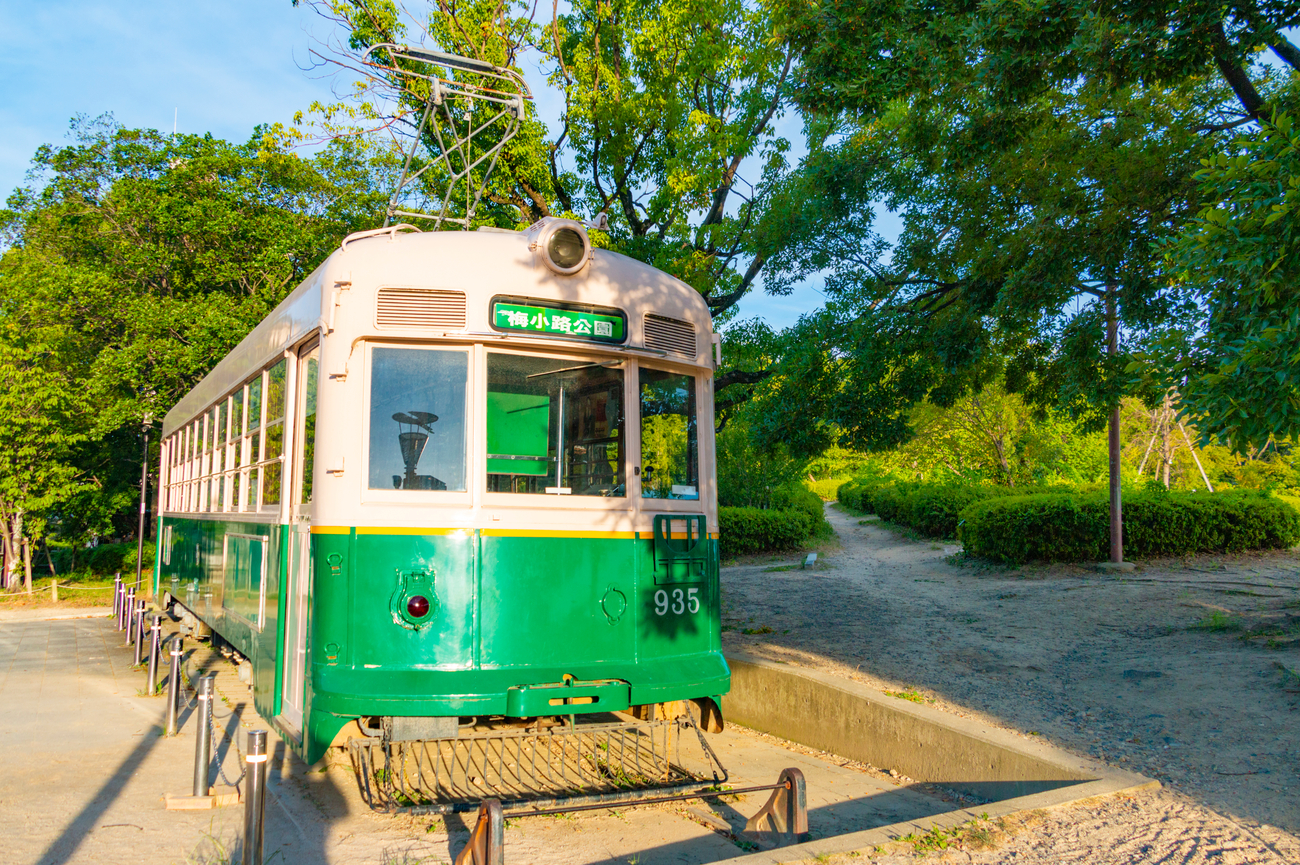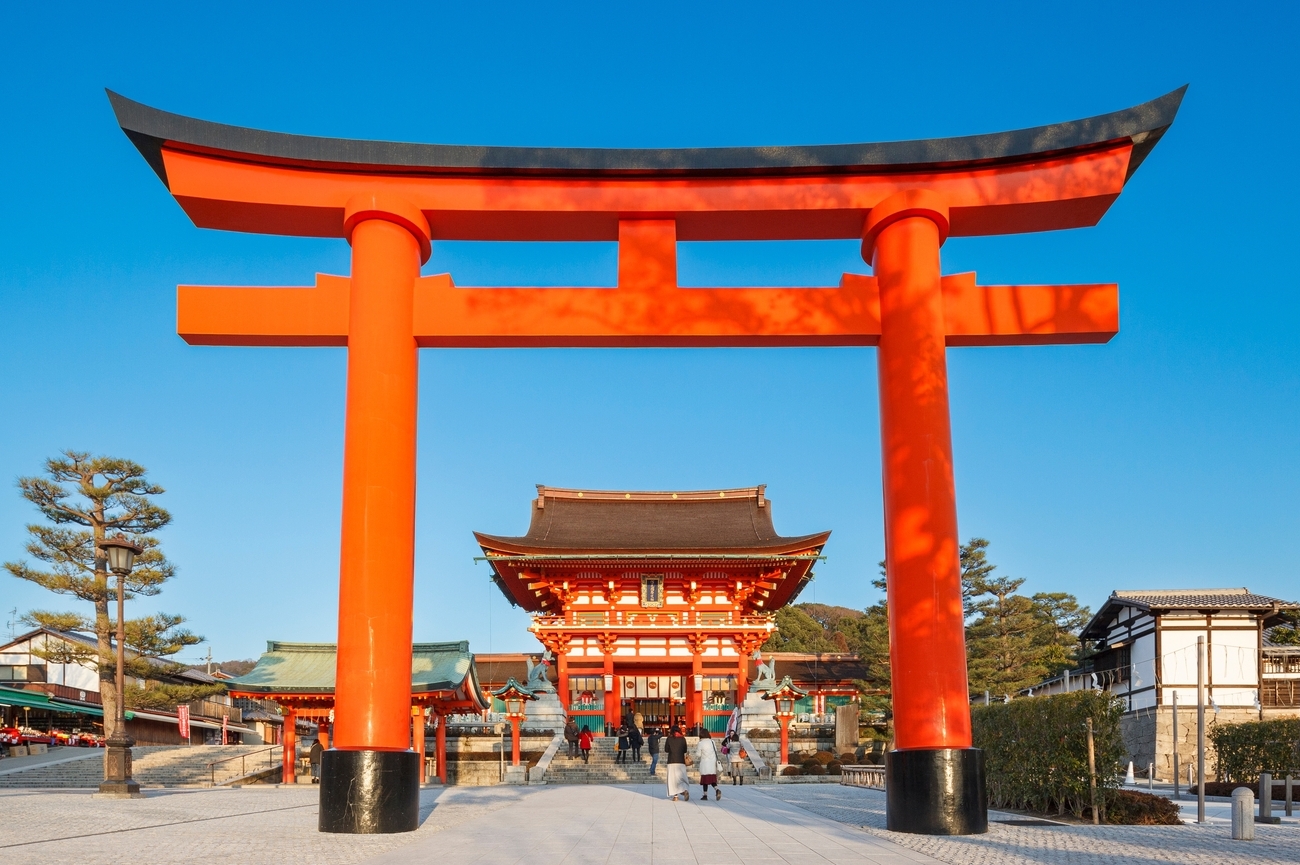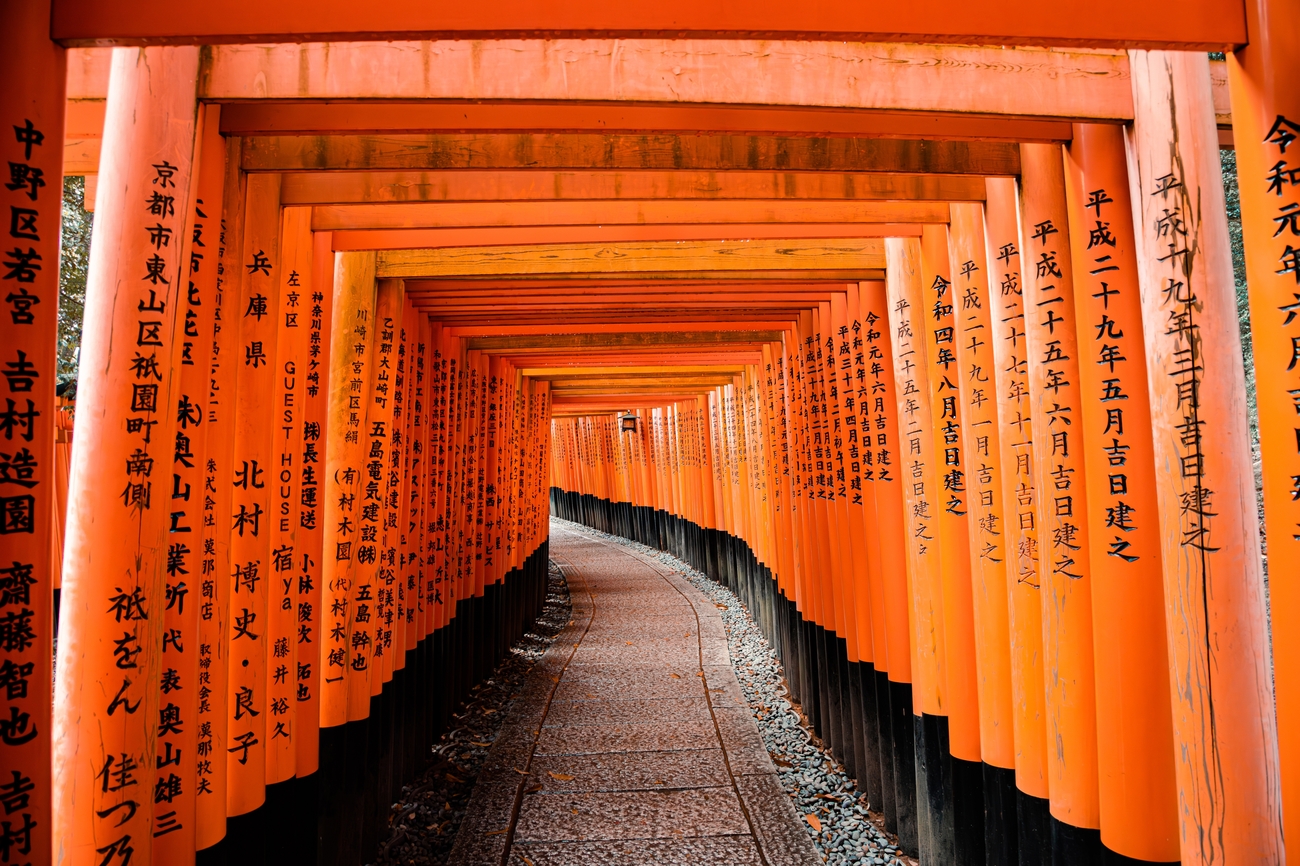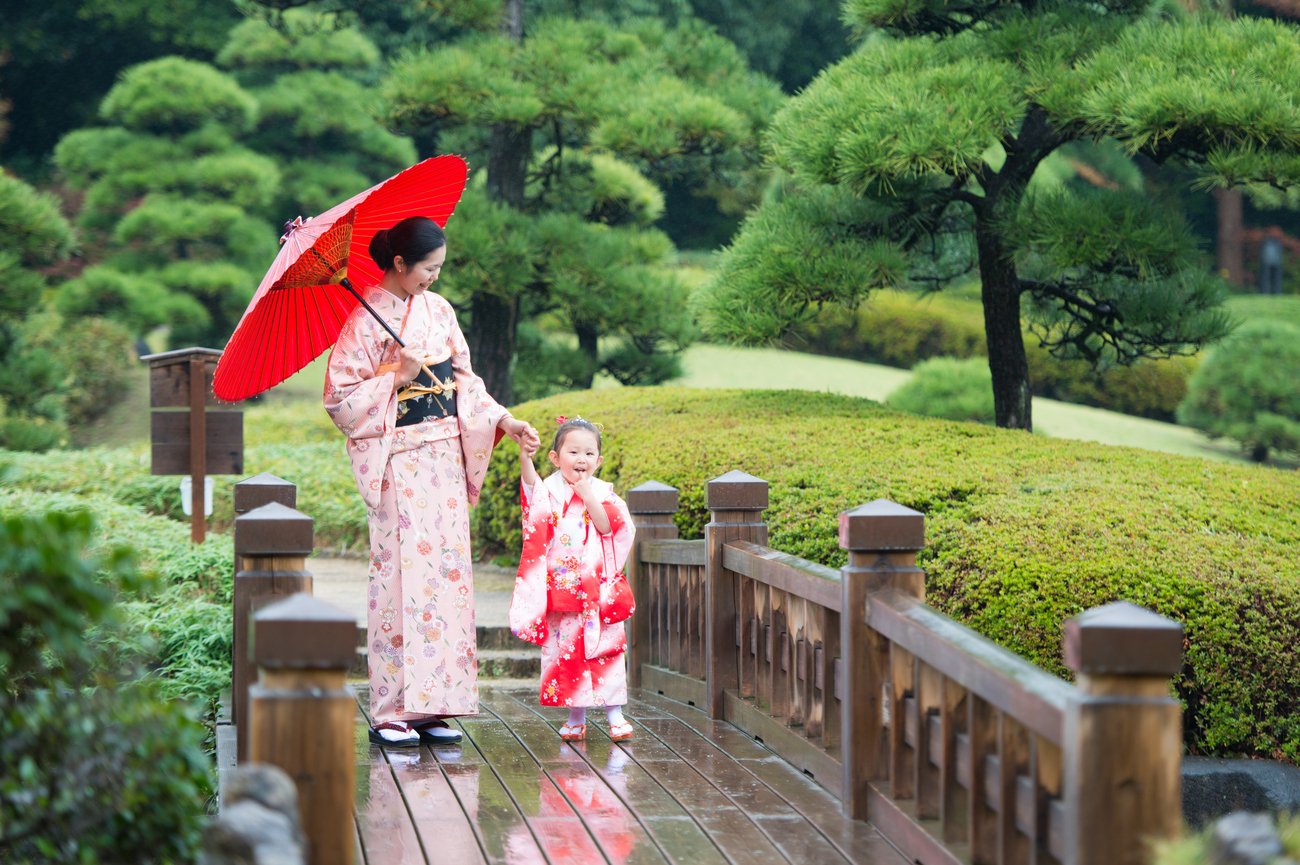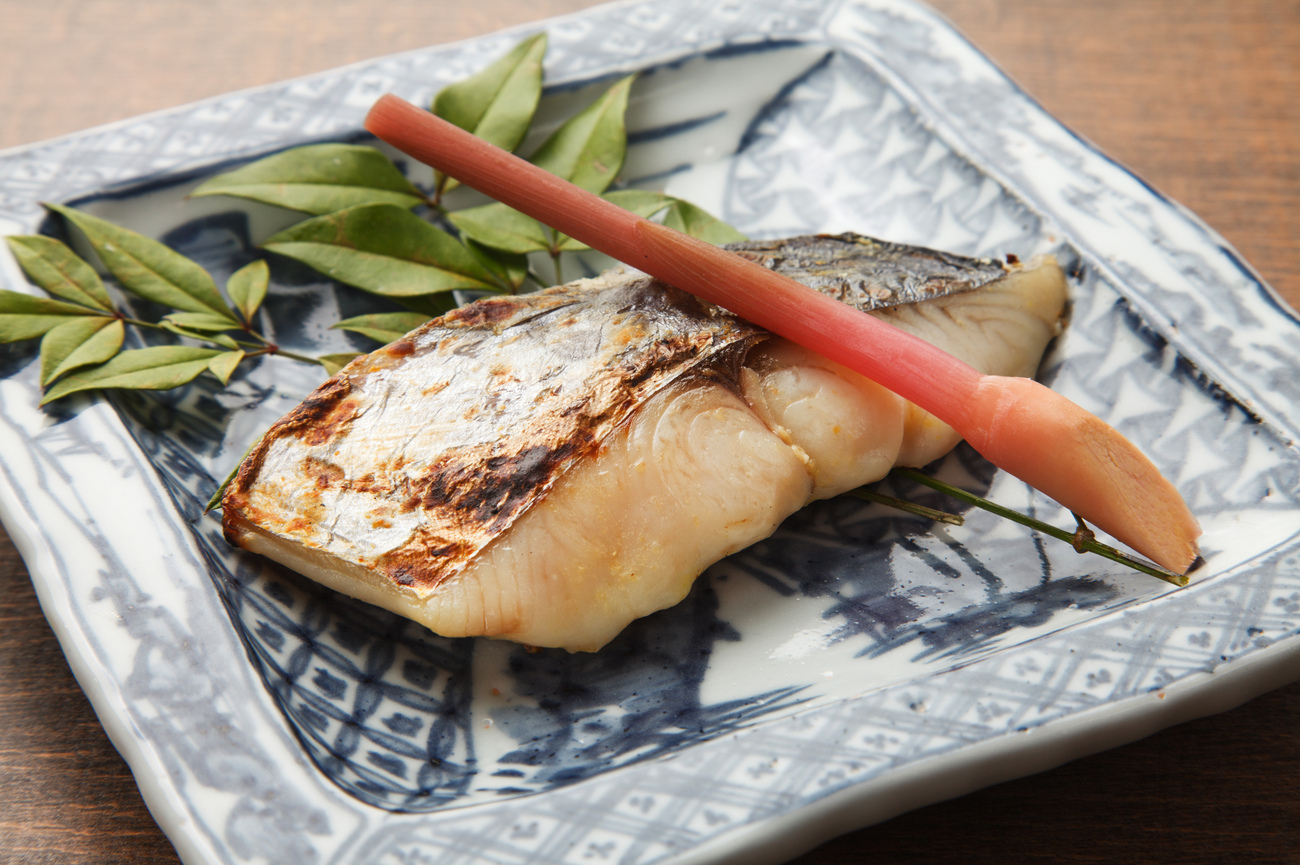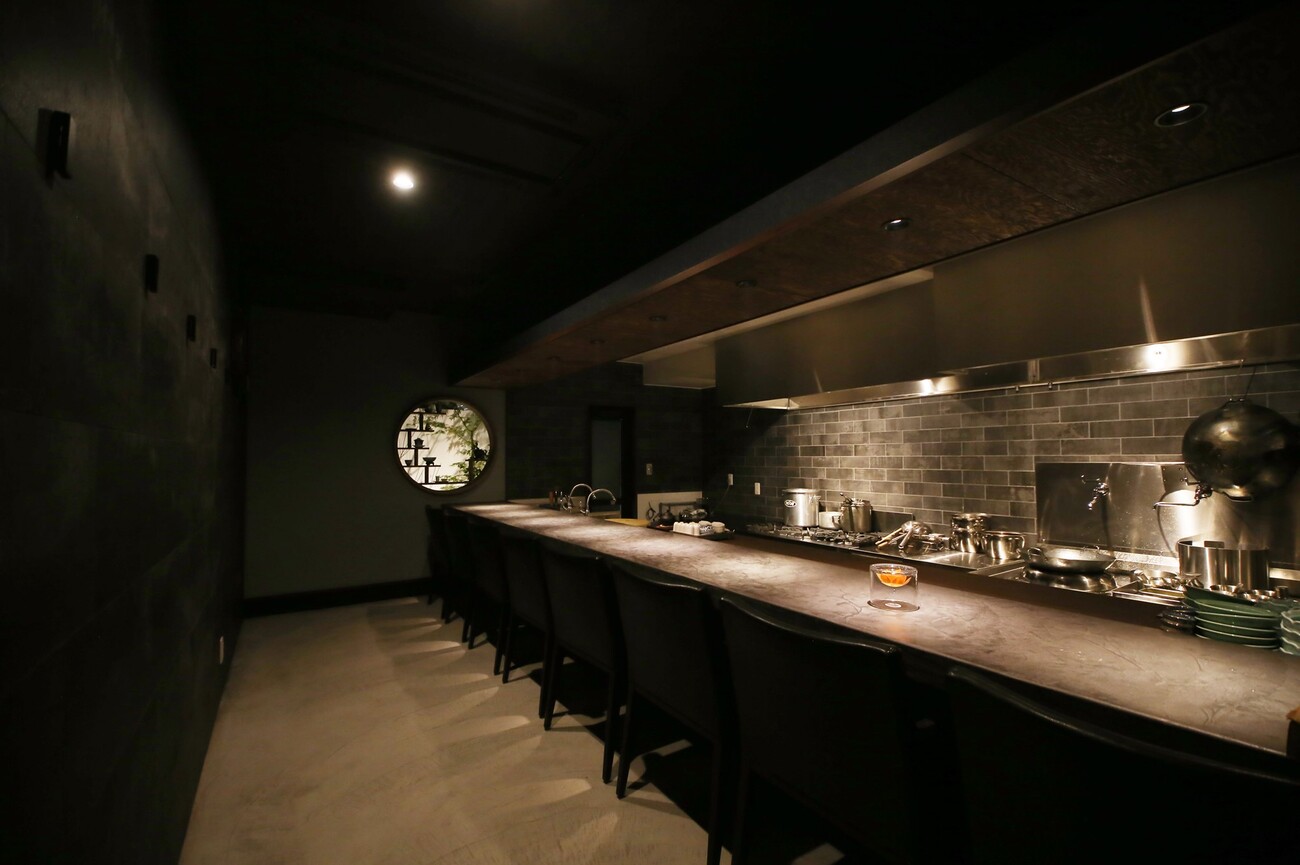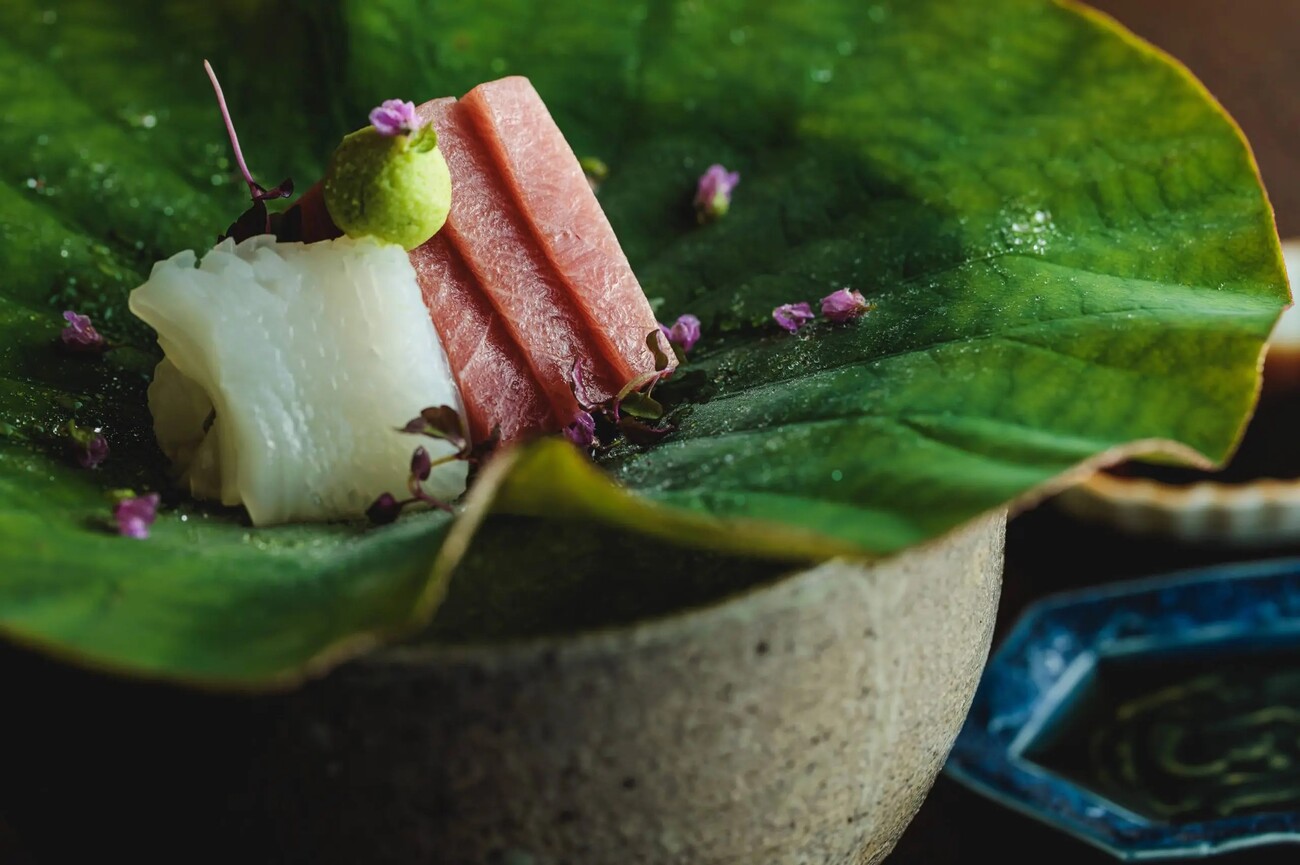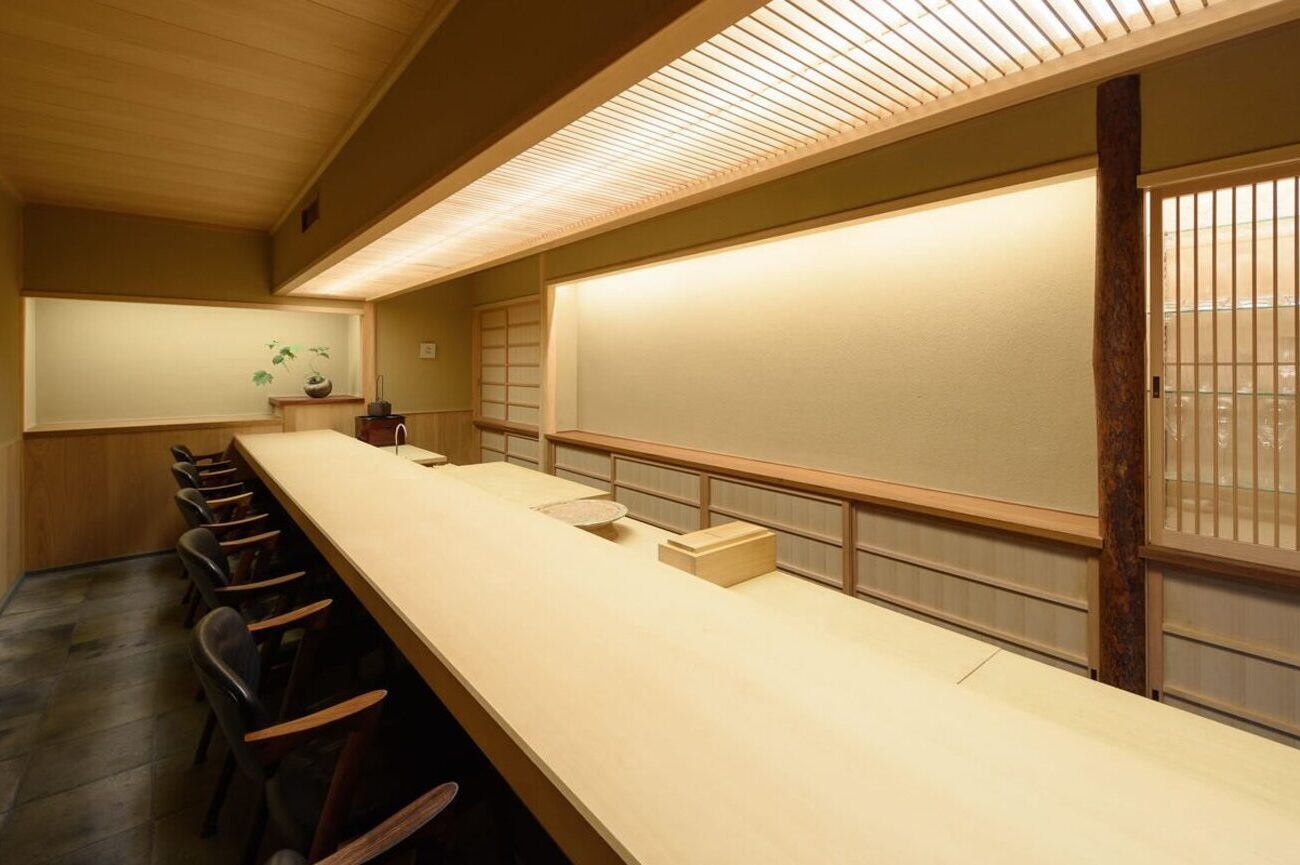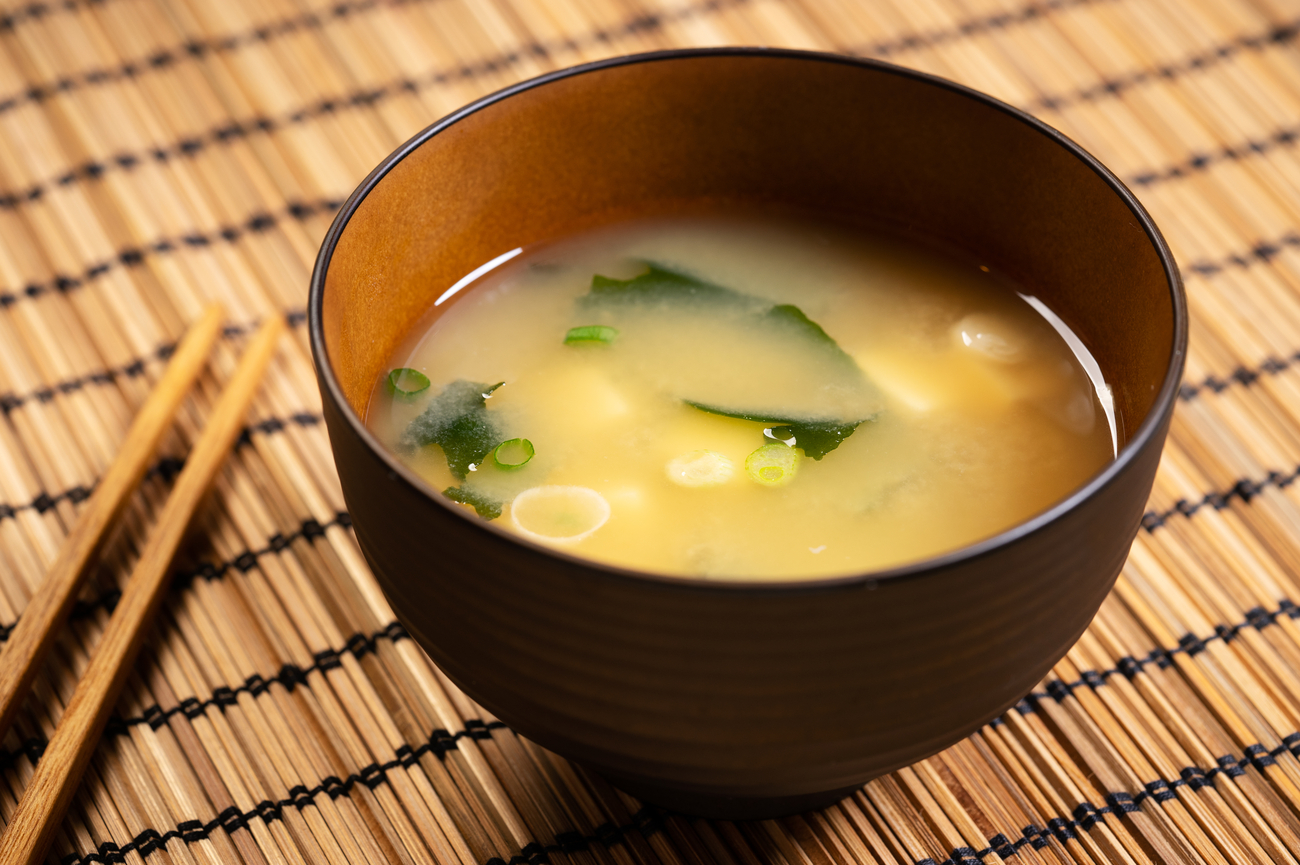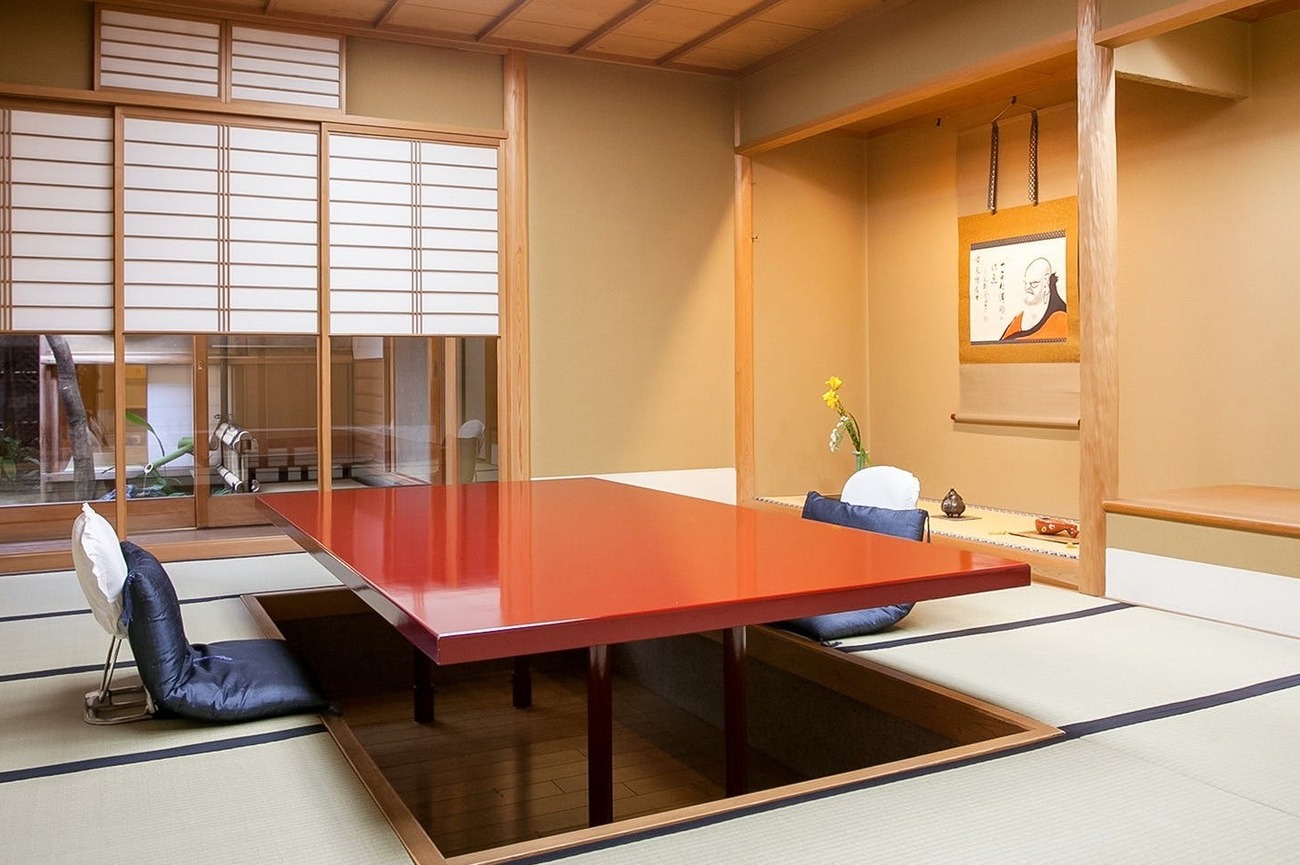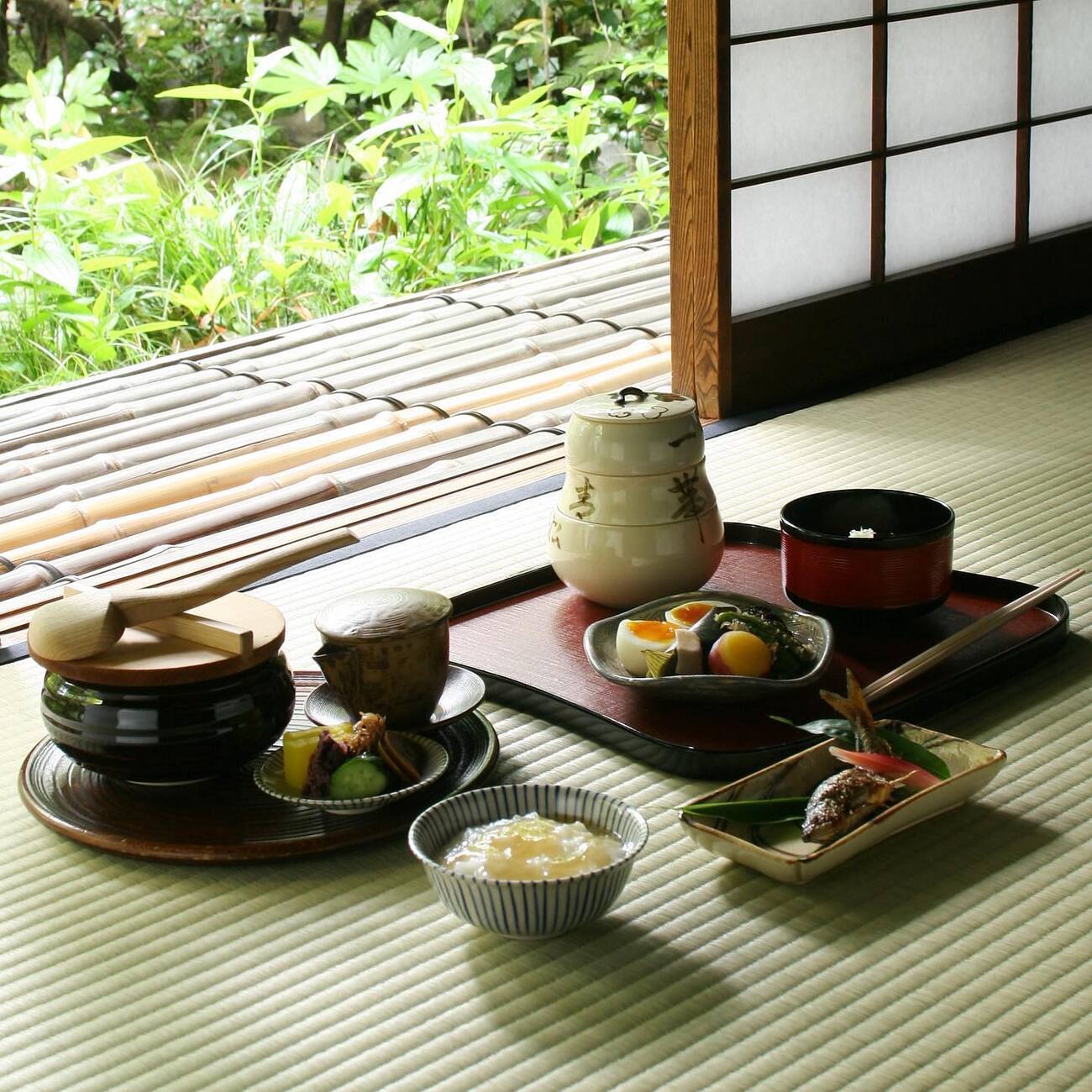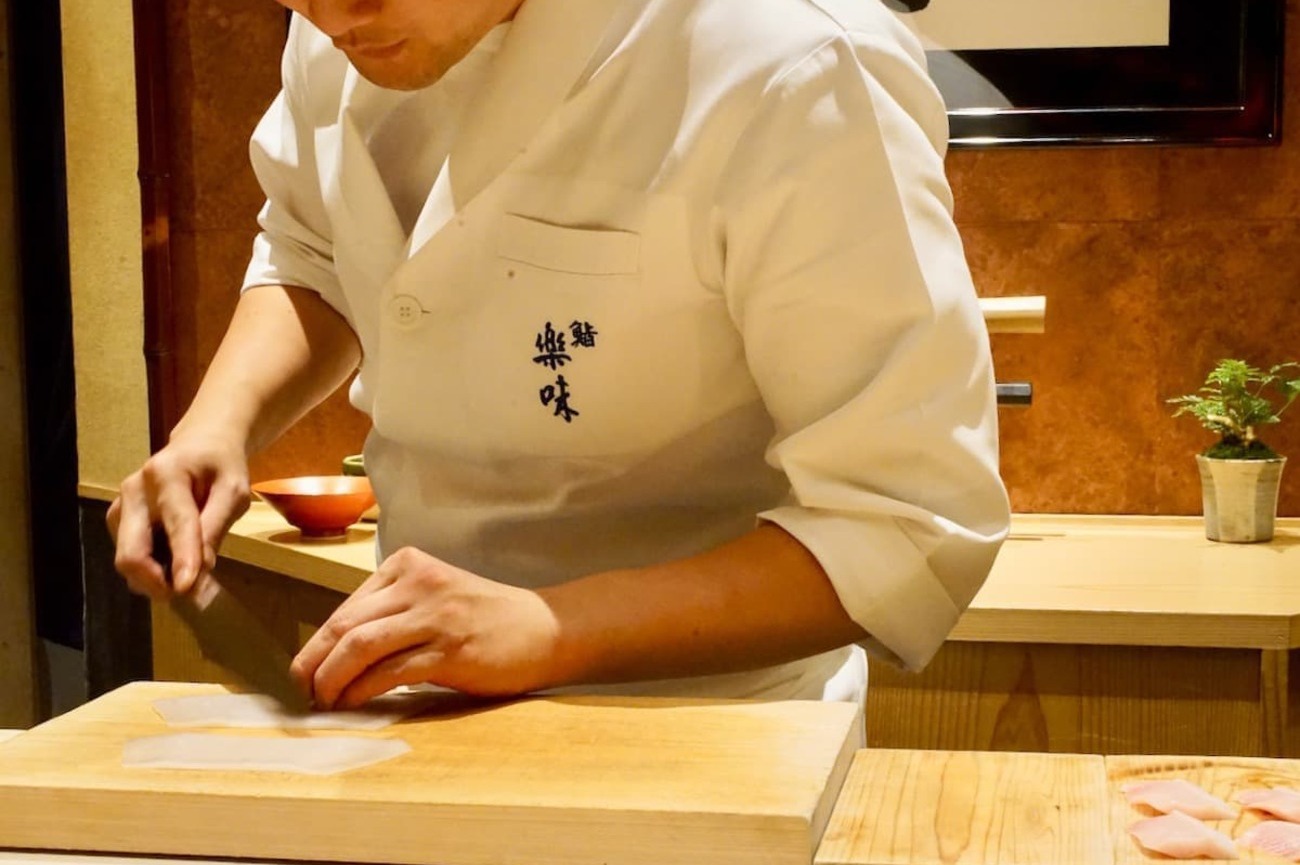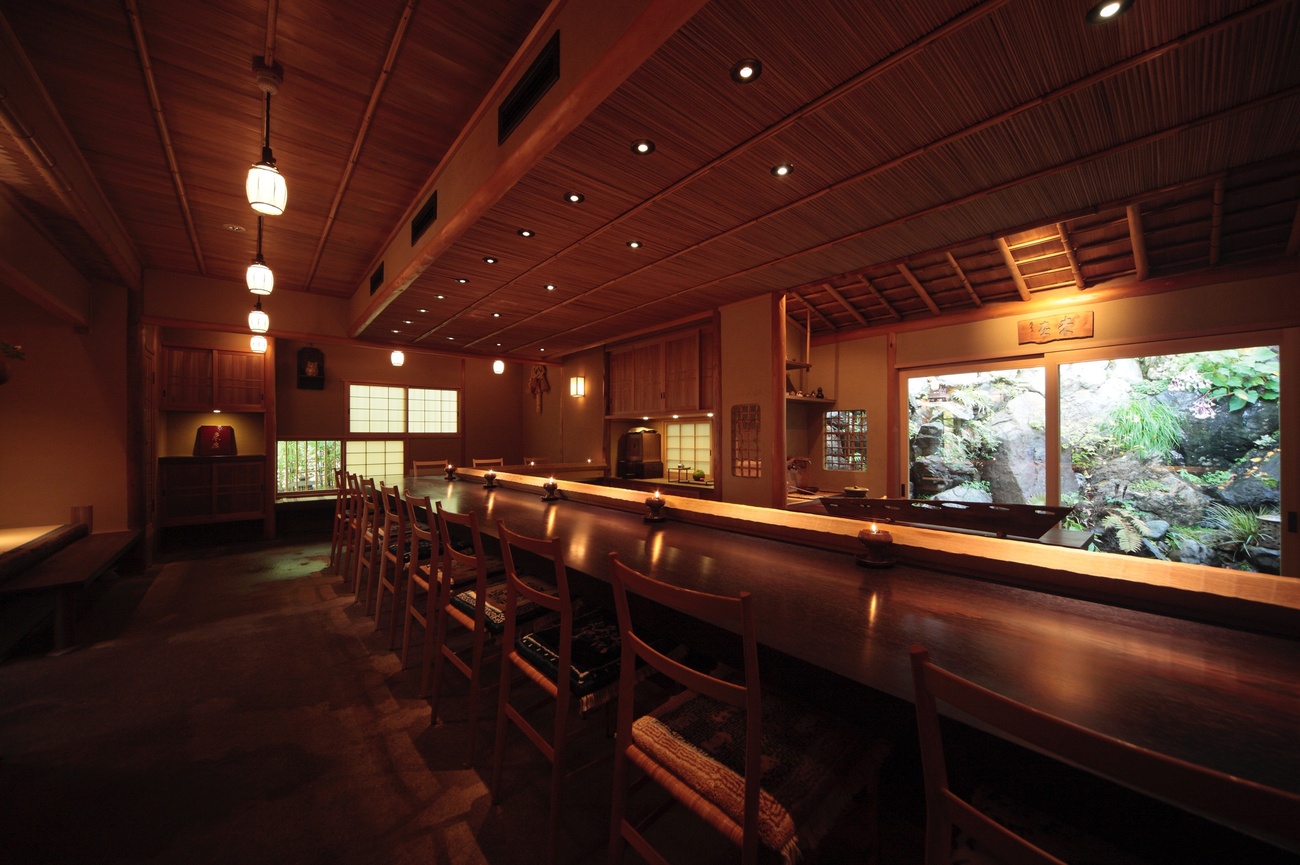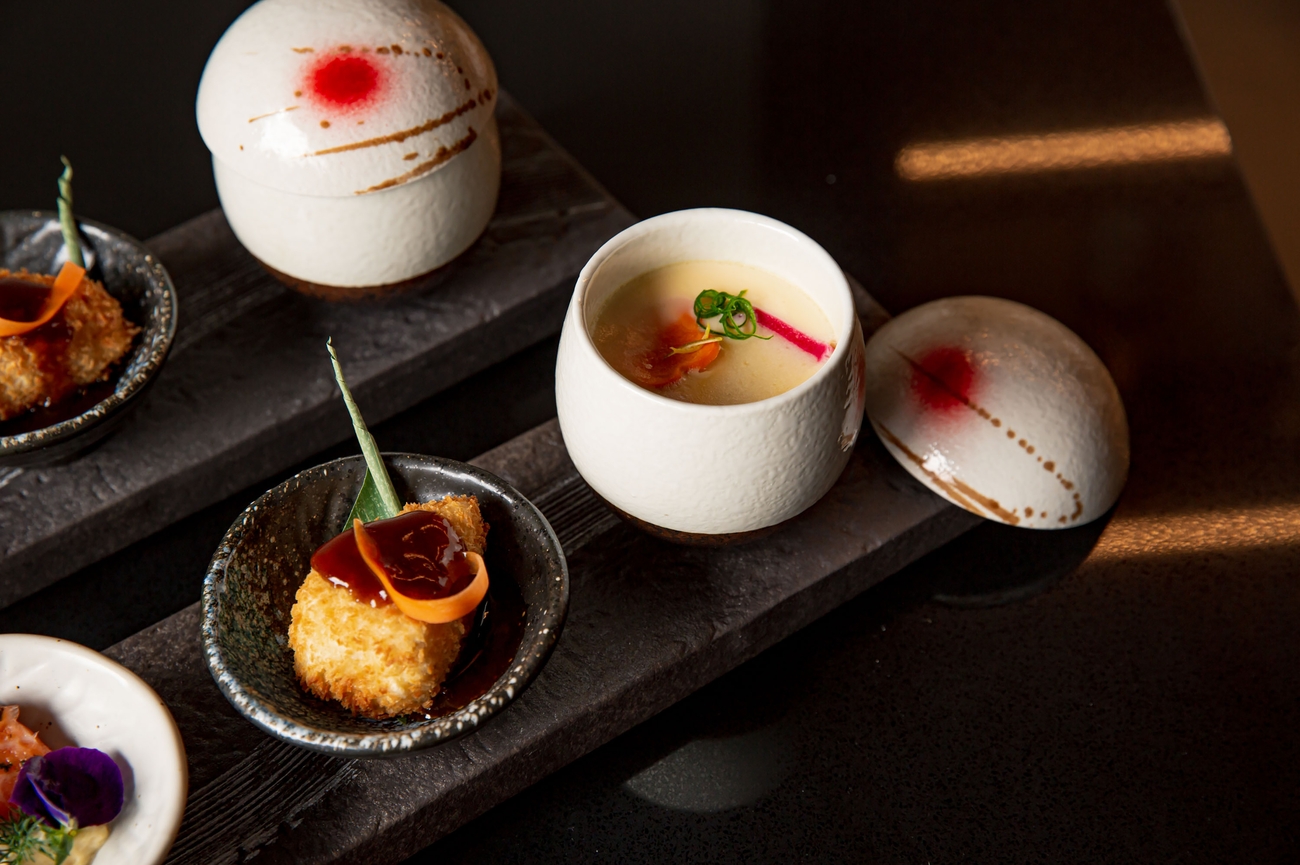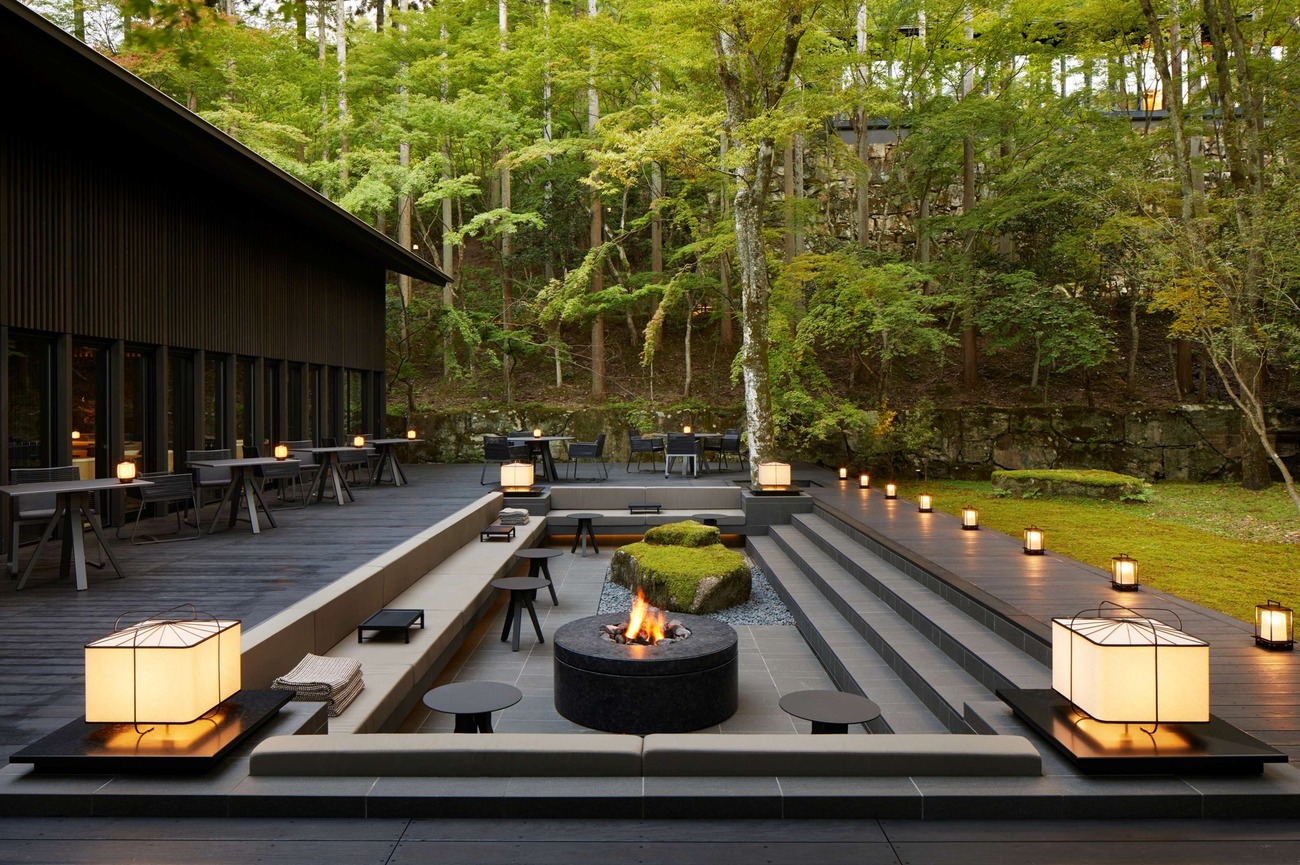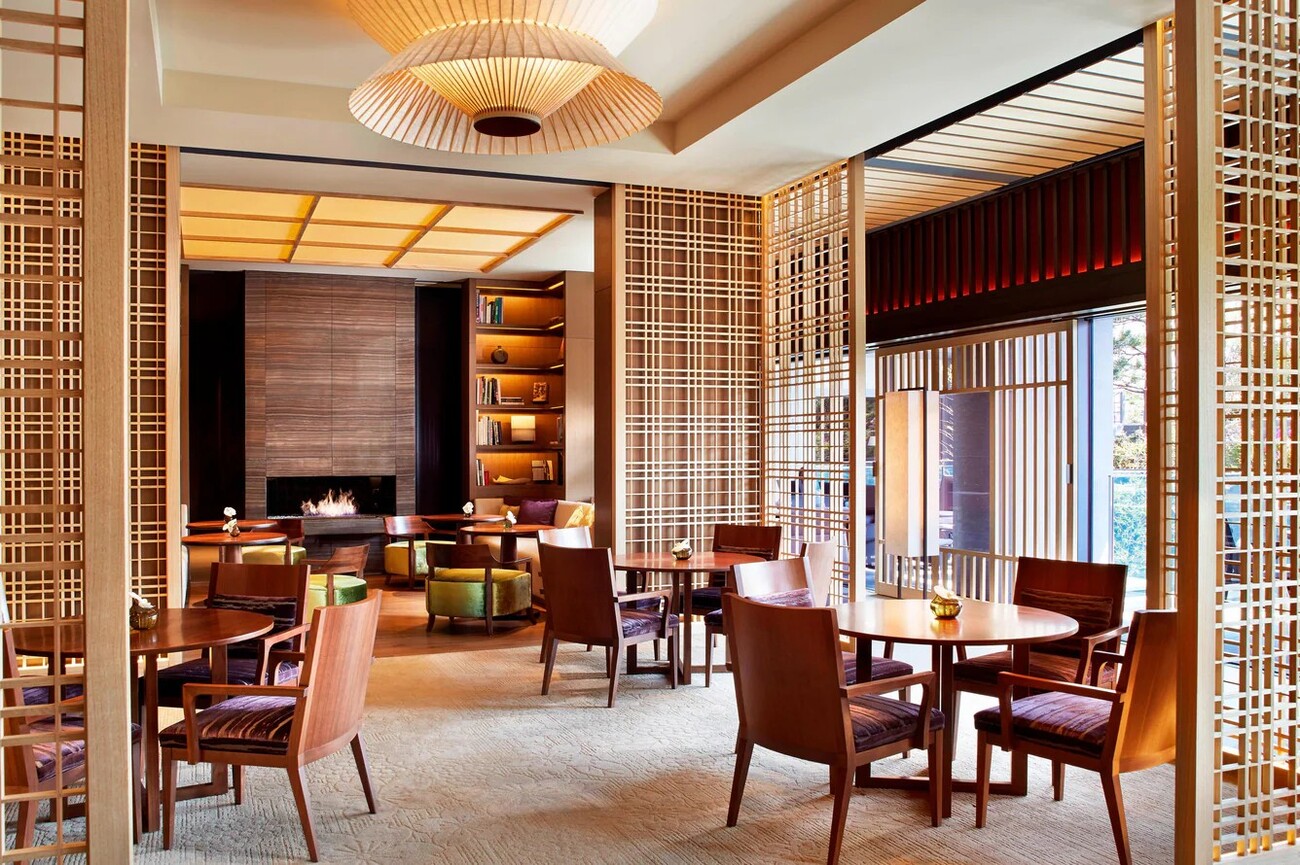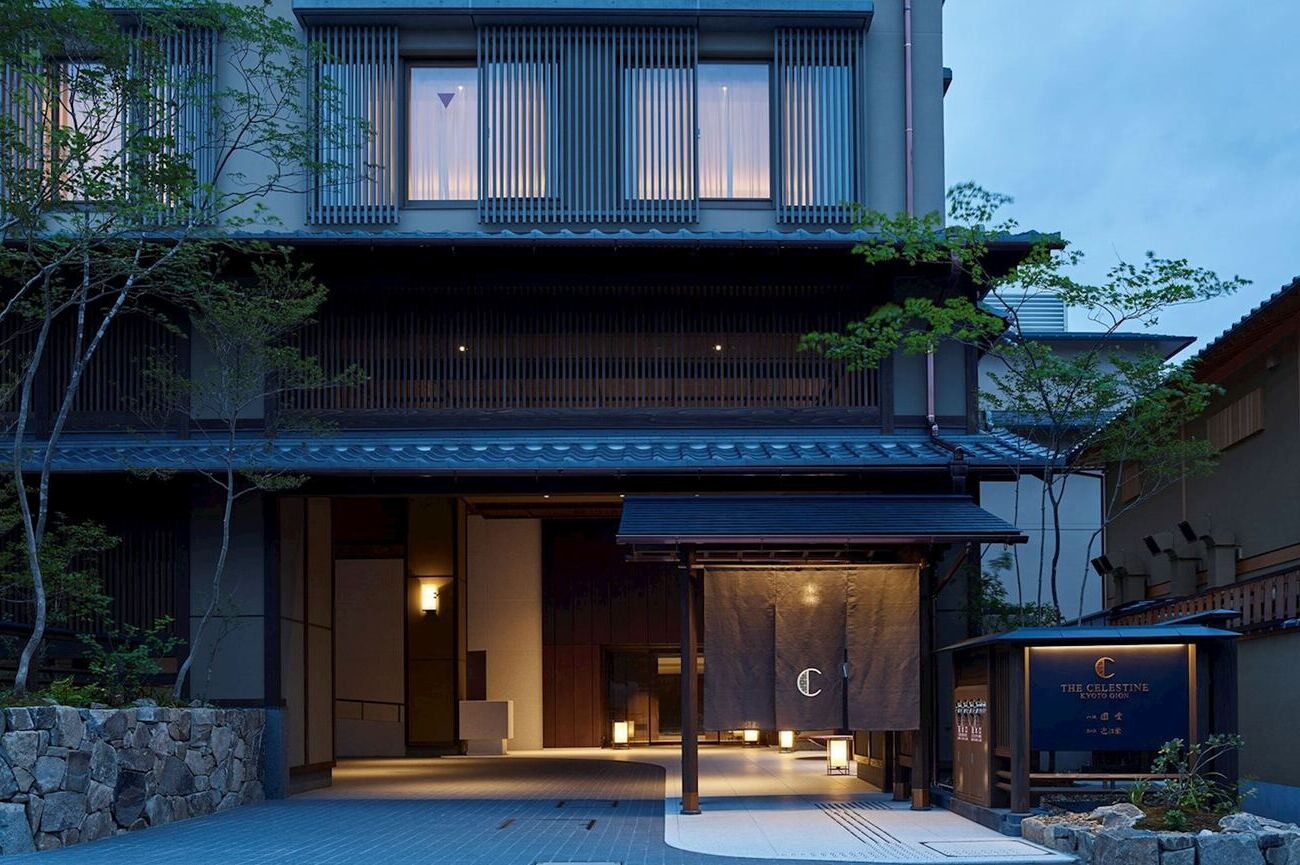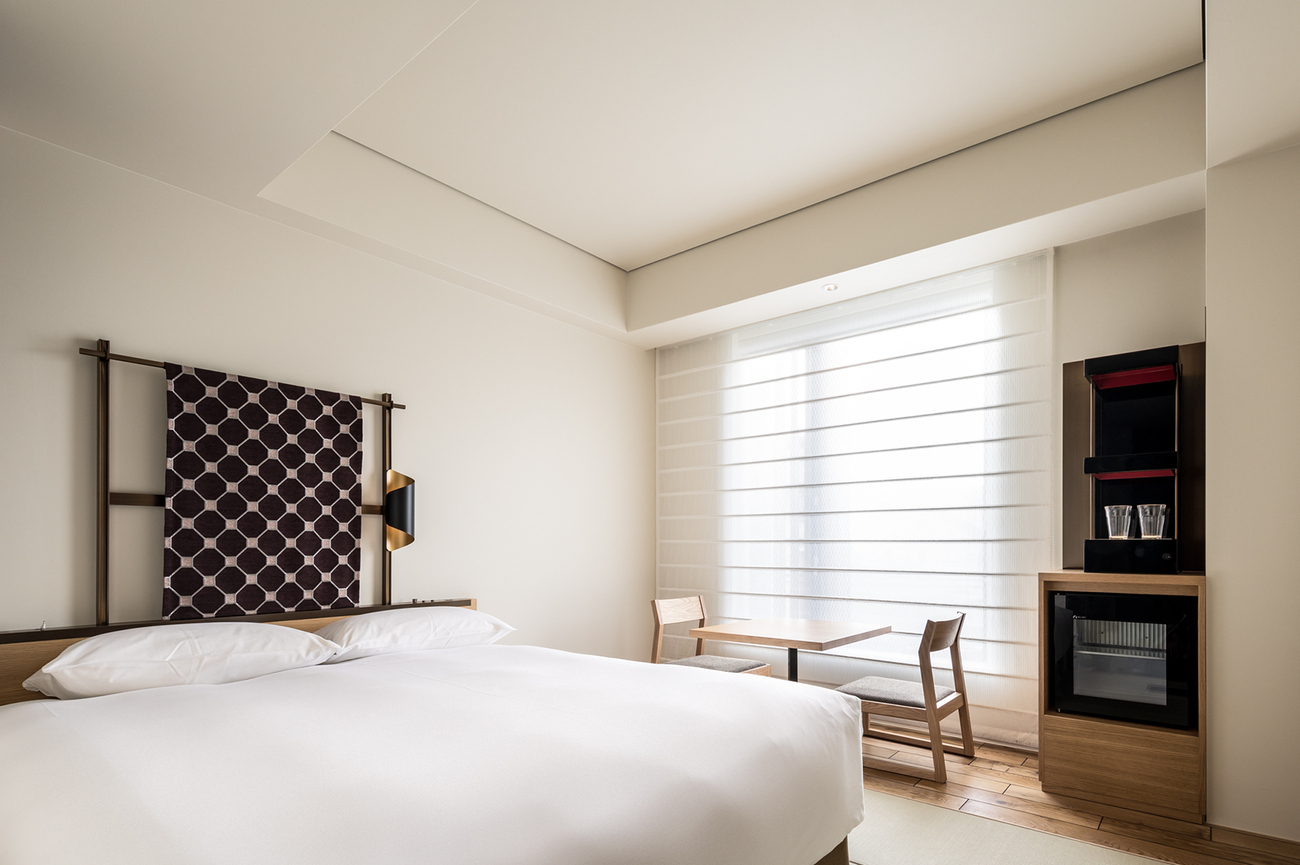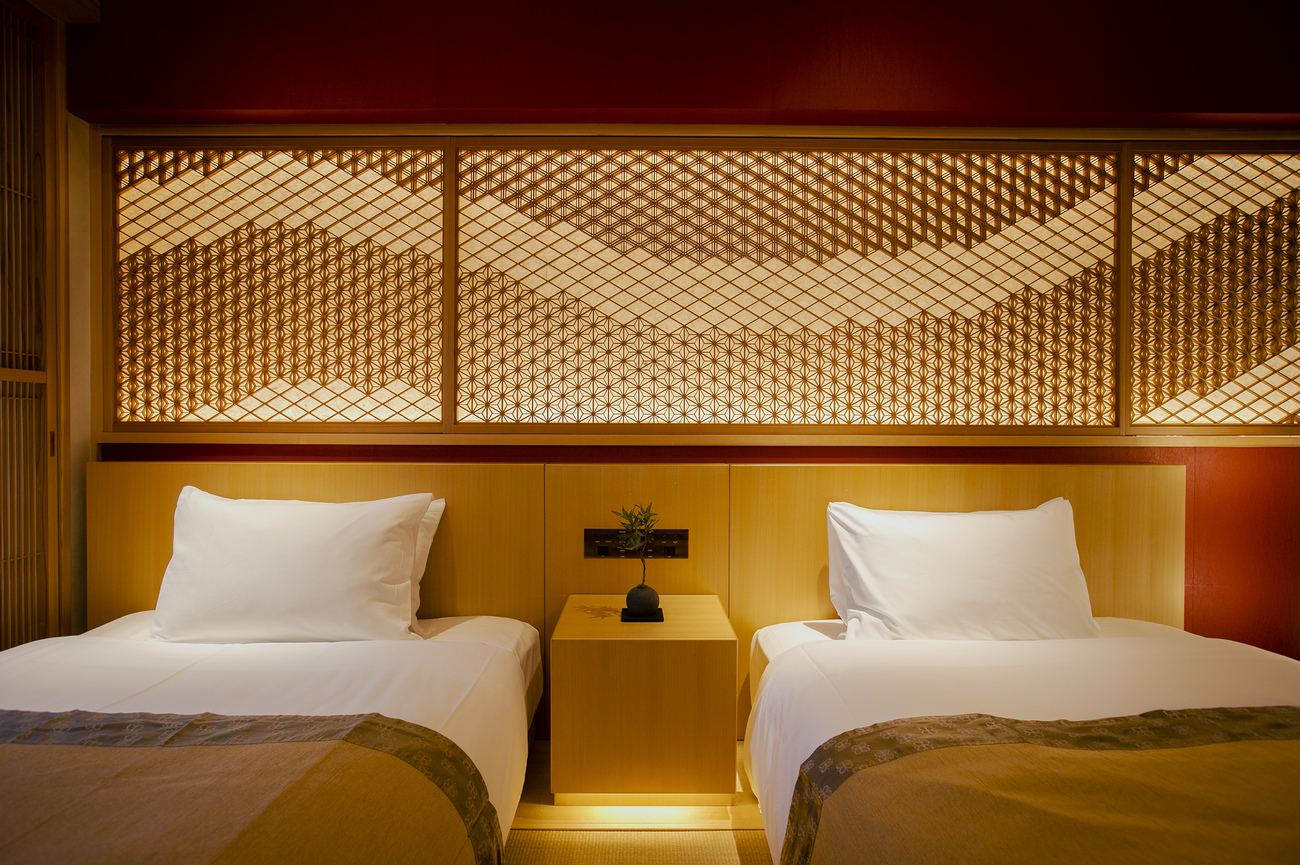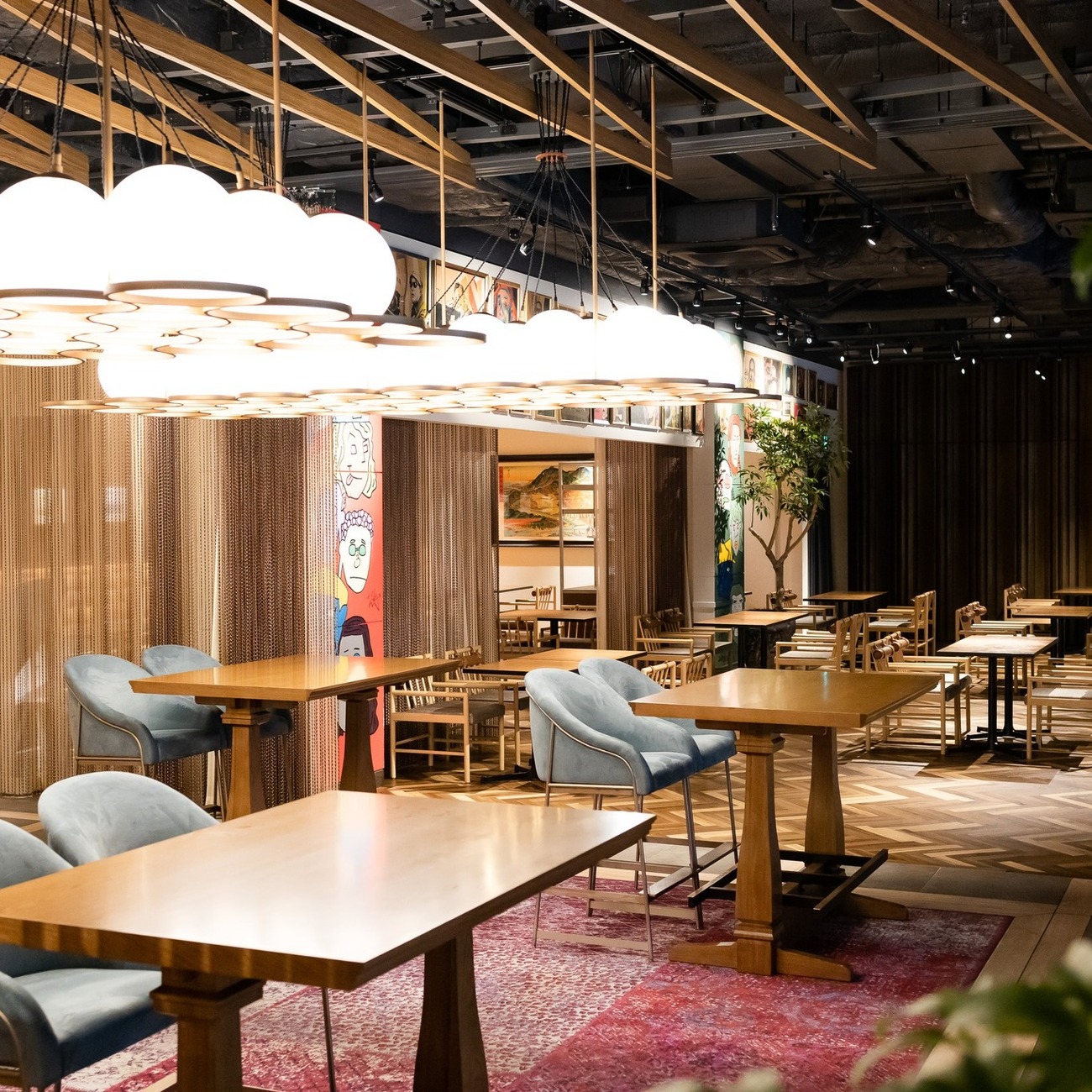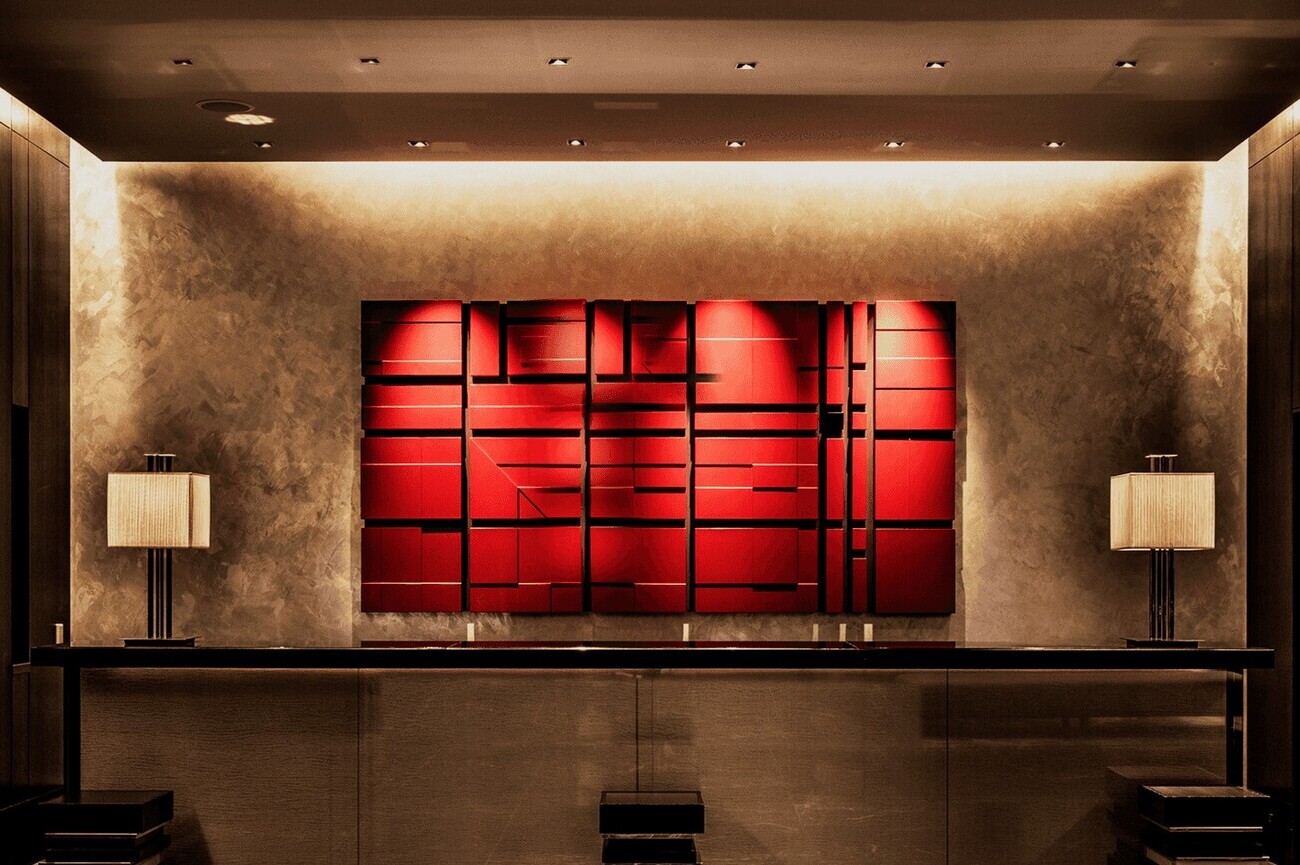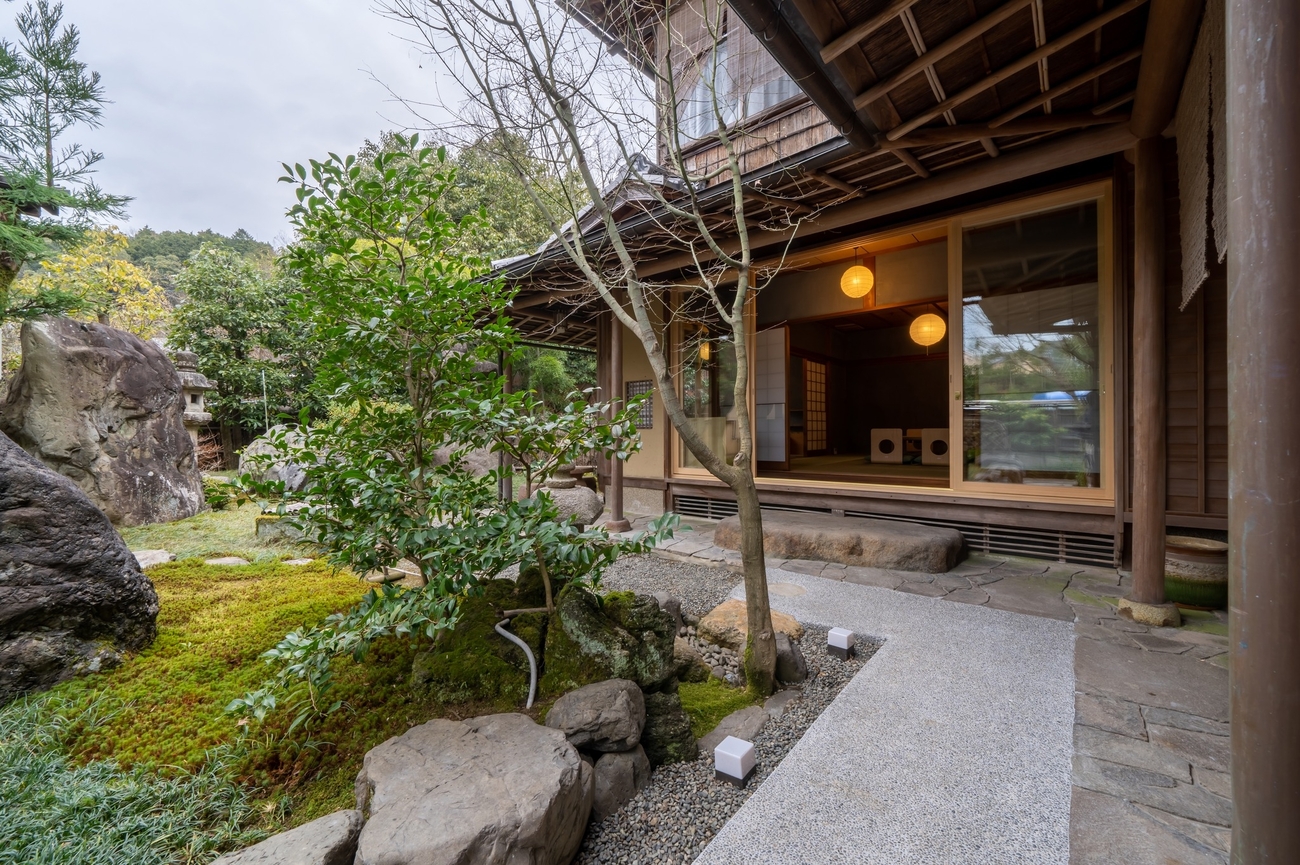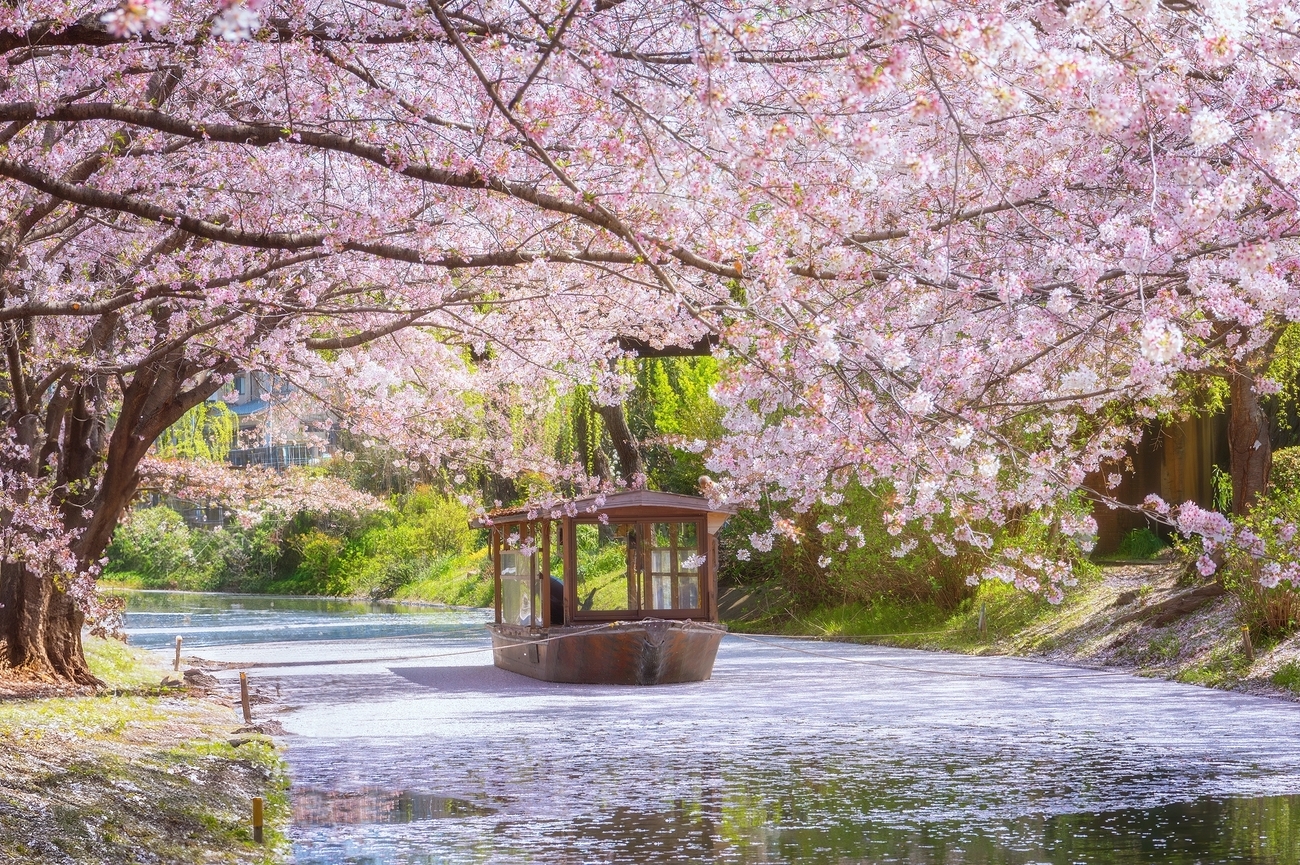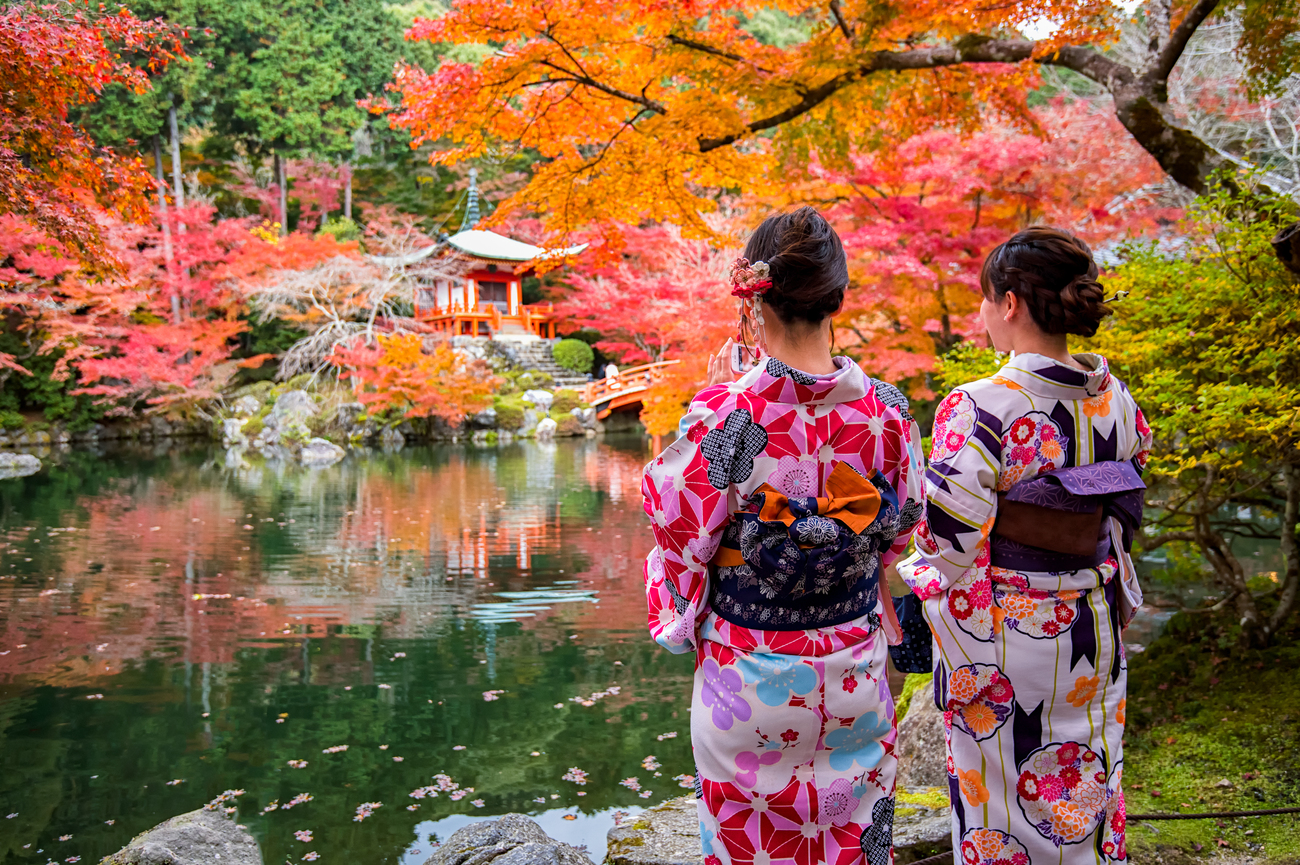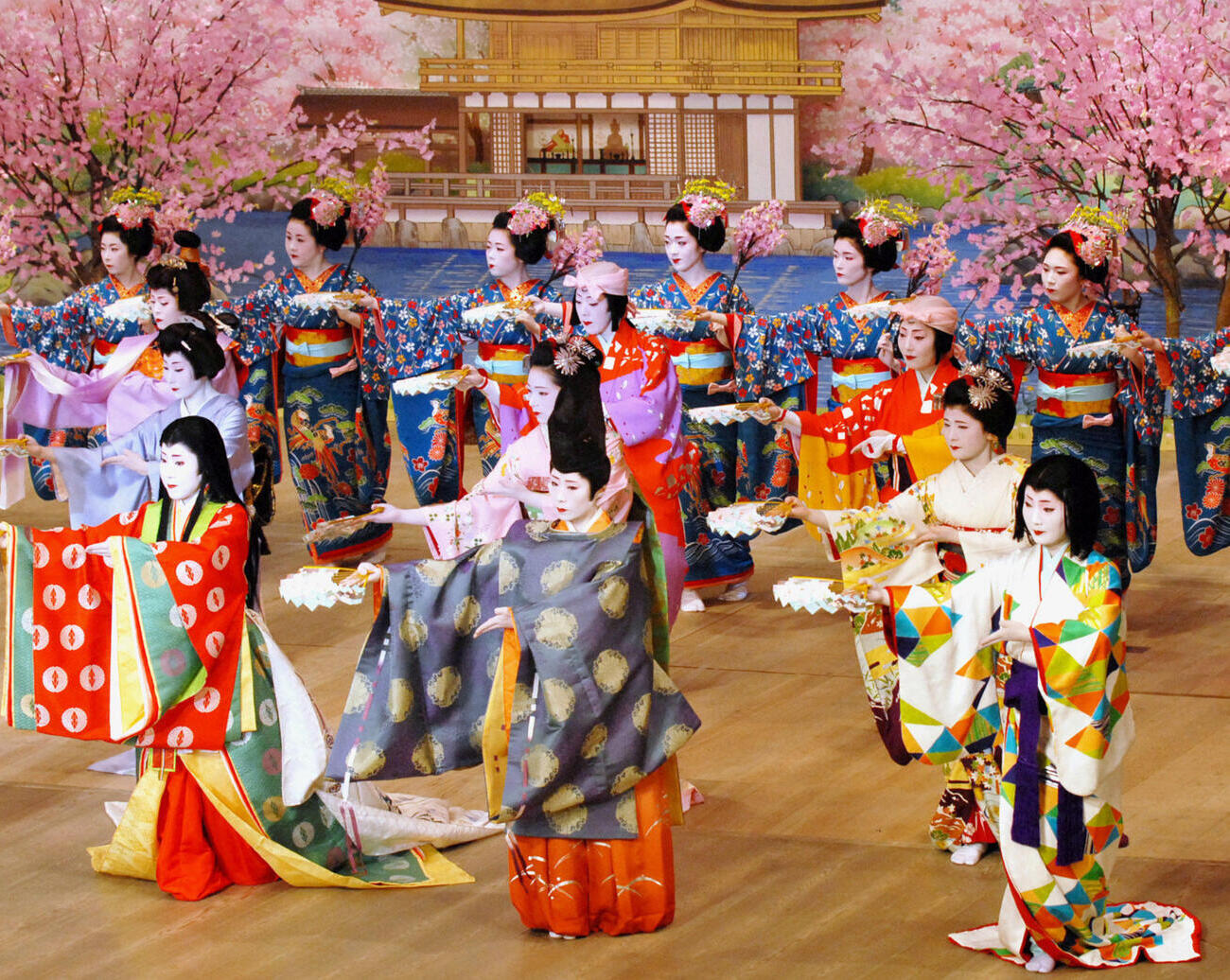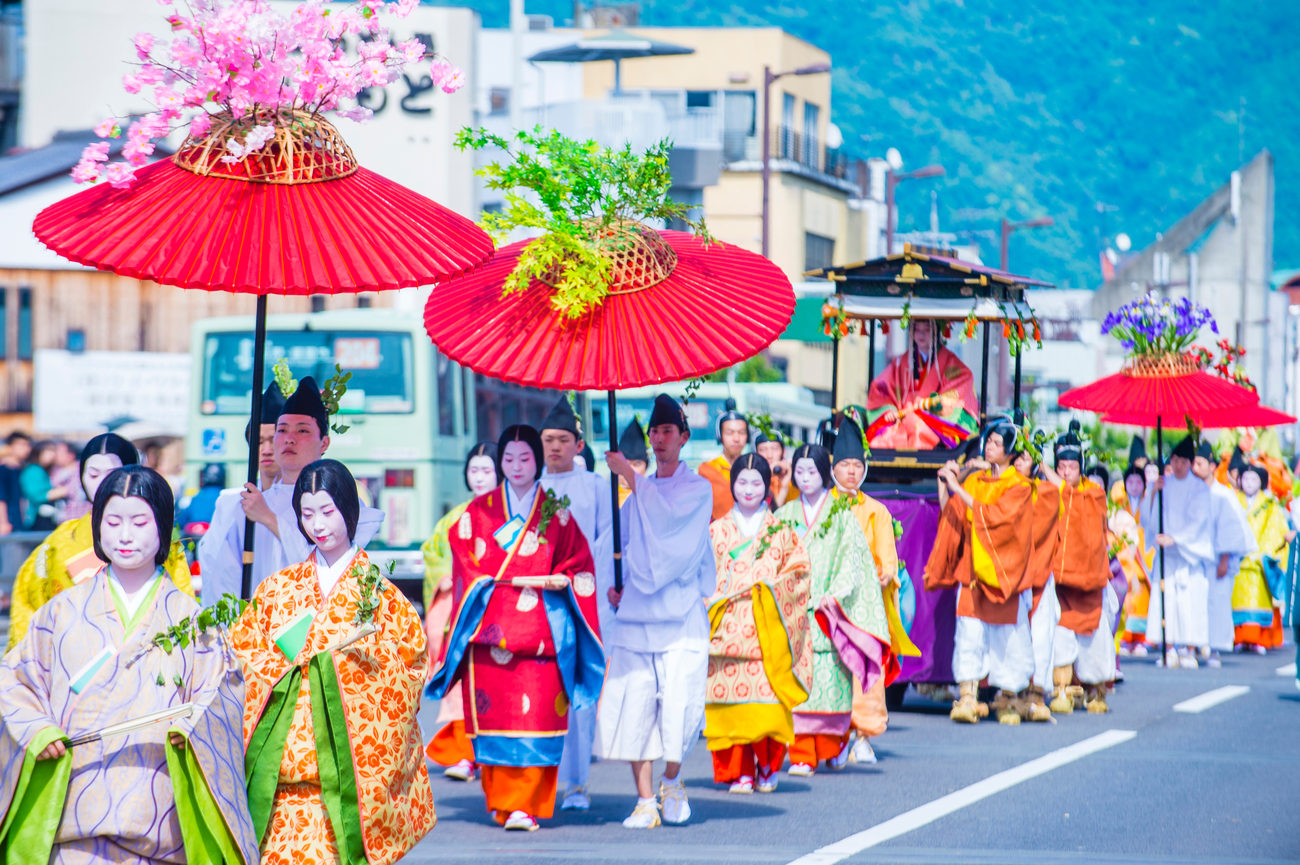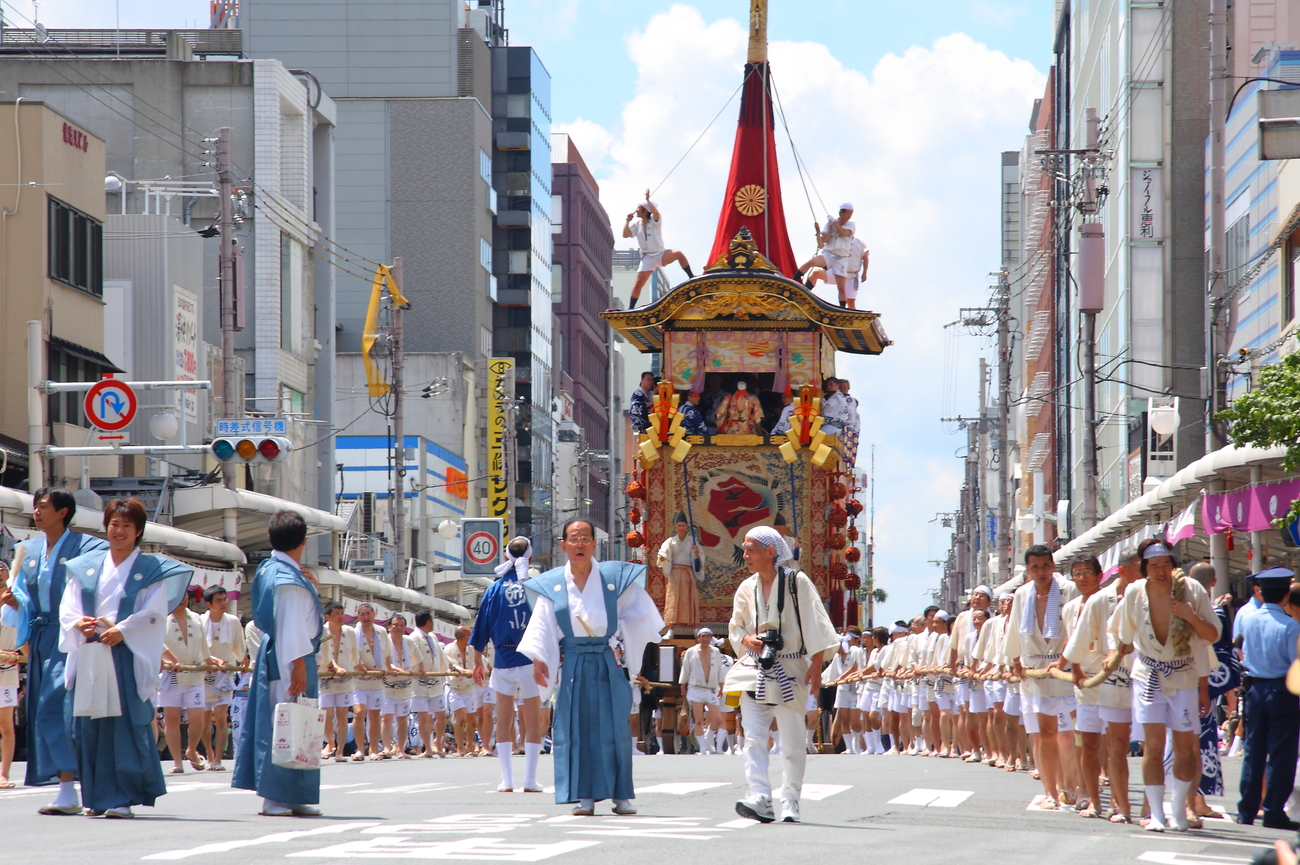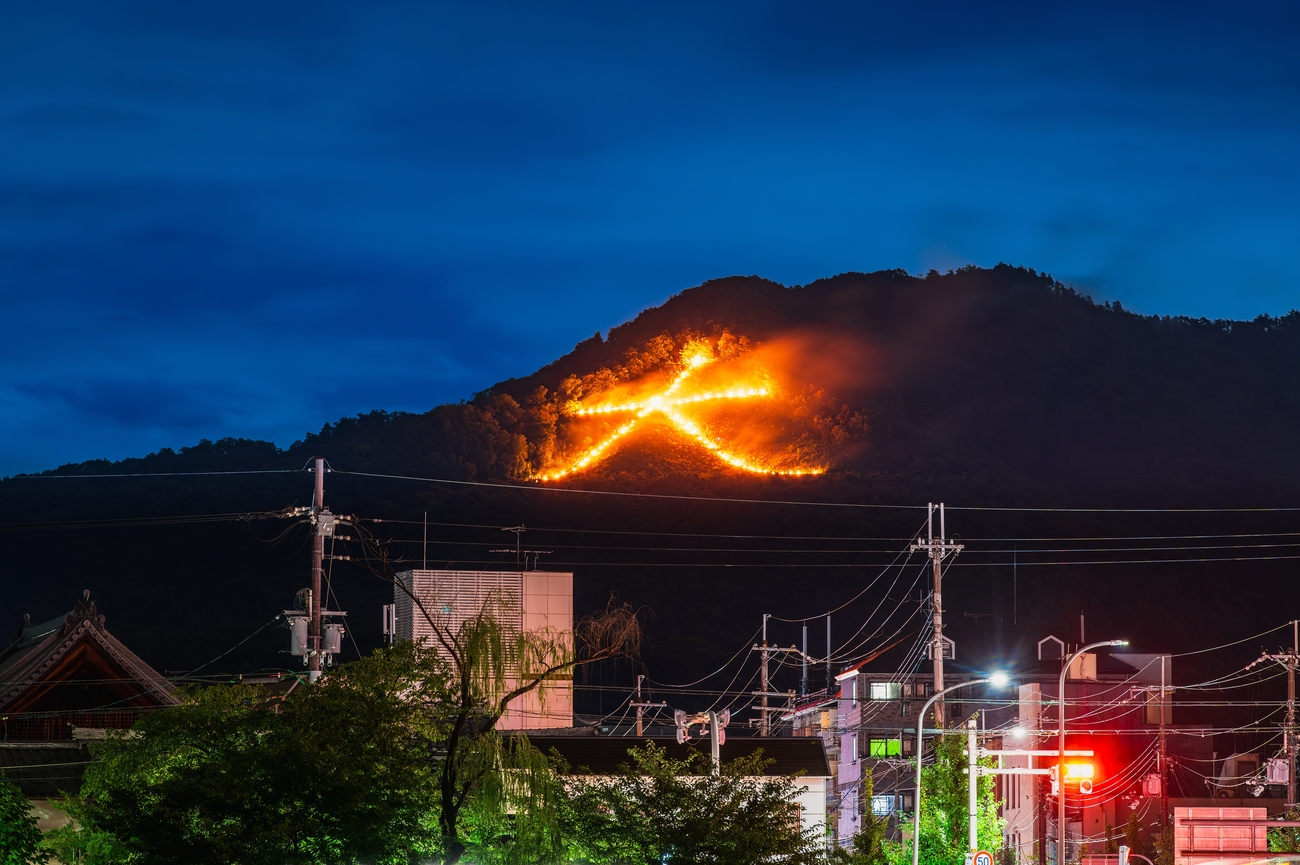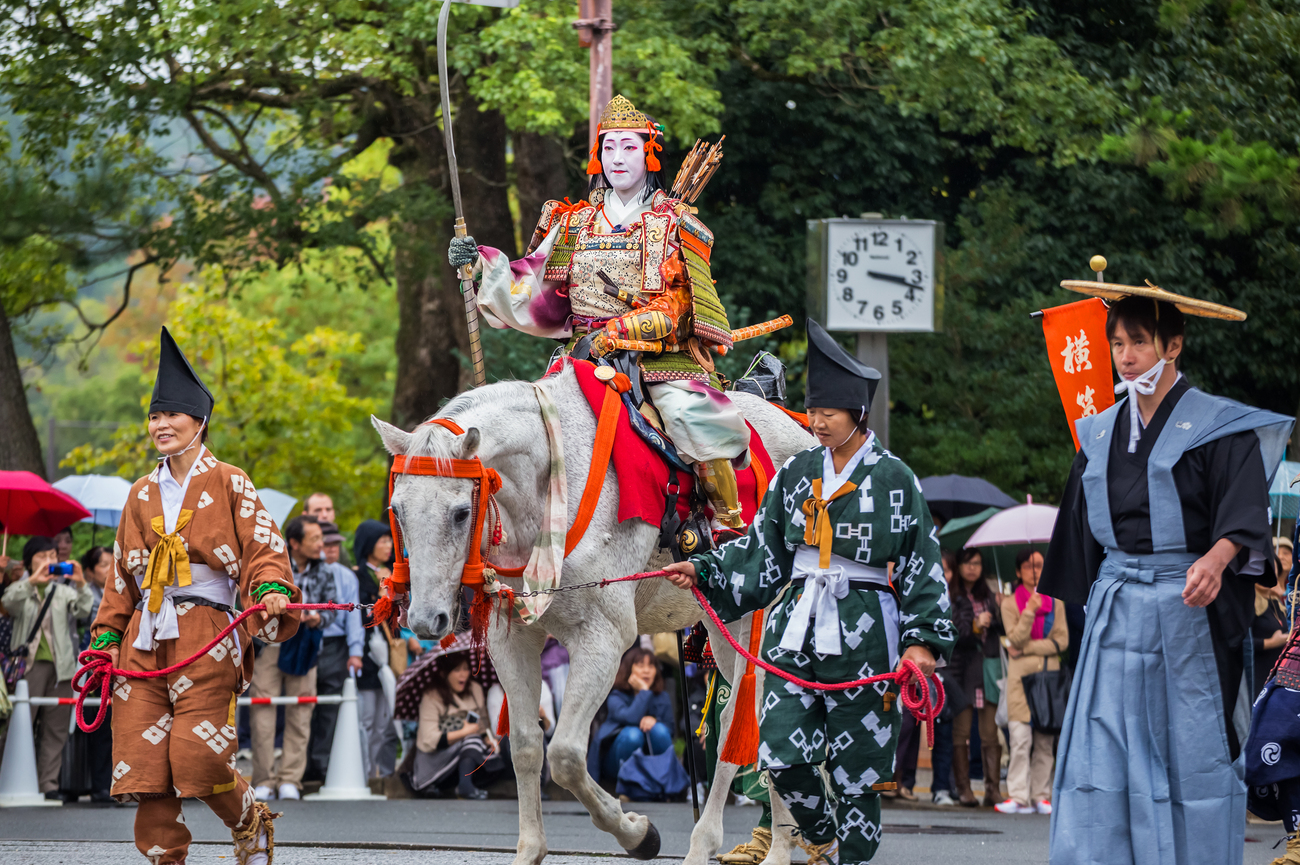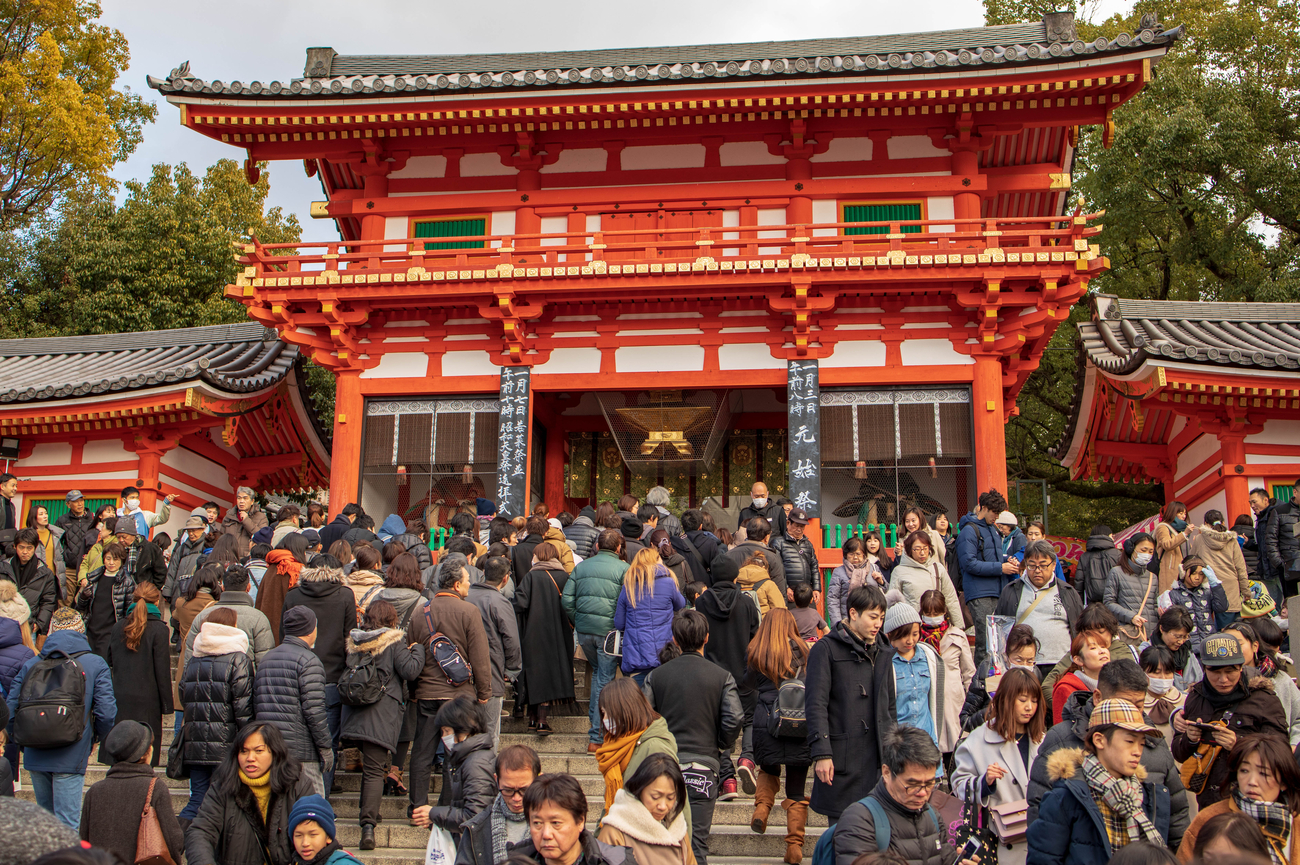Things to Do in Kyoto, Japan: 3-Day Itinerary
Once the imperial capital of Japan for over a thousand years, Kyoto is where the country’s cultural soul lives. It's home to 17 UNESCO World Heritage Sites, and known as the "City of a Thousand Temples" yet its beauty doesn’t shout to be seen, it doesn’t glitter like Tokyo or rush like Osaka. Instead, it patiently waits for you to notice it. And once you do, it stays with you forever.
In this three-day itinerary, we’ll guide you through Kyoto that goes far beyond the brochure or the videos you see online. This is Kyoto curated for those who seek meaning in beauty, and depth in discovery.
Day 1 - Southern Kyoto

Morning: Fushimi Inari Taisha
There’s no better introduction to Kyoto’s spirit than Fushimi Inari, the head shrine of the Inari deity, protector of rice, prosperity, and good fortune. Arrive just after sunrise to experience the iconic Fushimi Inari Taisha before the crowds arrive. As you ascend the mountain path, flanked by thousands of gates, you’ll notice fox statues (or kitsune) regarded as messengers of Inari. You don’t need to walk all the way to the summit; about 30–45 minutes up, the Yotsutsuji intersection offers a panoramic view of southern Kyoto.
Wear comfortable walking shoes with grip, the path is stone-paved but can get slippery with morning mist.
Komyo-in Temple
Just an 8-minute drive away lies one of Kyoto’s best-kept secrets, the Komyo-in Temple, also known as the “Temple of Light.” Step through its humble wooden gate and you’ll find yourself in a serene rock garden designed by the renowned landscape artist Mirei Shigemori. Take a seat on the veranda, sip the offered tea, and let the silence settle. It’s peaceful, contemplative, and rarely crowded.
Day 1, Morning - kyoto Tour Map
Afternoon: Kiyomizu-dera Temple
After a serene morning in Kyoto’s southern temples, take a 12-minute drive to Kiyomizu-dera Temple. Founded in 778, this UNESCO World Heritage site feels suspended between earth and sky. The temple’s name means “Pure Water Temple,” drawn from the Otowa Waterfall that flows below. Pilgrims would often drink from its three sacred streams: health, longevity, and success.
Wear modest clothing, keeping your shoulders covered and shoes easy to remove as some inner halls may require you to go barefoot.
Sannenzaka & Ninenzaka
Walkway
From Kiyomizu-dera, take a 3-minute walk to the charming Sannenzaka and Ninenzaka slopes, these two winding stone-paved streets are lined with traditional machiya (townhouses), artisan shops, tea rooms, and sweet shops. Stop for matcha parfaits, handcrafted ceramics, or a private tea ceremony in one of the tucked-away salons. You may also notice several maikos (geisha apprentices) passing quietly in the late afternoon.
At the end of Ninenzaka, near the entrance of Gion, just an 8-minute walk, you’ll find Kenninji, Kyoto’s oldest Zen temple and one of its most atmospheric. Its dry rock gardens, tatami corridors, and ink dragon ceiling offer a moment of calm before the bustle of Gion.
Gionmachi Minamigawa
End your day in the heart of Gion, Kyoto’s famed geisha district. The lantern-lit lanes of Hanamikoji Street are lined with ochaya (teahouses), where guests may be entertained by geiko and maiko behind closed doors. We can arrange a private geisha dinner, where you'll enjoy traditional music, dance, and conversation — a truly unforgettable cultural experience.
Day 1, Afternoon - Kyoto Tour Map
Day 2 - Central Kyoto

Morning: Kyoto Botanical Gardens
Begin your morning with a stroll through Japan’s oldest public botanical garden, where over 120,000 plants bloom in seasonal rotation. Established in 1924, this garden paints a new portrait with every season. Spring brings a burst of cherry blossoms and camellias, summer unfolds in vivid hydrangeas and irises, while autumn dazzles in amber foliage and rustling gingko trees.
Kyoto Gyoen National Garden
Next, take a 10-minute drive to the Kyoto Gyoen, a vast imperial garden that once surrounded the emperor’s residence. It’s beloved by locals as a place for slow walks, shaded benches, and seasonal birdwatching. Here, you’ll find wide gravel paths, open lawns, and towering pines.
Kitano Tenmangu Shrine
A true hidden gem for lovers of literature, calligraphy, and plum blossoms. Kitano Tenmangu is dedicated to Sugawara no Michizane, the Shinto god of scholarship. Students come here year-round to pray for successful exam results, tying wish-plaques to the shrine’s wooden fences in neat rows. Here, you’ll find cow statues scattered around the grounds, it’s customary to rub their heads for wisdom and protection.
Day 2, Morning - Kyoto Tour Map
Afternoon: Ryōan-ji Temple
Continue you central Kyoto journey at Ryōan-ji Temple, a UNESCO World Heritage Site, famed for its minimalist rock garden. Here, you’ll find 15 carefully placed stones adrift in a sea of white gravel. It’s said that from any vantage point, only 14 stones are visible, the 15th appears only to those who have achieved enlightenment.
Tenryu-ji Temple
A short 15-minute drive away lies Tenryu-ji, the crown jewel of Arashiyama and another World Heritage Site. Its picturesque Sōgenchi Garden was designed to mirror the shape of the surrounding mountains, creating a seamless blend of natural and built beauty.
Hozugawa River Boat Ride
For an up-close perspective of Kyoto’s landscape, take a 36-minute drive to Kameoka to begin the Hozugawa River Boat Ride. Here, you’ll ride a traditional flat-bottomed wooden boat guided by skilled oarsmen through winding rapids and scenic ravines. Wear a light shawl or wrap as the river breeze can be cool, even in warmer months.
Togetsukyō Bridge
Your boat journey ends in scenic Arashiyama, and just ahead lies the district’s iconic Togetsukyō Bridge or “Moon Crossing Bridge.” This area is beloved at dusk, when the light softens and the river takes on the colours of the sky. It’s also the perfect spot for a riverside toast.
Day 2, Afternoon - Kyoto Tour Map
Day 3 - Northeastern Kyoto

Morning: Nanzen-ji Temple
Your final day begins in Kyoto’s eastern foothills, starting at Nanzen-ji, one of the most significant Zen temples in Japan. The moment you pass through its towering sanmon gate, you’ll be greeted with a peaceful, calm atmosphere. Stroll through the vast temple grounds and visit the Hojo (abbot’s quarters) for beautifully preserved fusuma (sliding screen) paintings. Wear socks as the wooden floors are ancient, and shoes are not allowed in the Hojo.
Hōnen-in Temple
A 21-minute walk north through a quiet residential lane brings you to Hōnen-in, a small, soulful temple that feels worlds away from the city. Unlike Kyoto’s more polished temples, Hōnen-in’s charm lies in its moss-covered gates, stone paths winding through dappled forest, and twin sand mounds at the entrance (symbolising purification), this is a place of deep, meditative rest.
Higashiyama Jisho-ji
Continue along the Philosopher’s Path, a 7-minute walk along a tranquil canal-side walkway once strolled by Kyoto University philosopher Nishida Kitarō. The path ends at Ginkaku-ji, the Silver Pavilion or Higashiyama Jisho-ji. The moss garden here is among Kyoto’s finest, and the conical sand mound (kogetsudai), designed to reflect moonlight, is a masterpiece of abstraction. Enjoy a slow, open-air lunch at a riverside café just outside the temple, perhaps with soba noodles and local Kyoto vegetables, served with a nice view of the temple gardens.
Day 3, Morning - Kyoto Tour Map
Afternoon: Enkōji Temple
Tucked away in the foothills of northern Kyoto, Enkōji Temple is a seasonal treasure especially in autumn, when its maple trees turn the gardens into a mosaic of crimson, gold, and fire-orange. Enkōji offers a quiet, contemplative atmosphere, complete with a bamboo grove, koi pond, and one of Kyoto’s most peaceful reading rooms.
Rurikō-in Temple
Just a short 12-minute drive from Enkōji lies one of Kyoto’s most photogenic and exclusive temples: Rurikō-in. Open only during spring and autumn, this temple is famous for its second-floor study room, where the reflection of vibrant maple trees on the polished floor creates a painterly mirror image that has become iconic in recent years.
Sanzen-in Temple
Head deeper into the rural outskirts to Sanzen-in Temple, a 14-minute drive located in the village of Ohara. Sanzen-in offers a fairy-tale setting complete with moss-covered gardens, smiling stone statues, and streams that gently echo through the grounds. This temple has long been a retreat for poets and monks.
Kifune Shrine
End your Kyoto journey with a visit to Kifune Shrine, nestled in the forested village of Kibune. Known as the shrine of water and matchmaking, Kifune is said to bless relationships and safe travels. A stone stairway lined with red lanterns leads to the main shrine, creating one of the most atmospheric scenes in all of Kyoto.
Day 3, Afternoon - Kyoto Tour Map
Day Trips from Kyoto
- Nara: As Japan’s first permanent capital, Nara offers serenity wrapped in picturesque greenery and Shinto temples. Nara is also home to sacred deers roaming freely at the Nara Park.
- Uji: The birthplace of Japan’s prized matcha, Uji is home to Byodo-in Temple, a UNESCO-listed treasure with its iconic Phoenix Hall reflected in a mirror-still pond. Here, you’ll find local tea plantations offering a private tasting of single-origin matcha with a tea master.
- Otsu: A short journey east of Kyoto leads to Lake Biwa, Japan’s largest freshwater lake, a breezy contrast to Kyoto’s compact attractions. Cruise aboard a private boat, visit the serene Mangetsu-ji Floating Temple, or simply relax lakeside with a gourmet picnic curated by a local chef.
- Osaka: Just 30-40 mins away from Kyoto lies Kyoto’s louder, livelier sibling, Osaka. Ideal for a quick switch of pace. Osaka is a city that greets you with a grin, a sizzling plate, and a sense that life here is meant to be enjoyed. Food is Osaka’s love language.
- Kobe: Known globally for its namesake beef and refined waterfront, Kobe is one of Japan’s first international ports to open to the West. Strolling through the city, you’ll feel this duality. In the Kitano district, Western style mansions line leafy streets, remnants of the 19th-century foreign settlement that brought art, architecture, and champagne to Kobe’s hills.
- Mount Hiei: Rising quietly on the northeastern edge of Kyoto is Mount Hiei, this mountain has long been revered as a place of deep reflection, pilgrimage, and enduring peace. At its heart lies Enryaku-ji, a UNESCO World Heritage site temple complex founded in the 8th century and considered the cradle of Japanese Tendai Buddhism.
UNESCO World Heritage Sites in
Kyoto
- Kinkaku-ji (Golden Pavilion): Coated in real gold leaf, Kinkaku-ji is one of Japan’s most photographed temples. The pavilion is even more mesmerising in person, especially in early morning light before the tour groups arrive.
- Ninna-ji Temple: Known for its elegant five-story pagoda and rare Omuro cherry blossoms, which bloom later than Kyoto’s other sakura. The temple complex features sliding screen paintings, ancient halls, and a peaceful stroll garden.
- Saihōji (Koke-dera) Temple: One of Kyoto’s most exclusive spiritual experiences. Entry to Saihō-ji requires a mailed-in reservation (we can handle this on your behalf). Before entering the moss garden, guests are invited to participate in a quiet sutra-copying ritual, an act of devotion and mindfulness that sets the tone for the visit.
- To-ji Temple: Visible from the Shinkansen as you arrive in Kyoto, To-ji’s five-story pagoda is Japan’s tallest wooden tower and a powerful symbol of the city. Originally built in the 8th century, it houses a stunning collection of esoteric Buddhist statues.
- Daigo-ji Temple: Nestled in the southeastern hills of Kyoto, Daigo-ji is a temple that unfolds like a classical painting. Daigo-ji is not just a single temple, but an expansive complex that ascends a forested mountain. Founded in 874, the temple is revered not only for its spiritual depth, but for its exceptional seasonal beauty.
- Byodo-in Hoodo: Located just outside Kyoto in Uji, this Phoenix Hall is so iconic it appears on the ¥10 coin. Floating over a pond, it represents the Pure Land Paradise and is an architectural masterpiece of the Heian period.
- Kozan-ji Temple: Tucked in the mountains of Takao, Kozan-ji is where Japan’s oldest manga scrolls (the Chōjū-giga) were discovered. The temple is deeply intertwined with literary and monastic traditions.
- Kamigamo & Shimogamo Shrine: These two Shinto shrines are amongst the oldest in Japan, anchor the city's Kamo River spirituality. Shimogamo sits within the sacred Tadasu-no-Mori Forest, while Kamigamo offers stunning views and seasonal festivals.
- Nijō Castle: Famous for its "nightingale floors" that chirp underfoot to guard against intruders, Nijō Castle was built in the early 17th century as the Kyoto residence of Tokugawa Ieyasu, Japan’s most powerful shōgun, Nijō Castle was designed not just to impress, but to command. Inside, you’ll find sliding doors with gold leaf and ink tigers, cypress-wood ceilings, and delicately painted fusuma that capture seasonal landscapes in soft brushstrokes.
Golf Courses Near Kyoto
- Kyoto Golf Club: Nestled in the northern hills of the city, this historic course offers panoramic views of the Kyoto basin and a beautifully maintained 18-hole layout. It’s a favourite among locals and visiting executives for its classic design and peaceful atmosphere.
- Takarazuka Golf Club: A prestigious club with a reputation for elegance and exclusivity. This prestigious members-only club is one of Japan’s oldest, its fairways designed to harmonise with the natural lay of the land rather than impose upon it. The course weaves through quiet hills and dense woodland, offering strategic elevation changes and panoramic views.
- Otsu Country Club: Overlooking Lake Biwa, this exclusive 36-hole course provides a serene setting with stunning water views and well-designed holes that challenge even seasoned players.
- Seta Golf Course - North Course (PGA Tour Venue): This professional-grade course in Shiga Prefecture has hosted multiple major tournaments and is known for its fast greens, strategic bunkering, and state-of-the-art facilities. The North Course has earned its place among Japan’s elite golfing destinations. Its layout is both strategic and scenic.
Racecourses Near Kyoto
- Kyoto Racecourse: Located just 20 minutes from central Kyoto is one of Japan’s most iconic racecourses, hosting major events like the Tenno Sho (Spring) and the Queen Elizabeth II Cup. The grandstand’s design offers unobstructed views of the action, while private suites and box seats deliver comfort, privacy, and quality service.
- Hanshin Racecourse: Situated just outside Osaka, about 1hr from Kyoto is Hanshin Racecourse, a beloved venue known for its lively spring and autumn events and family-friendly atmosphere. It hosts the Takarazuka Kinen (fan-voted, summer Grade 1 race) and other key events like the Hanshin Juvenile Fillies.
Ski Resorts Near Kyoto
- Biwako Valley Ski Resort: Just 40 minutes away from Kyoto by train and ropeway, Biwako Valley Ski Resort offers more than just snow, it offers a view that takes your breath away before you’ve even stepped onto the slopes. The resort caters to all levels, from beginners to seasoned skiers. Seven courses stretch across the mountainside, each with its own unique vantage point over the shimmering waters of Lake Biwa.
- Hakodateyama Ski Resort: Located in Shiga Prefecture, 2 hrs away from Kyoto is Hakodateyama Ski Resort, this boutique resort trades the bustle of larger ski resorts for charm and serenity. Its slopes, ranging from gentle beginner runs to moderately challenging courses, are perfect for relaxed skiing, scenic snowboarding, or introducing little ones to the fun of snow. It’s a local favourite, known for being crowd-free.
Vineyards Near Kyoto
- Tamba Winehouse: Located in Tamba Highlands, 1 hr away from central Kyoto. This family-run winery specialises in cool-climate varieties like Muscat Bailey A and Chardonnay. The estate has a charming tasting room with vineyard views. We can arrange a private tasting with the winemaker, followed by a wine-paired lunch featuring seasonal Kyoto ingredients, served al fresco if the weather permits.
- Asuka Winery: Located near the historic Asuka village, this boutique vineyard blends Japanese craftsmanship with European techniques. The owners are known for their warm hospitality and original blends using locally grown grapes.
- Amanohashidate Winery: Located near one of Japan’s “Three Scenic Views,” less than 2 hrs away from central Kyoto. The Amanohashidate winery offers not only elegant vintages but a dramatic coastal backdrop. Pair your tasting with a stroll along the famed sandbar that stretches across Miyazu Bay, known as “the Bridge to Heaven” for its scenic beauty.
Brewery & Sake Experiences in
Kyoto
- Tsuki No Katsura: One of the oldest breweries in the city, famed for its sparkling sake and aged koshu. Their cellar tour includes a vertical tasting across vintages, a rare experience for enthusiasts looking for depth and nuance.
- Sasaki Sake Brewery: A family-run and rich in history brewery, Sasaki offers intimate tours through their brewing process. Enjoy a guided tasting flight of their award-winning junmai and daiginjo varieties, perfect with light Kyoto-style bites.
- Fushimi Sake District: Offers a graceful immersion into one of Japan’s most storied culinary traditions. Home to nearly 40 breweries, this district has been a cradle of sake brewing for over 400 years. We can arrange a guided tasting experience with a sake sommelier for a more immersive experience.
- Kyoto Sake Experience (Private Tastings): Hosted in an atmospheric machiya townhouse, this exclusive session is led by an english speaking sake expert and includes rare labels from across Kyoto Prefecture. Here, you’ll learn tailored recommendations and tasty sake pairings with Kyoto’s seasonal cuisine.
Luxury Spa & Wellness
Experiences in Kyoto
- Aman Kyoto Spa: Located within a secret garden at the foot of Mount Daimonji, Aman Kyoto is a luxurious treat. Its spa draws from Japan’s kampo healing traditions, offering bespoke treatments using seasonal herbs, Kyoto green tea, and warm volcanic stones.
- Kyoto Nanzenji Ryokan Yachiyo: For a more traditional take on Japanese wellness, Yachiyo offers a ryokan-style experience with beautiful gardens and an intimate spa located near Nanzen-ji Temple. Treatments combine shiatsu, aromatherapy, and seasonal oils in serene tatami rooms.
- Kurama Onsen: Just north of Kyoto in the forested mountains of Kurama, this rustic open-air hot spring is a hidden gem beloved by locals. The alkaline-rich waters are said to promote circulation, clear skin, and deep relaxation.
- The Ritz-Carlton Spa Kyoto: Offers a serene retreat in the heart of the city. Facilities include a 20-metre indoor pool, steam rooms, and exclusive ESPA treatments, effortlessly fusing Western luxury with Japanese precision.
Observatories in Kyoto
- Shogunzuka Seiryuden Observation Deck: Located high above eastern Kyoto, this lesser-known gem offers stunning views of the city, with the Higashiyama mountains framing the skyline. The Seiryuden Hall, an elegant glass and wood structure, adds a modern flourish to the historic grounds of Shoren-in Temple. Best to visit during late afternoon into sunset, when Kyoto glows in warm light and temple rooftops sparkle with gold leaf.
- Kyoto Tower Observatory: While often overlooked for its mid-century architecture, Kyoto Tower offers a surprisingly impressive 360-degree city view, especially at night when the temples are softly illuminated against the urban backdrop. Visit the Sky Lounge on the upper floors for cocktails with a view.
Exclusive Workshops &
Immersive Experiences in Kyoto
- Kyo-Train Garaku: More than just a train ride, it’s a moving cultural experience. Each of its six cars is designed in a distinct traditional motif, inspired by Kyoto’s iconic seasons and classic interiors. This limited express train runs between Osaka-Umeda and Kyoto-Kawaramachi.
- Kinsai Gilding Workshop: Experience the UNESCO-protected art of gold leaf in this private workshop at Kyoto. Here, you’ll learn to gild delicate patterns onto ceramics, fans, or wood panels using 24-karat gold leaf, guided by a master artisan.
- Private Tour at UNESCO Sites Ninna-ji Temple and Toji Temple: Access typically off-limits areas of Kyoto’s most sacred sites. Explore temple archives, monk’s quarters, and hidden gardens in the quiet company of a temple guide or resident monk.
- Traditional and Innovative Textile Dyeing: From shibori tie-dye to modern reinterpretations of kimono fabrics, this hands-on workshop introduces you to Kyoto’s legacy of textile artistry. Led by a 4th-generation dyeing master, you’ll create your own scarf or wrap using traditional resist-dye techniques.
- Tea Plantation Tour and Organic Green Tea Tasting: Wander through the misty hills of Wazuka or Uji for an exclusive tea-farm tour. Walk through perfectly trimmed hedgerows with a tea master, learn to pick and steam your own tea leaves, then taste the results for an immersive experience.
- Private Geisha Entertainment: This experience offers rare access to Kyoto’s most elusive artists, the geiko (Kyoto’s term for geisha) and maiko (apprentices). Held in a traditional ochaya (teahouse) or luxury ryōtei. Witness graceful performances accompanied by shamisen, poetry in motion, and delightful parlor games with subtle humour and charm.
- Architectural Tour of the Former Nintendo HQ: Step into the reimagined headquarters of Nintendo’s original playing card company. Now a luxurious hotel and cultural landmark, this tour features the intersection of heritage, design, and reinvention.
- Learn the Art of Karesansui Dry-Garden Raking: This experience invites you to try your hand at the ancient art of Zen garden raking. Under the guidance of a temple gardener, you'll shape ripples and waves in gravel, learning the meaning behind each stroke.
- Private Kendo Training from a Samurai Family Descendant: Held in an authentic dōjō, this soul-stirring experience will teach you the foundational strikes, footwork, and the spiritual etiquette of the sword. Through bowing, breath, and form, you begin to understand kendo not simply as a martial art, but as a way of being.
Other Things to Do in Kyoto
- Murin-an Garden: Designed by statesman Gensui Yamagata Aritomo as a retreat from political life, the garden is a masterpiece of Meiji-era landscaping and centres on a flowing stream sourced from Lake Biwa, a symbol of Kyoto’s life-giving waters.
- Shisendō Temple: Built in 1641 by a former samurai, Chinese classics scholar, and landscape architect, Ishikawa Jōzan. Shisendō feels like a living haiku with its raked gardens, bamboo groves, and circular window framing the seasons.
- Ōkōchi Sansō Garden: Located above the Arashiyama Bamboo Grove, Ōkōchi Sansō was the former estate of a famous silent film actor. Today, it’s a cinematic haven of tea houses, polished gardens, and stunning views of the Hozu River valley.
- Shugakuin Imperial Villa: Offers a serene and picturesque vision of imperial Japan, a place where architecture, landscape, and philosophy dances in perfect harmony. This vast villa complex remains one of Kyoto’s most exquisite examples of shakkei (the art of borrowed scenery). Visits are by reservation only, let us handle that for you!
- Tadasu-no-Mori Forest: Located near Shimogamo Shrine, Tadasu-no-Mori (Forest of Correction) is an ancient woodland believed to purify visitors simply by walking through it. Here, you’ll find towering camphor and zelkova trees, birds chirping, and dappled sunlight, a perfect setting for a peaceful meditative experience.
- Arashiyama Bamboo Forest: A must-visit for its surreal beauty. Towering stalks of bamboo sway above quiet paths, creating a dreamlike atmosphere. Visit early in the morning for a crowd-free experience.
- Philosopher’s Path: This gentle stone walkway along a cherry tree-lined canal is named after a Kyoto philosopher who meditated here daily, Nishida Kitarō. Ideal for a peaceful stroll between Ginkaku-ji and Nanzen-ji Temple.
- Nishiki Market: Known as “Kyoto’s Kitchen,” located beneath a long, lantern-lit arcade in the heart of downtown Kyoto. This narrow, bustling street stretches for five blocks, offers sampling of local delicacies, from yuba (tofu skin) to sesame mochi and pickled vegetables. Best to visit mid-morning on a weekday.
- Kyoto Imperial Palace: Once home to Japan’s emperors, this grand palace complex inside Kyoto Gyoen National Garden offers a glimpse into the city’s aristocratic past. Wander through the palace grounds and you’ll pass shoji-lined reception halls, ceremonial gardens framed by pine and plum. Best to visit in early spring for the blooming plum trees.
- Kyoto National Museum: Founded in 1897, Kyoto National Museum houses Kyoto’s finest collection of traditional art, calligraphy, textiles, and rotating exhibitions. Every artifact shows a glimpse into the lives, beliefs, and aesthetics of Kyoto’s past.
- Heian Shrine & Garden: Recognisable by its massive torii gate, this bright vermillion shrine was built in 1895 to mark the 1,100th anniversary of the city’s founding, the shrine is a scaled-down replica of the original Heian Palace. Hidden behind wooden gates and trees is the Shin’en Garden. The garden is especially beautiful in early April, when the cherry trees are in full bloom.
- Pontocho Alley: By night, this narrow lantern-lit alleyway beside the Kamo River comes alive with intimate restaurants, hidden bars, and the possibility of spotting a geisha on her way to an evening engagement. It is Kyoto’s most atmospheric dining street (and one of its oldest).
Things to Do with Kids in Kyoto
- Iwatayama Monkey Park: Located on the slope of Mount Arashiyama, this open-air monkey park is home to over 100 Japanese macaques. After a 15–20-minute uphill walk, you’ll be rewarded with panoramic city views and the chance to hand-feed monkeys from inside a safe viewing hut.
- Kyoto Railway Museum: All aboard for one of Japan’s best interactive museums. The Kyoto Railway Museum turns Japan’s rail legacy into a hands-on experience with its real locomotives, working train simulators, and a roundhouse turntable.
- Kyoto International Manga Museum: A dreamland for comic lovers, this museum houses over 300,000 manga, from classic Japanese series to international graphic novels. Kids can read, sketch, or participate in live manga-drawing workshops guided by local illustrators. Don’t miss the live portrait corner, where resident manga artists can sketch your likeness in comic style.
- Sagano Romantic Train: Also known as the Sagano Scenic Railway, is a scenic journey through the mountains of Arashiyama, this retro-style train runs alongside the Hozugawa River and is especially beautiful in spring and autumn. It’s a slow ride with open windows (the open-air car, Car No. 5), ideal for a full sensory experience and family photos.
- Kyoto Aquarium: A sleek, modern aquarium located near Kyoto Station, featuring local aquatic life including giant salamanders, penguins, and a dynamic dolphin show. Compact and kid-friendly, with interactive exhibits and play zones.
- Kyoto City Zoo: Japan’s second-oldest zoo, recently renovated with shaded paths, a petting zoo, and habitats for elephants, lions, giraffes, and red pandas. Kyoto City Zoo is best to visit paired with a stroll through nearby Okazaki Park and the Kyoto Municipal Museum of Art.
- Toei Kyoto Studio Park: Step back into Edo-period Japan in this open-air film set theme park. Kids can dress as samurai or ninja, catch live-action stunt shows, and learn about Japanese movie-making history.
- Umekoji Park: A spacious urban park adjacent to the Aquarium and Railway Museum. It’s perfect for picnics, playground time, and running off steam between attractions. In spring, cherry blossoms make this park especially photogenic.
- Fushimi Inari Taisha: The famous torii gate hike can be adapted for kids, just stop at the Yotsutsuji intersection for stunning views of Kyoto. It’s about a 30–40 minute round trip, and still offers the full shrine experience without the full mountain climb.
- Kimono Dress-up: Kids can choose colourful kimono or yukata (and even ninja outfits!) for a fun cultural photo shoot. Several studios offer family packages, hairstyling, and walking tours in costume through Gion or temple grounds.
Where to Eat in Kyoto
- Doujin: A rising star in Kyoto’s dining scene, Doujin blends the elegance of traditional kaiseki with creative plating and modern Kyoto delicacy. The dishes are exquisite with both politeness and boldness. You’ll leave the restaurant with your stomach and heart full.
- Ninshurou: If you’re craving Chinese cuisine while strolling around Kyoto, look no further than Ninshurou, located in a residential area in Kitaoji. Dubbed as the best peking duck in Kyoto. Enjoy luxurious and delicate Chinese food that brings out the flavor of the ingredients without using as much oil or seasoning.
- Tominokoji Yamagishi: A refined yet under-the-radar kaiseki house known for its harmony between flavour, tempo, and hospitality. Dishes are delicate yet deeply satisfying, featuring rare Kyoto vegetables and house-fermented ingredients. The kaiseki goes far beyond a culinary experience.
- Kiyama: This one-Michelin-star gem serves seasonal dashi-driven cuisine in an elegant setting. The flavours are subtle, highlighting umami in a way only a Kyoto-trained chef can.
- Takeyamachi Mita: A newer addition to Kyoto’s fine dining scene, this French-inspired kaiseki restaurant combines Kyoto produce with Western techniques, like Kyoto duck with red wine reduction, or yuba mille-feuille with black truffle.
- Isshisoden Nakamura: A Kyoto culinary institution with over 180 years of history, this three-star Michelin restaurant serves kaiseki cuisine at the highest level, preserving a legacy of excellence passed from one generation to the next.
- Hyotei: With more than 400 years of culinary legacy, Hyotei is the embodiment of Kyoto perfection. Once a temple tea house, it now serves artful kaiseki in a serene setting. The famous tamago (soft-boiled egg) served in bamboo is a beloved signature.
- Gion Sasaki: One of Kyoto’s most sought-after modern kaiseki restaurants, blending inventiveness with deep respect for tradition. Chef Sasaki’s multi-course menu is a culinary journey that fuses Kyoto elegance with a bit of culinary surprise.
- Mizai: Located in Maruyama Park, this three-star Michelin restaurant offers only one seating per night, and all guests are served simultaneously at the intimate 11-seat counter. This is intentional. The experience is designed as a shared journey, a flow of dishes that reflect the moment.
- Kikunoi Honten: Arguably the face of modern Kyoto kaiseki, Kikunoi is helmed by Chef Yoshihiro Murata, a culinary icon who has introduced Japanese haute cuisine to the world. Every course is a seasonal tableau offered in private tatami rooms with garden views using delicate ceramics selected for the season.
Where to Stay in Kyoto
- Aman Kyoto: This 5-star hotel is a sanctuary hidden at the foot of Mount Daimonji. The architecture is minimalist yet deeply soulful, charred cedar exteriors, tatami-lined interiors, and walls that open seamlessly to the surrounding forest. With private pavilions, mineral hot springs, and meditative gardens, it delivers the ultimate in privacy.
- The Ritz-Carlton Kyoto: This 5-star hotel is set on the banks of the Kamogawa River blends Kyoto’s refined aesthetics with global luxury. Rooms are spacious and light-filled, many with views of the river and Higashiyama mountains.
- Suiran, a Luxury Collection Hotel: This 5-star hotel nestled in the Arashiyama district offers the rare chance to stay where the mist rolls in across the Hozu River and morning strolls begin at the Bamboo Grove. Several rooms come with private open-air baths overlooking the garden or river.
- Hotel The Celestine Kyoto Gion: This 4-star hotel Tucked behind Kenninji Temple blends boutique chic with Gion’s historic atmosphere. Rooms are minimalist, with warm textures and indirect lighting, a calming retreat after a day of temple exploration.
- Kyoto Granbell Hotel: This 4-star hotel just minutes from Gion’s bustling district, is a design-forward hotel that offers stylish interiors, public baths, and artfully minimalist rooms. Its mix of Kyoto craftsmanship and urban style, ideal for younger luxury travellers.
- Hotel Gracery Kyoto Sanjo: This 4-star hotel is a refined hotel that prioritises comfort, efficiency, and location. Ideal for travellers who want modern amenities and proximity to Kyoto’s shopping and food scene.
- Cross Hotel Kyoto: This 3-star hotel just steps away from the Kamogawa and Nishiki Market is a strong choice for design-savvy travellers looking for spacious rooms, warm service, and an upscale boutique experience.
- The Royal Park Hotel Kyoto Sanjo: This 3-star hotel is a reliable choice for polished service, generous room sizes, and ideal central location. Best for families or first-time visitors to Kyoto who want balance between sightseeing and comfort.
- Ryokan Yamazaki: This 3-star hotel offers a more traditional stay, away from the city’s bustle. Inside are tatami-mat rooms, seasonal kaiseki meals, and views of Kyoto’s western hills. It's a bit further out, but the serenity is worth it. You may also participate in a calligraphy, ikebana, or tea ceremony workshop hosted by the ryokan.
Best Time to Visit Kyoto
Spring (March to April) is arguably the most famous time to visit Kyoto, as this is when it’s at its most ethereal. The city comes alive and becomes a living canvas of delicate sakura (cherry blossoms), plum blooms, and fresh green shoots, transforming temple gardens, riversides, and cobbled alleys into a dreamscape. A private hanami (flower viewing) experience beneath the sakura at Maruyama Park or along the Philosopher’s Path is truly a wonderful, dream-like experience.
Pack light layers, long sleeves and comfortable closed-toe walking shoes that’s easy to remove when you visit temples. Don’t forget to bring an umbrella or rain jackets for occasional showers.
Autumn (Mid-October to Early December) is ideal for those who prefer a quieter, more introspective atmosphere, making it the best time to visit. The maple foliage ignites the temple gardens in rich hues of crimson and gold, best viewed from serene sanctuaries like Eikando, Tofuku-ji, and Arashiyama. The weather is cool, clear, and ideal for comfortable strolls through Kyoto’s historic districts.
Pack light layers perfect for cooler evenings and transitioning temperatures.
Festivals in Kyoto
- Miyako Odori (April): An annual geisha dance performance dating back to 1872. “The Dances of the Capital” blend seasonal themes, elegant choreography, and traditional musical performance, performed by Kyoto’s most revered geiko and maiko.
- Aoi Matsuri (May 15): One of Kyoto’s oldest festivals, features a procession of over 500 people in Heian-era robes and ox-drawn carts. The parade moves slowly from the Imperial Palace to Shimogamo and Kamigamo Shrines through streets dressed in fresh hollyhock (aoi) leaves.
- Gion Matsuri (July): Arguably Japan’s most iconic festival, Gion Matsuri is a month-long celebration filled with towering floats (yamaboko), traditional music, and street festivities. The grand parades on July 17 and 24 feature hand-pulled floats that glide through central Kyoto, each with ornate fabrics and gilded carvings design.
- Daimonji Gozan Okuribi (August 16): Held during Obon season, this event lights five massive kanji characters in flames across Kyoto’s mountains, a spiritual send-off for ancestral spirits. The most famous is the 大 (“dai”) character on Mount Daimonji.
- Jidai Matsuri (October 22): A grand historical pageant tracing Kyoto’s thousand-year reign as the imperial capital. Participants dress in period attire, from samurai and courtiers to artisans and nobility, marching from the Imperial Palace to Heian Shrine.
- Hatsumode (January 1-3): Join the locals in making the first shrine visit of the new year, a deeply rooted ritual in Japan where locals give thanks for the past year and pray for good luck and health in the new year. Popular spots include Fushimi Inari, Yasaka Shrine, and Heian Shrine.
Your Kyoto Story Awaits Here
Kyoto is not a city you simply visit, it’s a city you absorb, in its still gardens and ancient pathways, in the rustle of silk, the swirl of matcha, the hush of temple bells, you’ll find a rhythm that slows time and awakens something quietly profound. Kyoto speaks in subtleties, offering something new with each season, and to each soul.
At Revigorate, we don’t just plan itineraries: we curate stories. Every moment in this guide can be tailored to your pace, your passions, and your preferred style of discovery. Contact us today or give us a call at (+1 800 672 0517 | +351 289 009 580 | +44 808 189 0647) and let’s start planning your dream Kyoto getaway today!
Our offices:
